Japan, and especially Tokyo, has long been on my bucket list of places to visit. I have always found Japanese culture fascinating and was excited about the opportunity to experience and be immersed in it. We left Kyoto on the extraordinary bullet train. What a treat to witness the amazingly efficient and comfortable rail travel in Japan. Riding in the first-class cars was wonderful. The ride was smooth and pleasant. As we were traveling from Kyoto to Tokyo, I happened to look out the window and there was the magnificent Mount Fuji. It was snow-capped and beautiful. Our arrival at one of the many Tokyo train stations evidenced the incredible extent of the rail system. There are overwhelming options of different train companies to accommodate travelers needs.
Frances once again found an affordable hotel that perfectly suited our needs. Sotetsu Fresa Inn Ginza – Nanachome is located in the Ginza section of Tokyo. Some have described the area as the Beverley Hills of Tokyo in terms of the shopping options. It certainly did feel upscale. Our hotel room was even smaller than our Kyoto hotel. I had to crawl over Frances to get into the bed. However, the toilet warmer and bidet options were a treat. Everything about the hotel was compact and efficient and the location was ideal to reach train stations, the Tsukiji Fish Market and other attractions. The Tsukiji Fish Market is the largest wholesale fish and seafood market in the world, handling more than 2,000 tons of marine products a day. Although the market wasn’t originally intended to be a major tourist attraction when it opened in 1935, Tsukiji now regularly shows up on visitors’ lists of must-see destinations in Tokyo. This was another recommendation from our photographer friend, Rene Huemer, of must sees in Tokyo. After our first visit, Frances went back the next day again with camera in hand.
I am very fortunate to be part of the Milton Academy community since 1973. I’ve made many friendships with colleagues, parents and students. On our first evening in Tokyo, Frances and I were invited to join Makoto Sawai and Keiko, his lovely wife, for dinner at a restaurant near our hotel, Kizuna (きずな 絆)Shusei Omatto san Kizuna. Makoto was a one-year exchange student in 1975-1976 who was in my calculus class (I was hired as a full time math teacher). He was a wonderful student and made a lasting impression on me. I was delighted that I was able to connect with him after all these years. Makato and Keiko took a long train ride after a longer day of work to meet us at our hotel for our convenience. We then walked to the restaurant that was on the 8th floor of a high-rise building. It was very traditional in that the waitstaff dressed in kimonos, the diners sat on cushions on the floor and each dining table was enclosed by curtains for privacy. To get the attention of someone from the waitstaff, each dining area had its own unique audio implement. Some had a high pitched bell, another a wood block, and another a chime. This allowed the staff to know which area wanted their attention. Makoto and Keibo ordered food for all of us which we thoroughly enjoyed. Makoto also brought his Milton Academy yearbook and looking throughout it brought back many memories. It was a special evening and we are grateful for Makoto and Keiko for their warmth, company, treating us to dinner, and for sharing some of the more traditional approaches to Japanese dining.
It was quickly evident that buildings in Tokyo are very vertically oriented. Due to the density of people, and the demand for commercial space, you’ll find buildings of ten or more stories with retail stores and restaurant occupying upper floors that can only be reached by elevator. And the exterior signage is also vertical, often with each floor holding a exterior sign advertising the occupants. This is so contrary to the American way as there is such an emphasis on easy and quick access to ground floor retail shops and dining in the US.
Saturday had us visiting the city of Kamakura. It is described as an ancient city and there is much to see. We started at the Hokokuji Temple . There was a special energy of calm and peace at this temple. Once you enter through the temple you come to a bamboo lined grove with walkways through the bamboo trees. There are some caves to view and the ambience is mystical. The attention to detail was remarkable and I loved the serenity I felt while walking in and among the bamboo trees. We next took a bus to the Kotokuin Temple Big Buddha also known as the walk in Buddha. It is large enough that visitors can walk inside and up steps and see out from the inside.
One of the many reasons I wanted to visit Japan was to search for jazz transcription books and recordings. Jazz is very popular in Japan and in the 1970s, I purchased in Boston some unique books of transcribed solos that were published in Japan. I could not find these books in any store or online in the last thirty years. I also heard of some fantastic stores selling jazz recordings. I had some information that the Shibuya area housed a Tower Records (now defunct in the US) and a chain of CD and record shops known as Diskunion. On Sunday I visited both of these stores in the Shibuya district of Tokyo. One might consider this the “Times Square” of Tokyo. It is considered one of the most colorful and busy districts, packed with shopping, dining and nightclubs serving swarms of visitors that come to the district everyday. Shibuya is a center for youth fashion and culture, and its streets are the birthplace to many of Japan’s fashion and entertainment trends. A prominent landmark of Shibuya is the large intersection in front of the station’s Hachiko Exit. The intersection is heavily decorated by neon advertisements and giant video screens and gets flooded by pedestrians each time the crossing light turns green, making it a popular photo and movie filming spot. I was able to observe this moment of organized chaos from the second-story window of the Starbucks in the Tsutaya building on the crossing’s north side Shibuya supposedly has the most number of people crossing the street at this major intersection—so easy to believe from my experience on Sunday. It seemed like thousands of people were waiting for the walk signs to turn green. As I continued on my quest to visit record stores, I was not disappointed. I took in the intense activity in the area. I felt safe but overwhelmed. I decided to walk towards another branch of the Diskunion Record store that specialized in jazz and was impressed with the high regard Japanese have for jazz. I loved walking and seeing how the environment shifted as I traveled away from Shibuya. I ended up walking through some smaller streets off the beaten path and liked getting a feel for the different neighborhoods.
That night I met with Jonathan Katz, an American jazz musician and teacher living in Japan who was referred to me by my good friend, Thomas Taylor. We had dinner, nice conversation, and enjoyed learning about each other and the music scene in Japan. He was very kind and walked me to the Body and Soul jazz club where saxophonist, Wataru Hamasaki, and his wife, pianist Mayuko Katakura, were performing with their quartet. Jonathan came into the club for a few minutes and introduced me to Wataru. He warmly greeted me and we had a pleasant chat. When his quartet began to play, I was very impressed. They played at a very high level and had thoughtful and interesting arrangements of their tunes. Individually and as a group they sounded terrific. Later in the set, I was honored to be invited to play with the group. Since I hadn’t played an upright bass for many weeks, I suggested we play a moderate tempo tune entitled Beatrice. It was a thrill to play with such fine musicians and was grateful for the opportunity to sit in. The owner came over to me after the set and thanked me as did many of the audience members. I was struck by the amazing focus of the band and more significantly of the audience. They were intent on absorbing every note that was played and fully supportive of the musicians. Most American audiences have difficulty giving their complete attention to the music for long periods of time, and it was ear and eye opening to experience what it is like to be in this listening environment. I was grateful to hear the group and appreciative of the warm welcome I received.
Up early on Monday, Frances was eager to take photographs at Tokyo’s famous Tsukiji Nippon Fish Port Market. This seaside venue contains over 1000 shops and stalls all selling seafood. Later in the week, we went back together to this market and it was a dizzying collection of stalls and shops to buy seafood.
Early on Tuesday morning, I met with Frank Packard another former Milton Academy math student and also a 1976 graduate. I hadn’t been in touch with him for a long time and it was great to catch up. He has been living and working in Japan with his family and really enjoys living here.
Tuesday brought rainy weather to Tokyo but not enough to dampen our spirit. We took the subway to Asakusa. After leaving the train station we crossed the street to Nakamise Dori an area that had many stalls for souvenirs and food. It had a lot of activity even in the rain. We visited the Sensoji Temple which is yet another beautiful temple of worship. Before reaching the temple there was a huge cistern of incense. People would gather near it and do their best to “wash” the sweet-smelling smoke to your face and head as a way of blessing and cleansing. I’m struck by the simplicity and reverence in all the temples, shrines and gardens we had the good fortune to visit in Japan.
We finished our time in Asakusa with a visit to Denboin Garden. This was a gem and a break from the large tourist crowds of the nearby temple and shopping area. It was amazingly serene and most pleasant. That evening we went back to Shibuya so Frances could see this major Tokyo site. We were able to get seats on the upper level of a Starbucks to view the famous intersection that has so many people crossing. It was particularly fun to watch as for several green light crossings in a row a flash mob ran into the intersection to pose. We walked around the area for a while in search of MeWe restaurant also recommended by our photographer friend, Rene Huemer. We had several false starts and ended up walking a long distance but eventually found it. We walked upstairs and opened the door to find the owner alone in the restaurant. He seemed surprised to see customers, but welcomed us in. This place is eccentric. It only has a few tables and there are musical instruments readily available to play. One can easily guess that there are many gatherings of musicians and performances here. The owner, MeWe, didn’t speak English but showed us his menu on an iPad. He was out of the first few items we pointed to and eventually he brought us some delicious food of his choice as it seemed that was the only way we were going to be fed. It was different from any experience we had in Japan and we were very happy to have found this hidden gem
Wednesday was our last full day before we would begin our return home. We relaxed in the morning after the previous day’s exhausting activity. Frances took in Kabukiza Theatre in the afternoon. Kabuki is characterized by colorful costumes, music, stylized performances, and broad dramatic postures and gestures called kata. With plots often derived from historic warriors and scholars, common themes include honor, justice, and order.This was highly recommended and she enjoyed the show. I went to visit the two stores nearby that sold music books not available in the US. I was not disappointed and was heartened to be in a foreign country that had such an interest in jazz education.
That night we revisited a small restaurant near our hotel that served wholesome and delicious food. Although the 3 cooks (no wait staff) behind the counter that seated only 16 diners didn’t speak English we were able to easily communicate through pointing to the pictures on the menu. It was delightful and we ate there often enough that we were welcomed back with a smile.
The next day we had a quiet morning and then took a bus to the airport to begin our journey home.

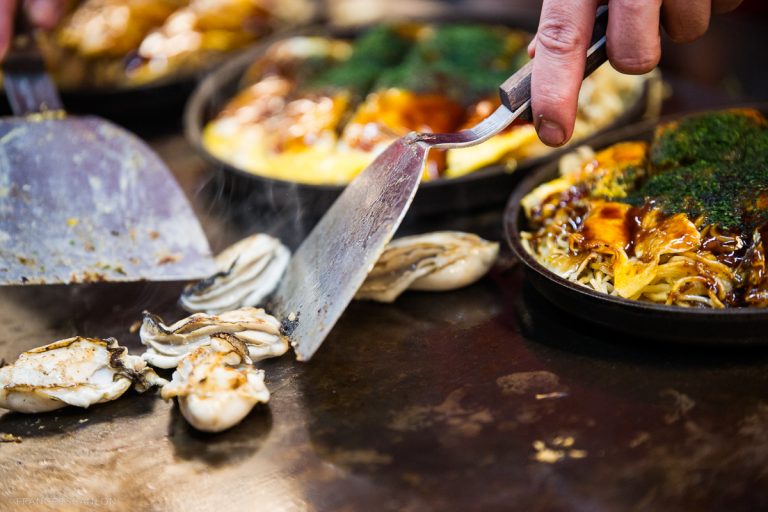

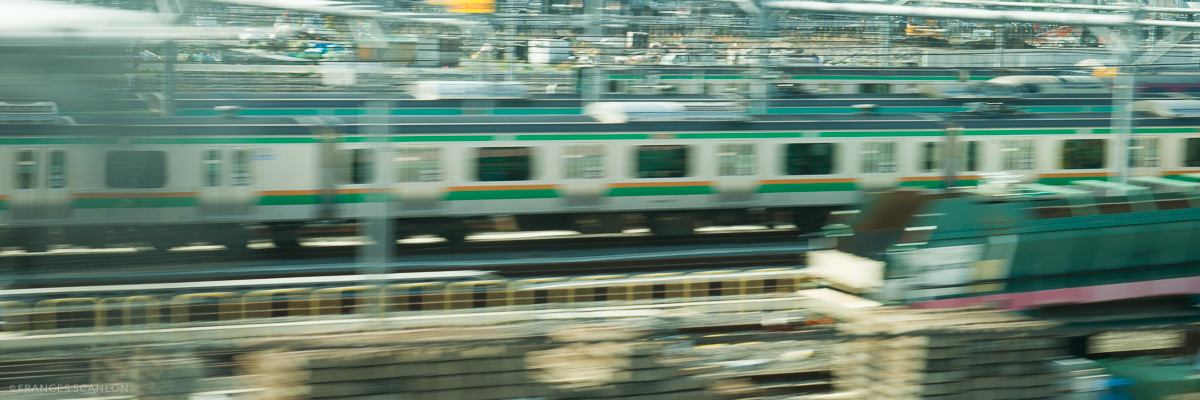
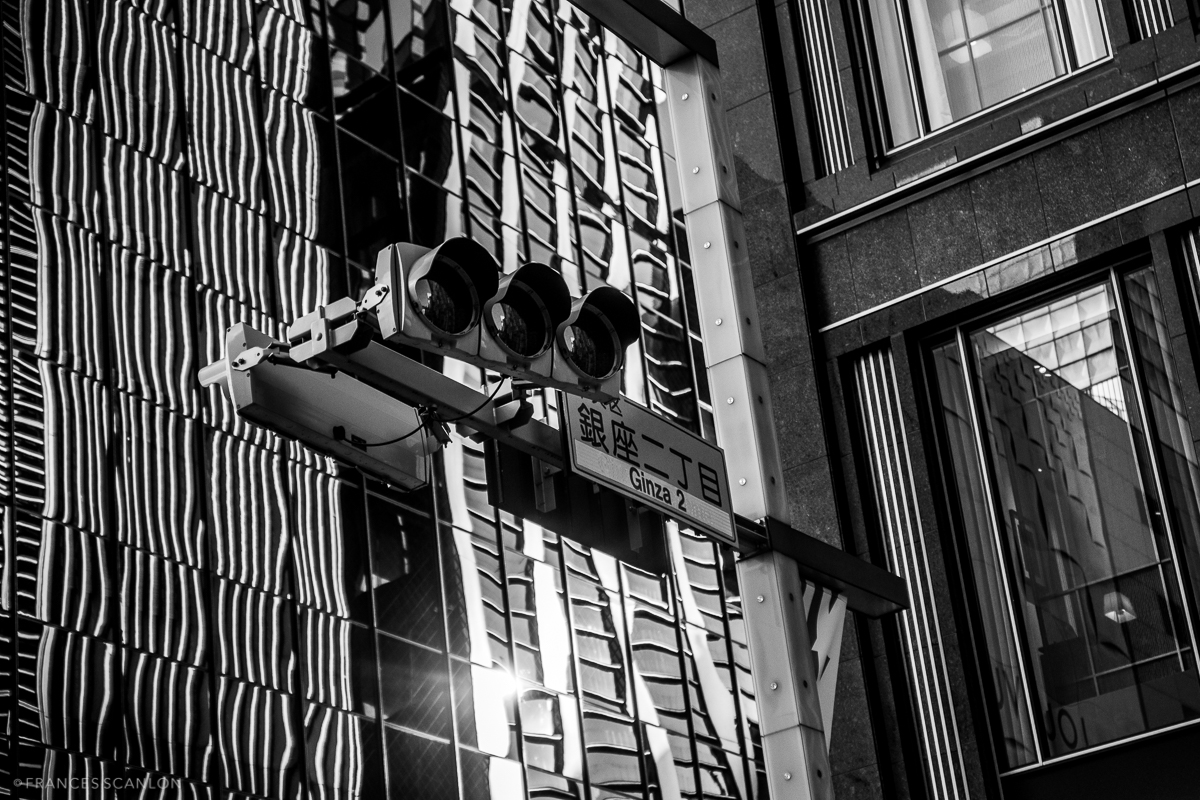
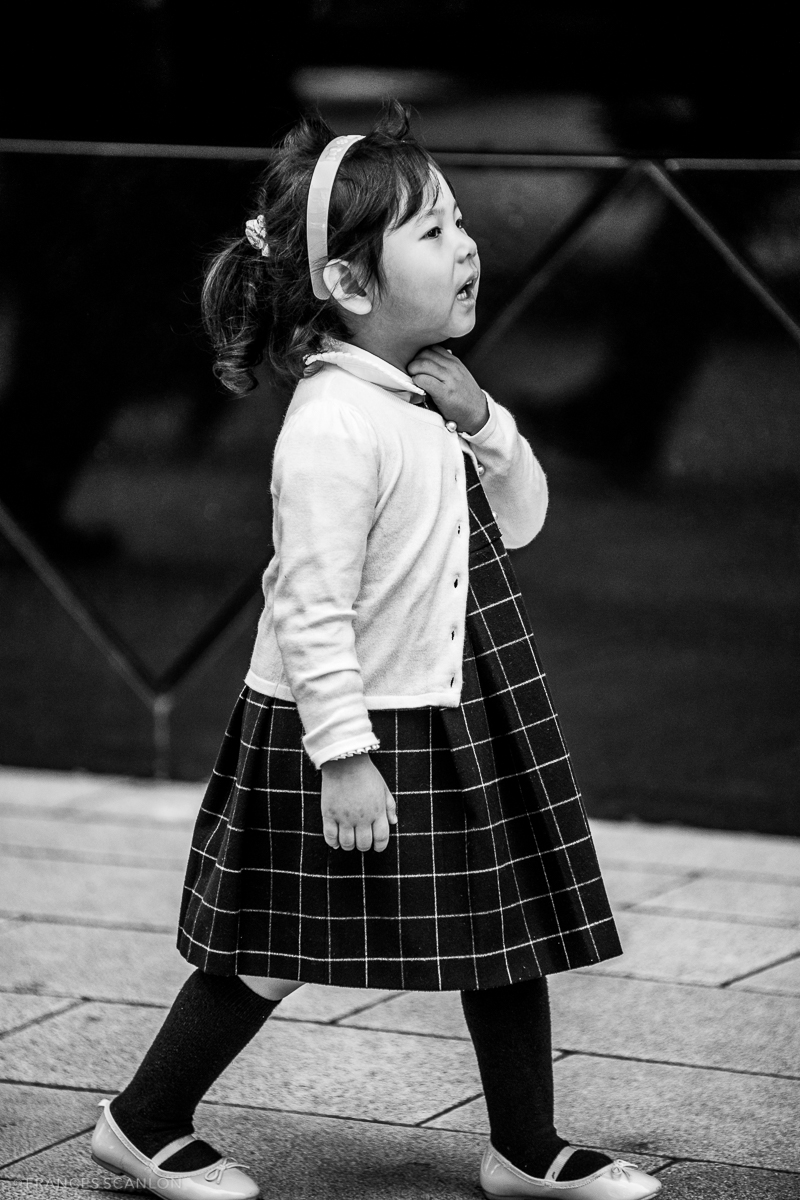
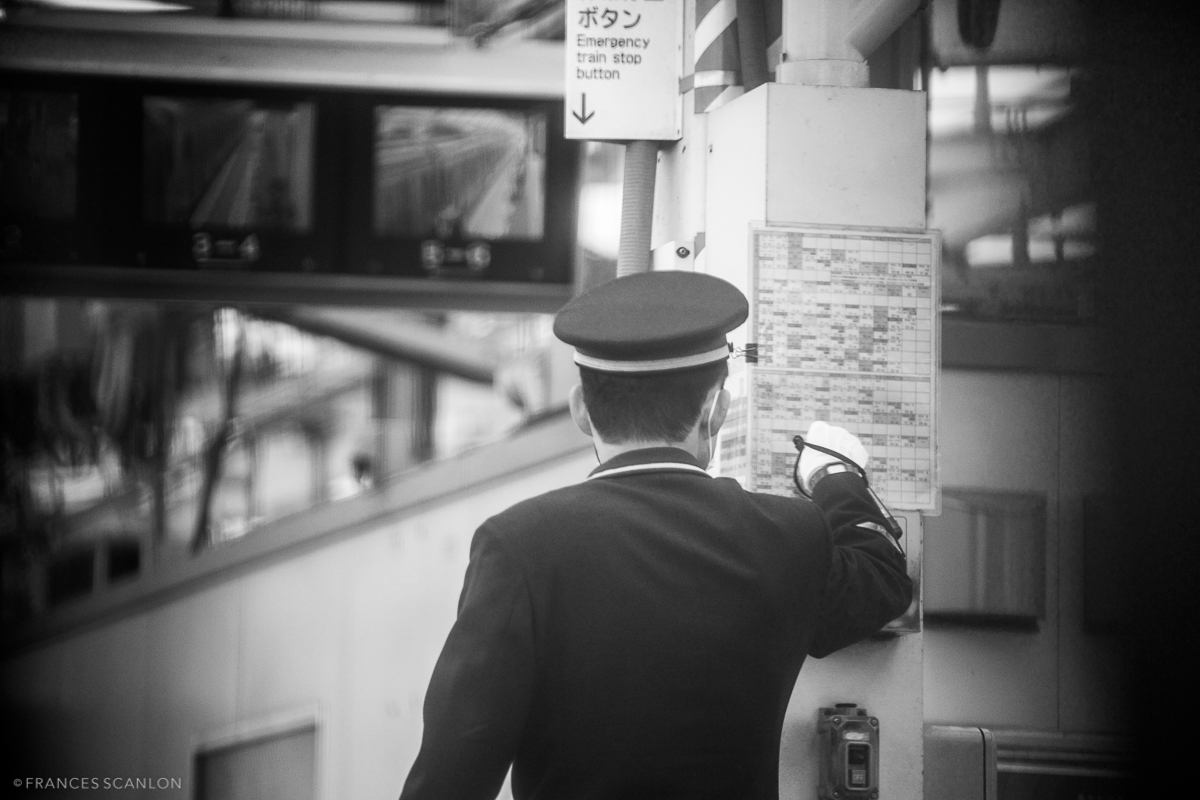

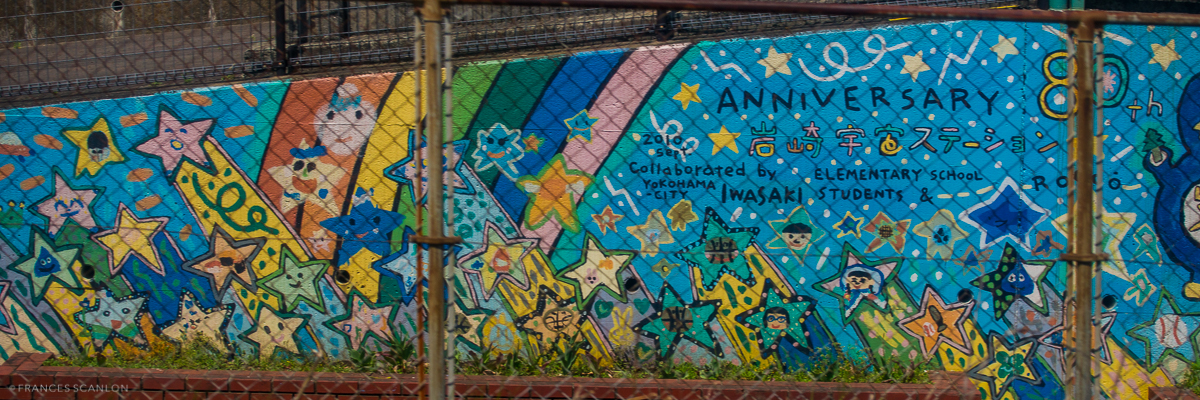
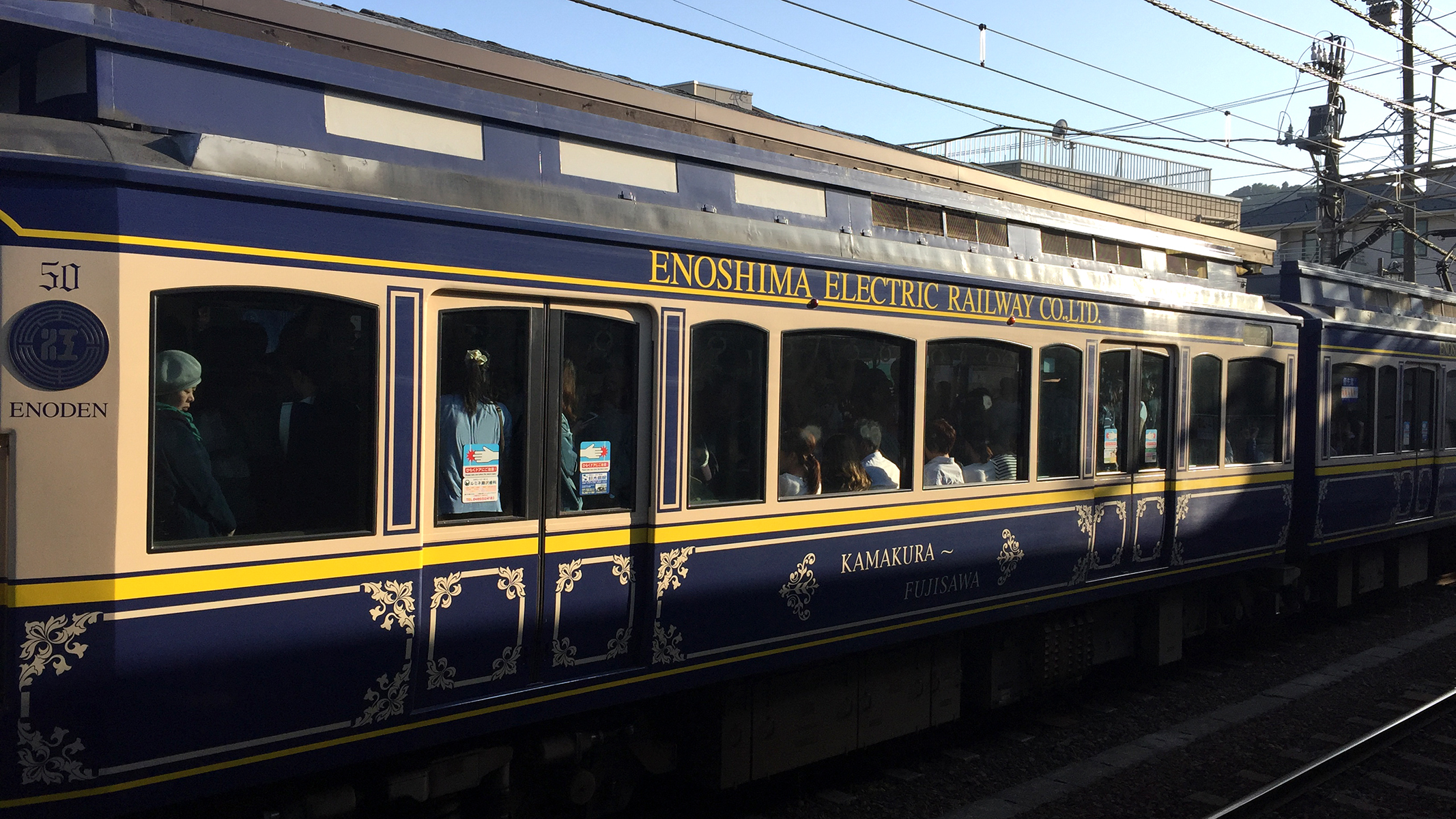
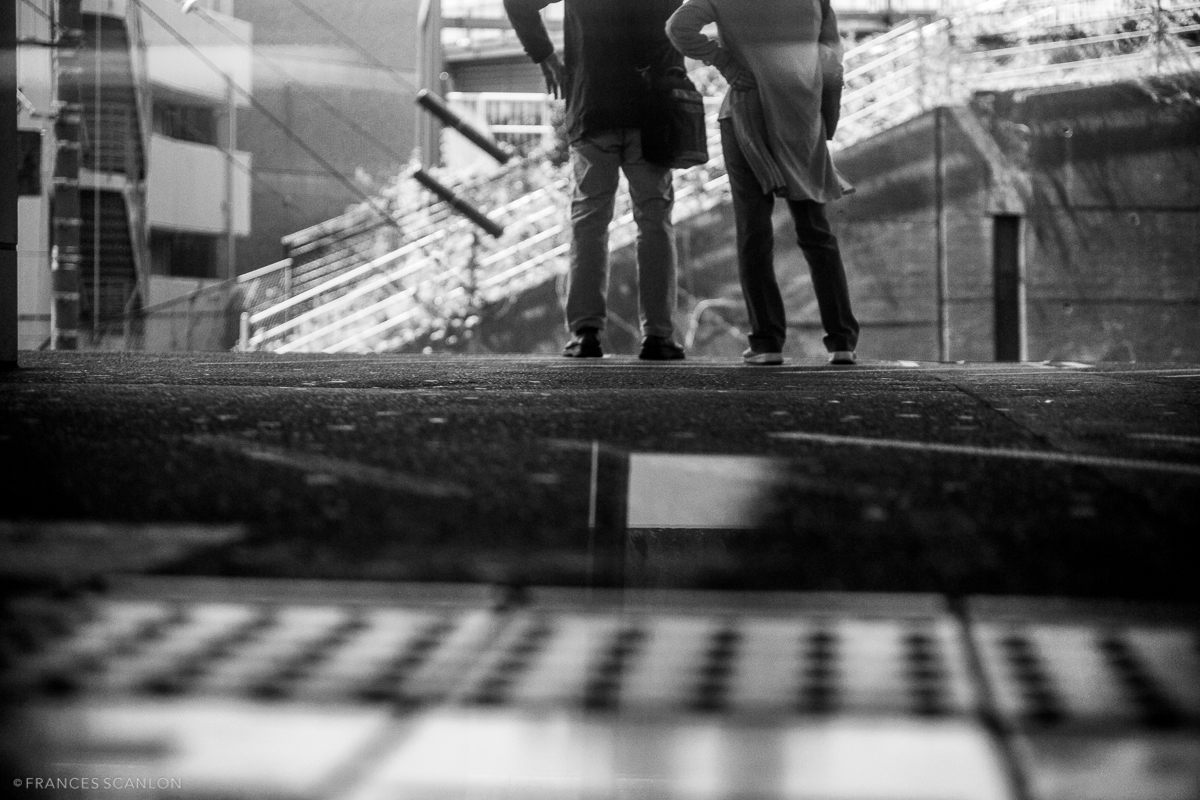


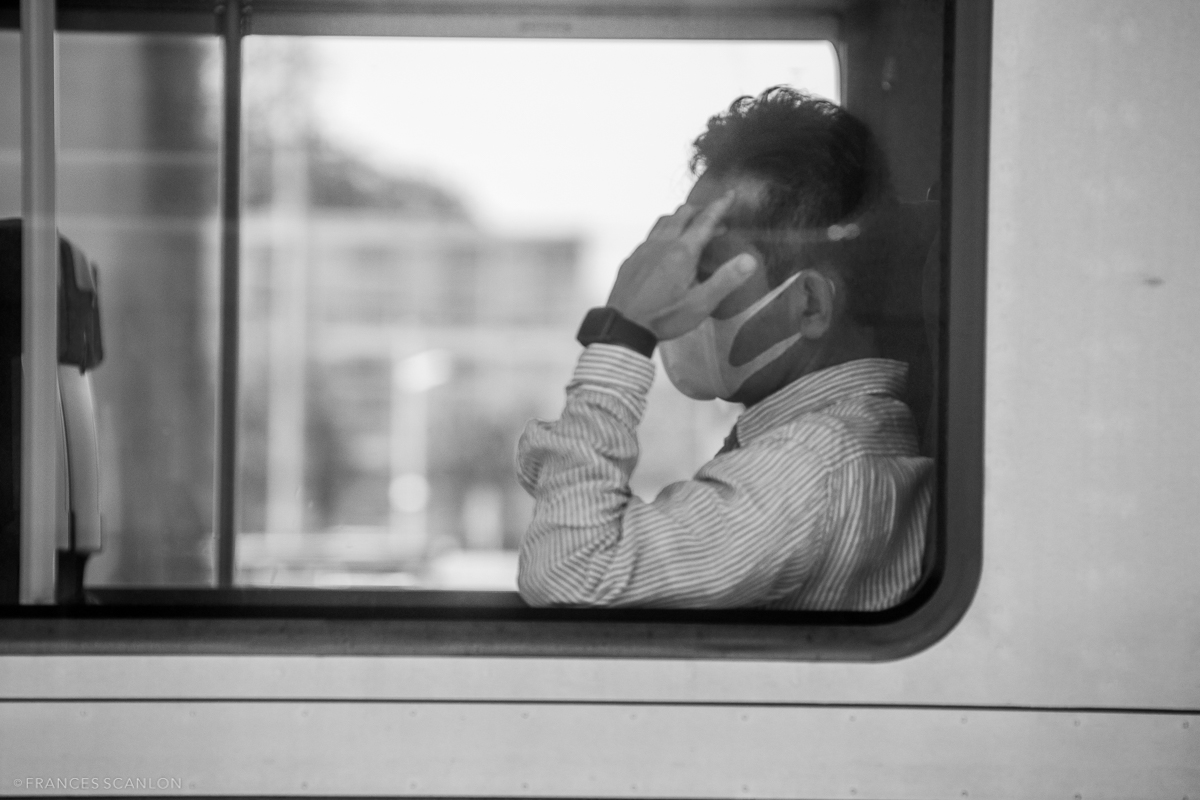







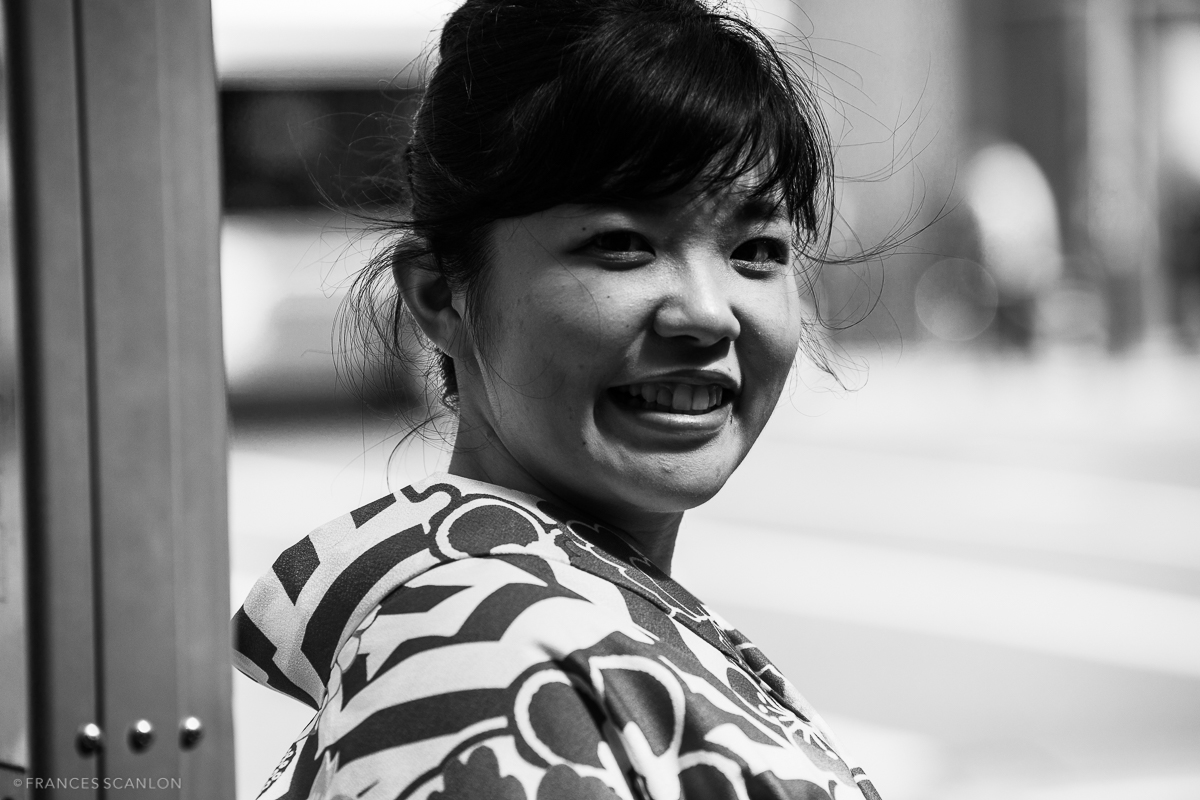

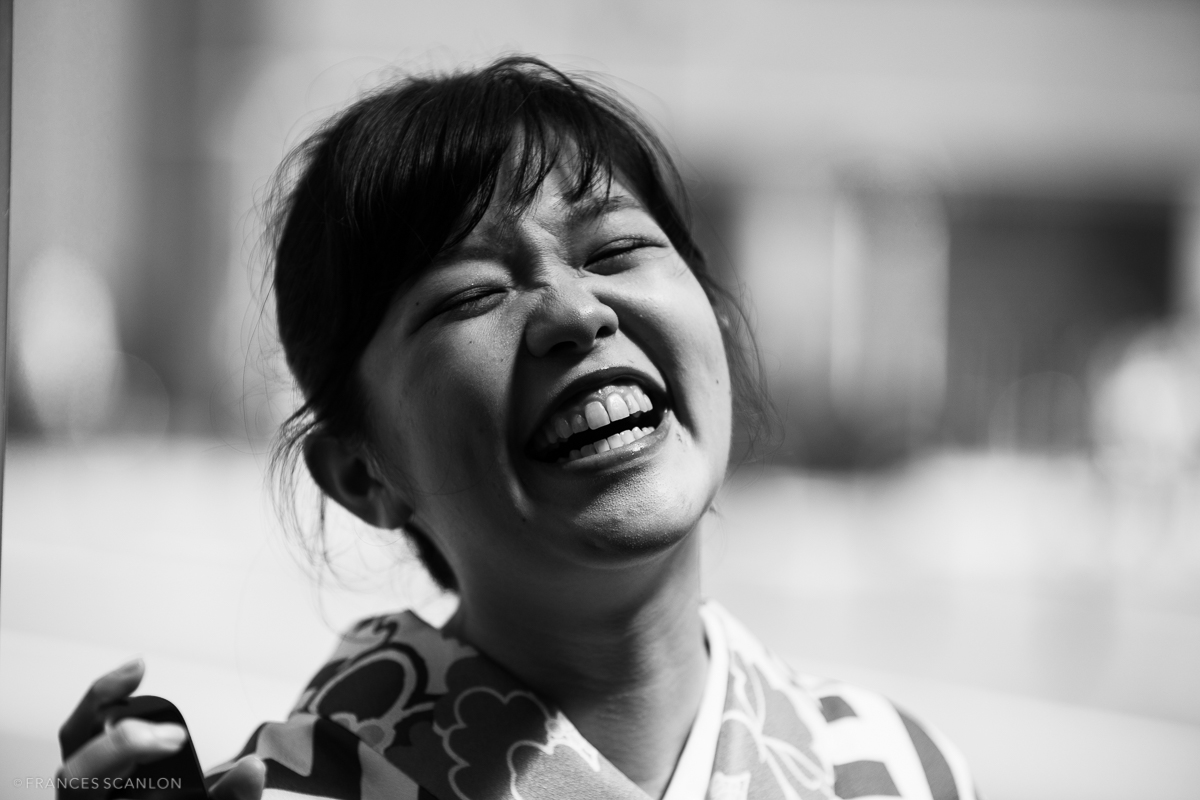
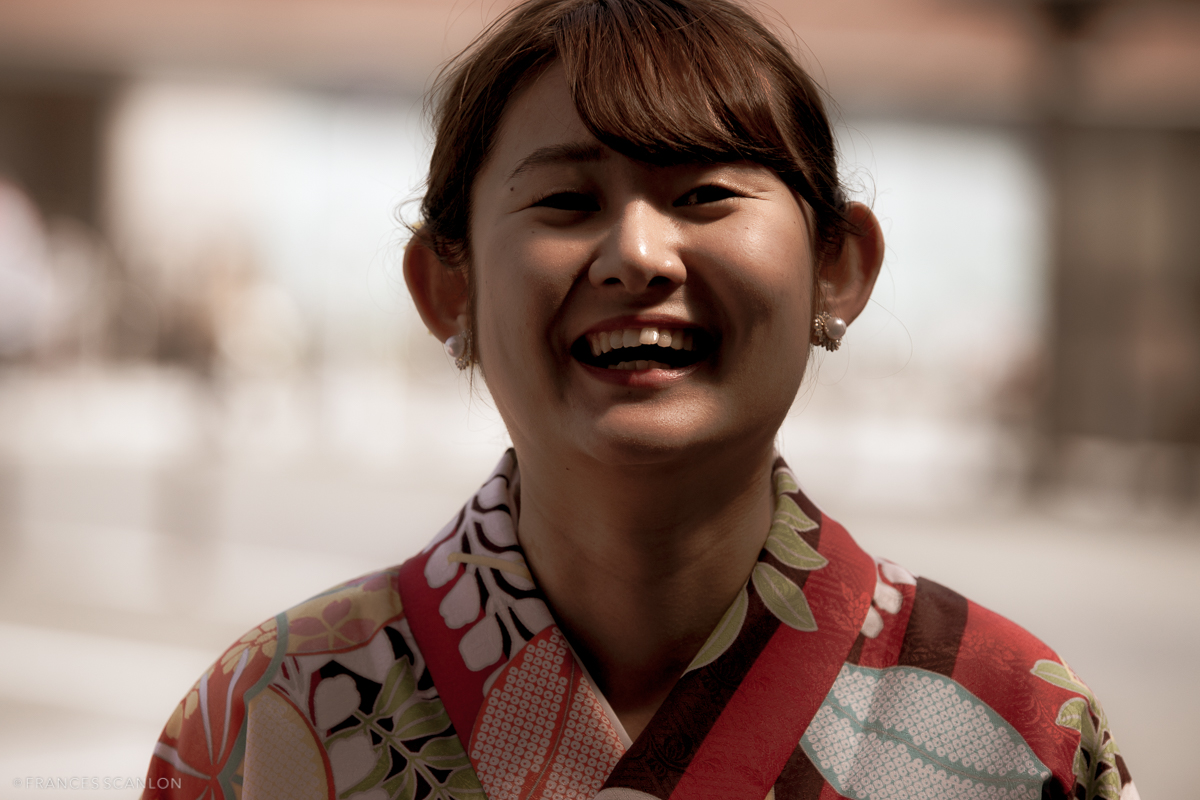
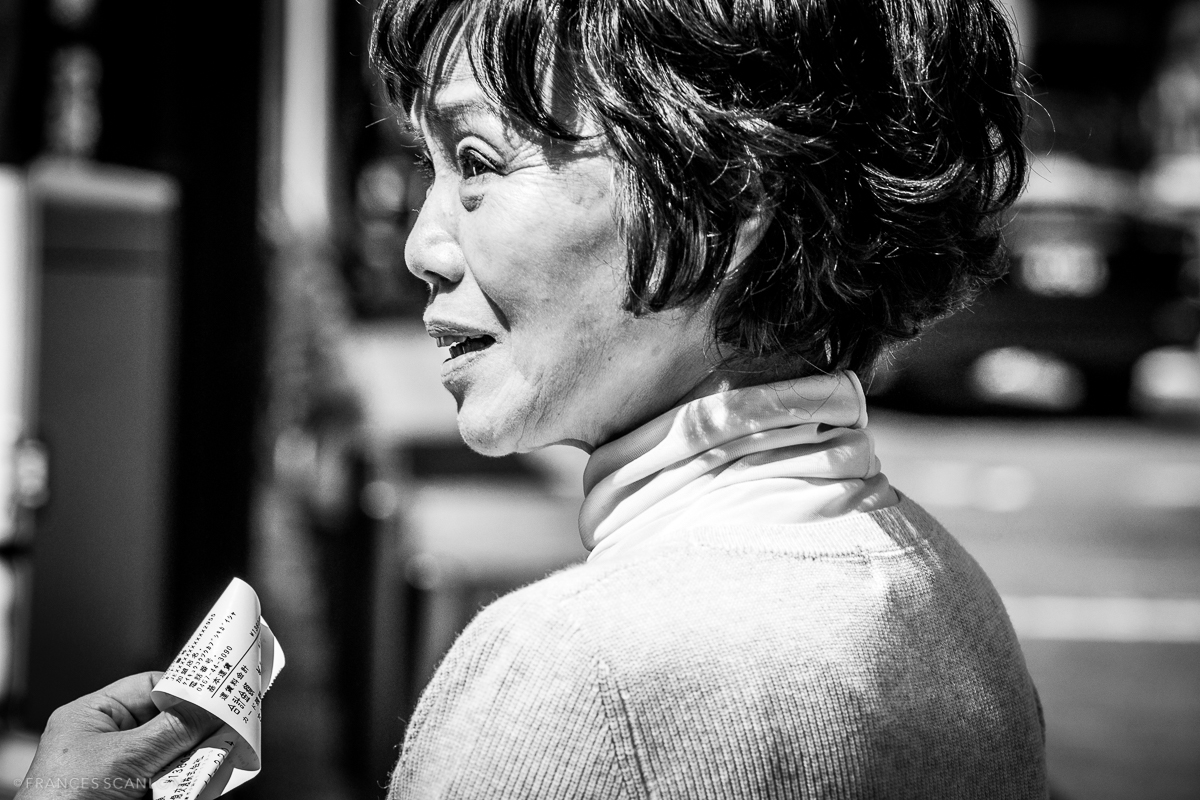
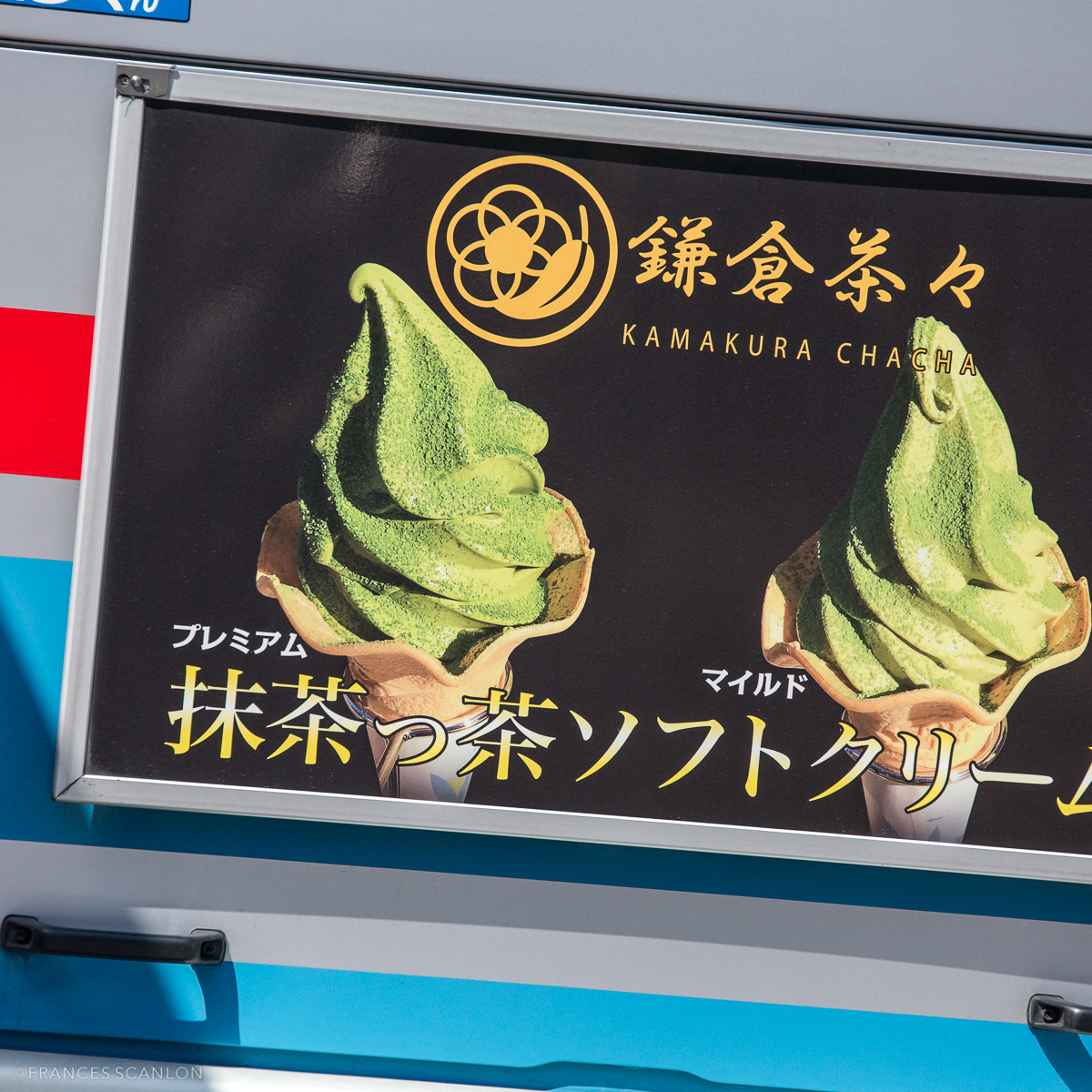


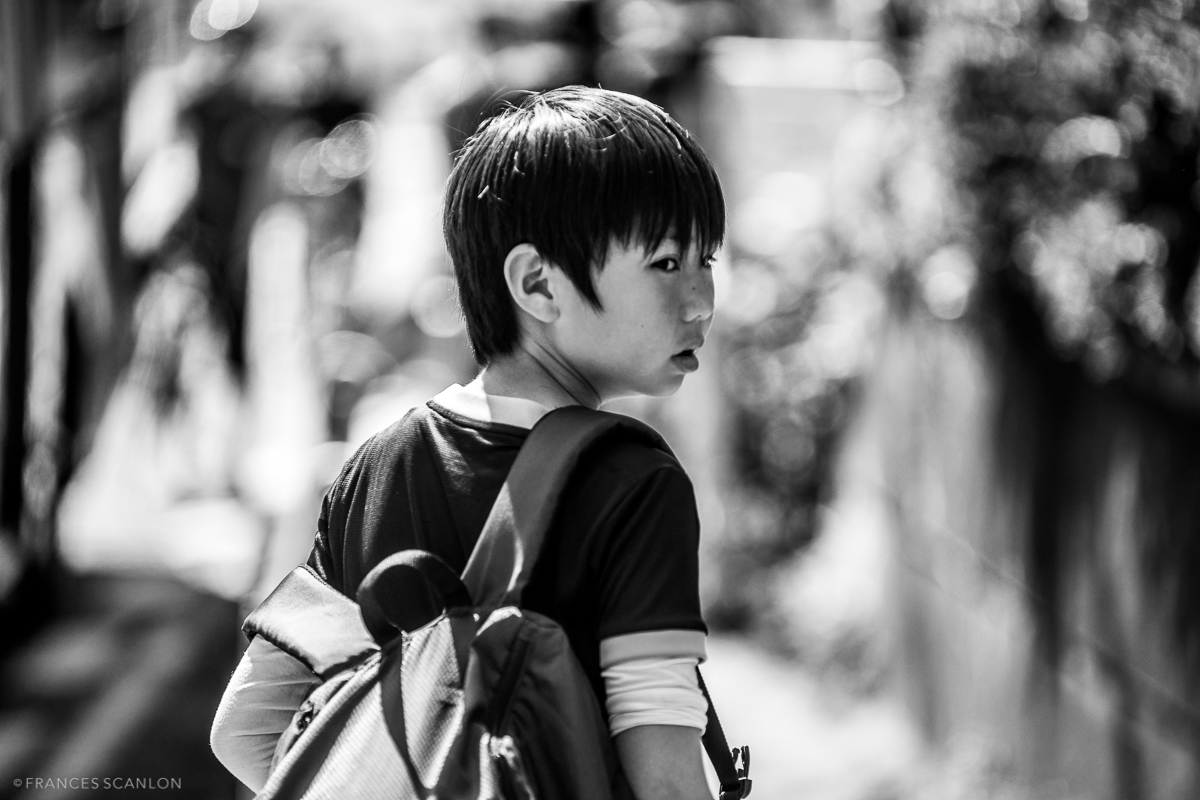
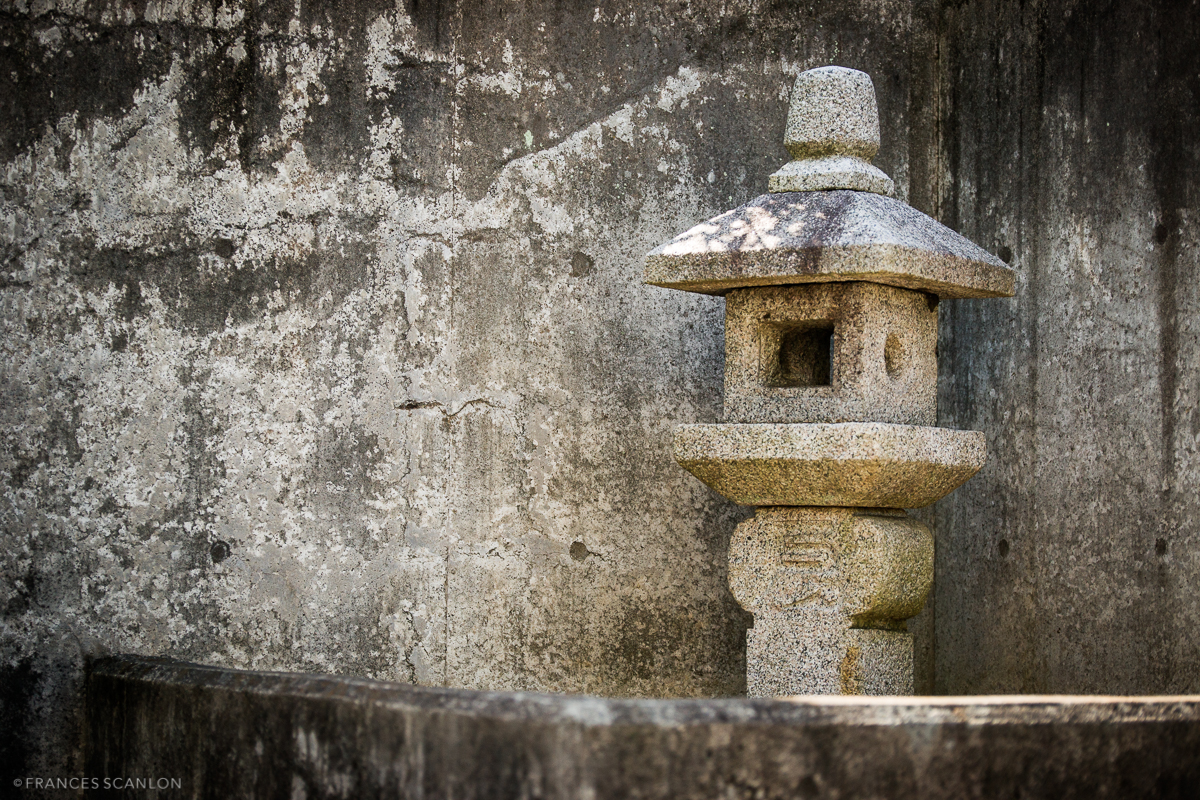
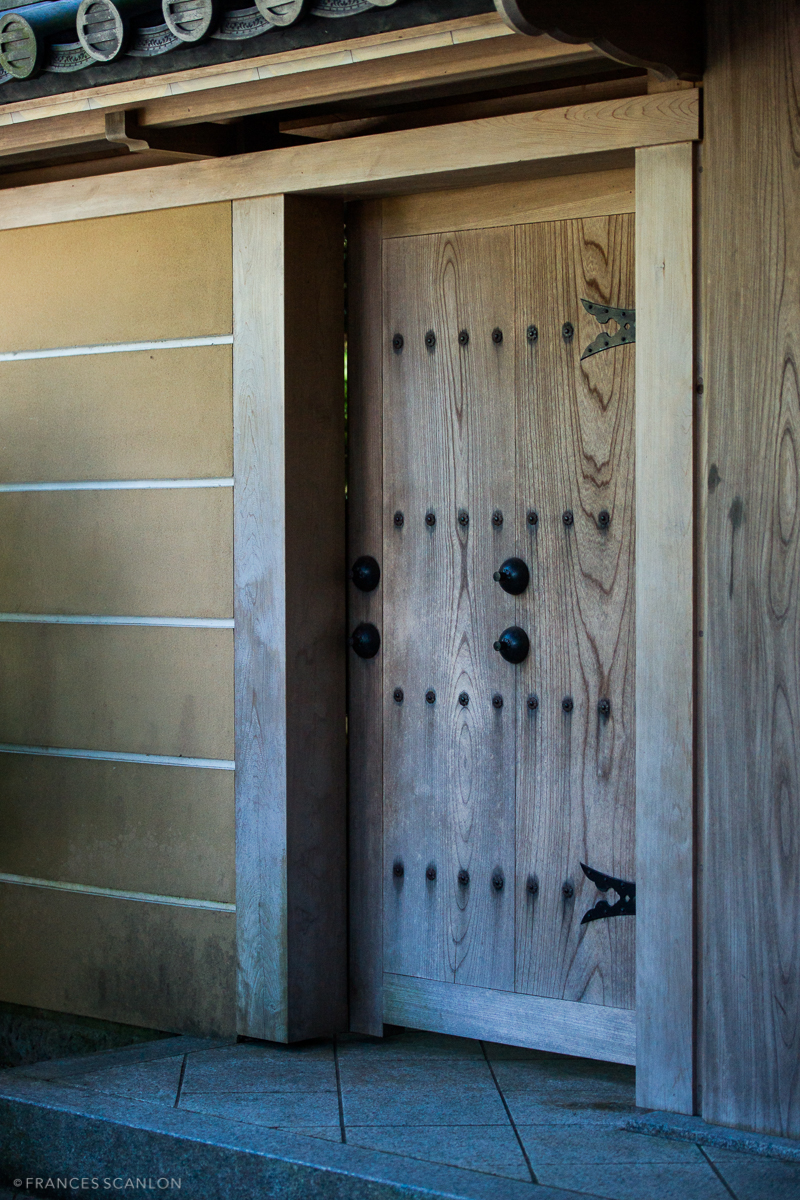
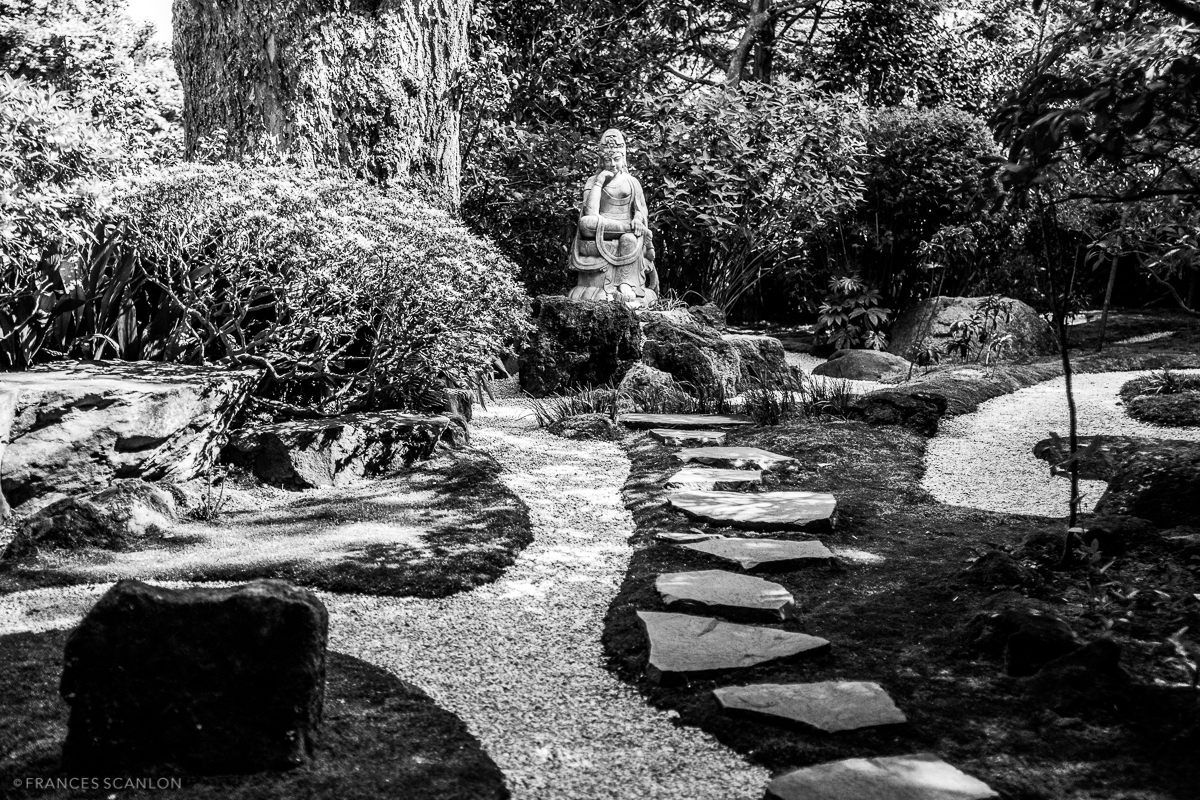

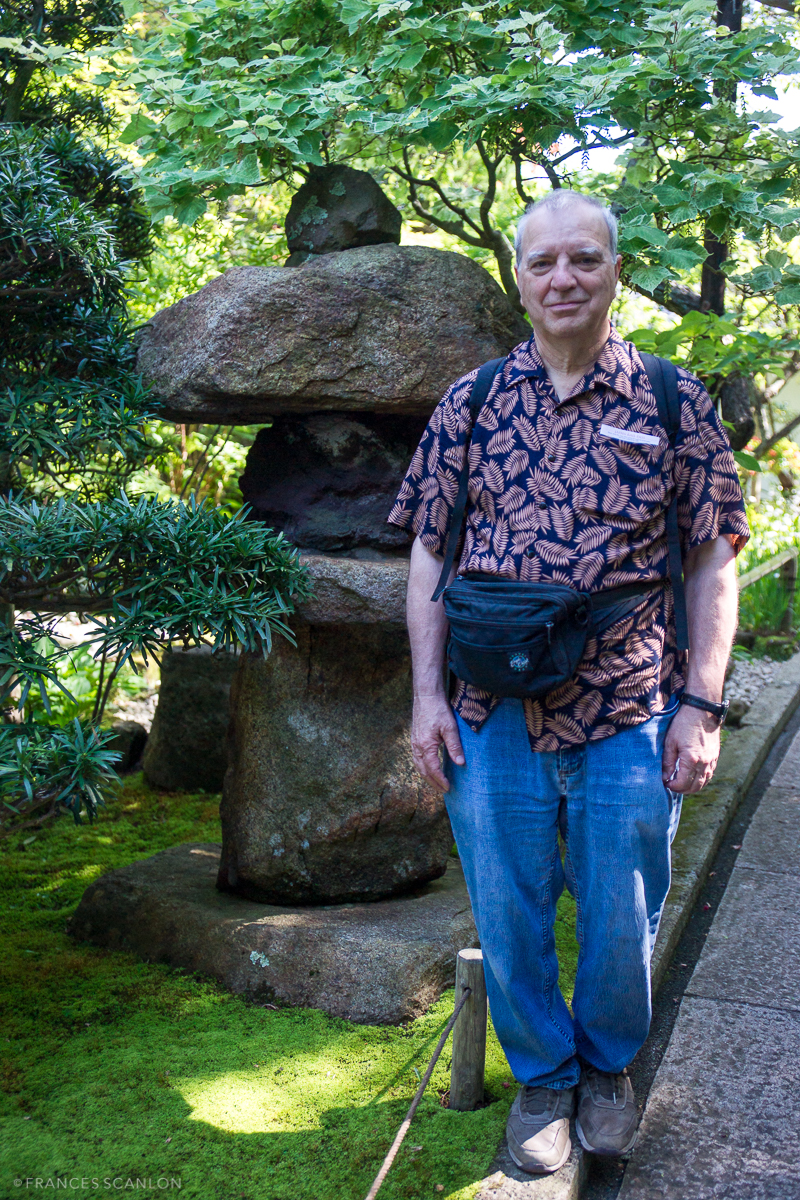
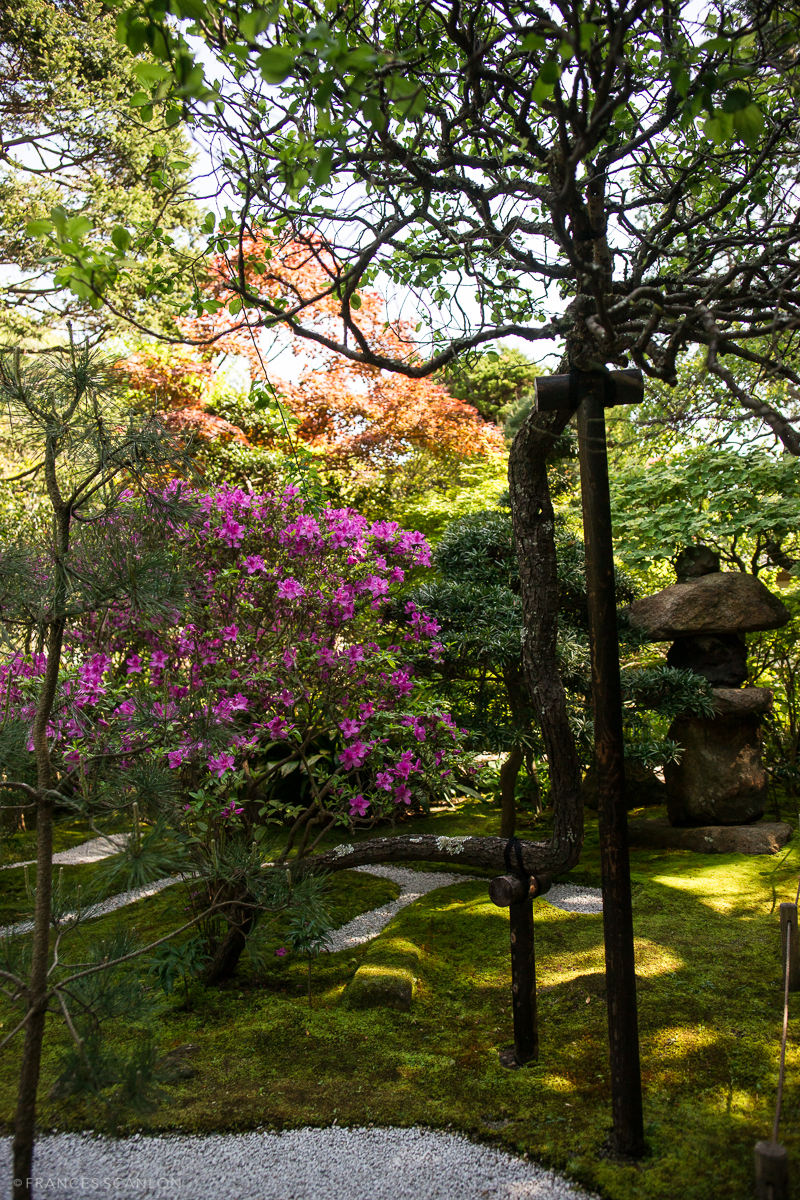
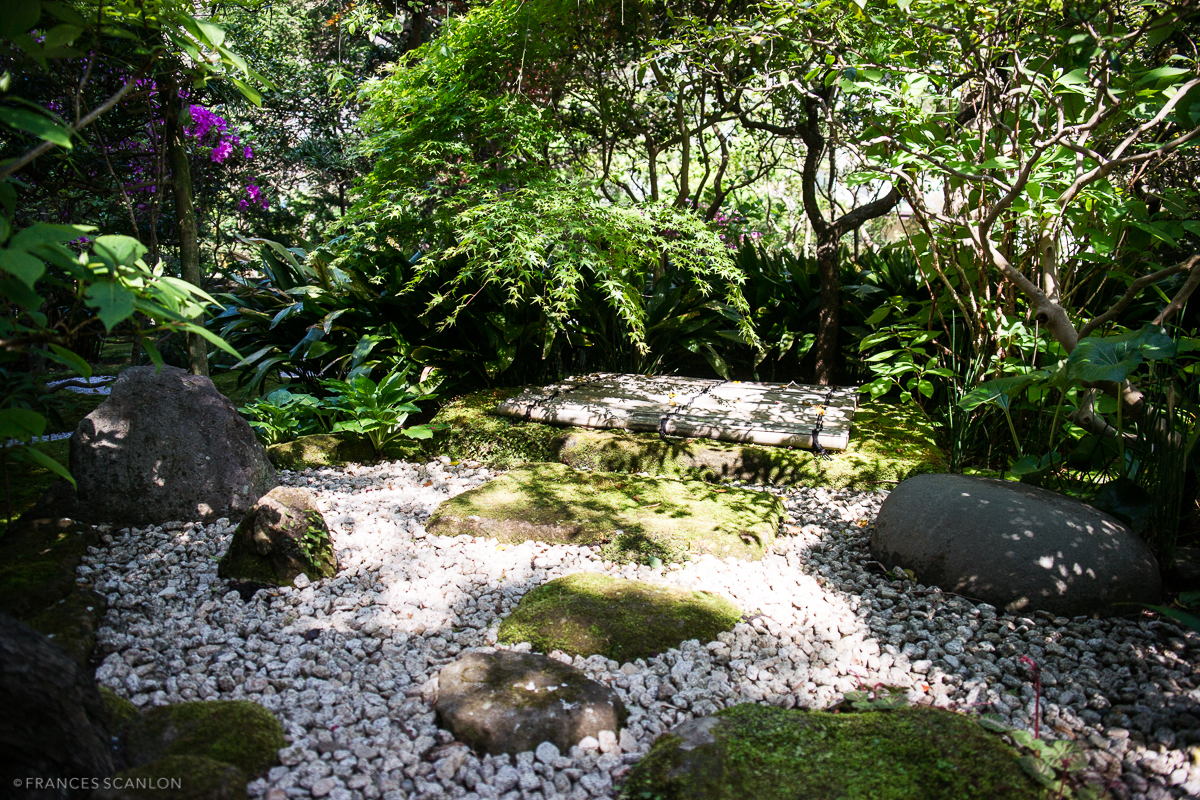
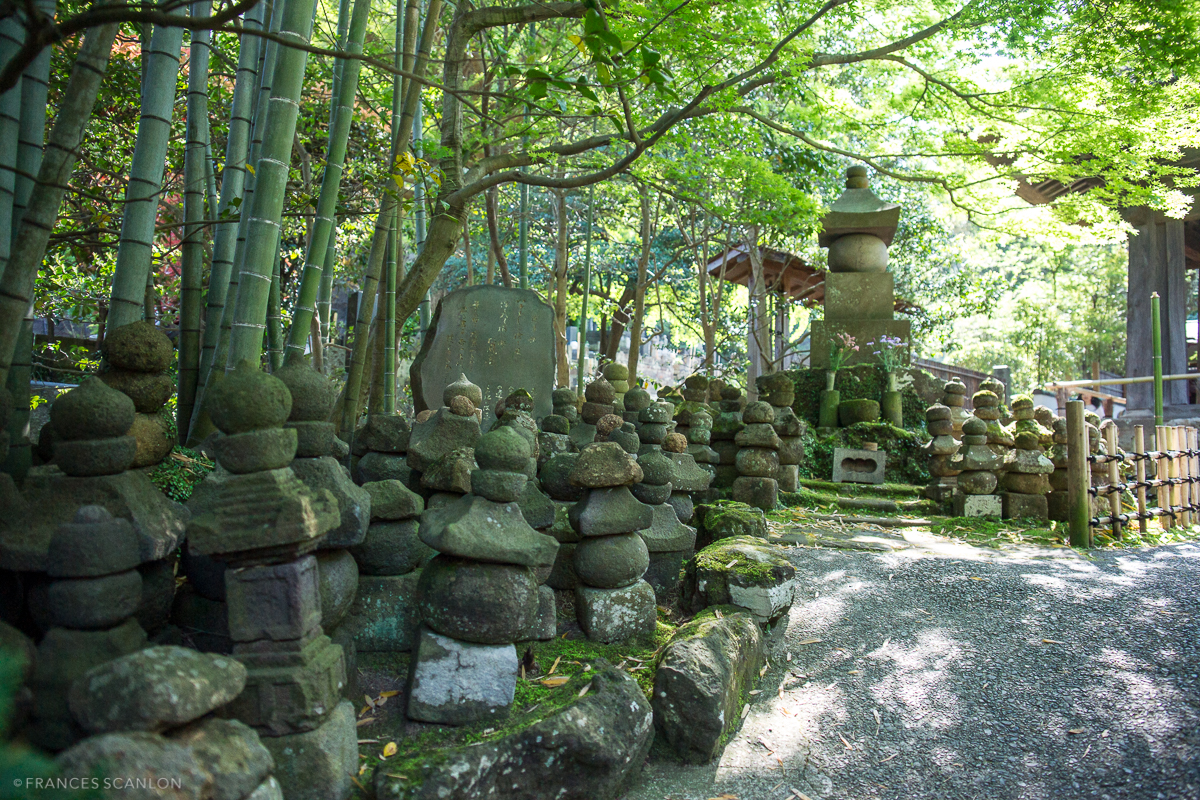

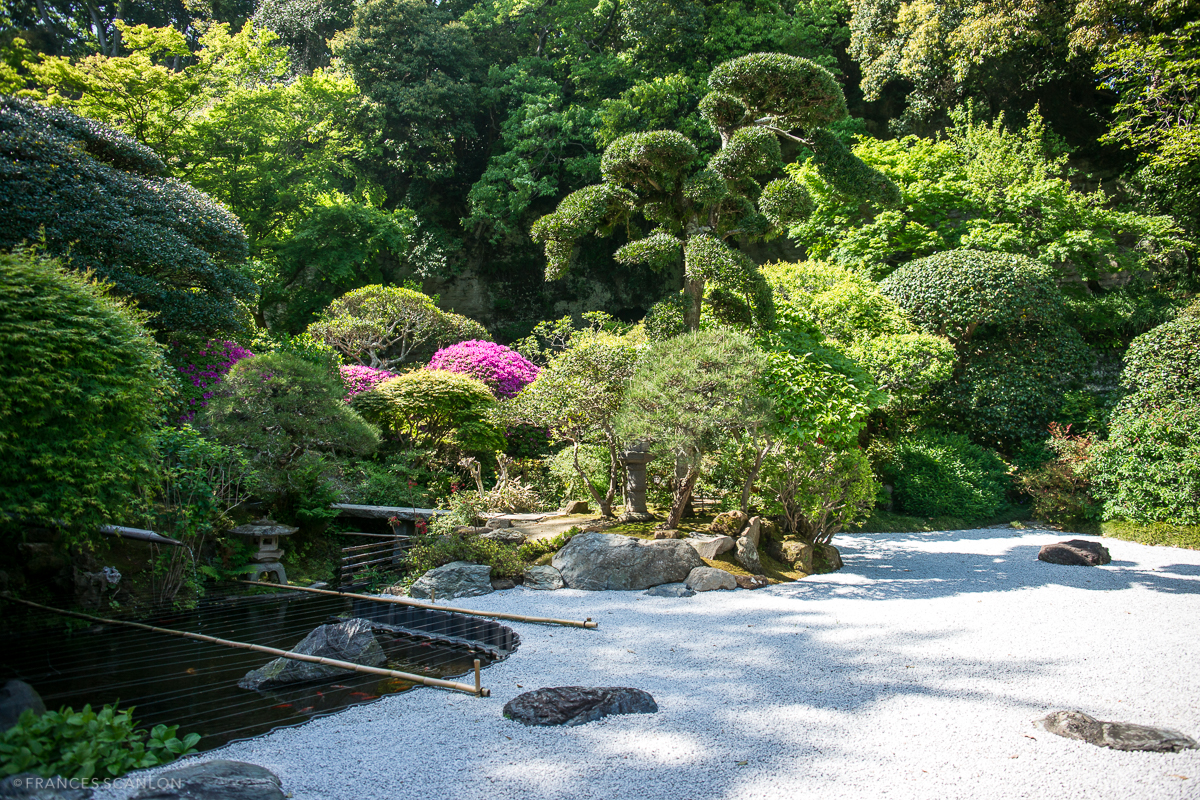







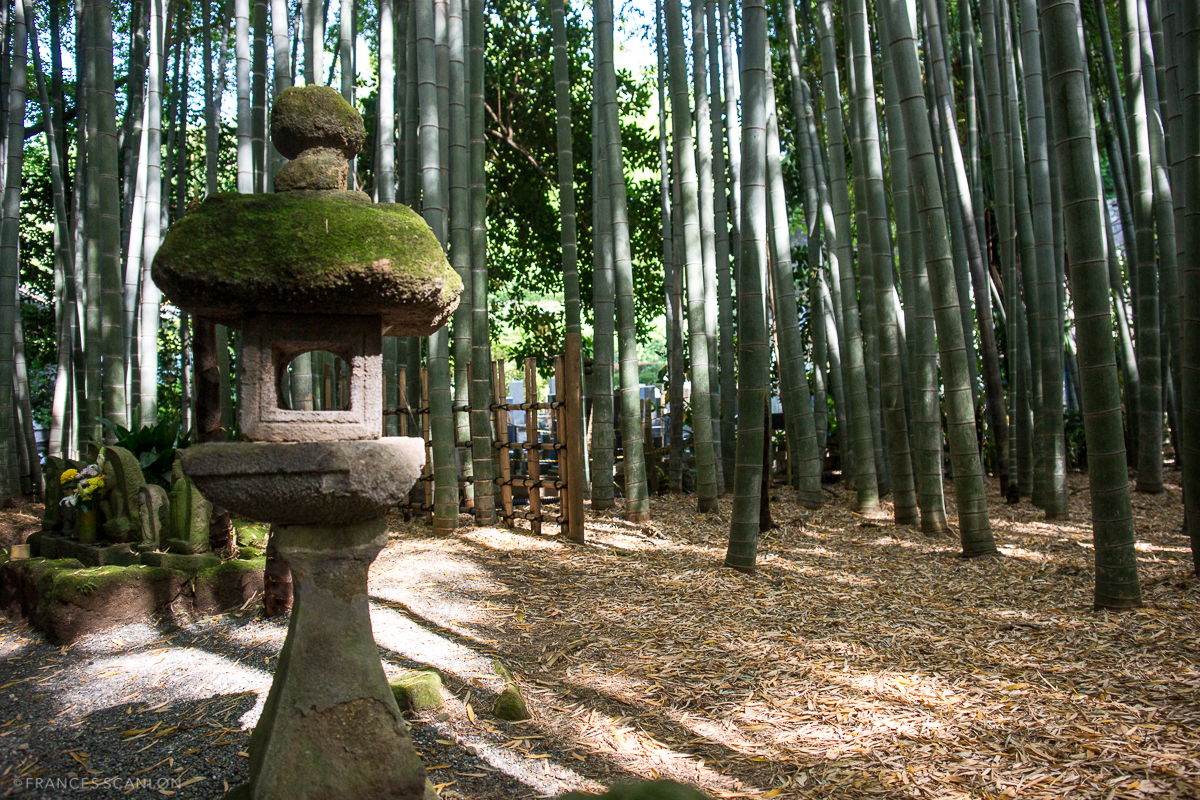

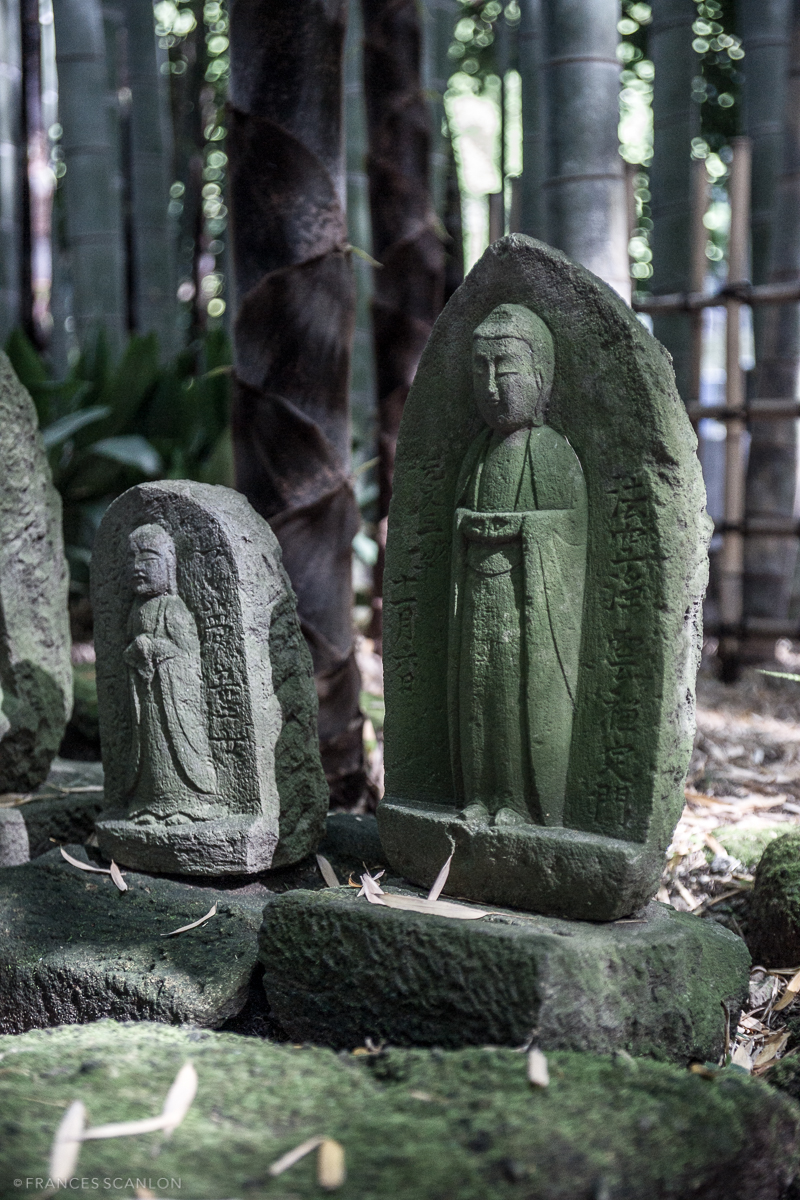
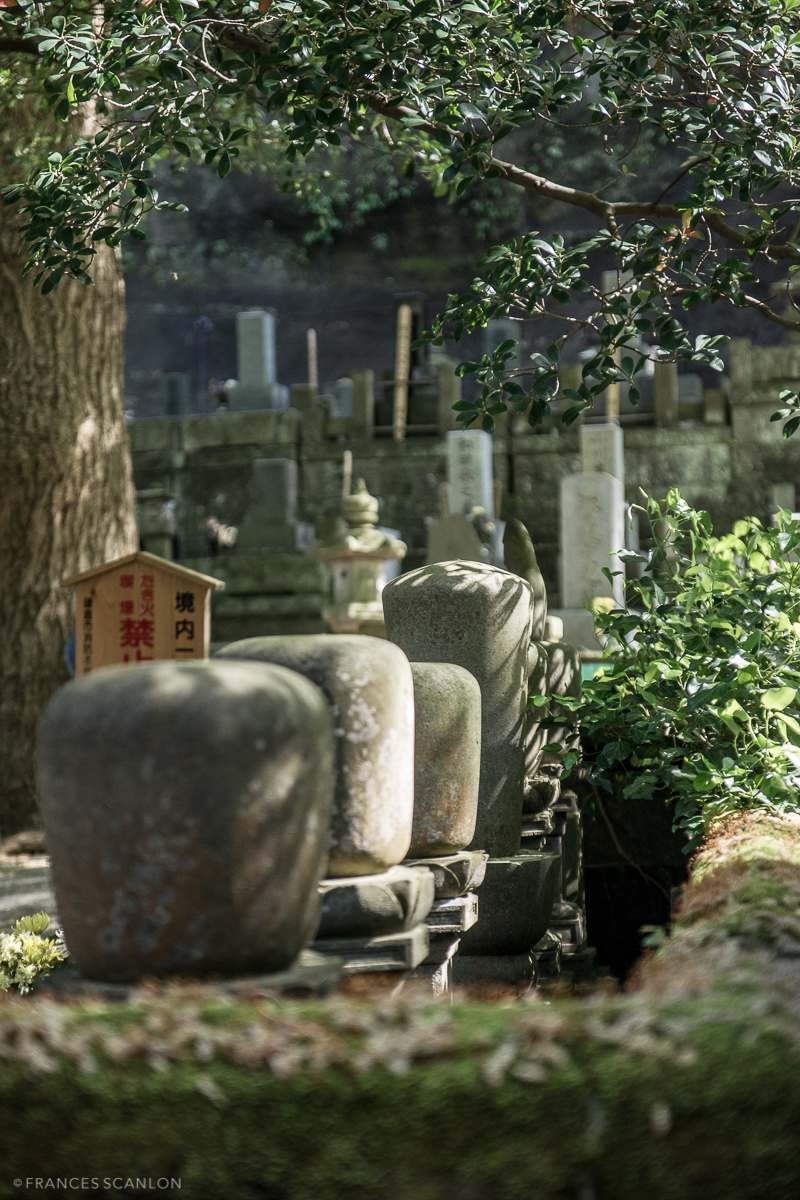
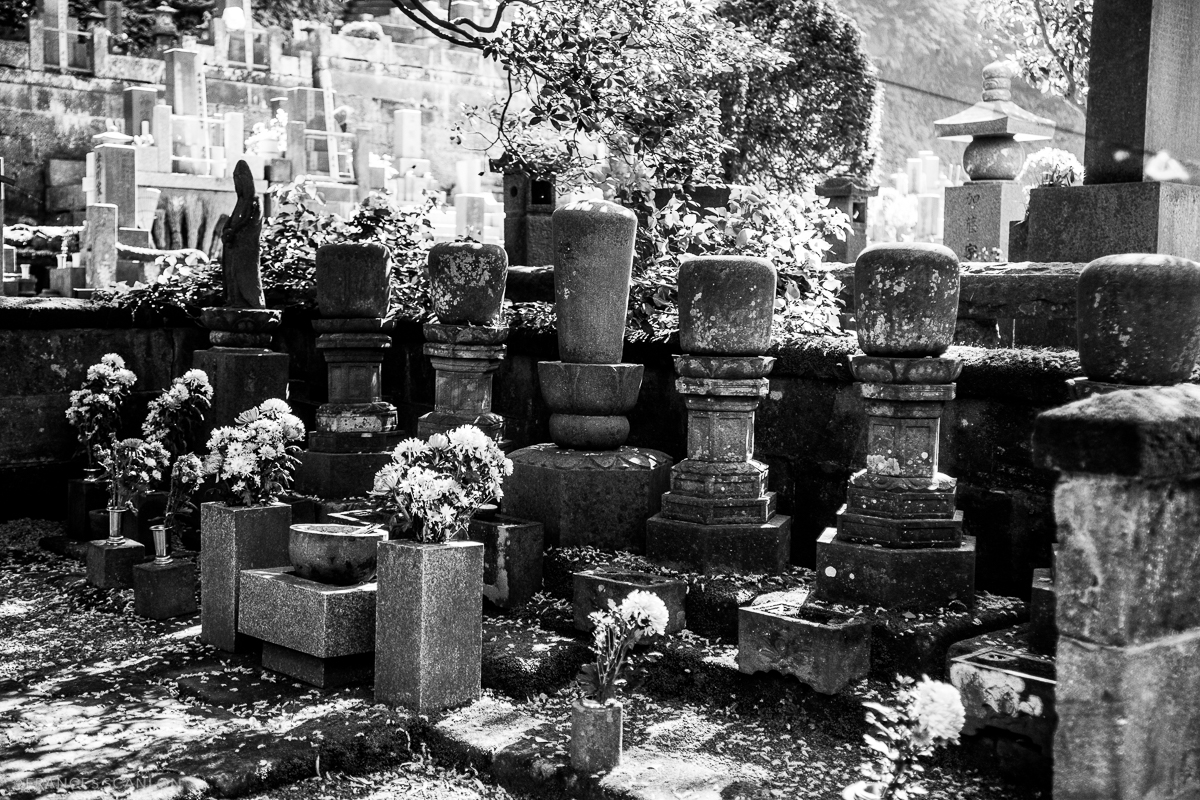
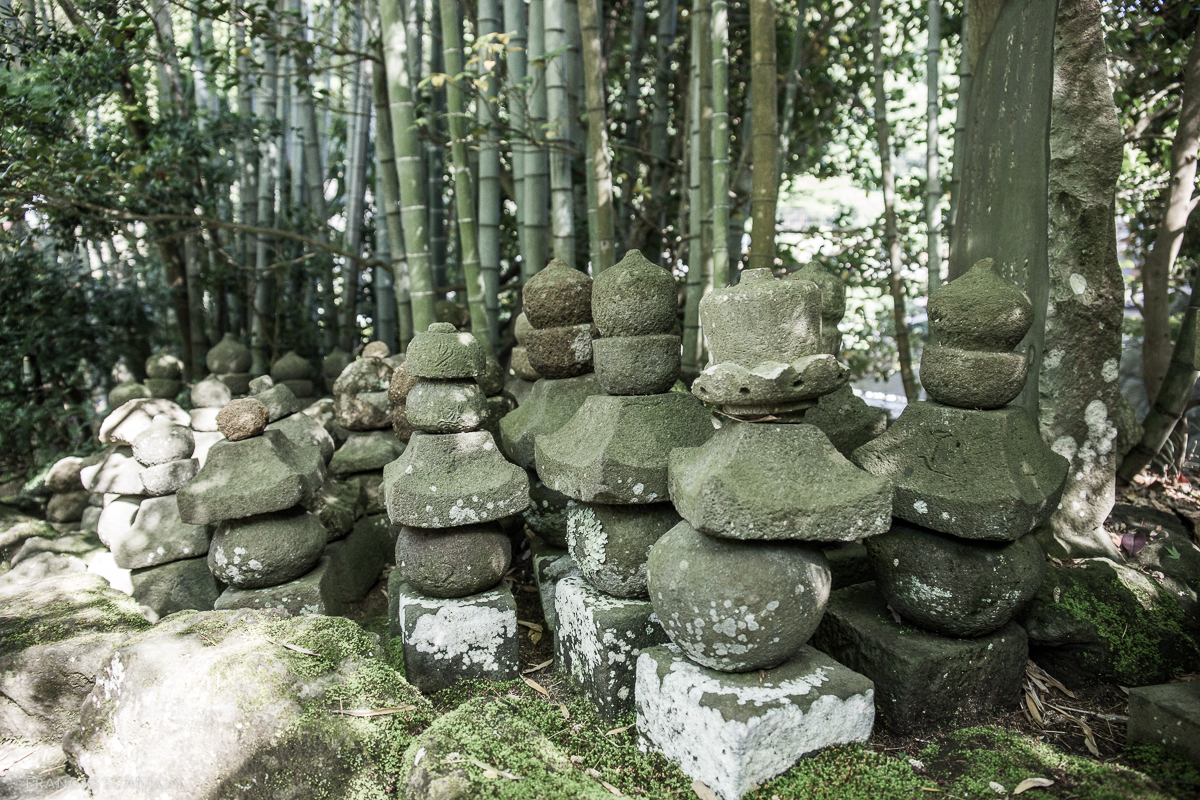

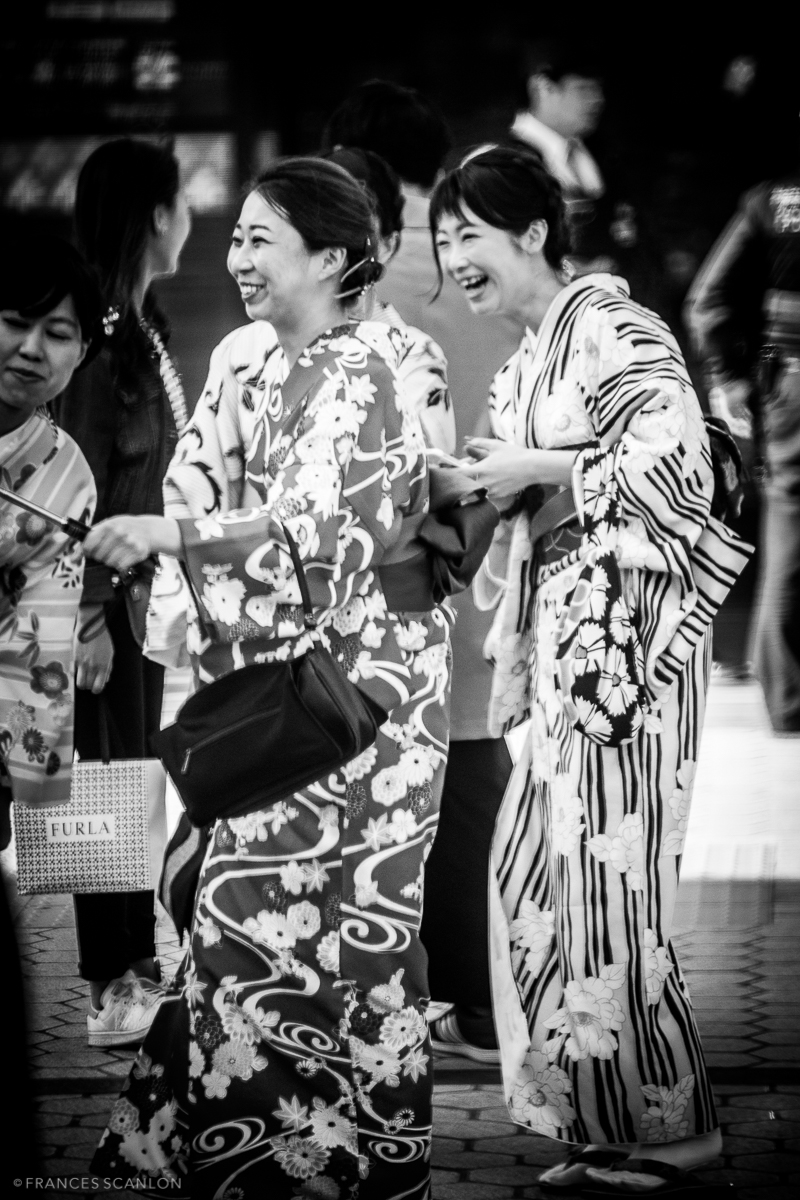
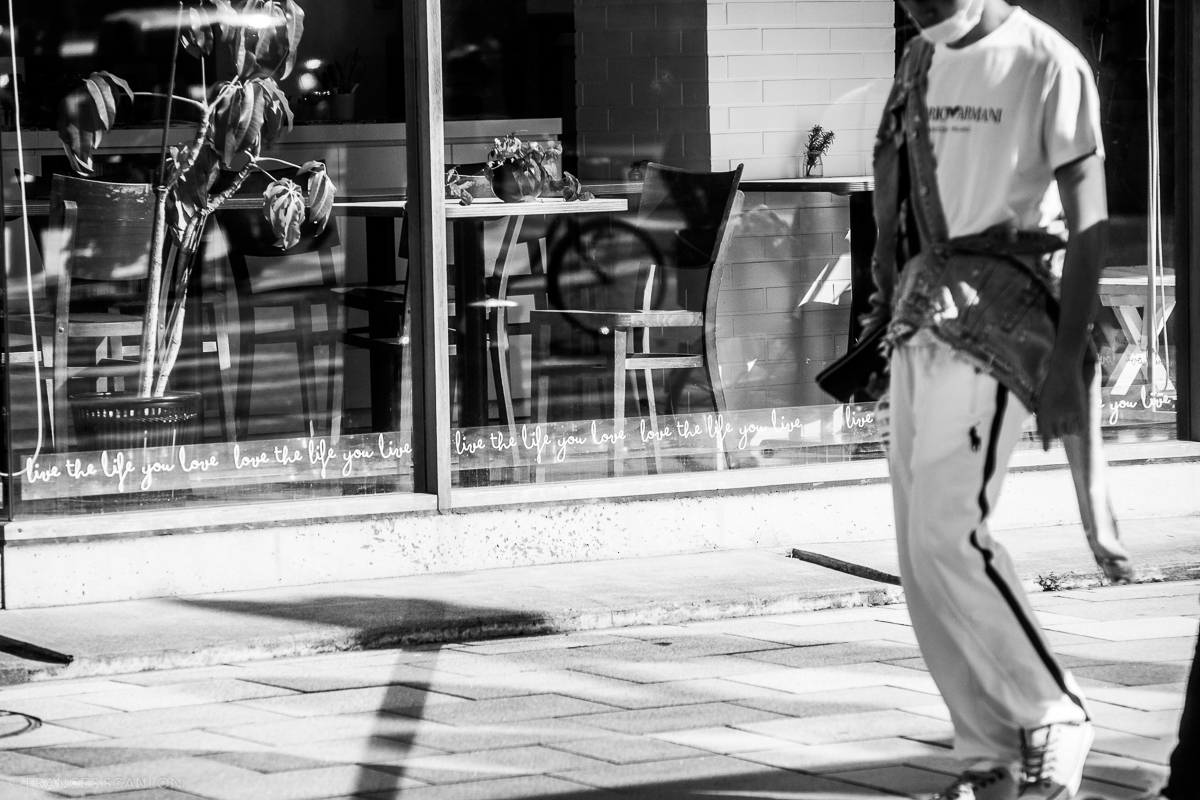
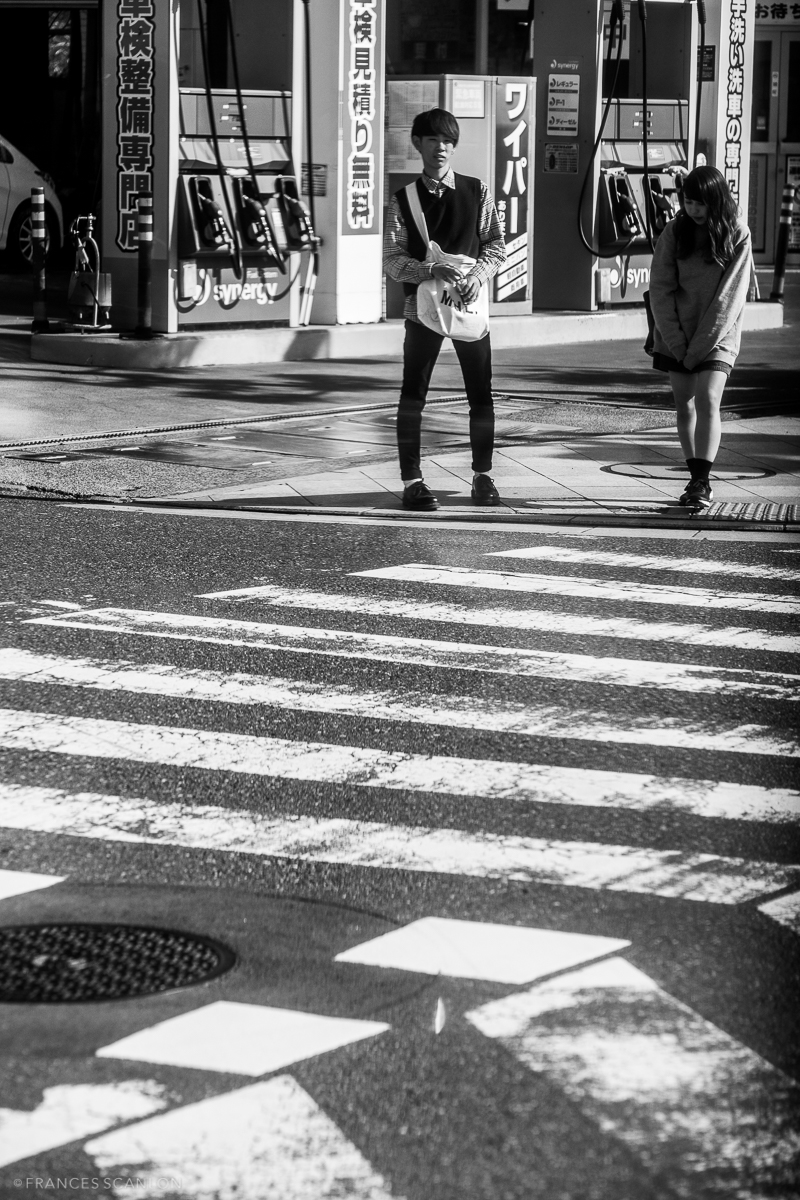
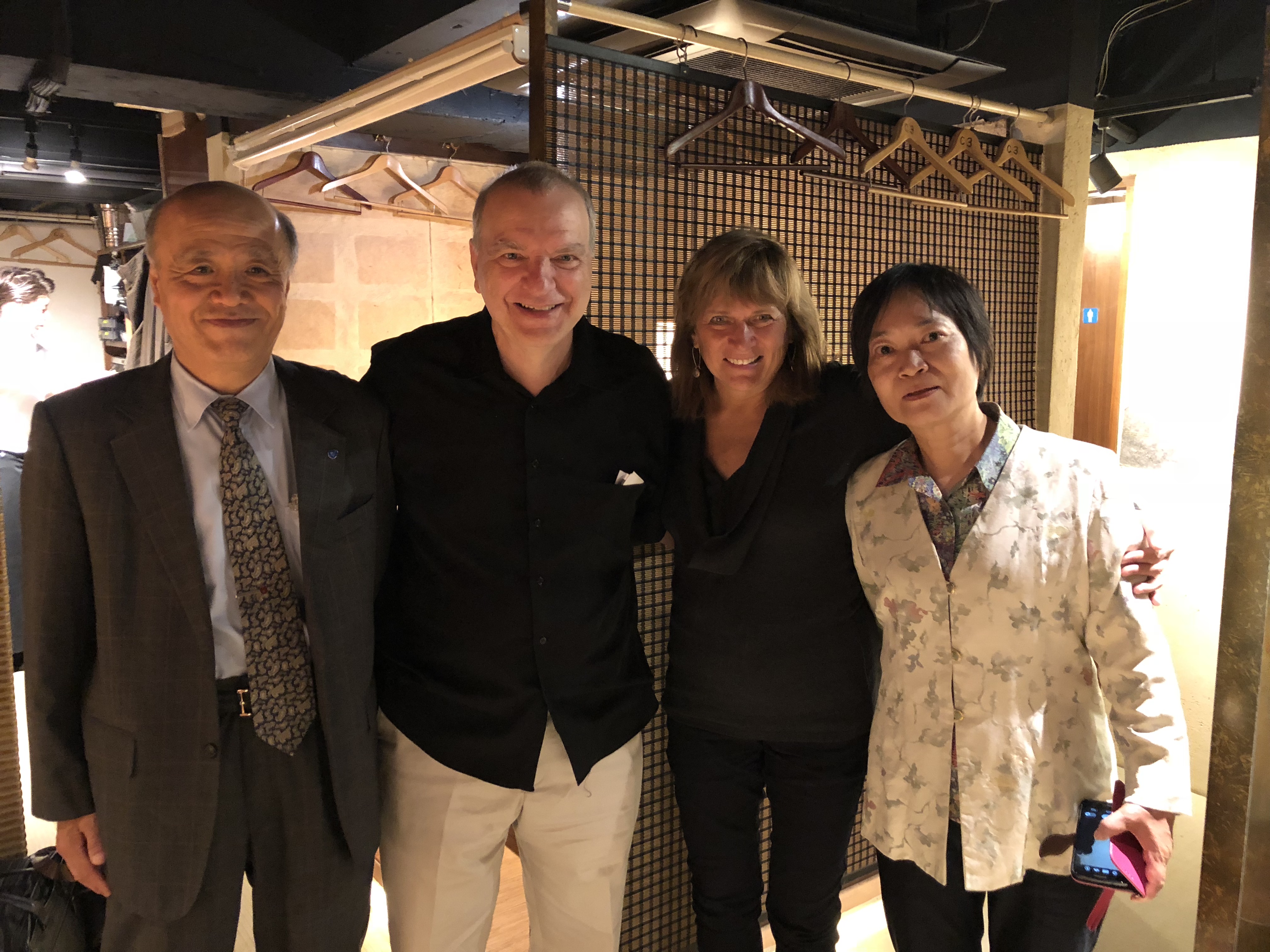

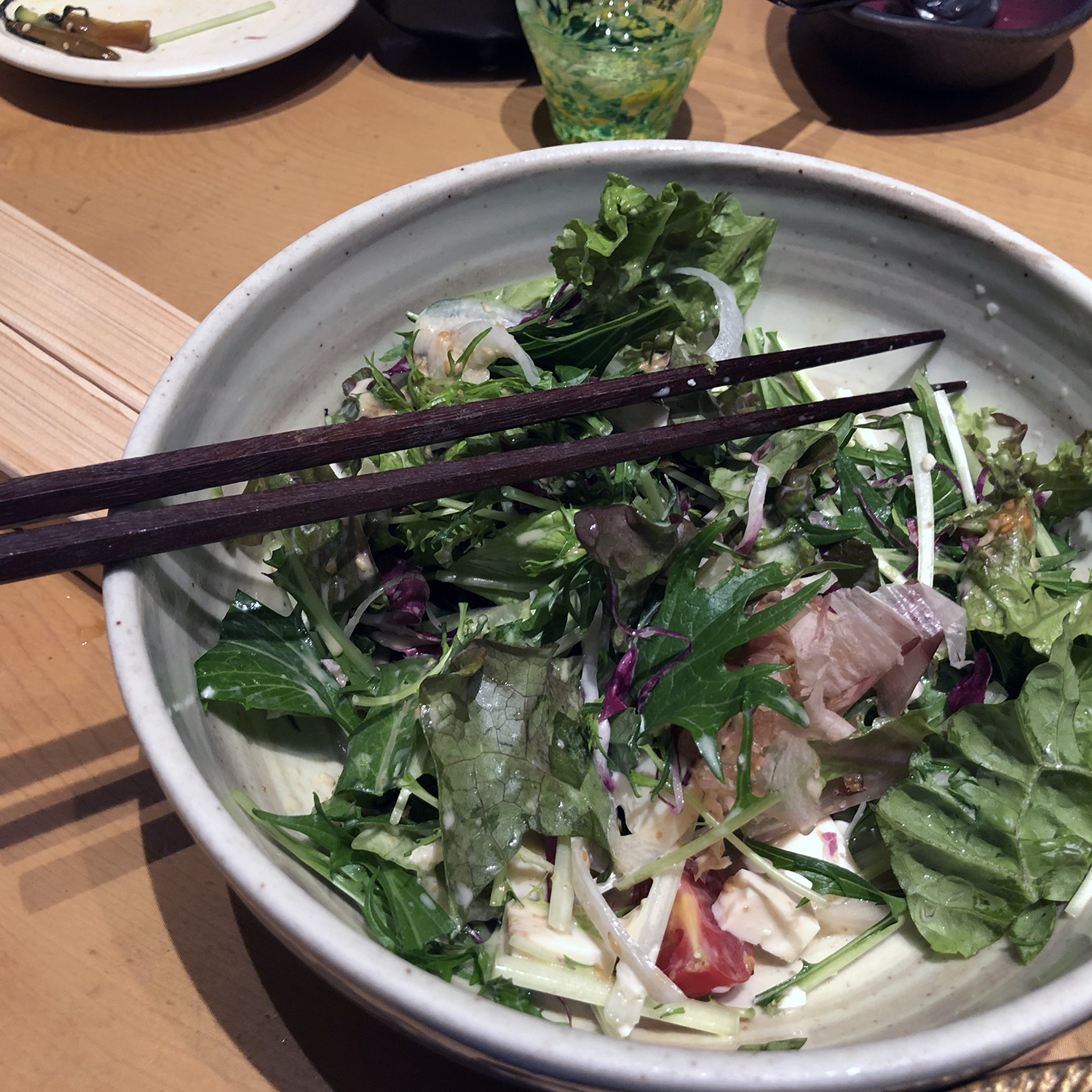
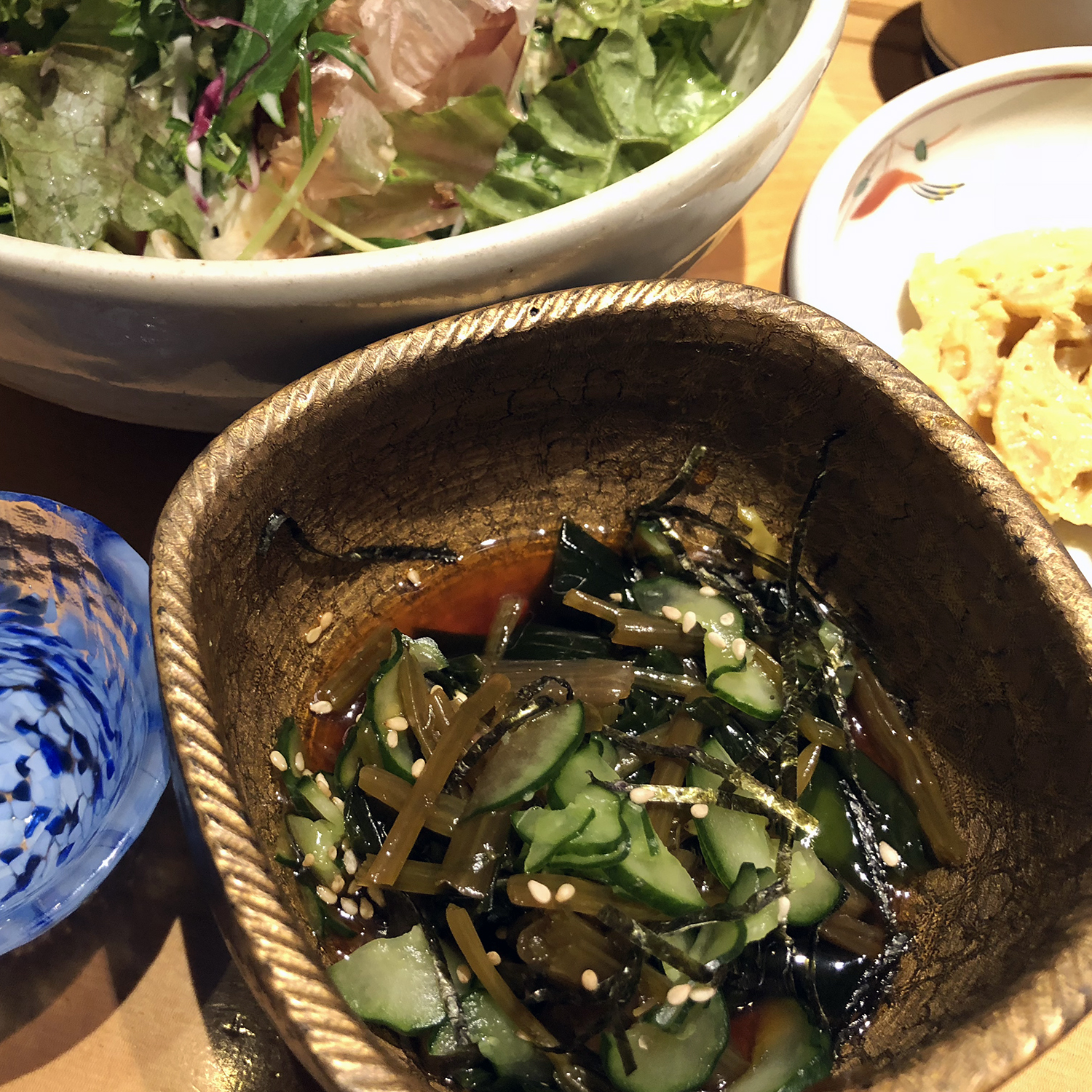
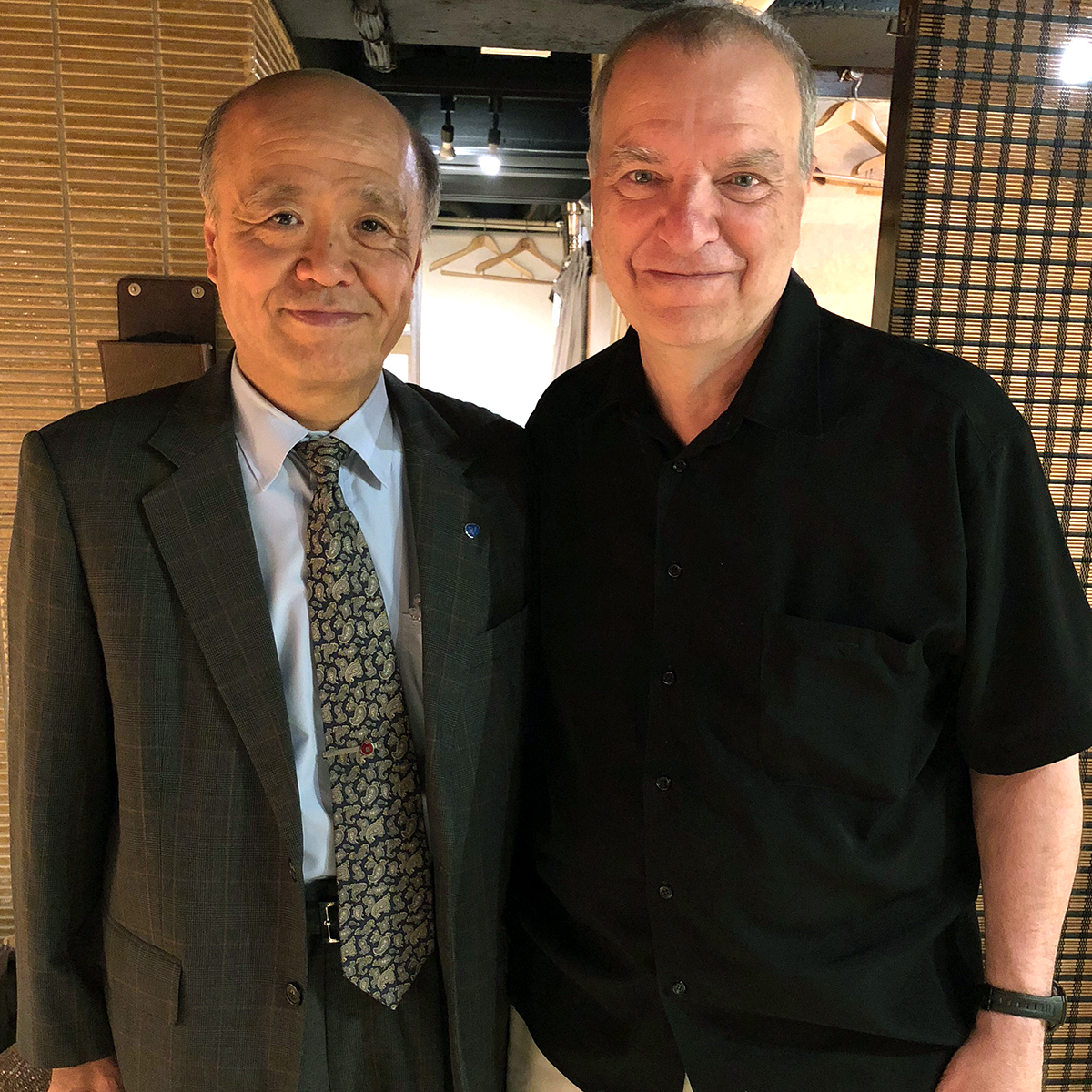


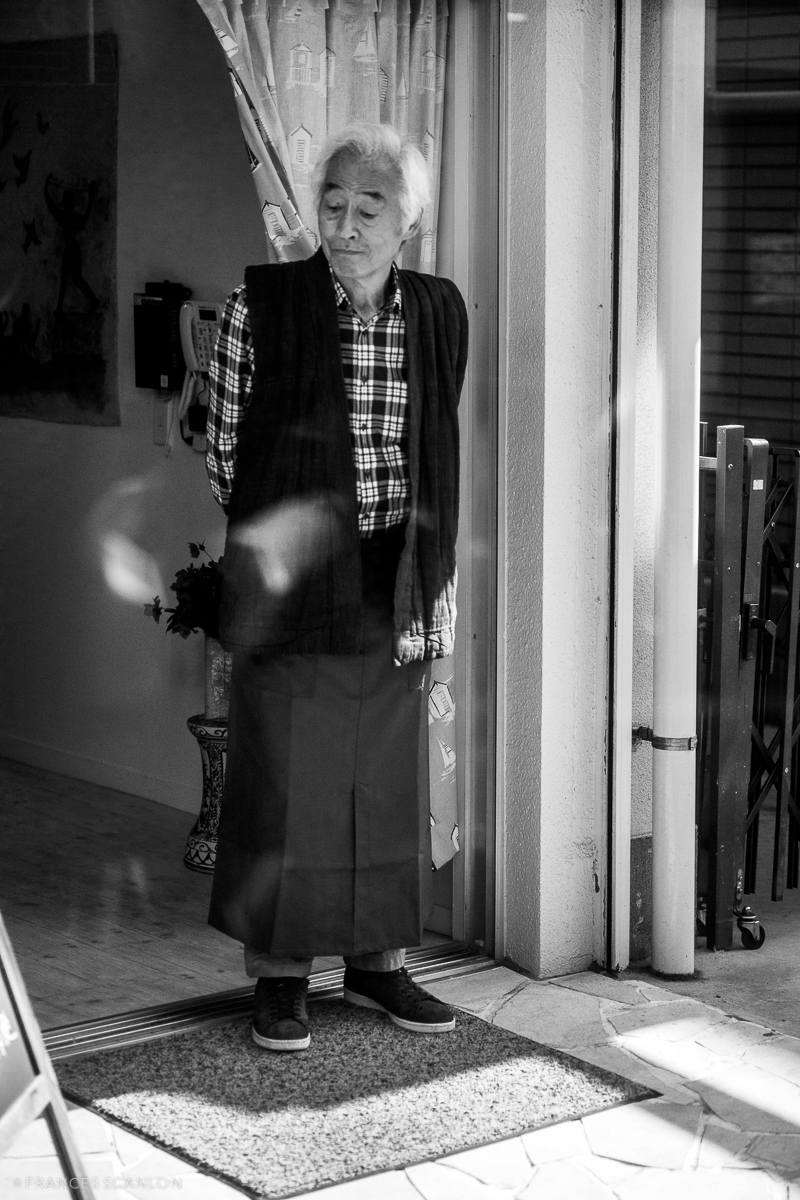
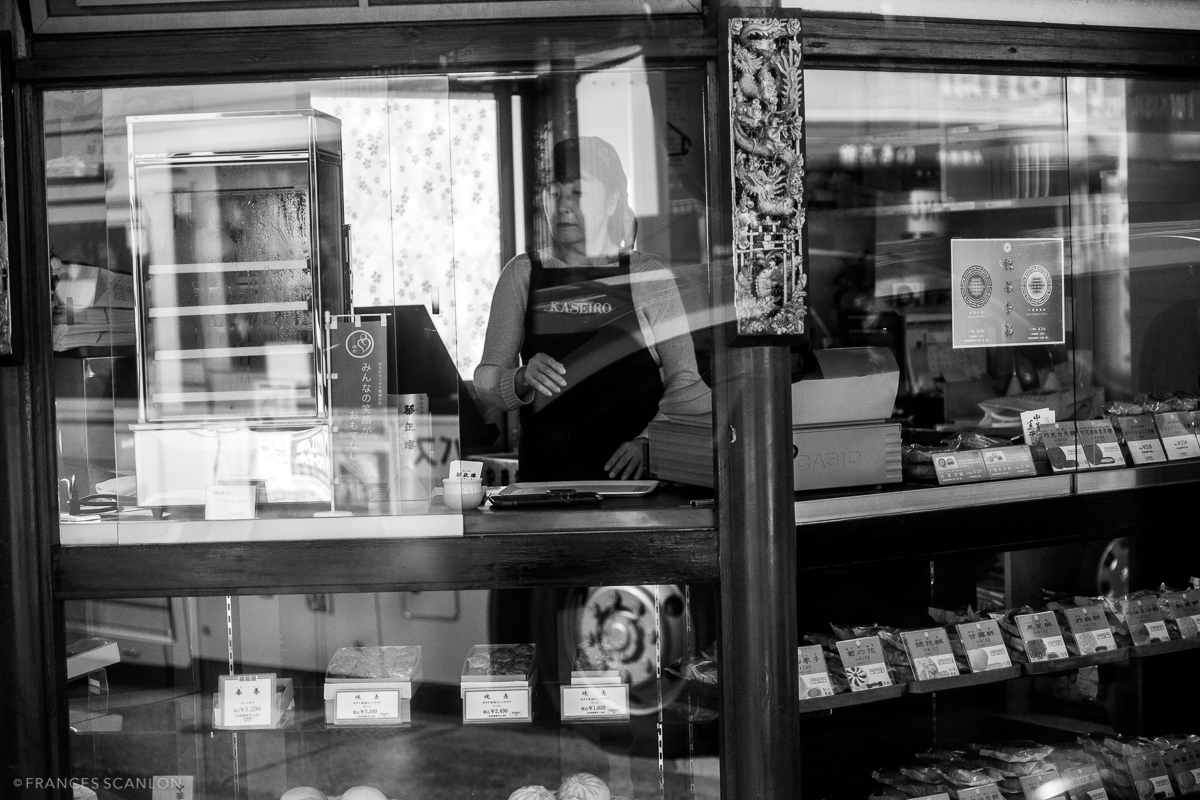
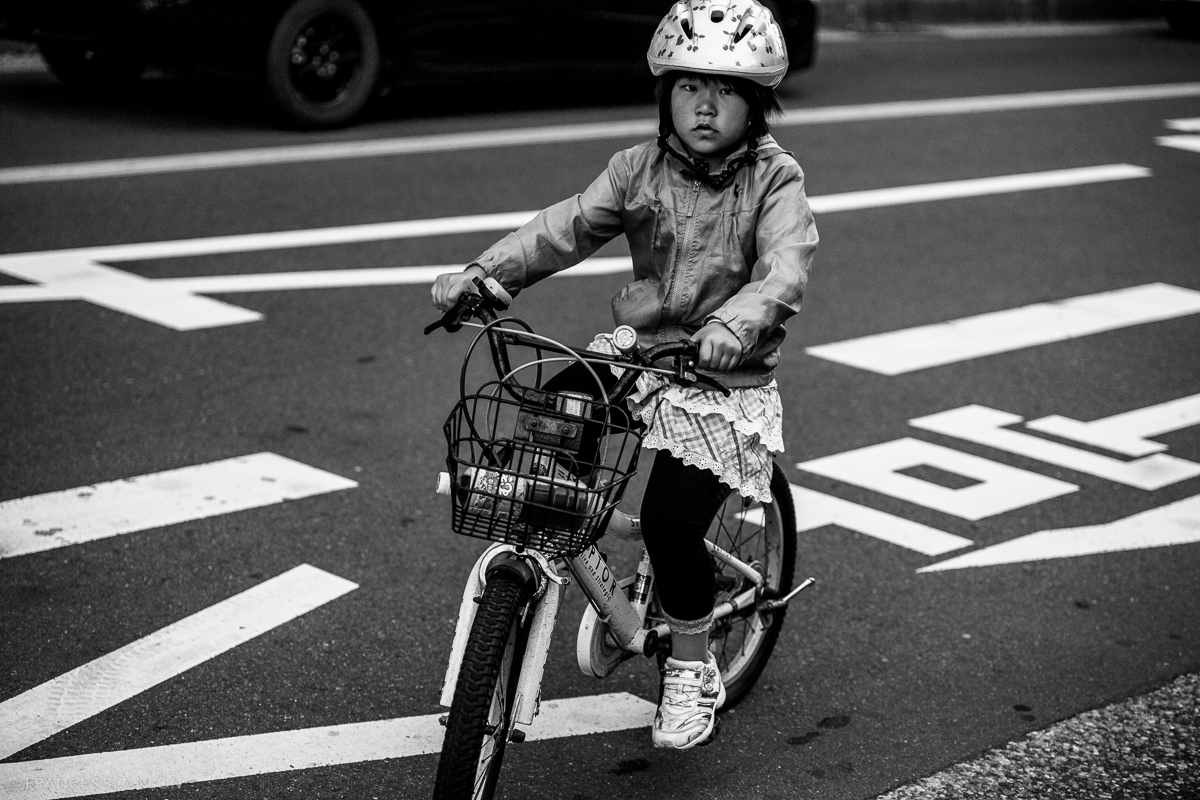
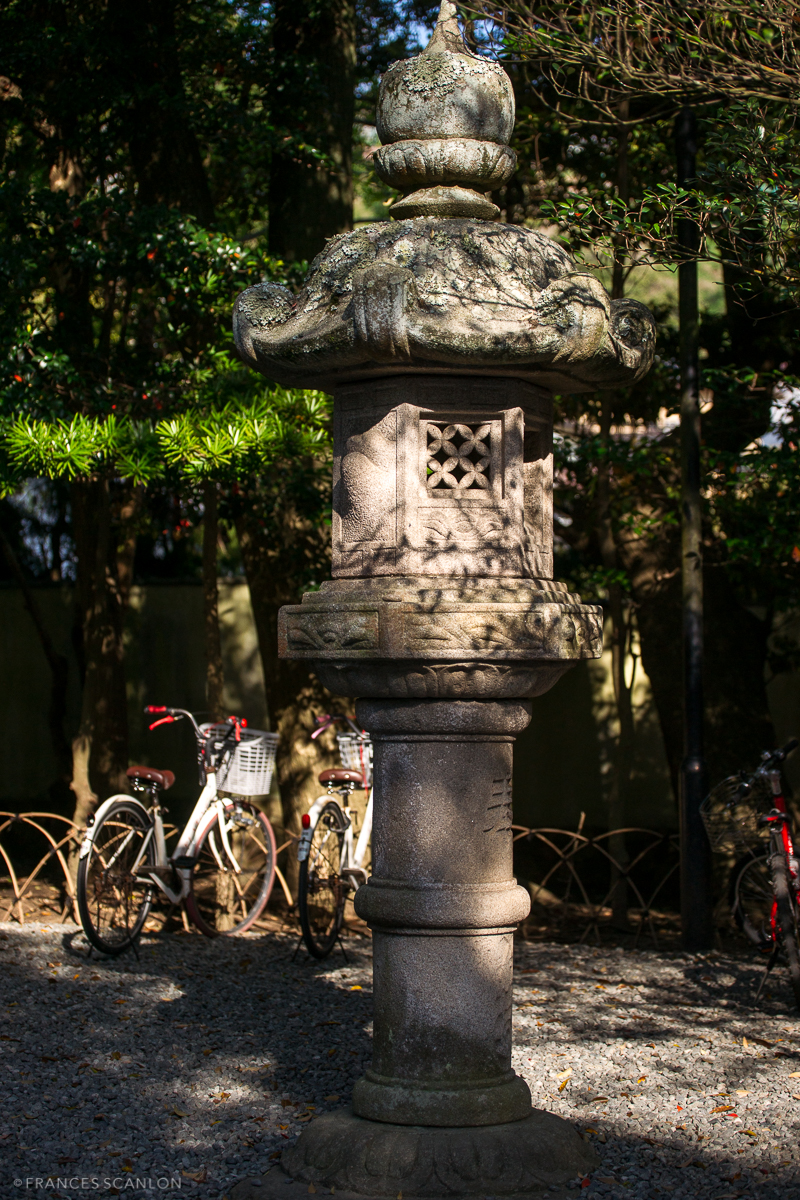
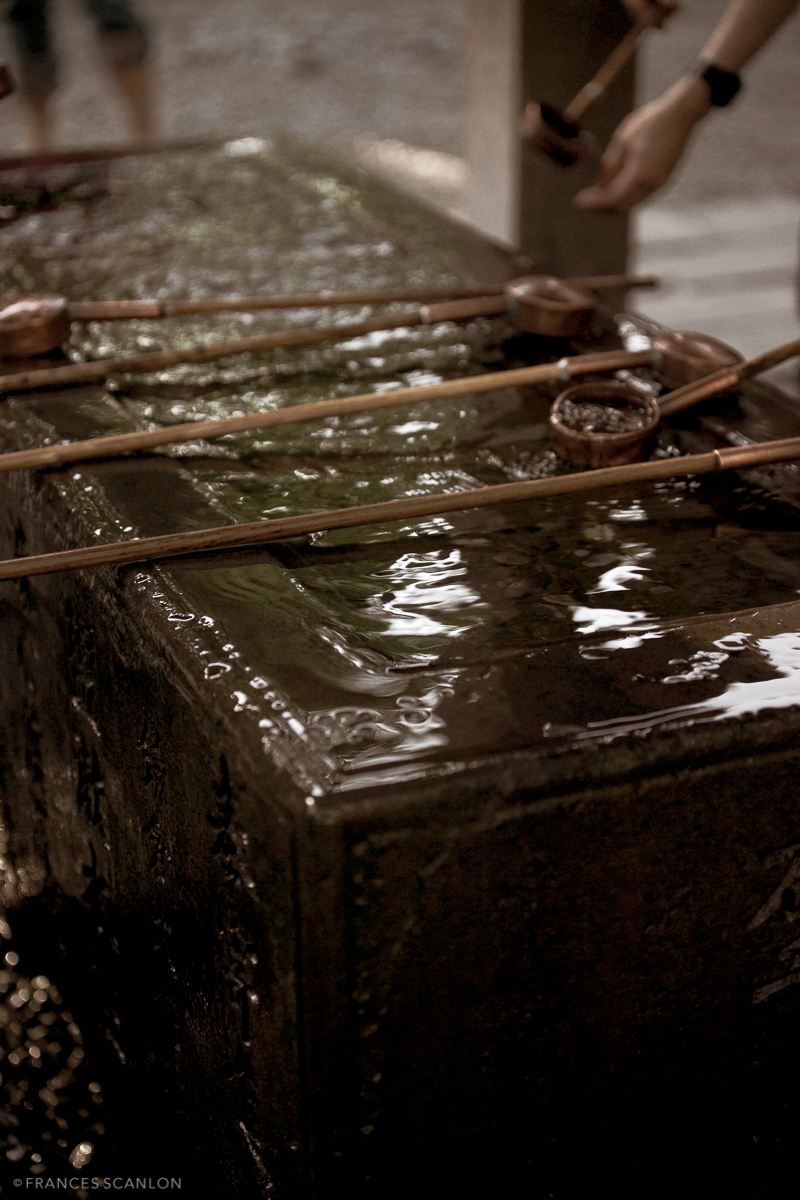

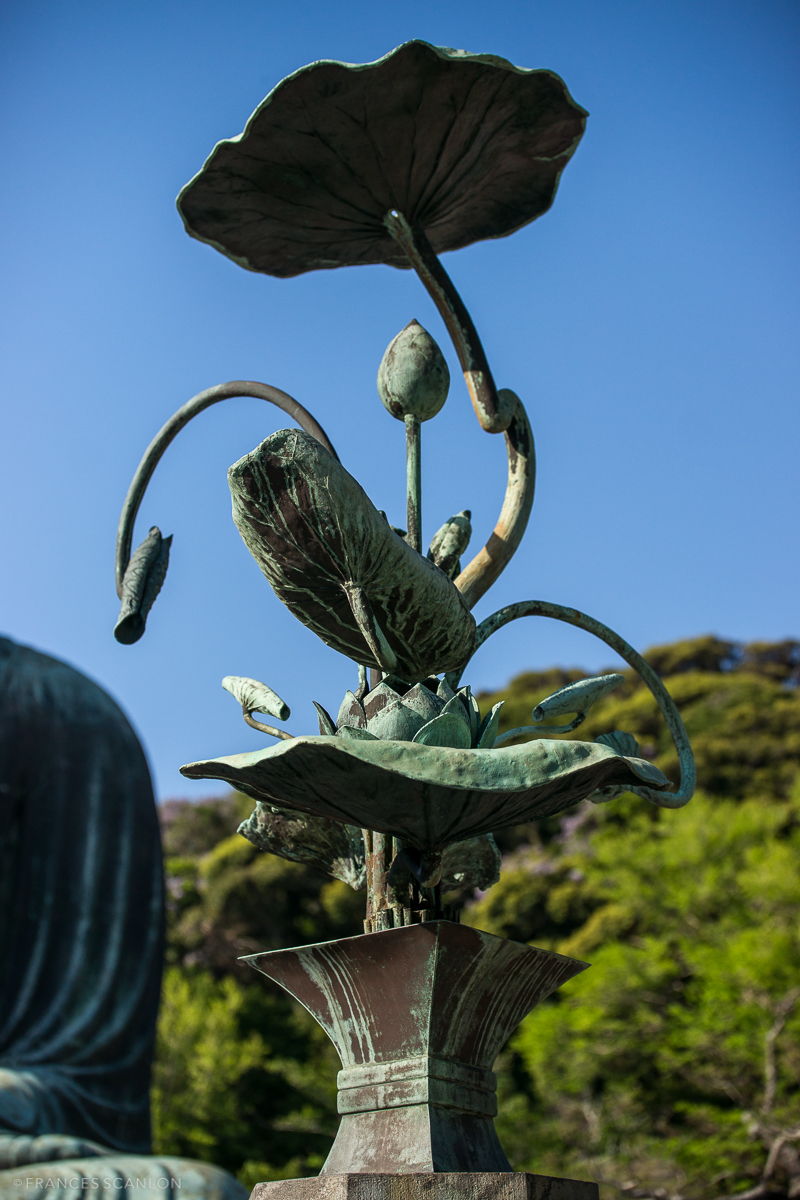
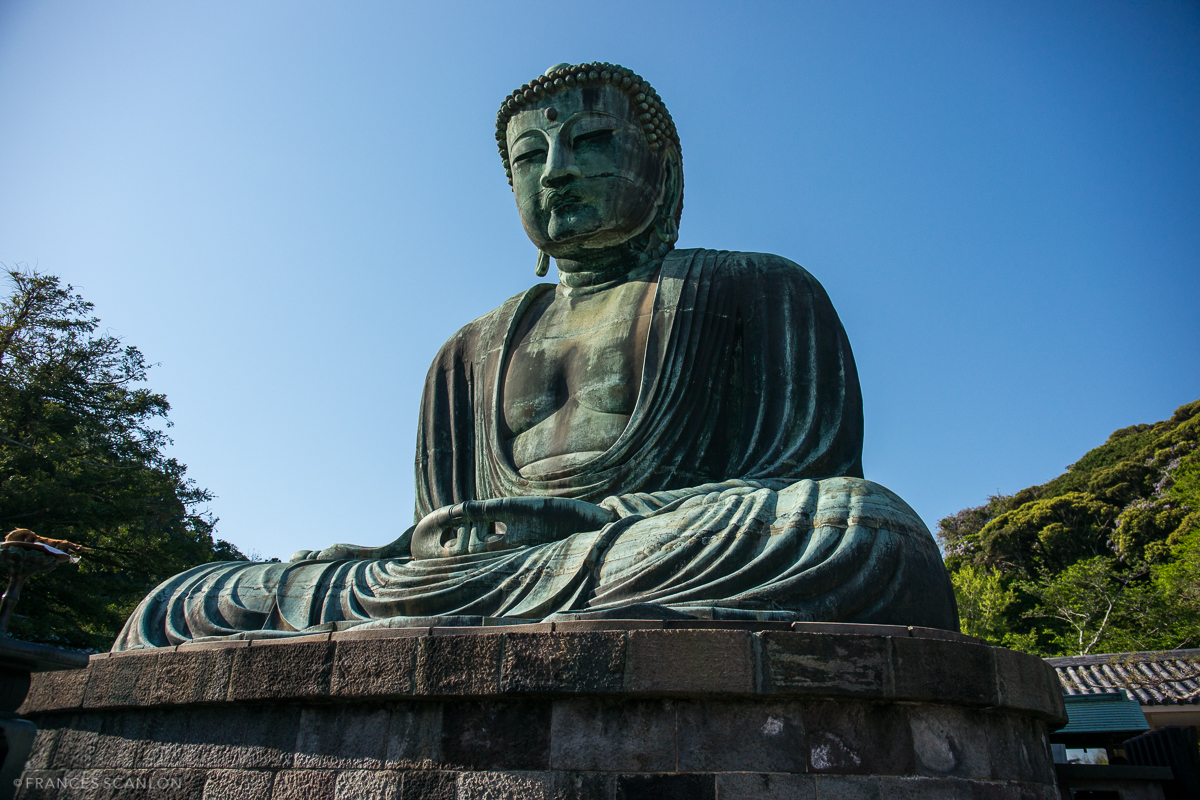

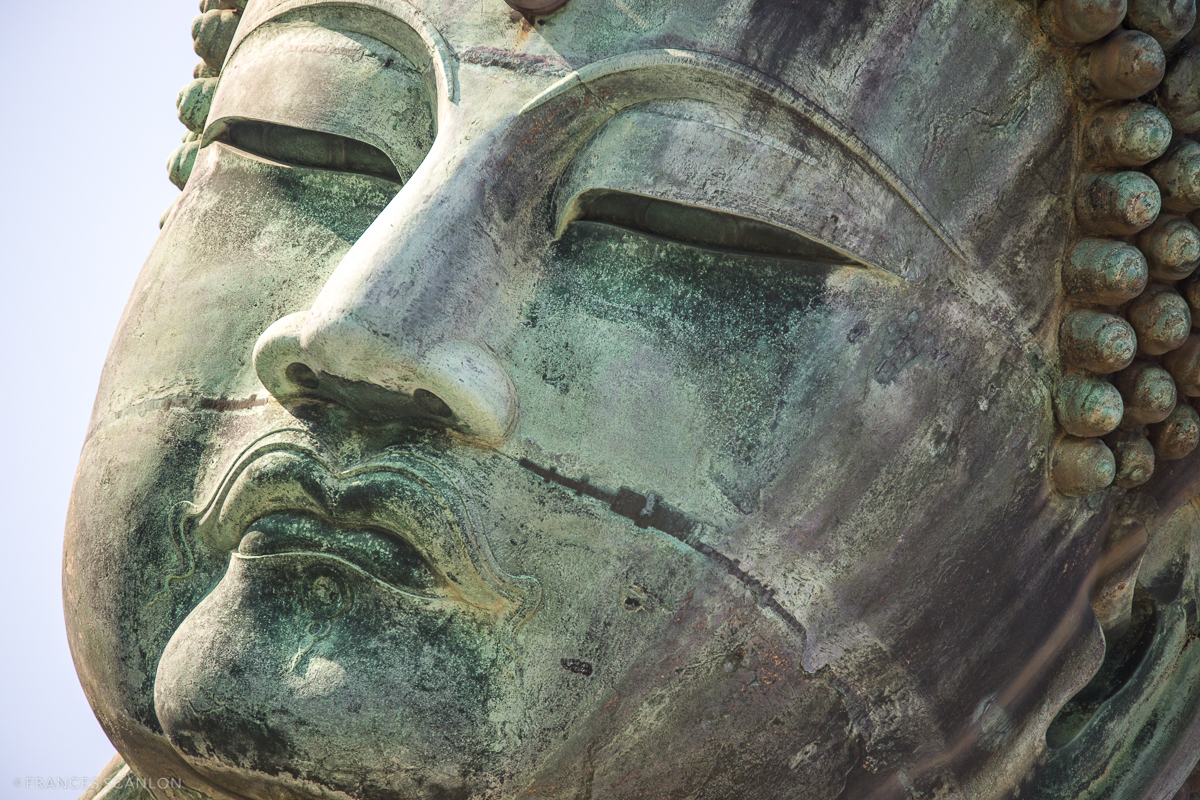
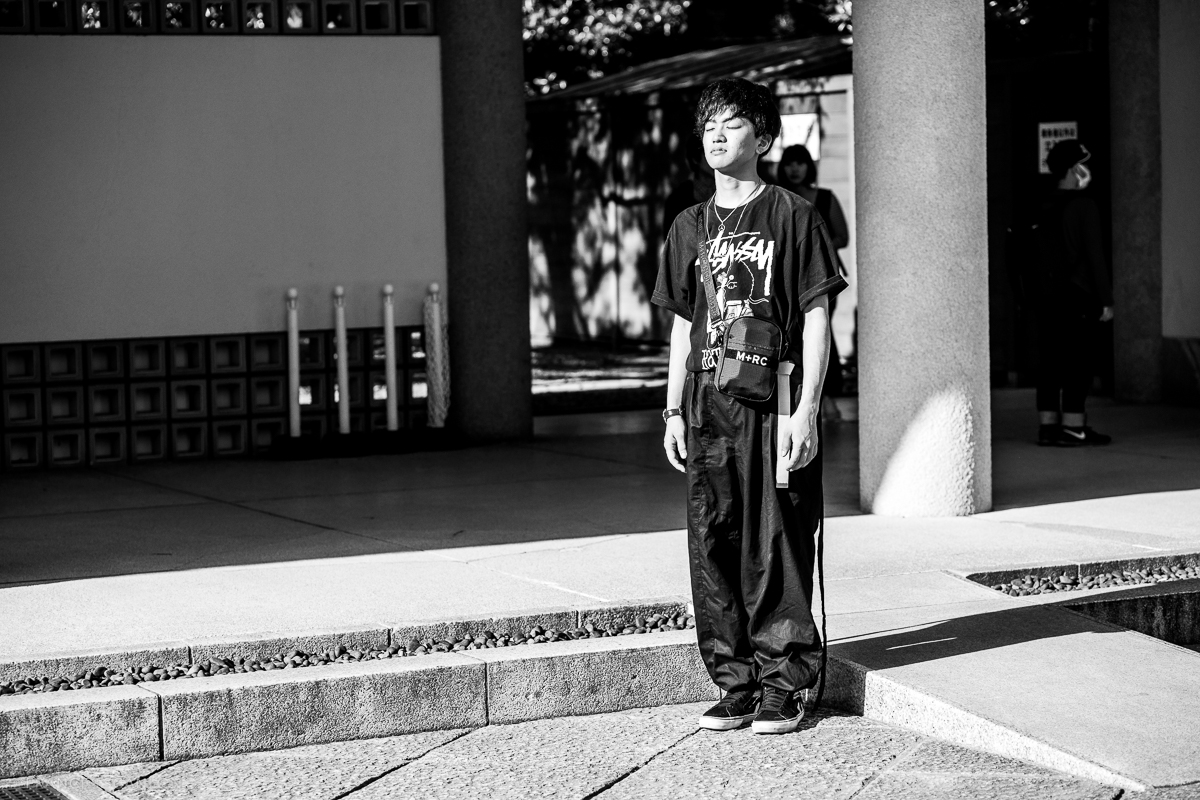
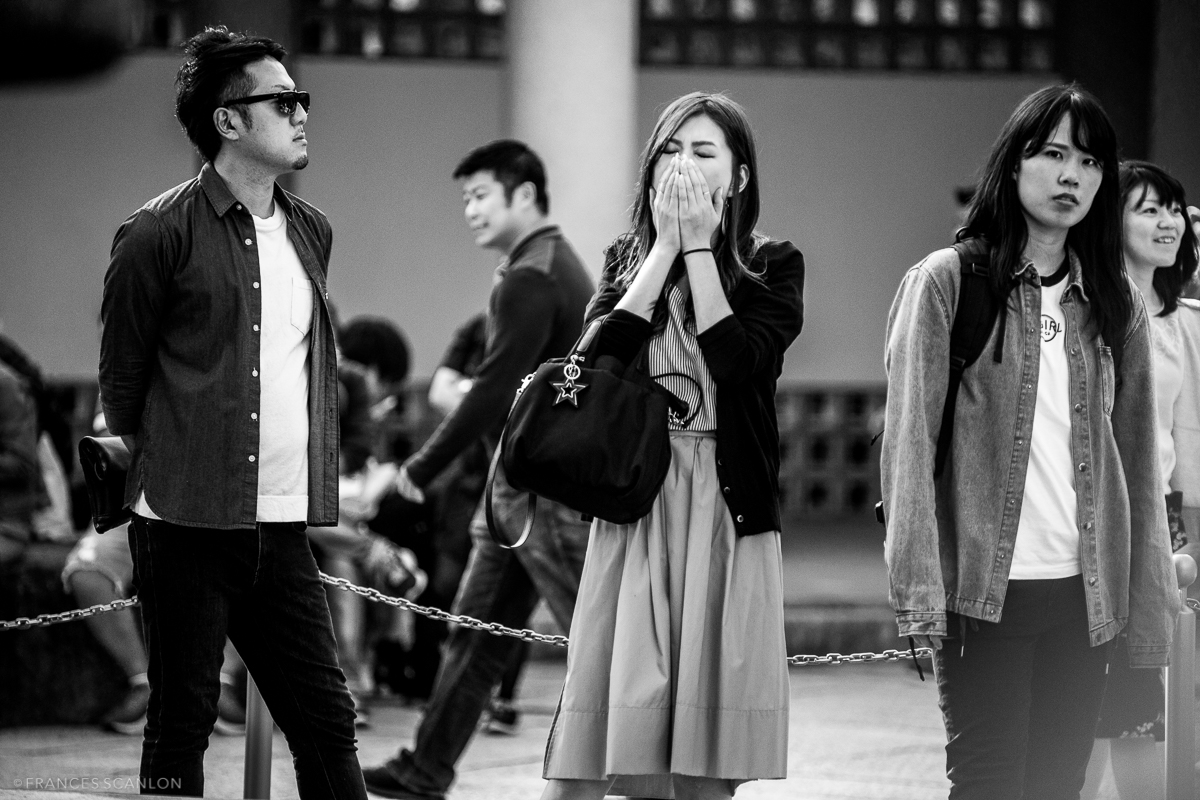
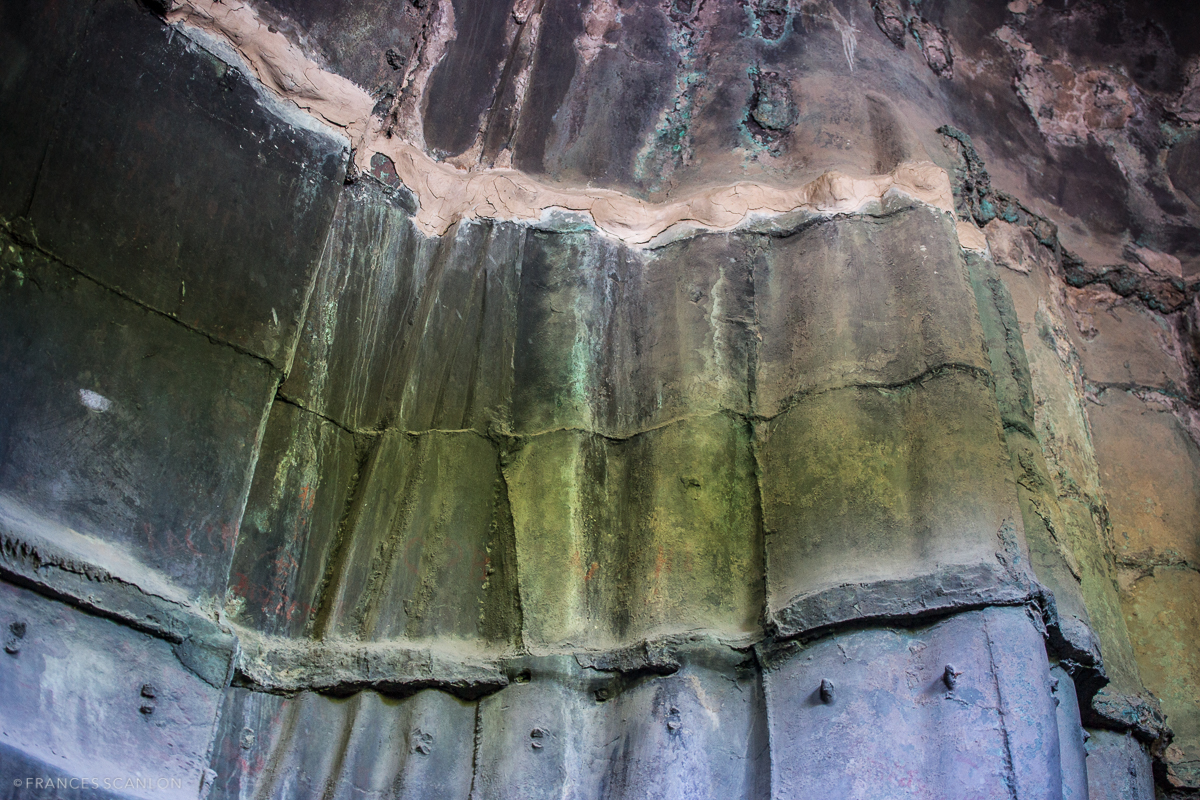
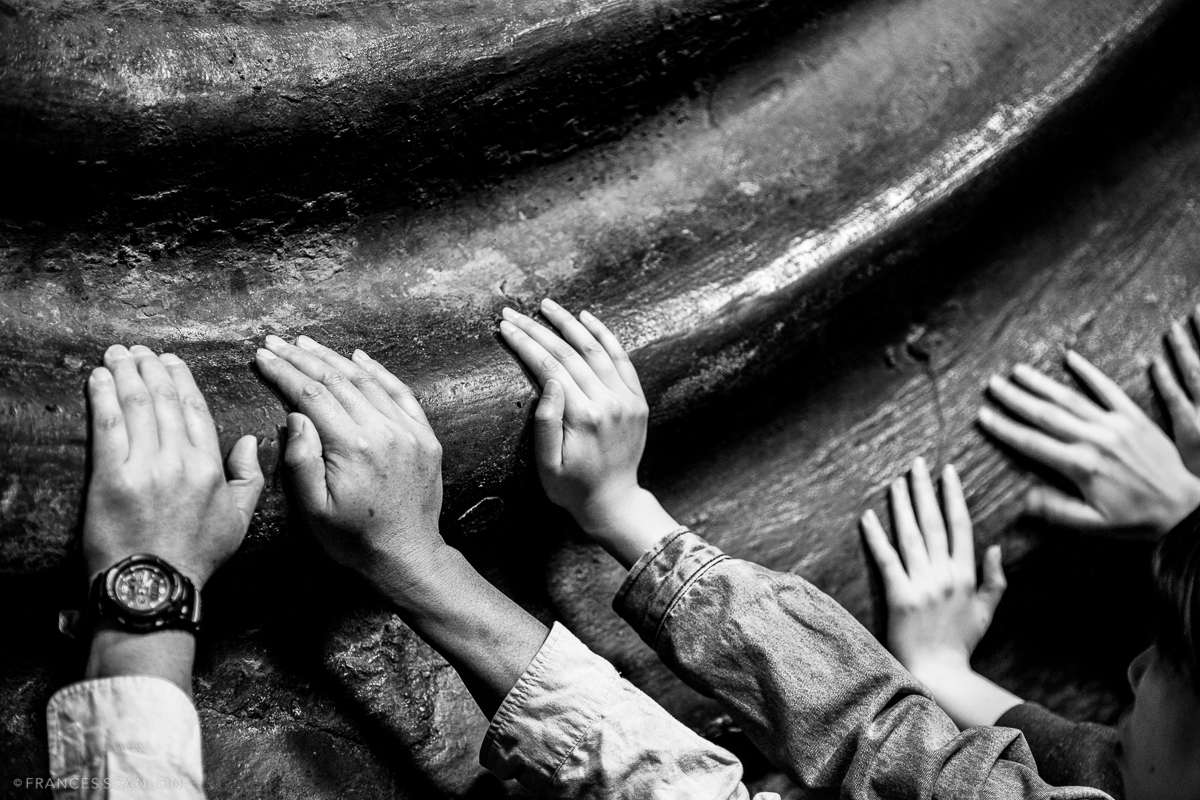

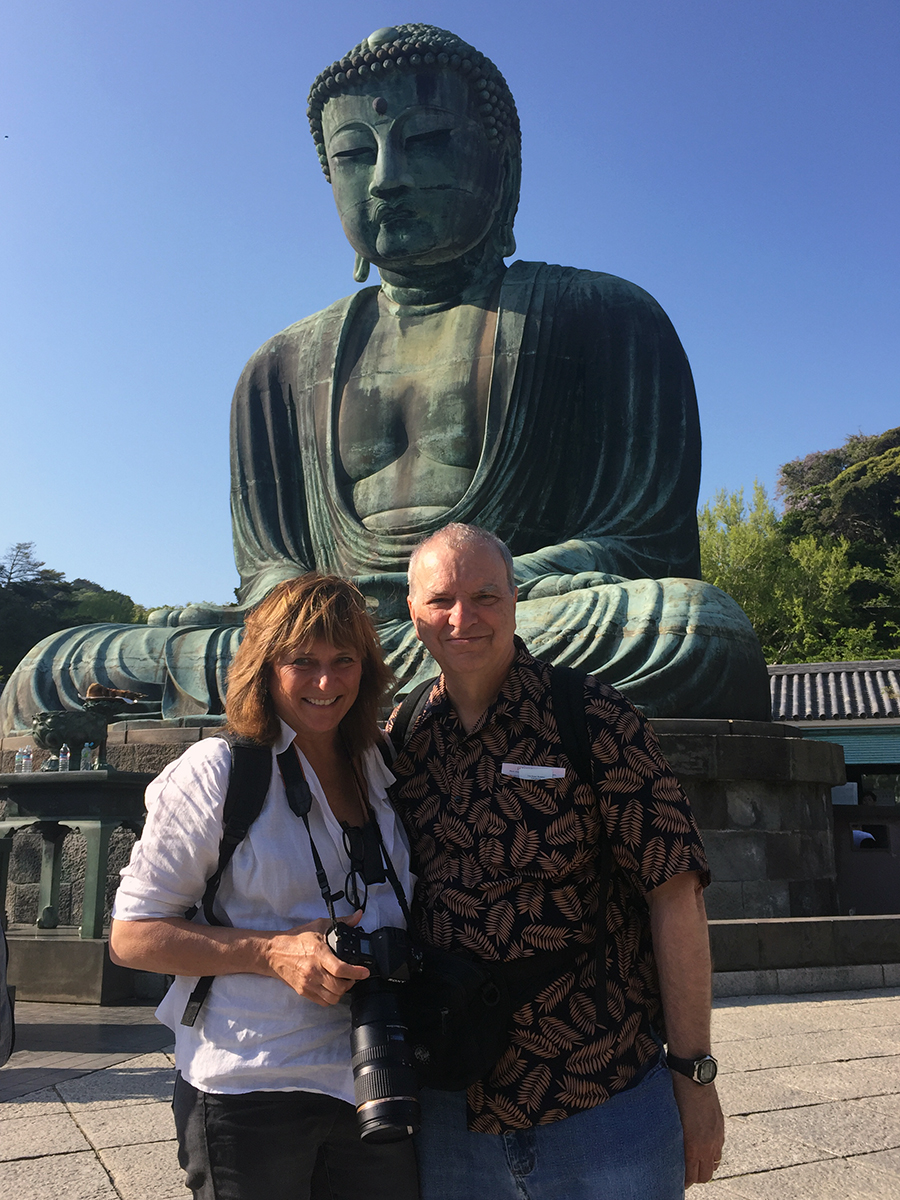
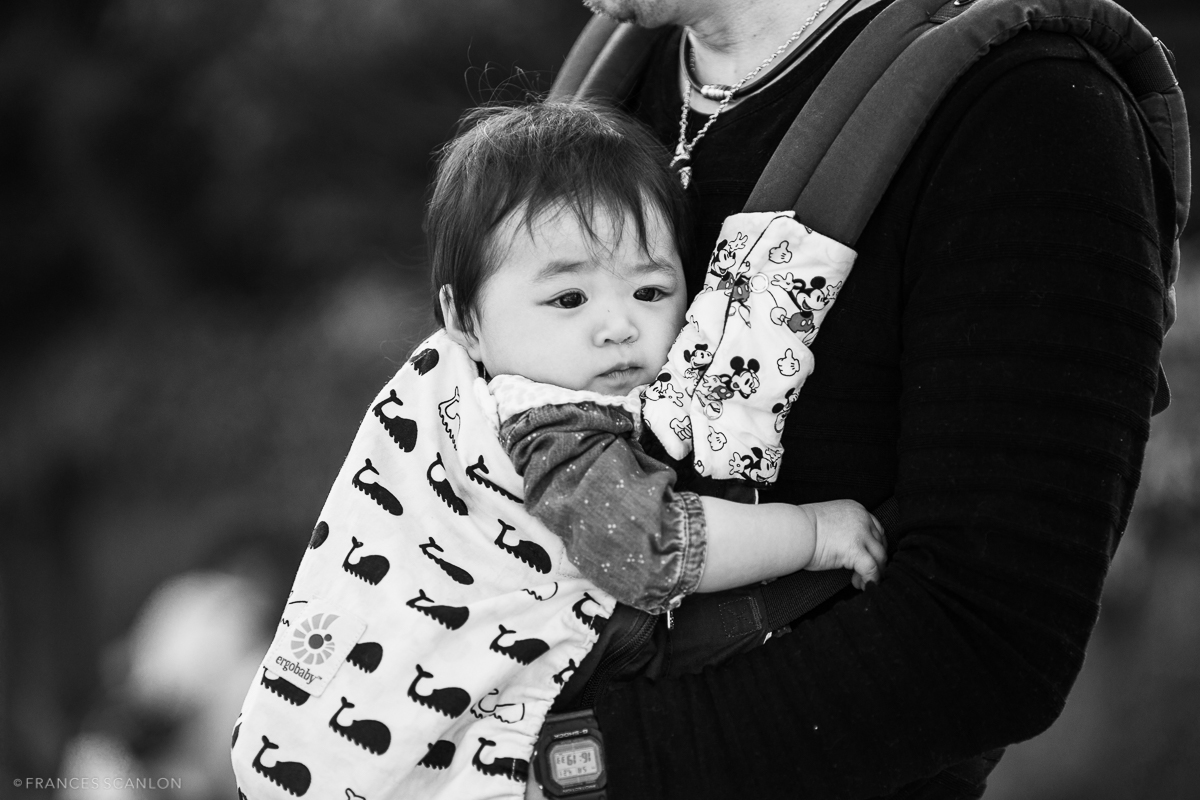
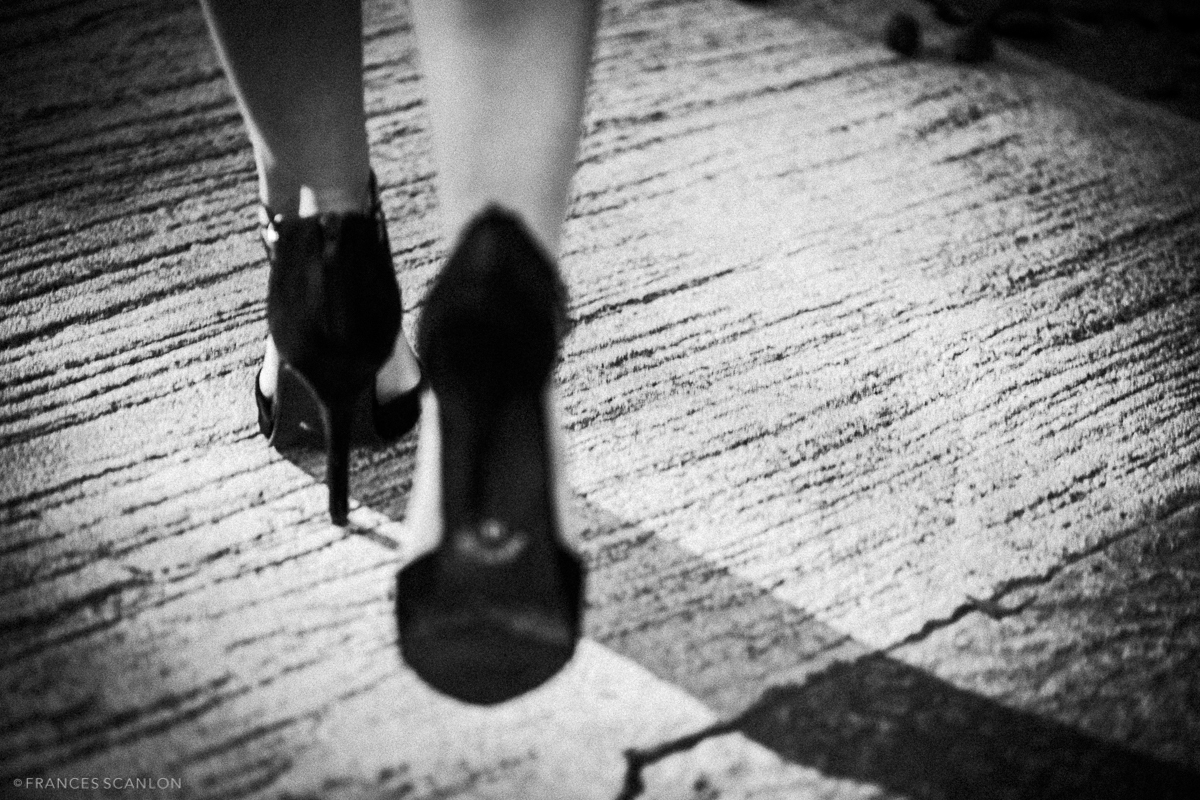

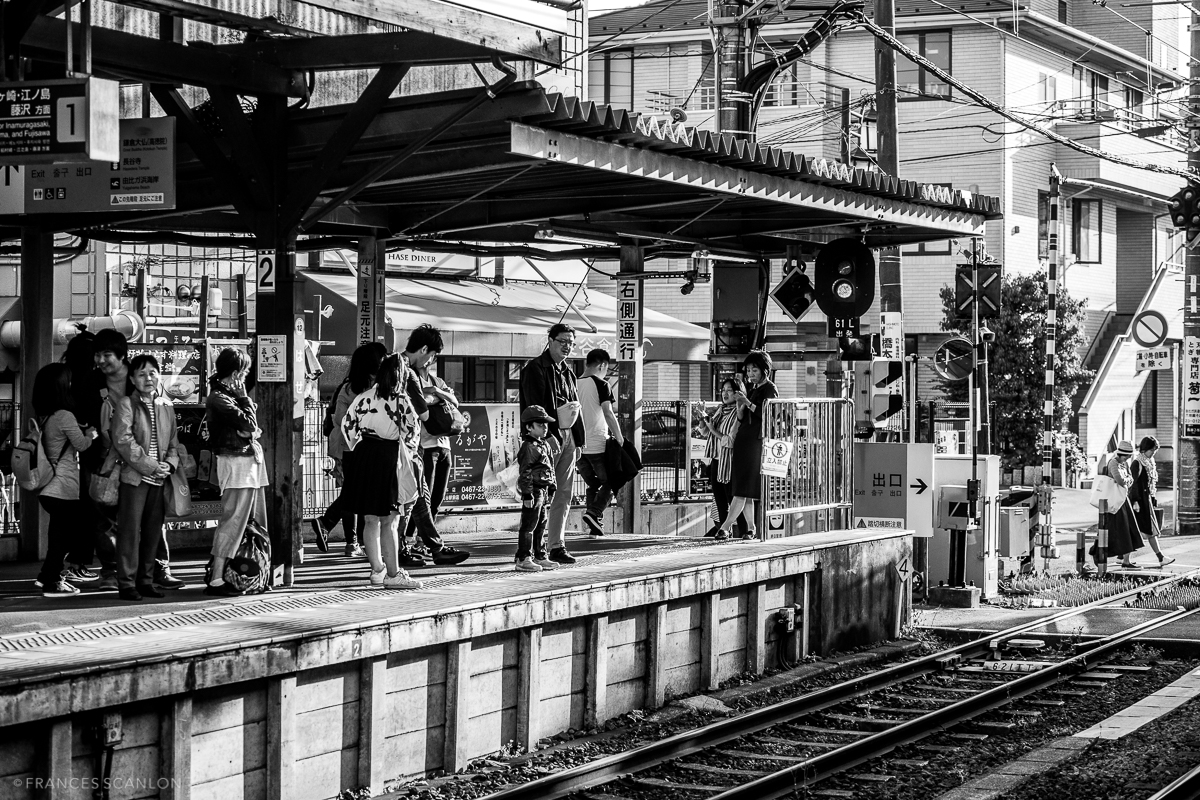

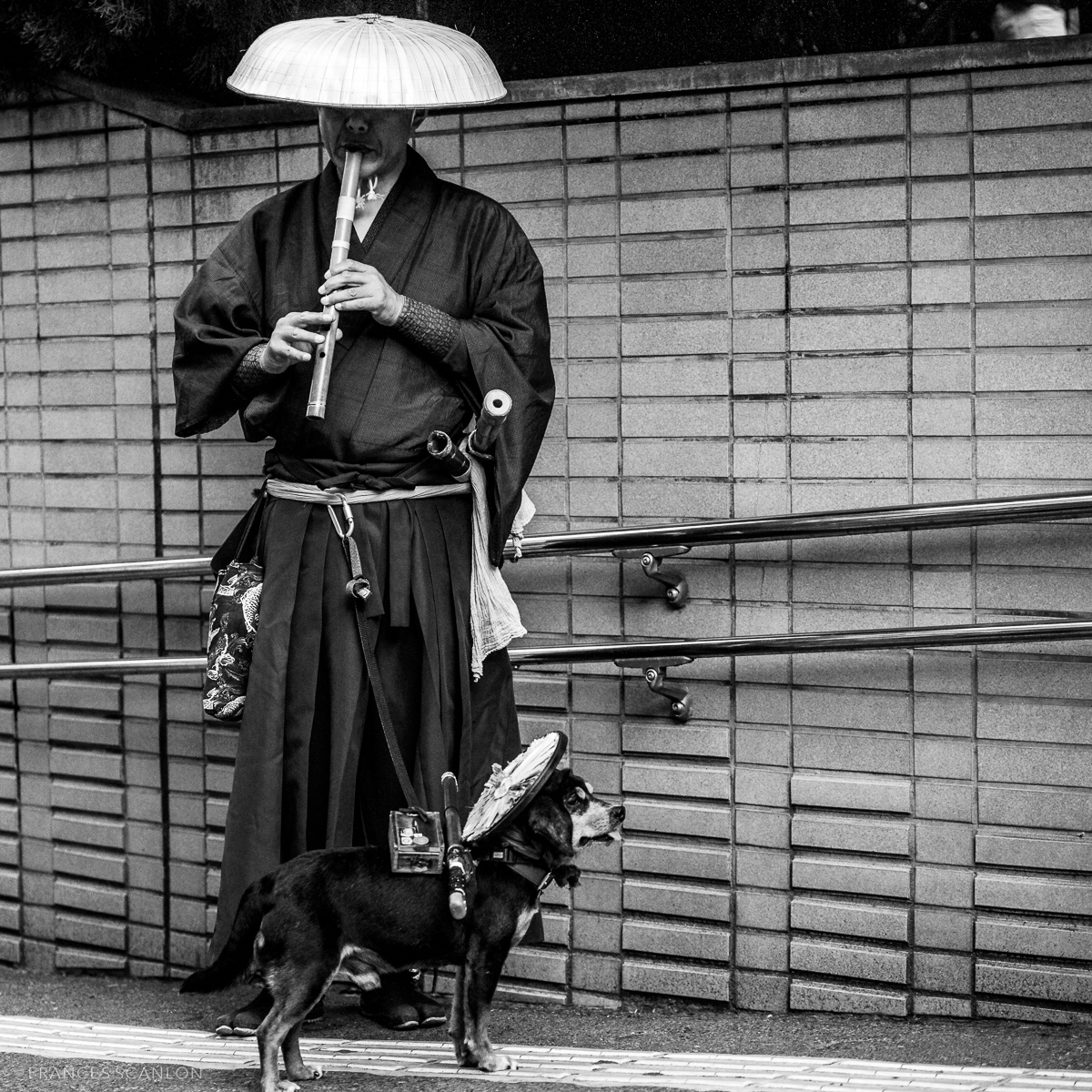
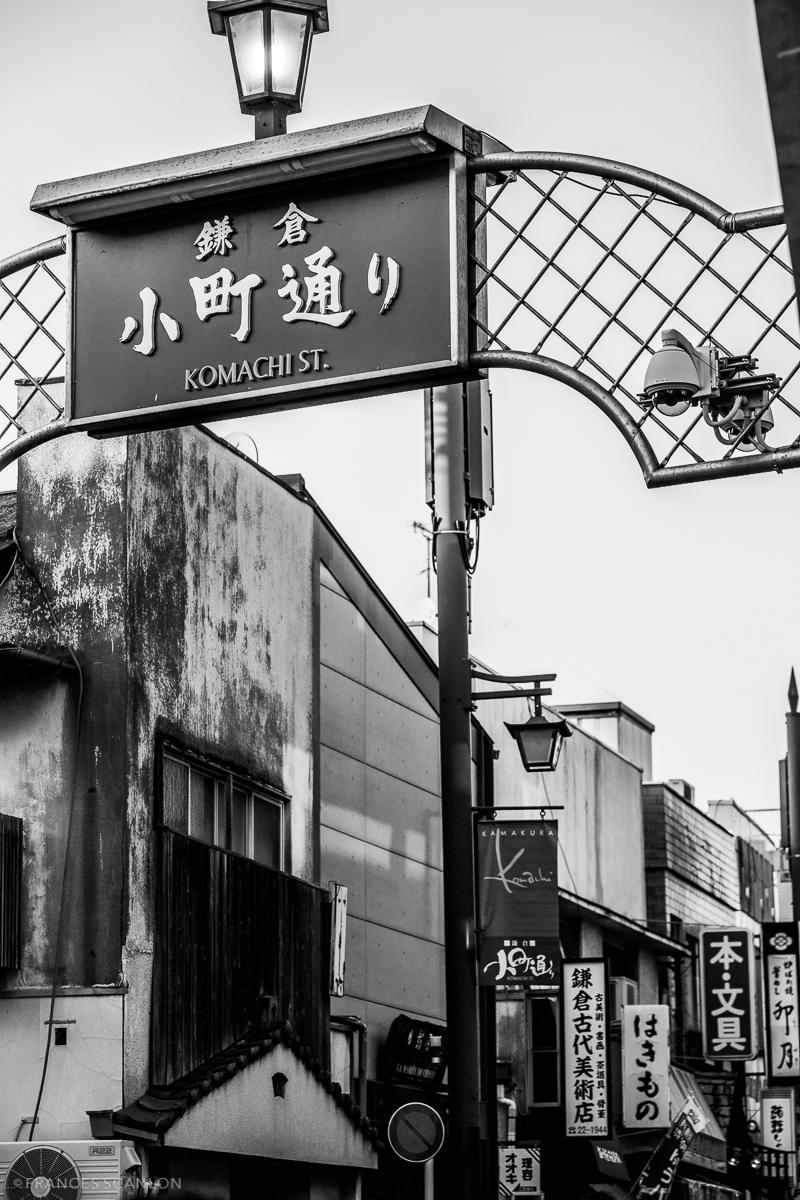
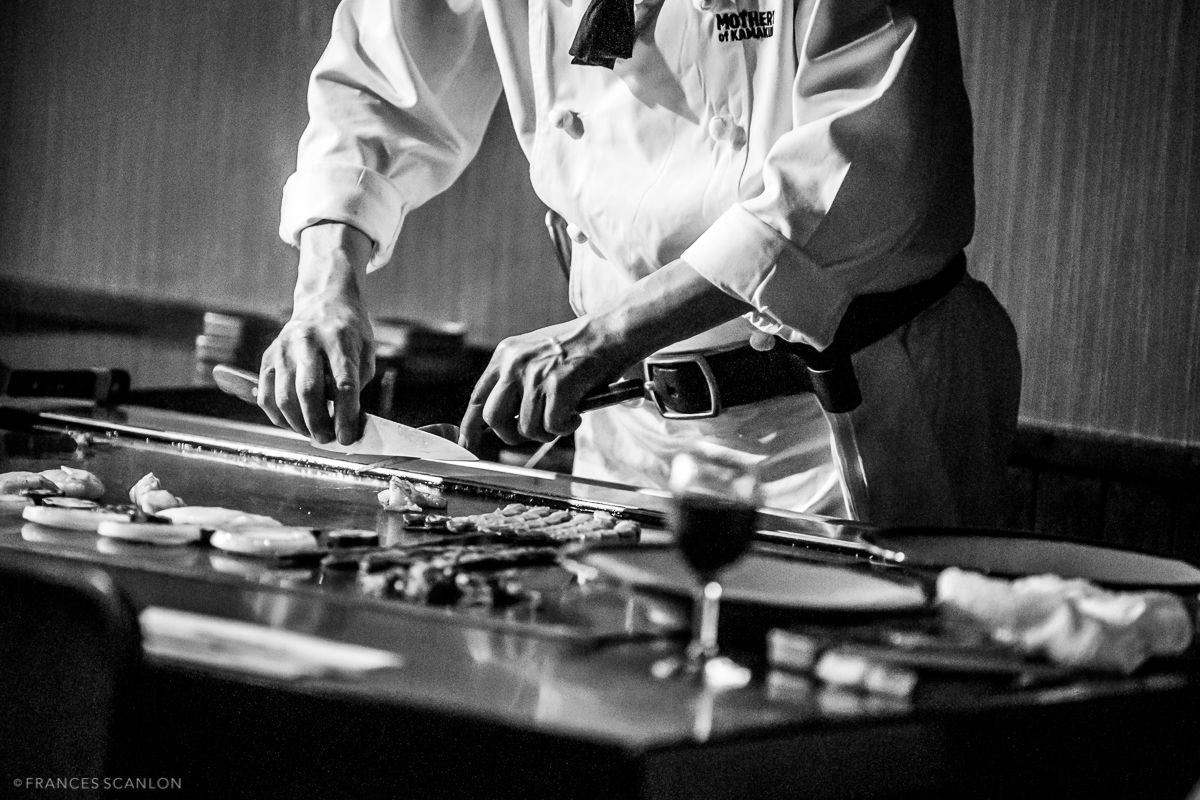
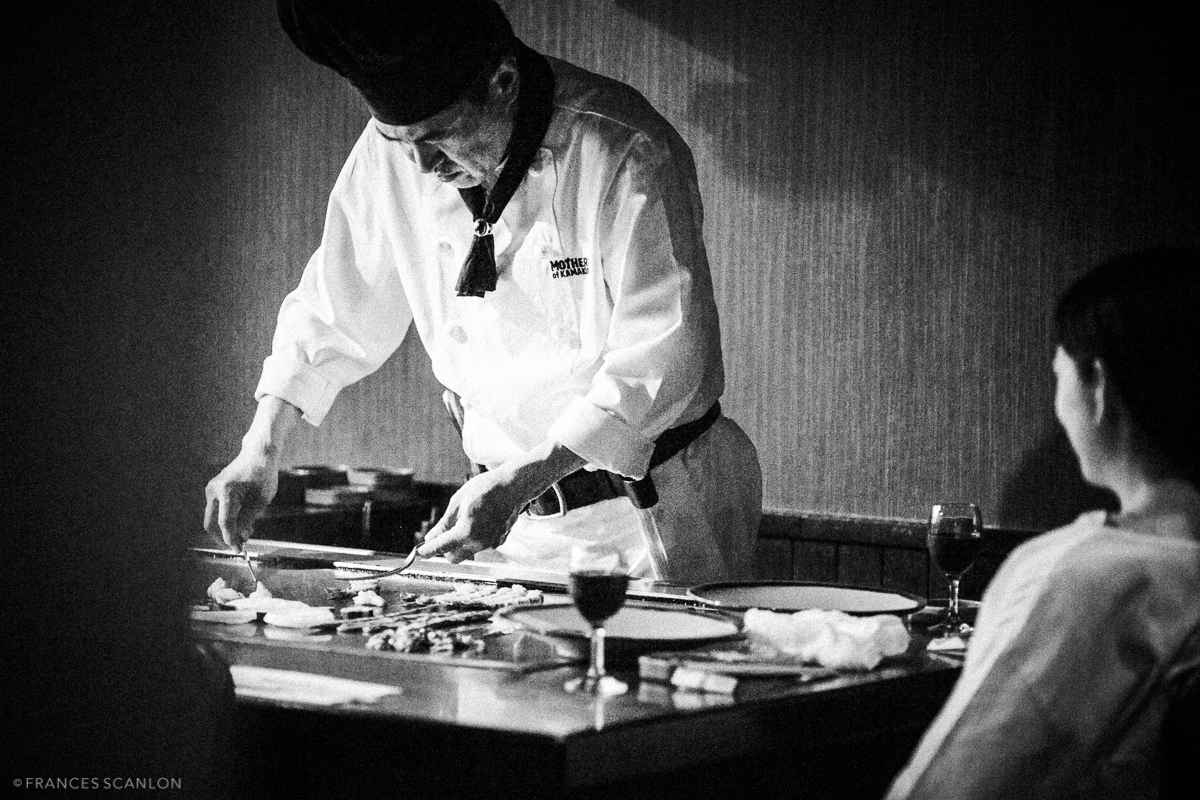



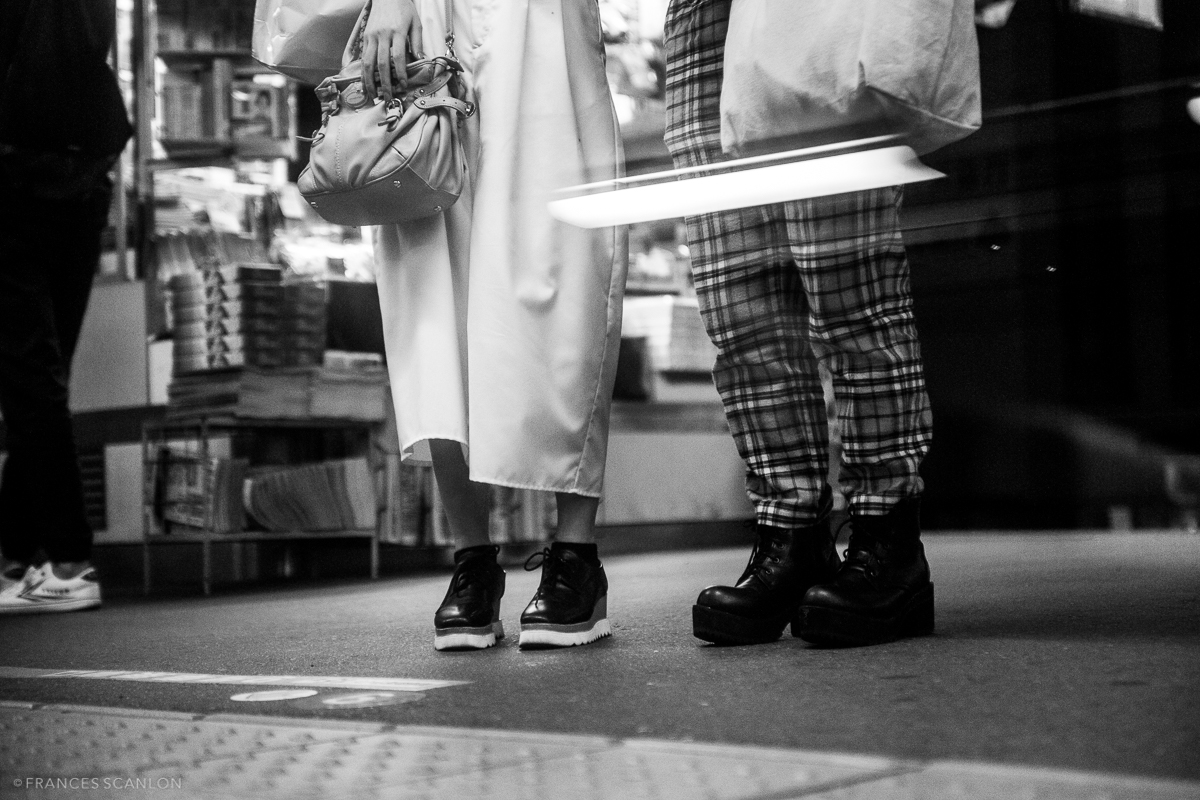
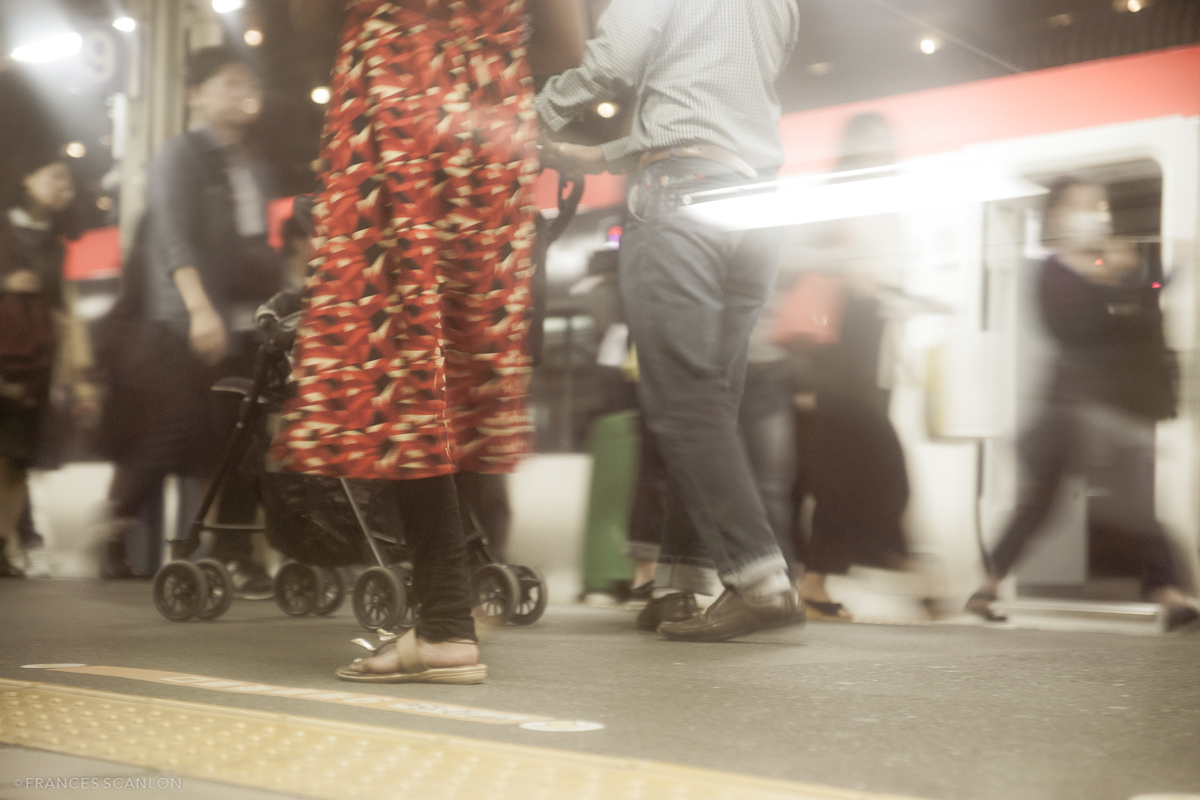
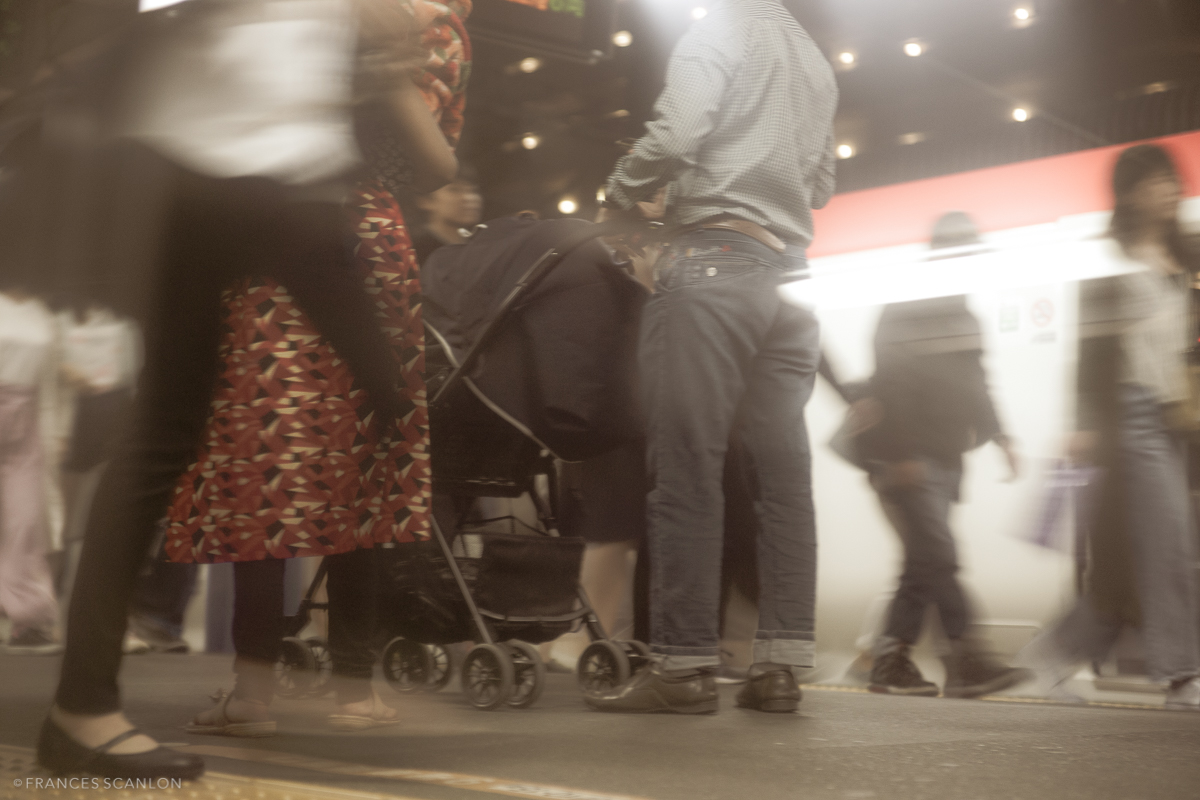

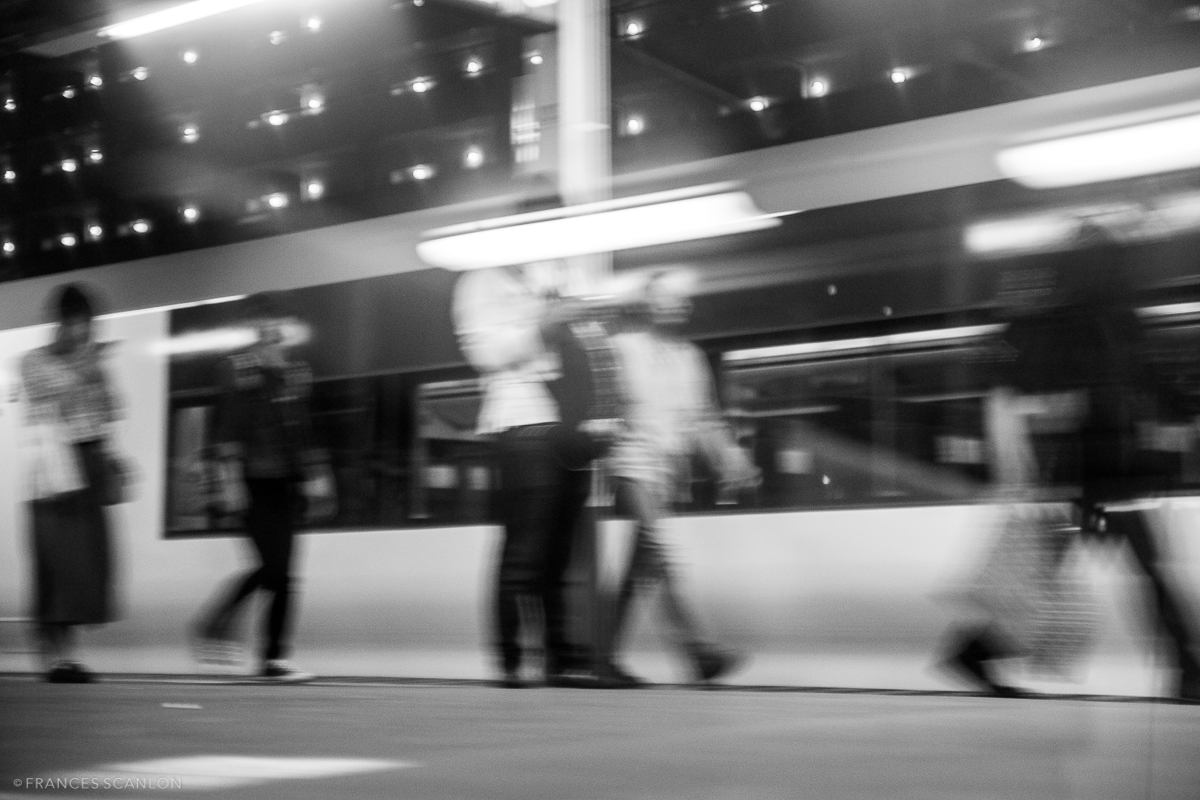
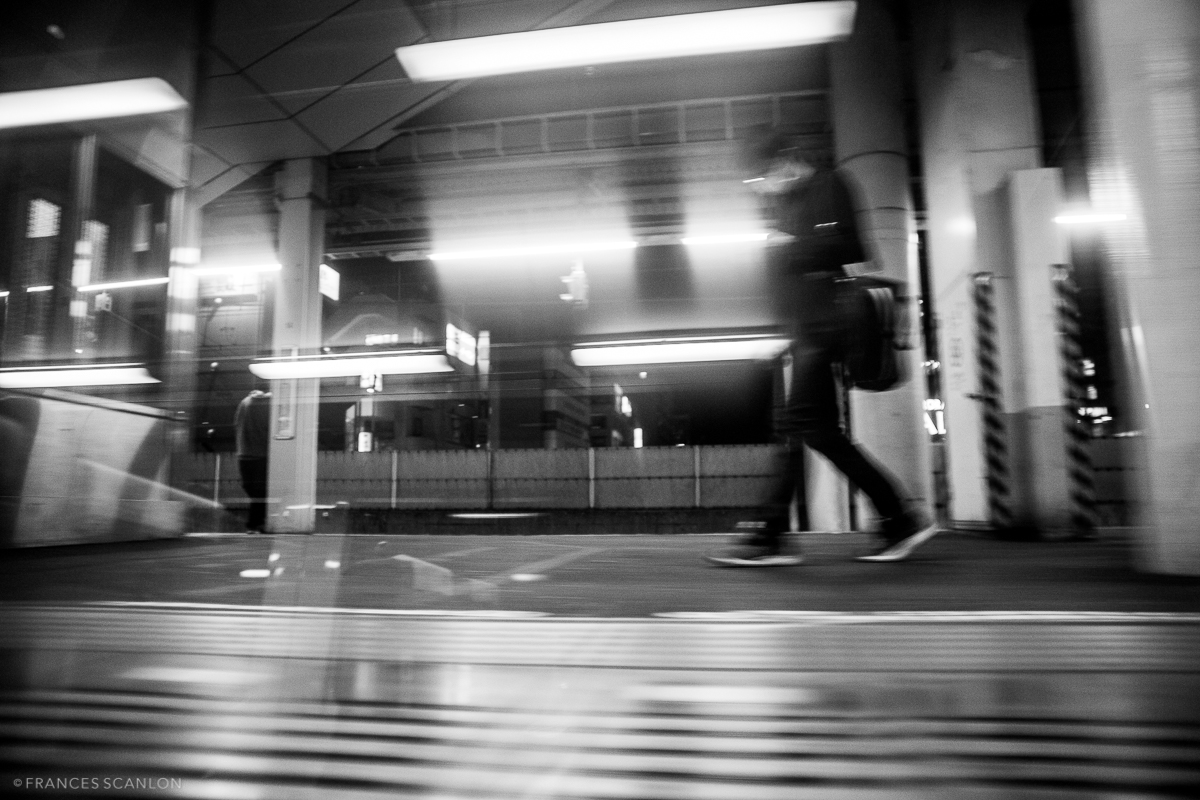
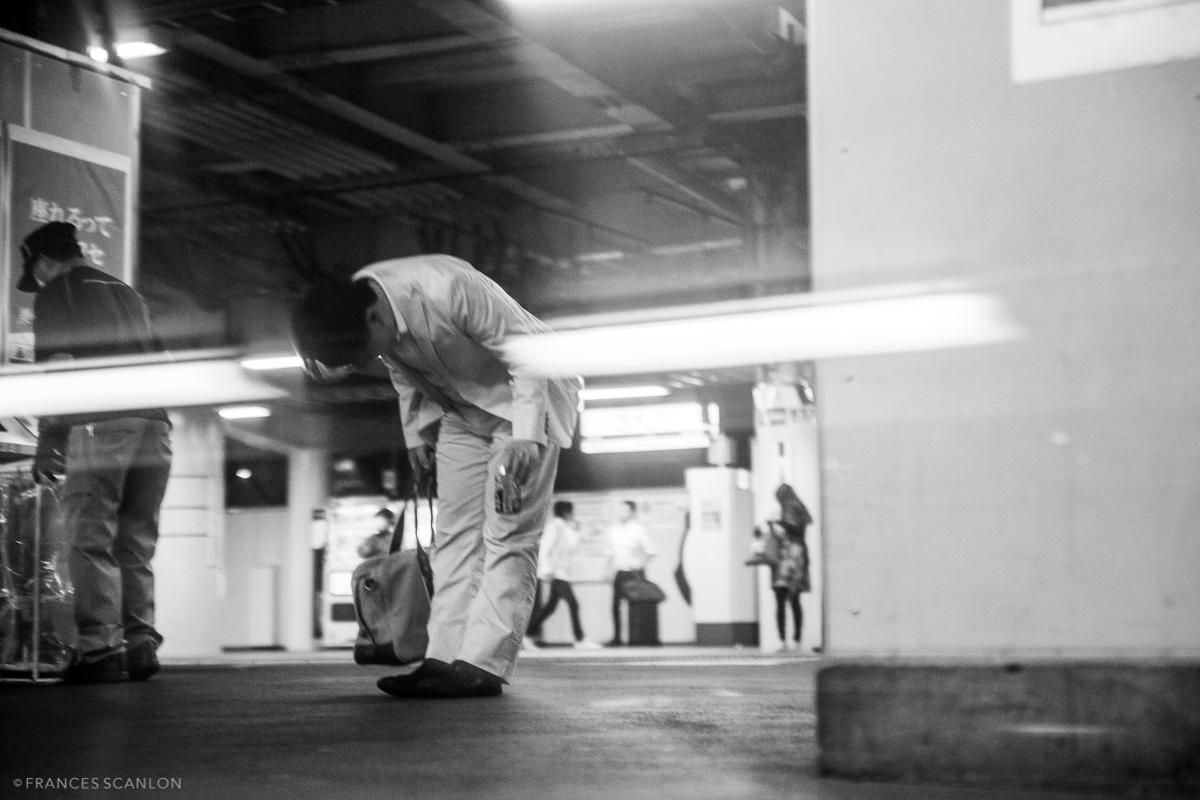
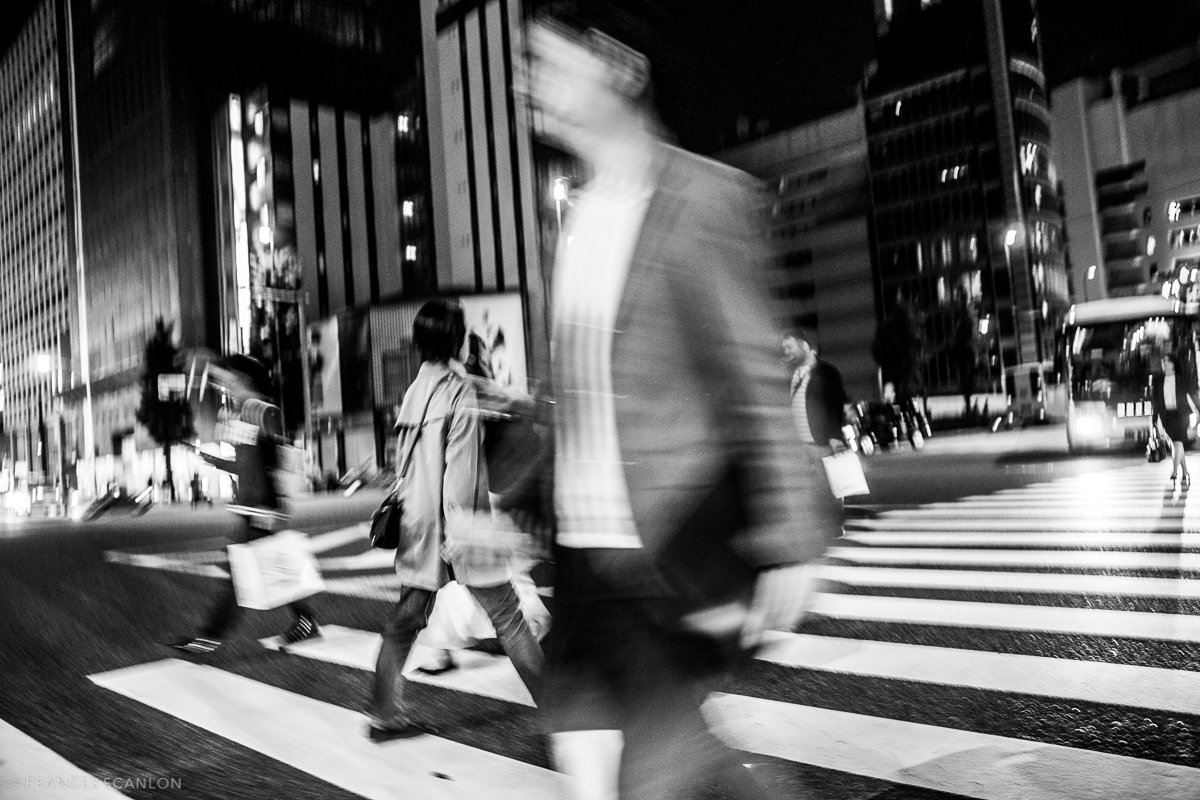
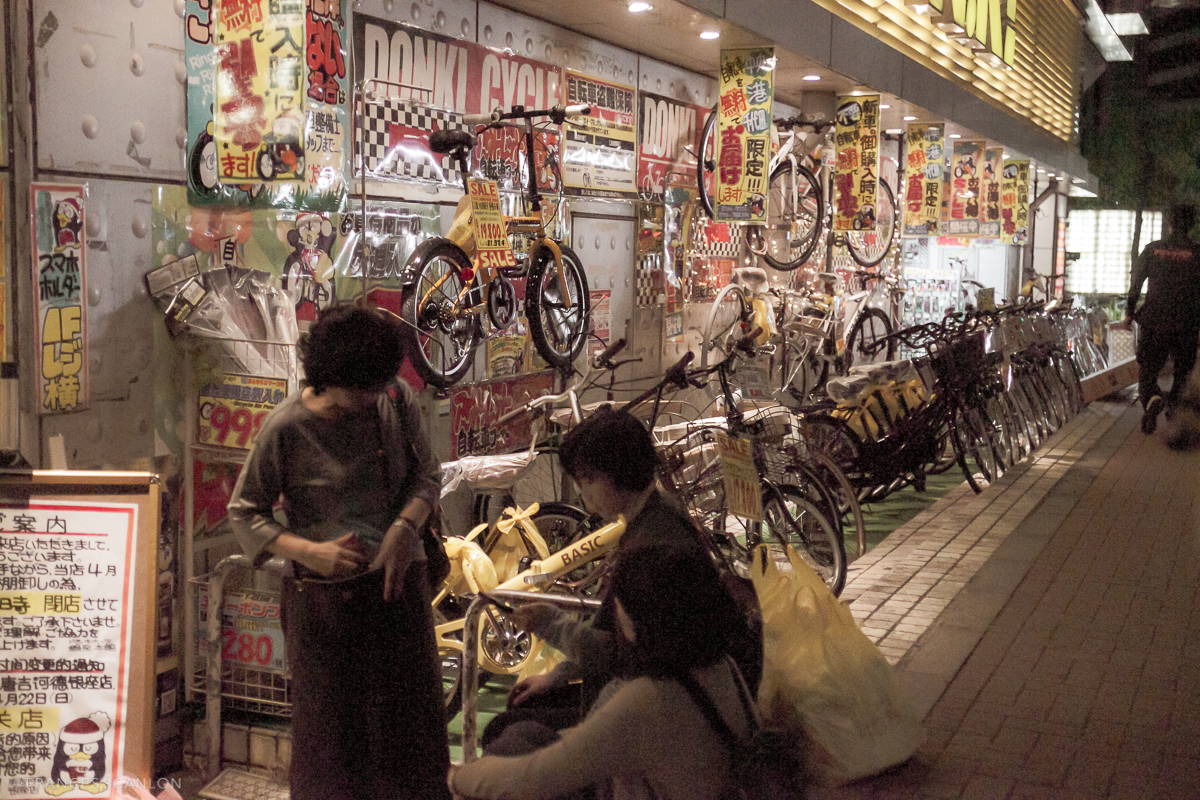
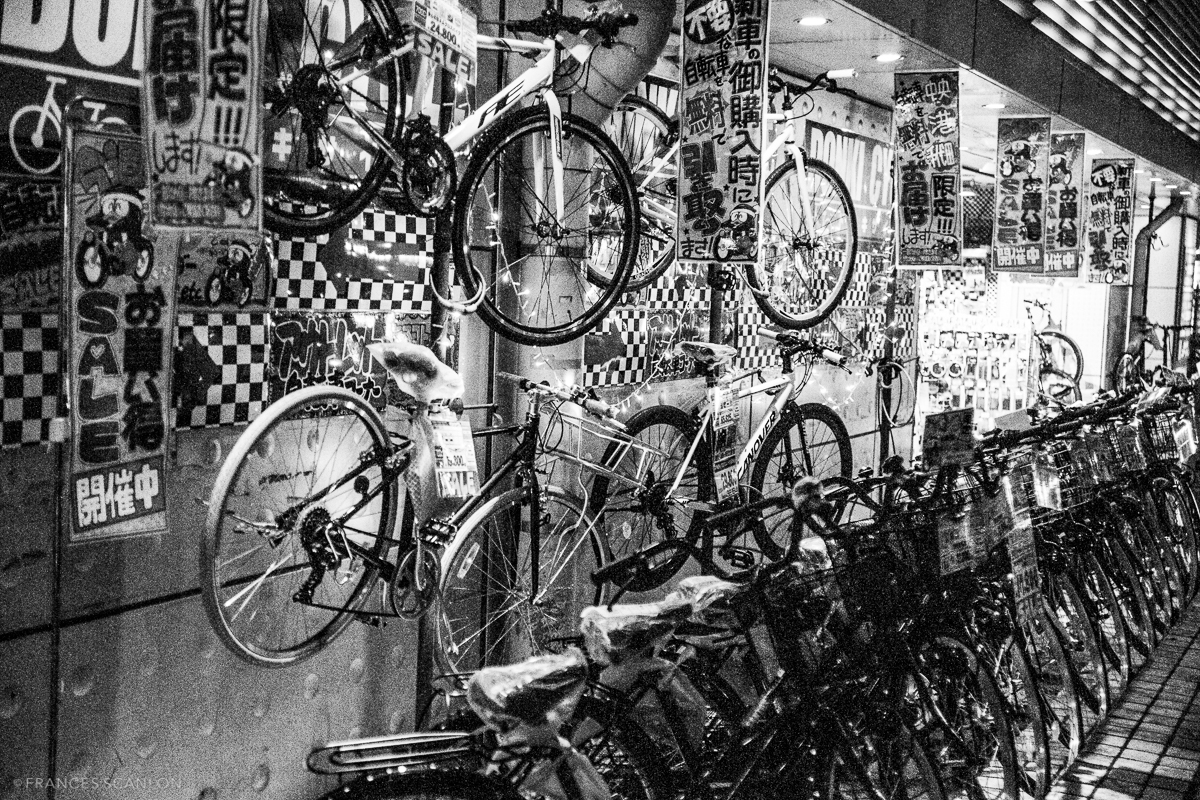
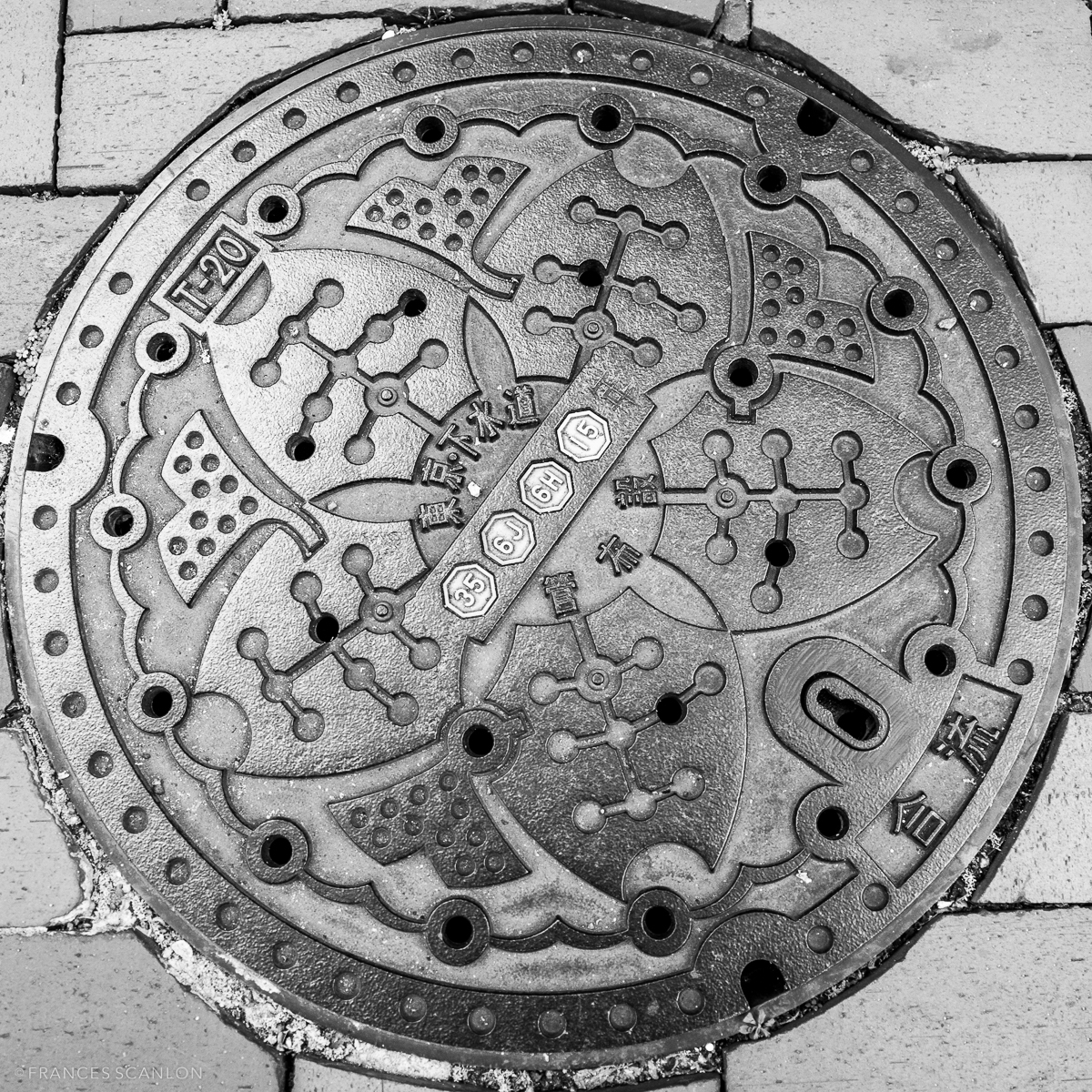


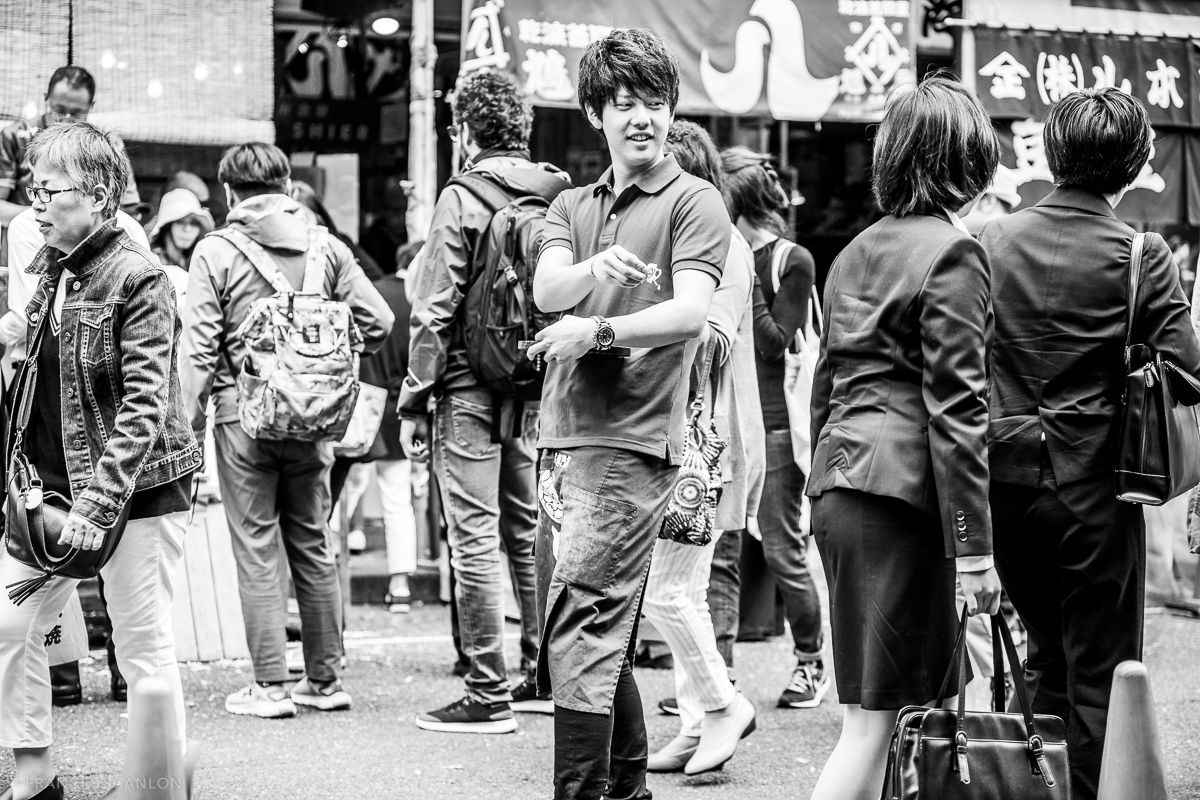
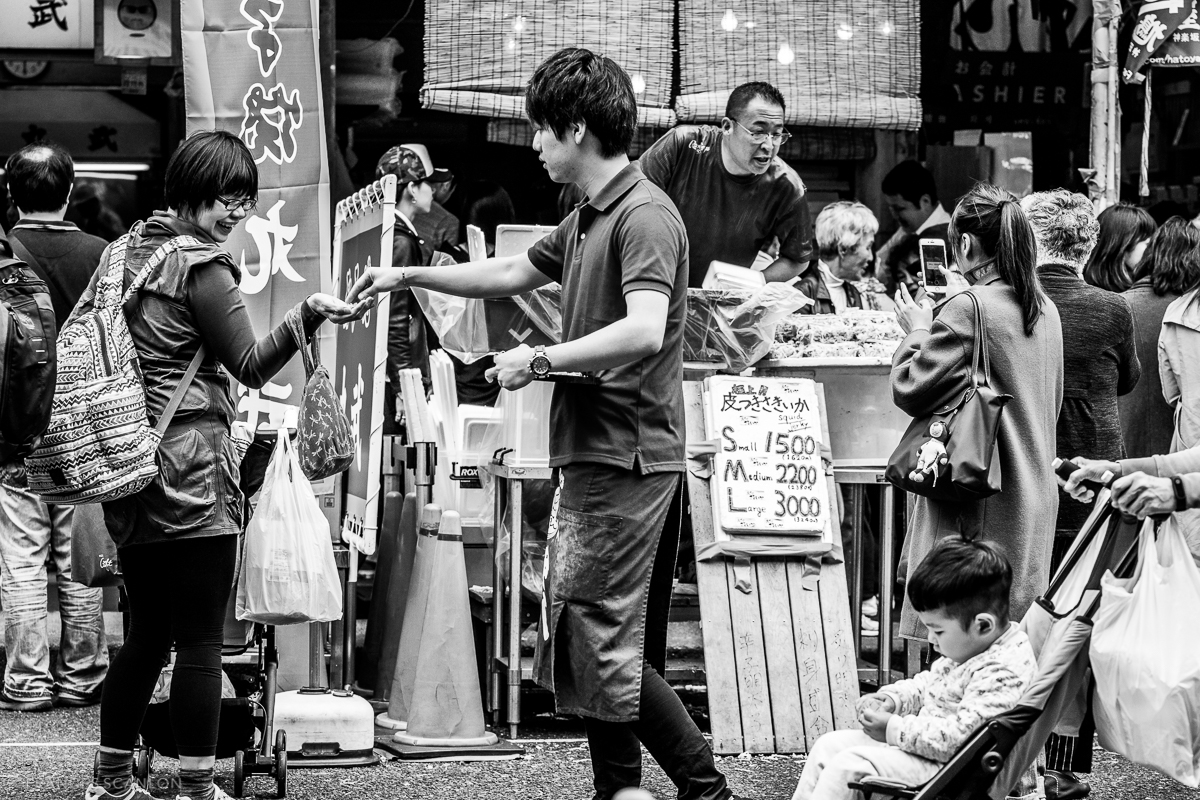
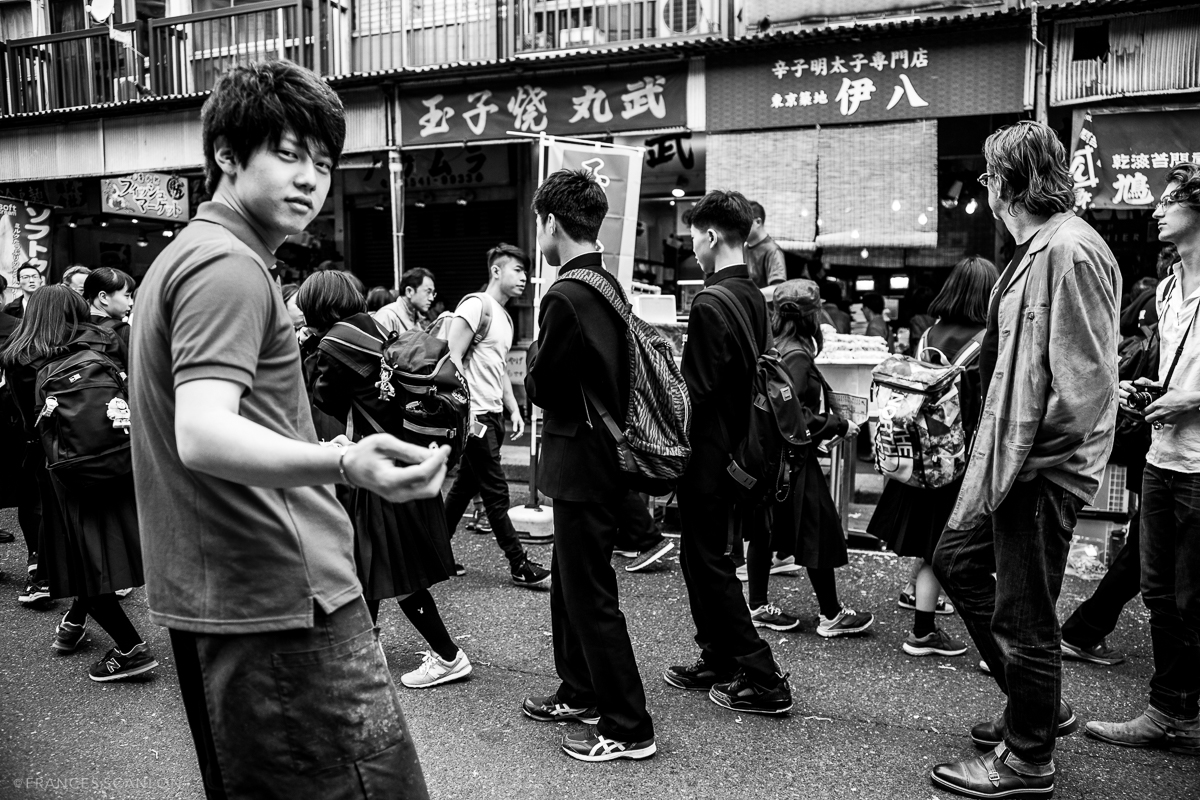
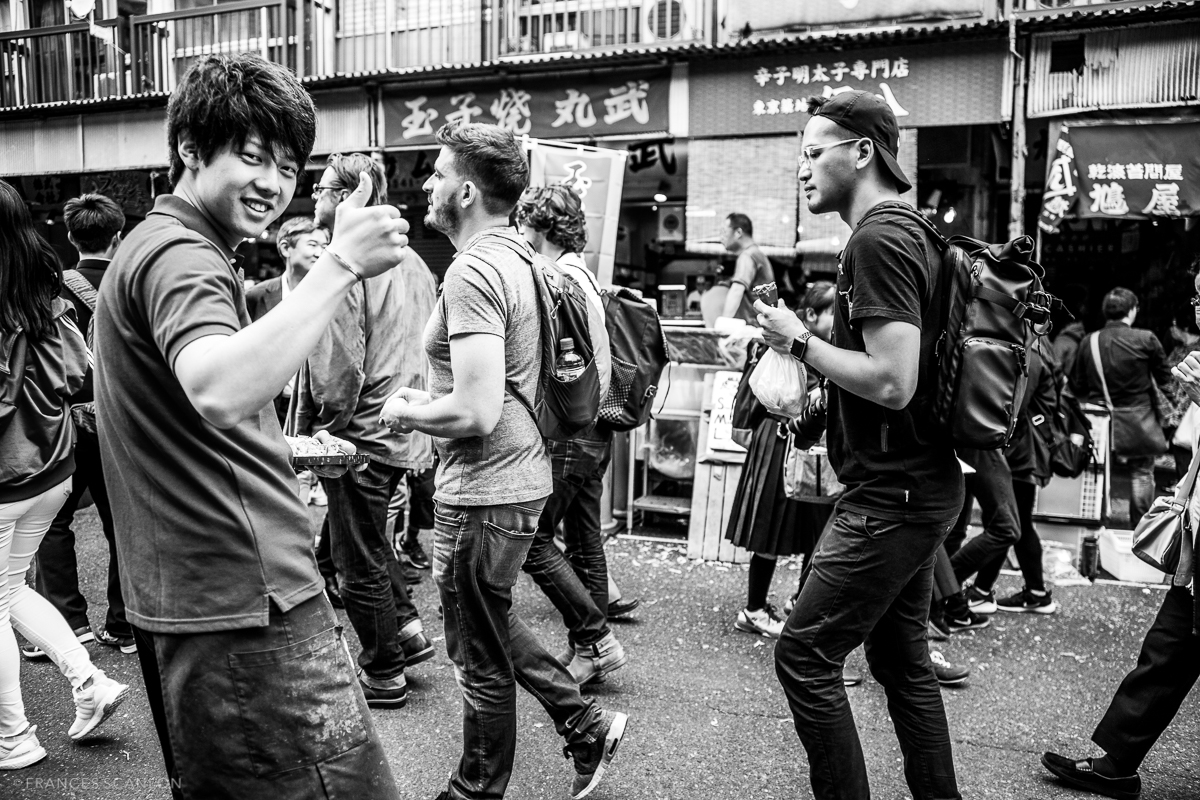

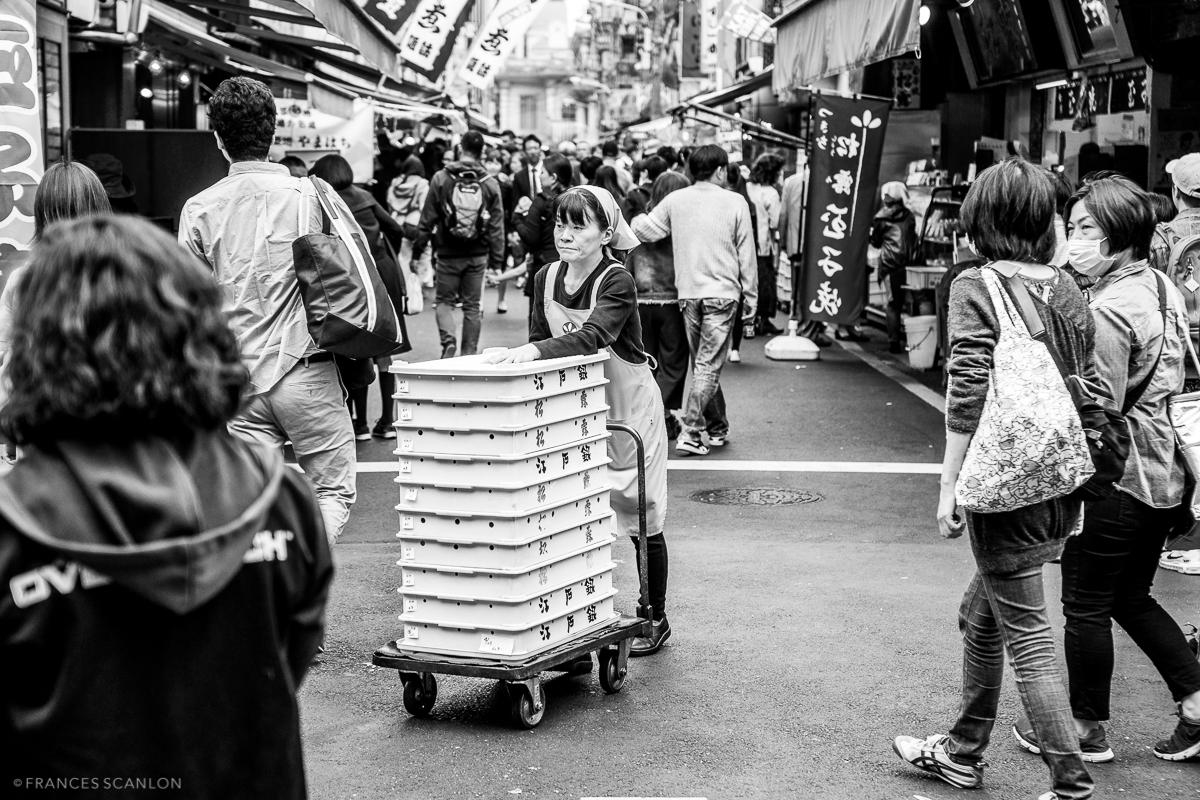
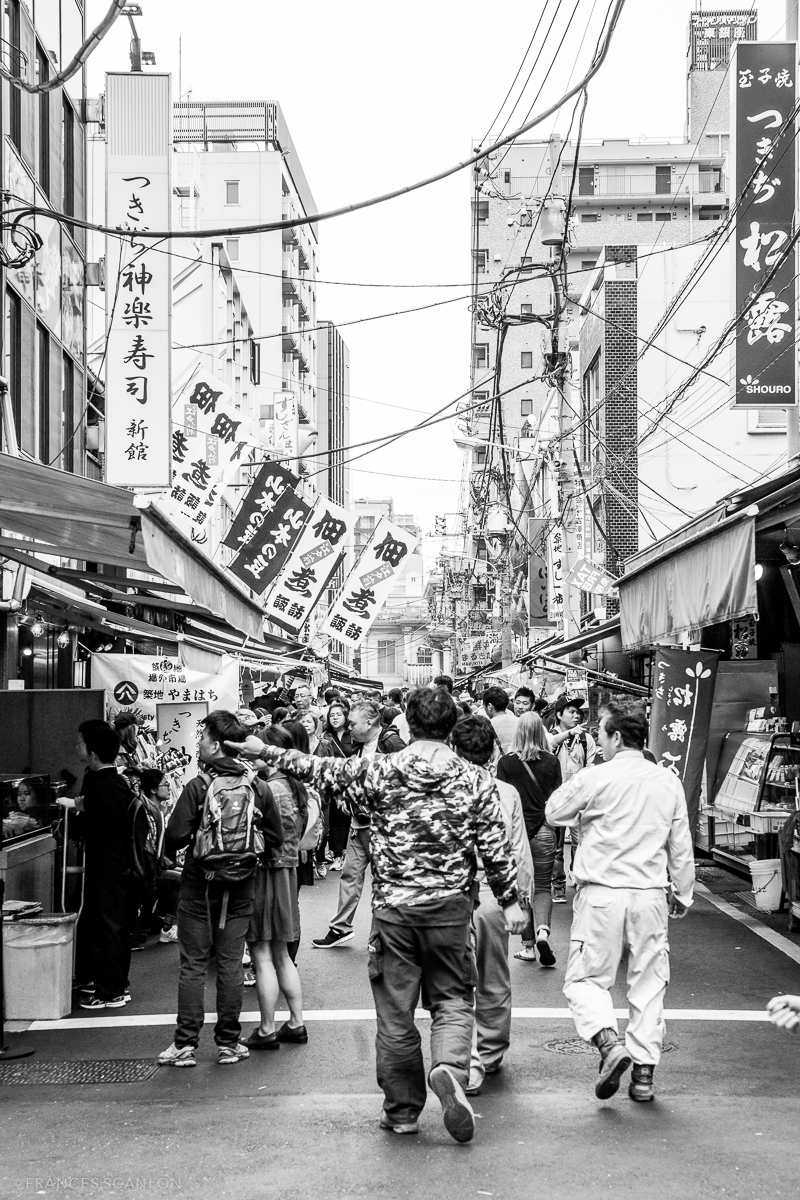
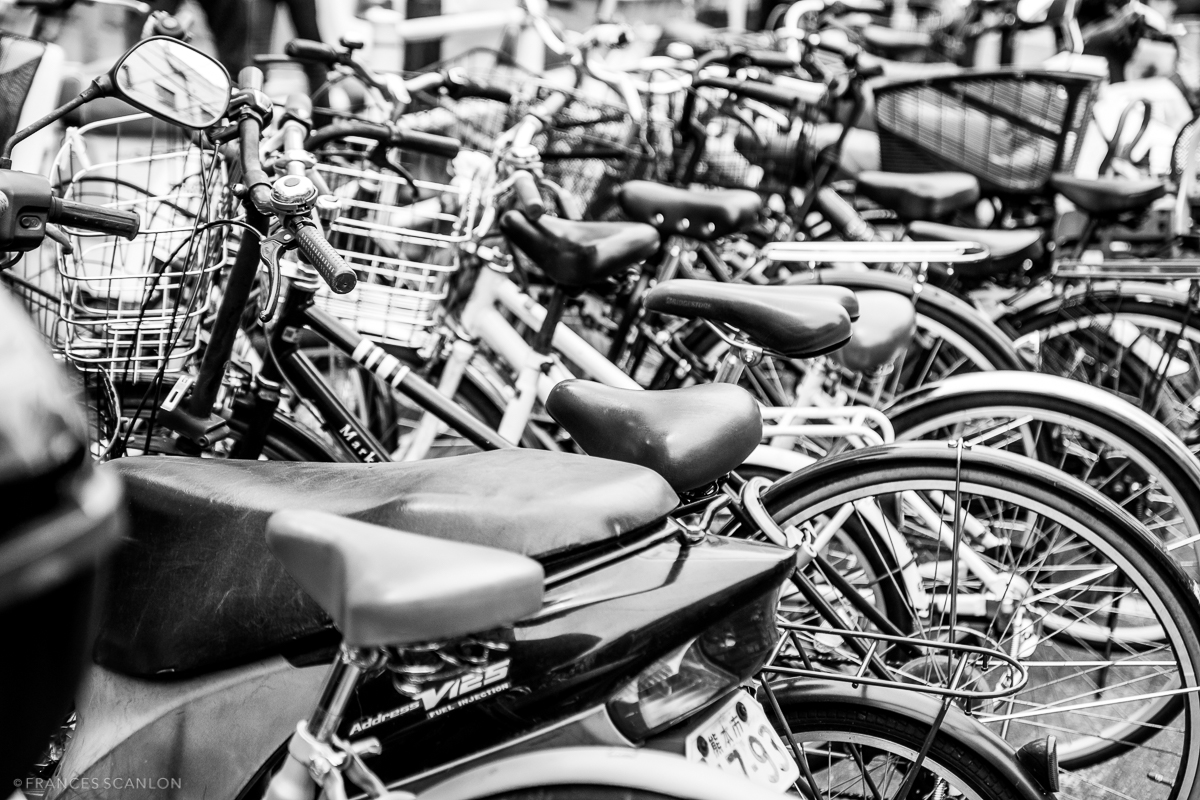
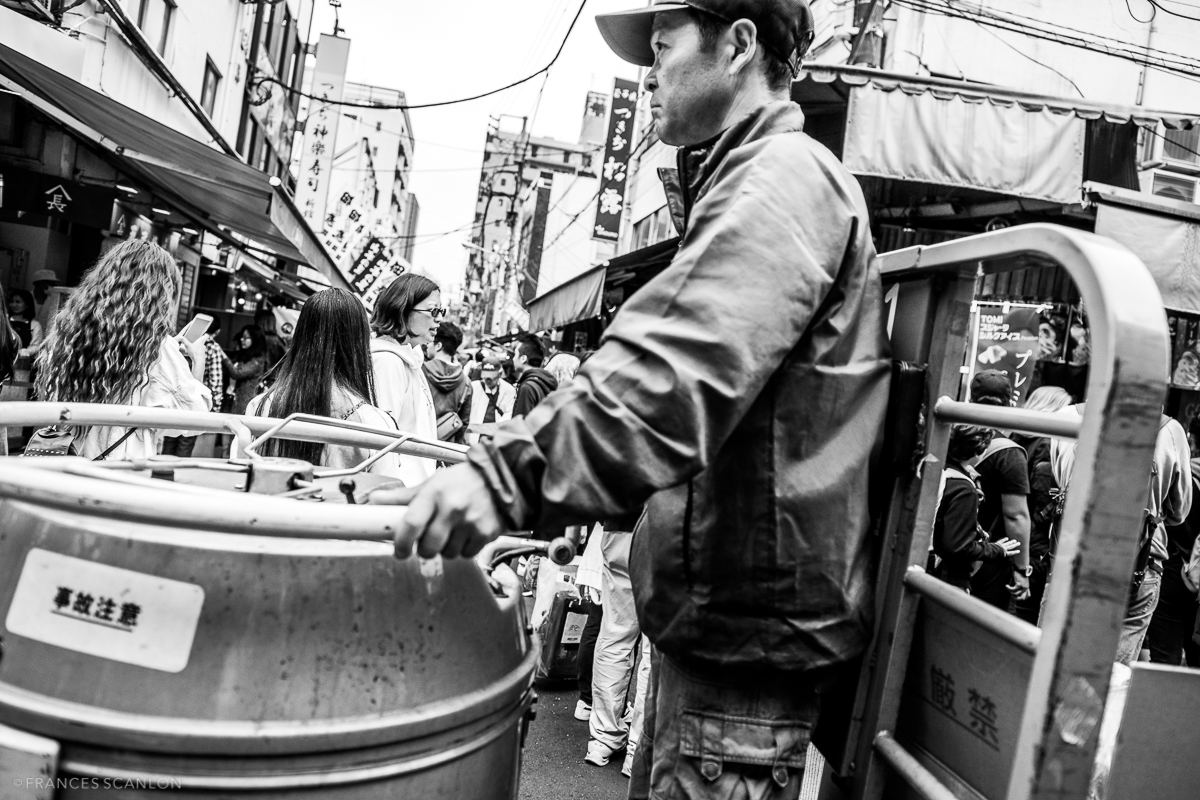
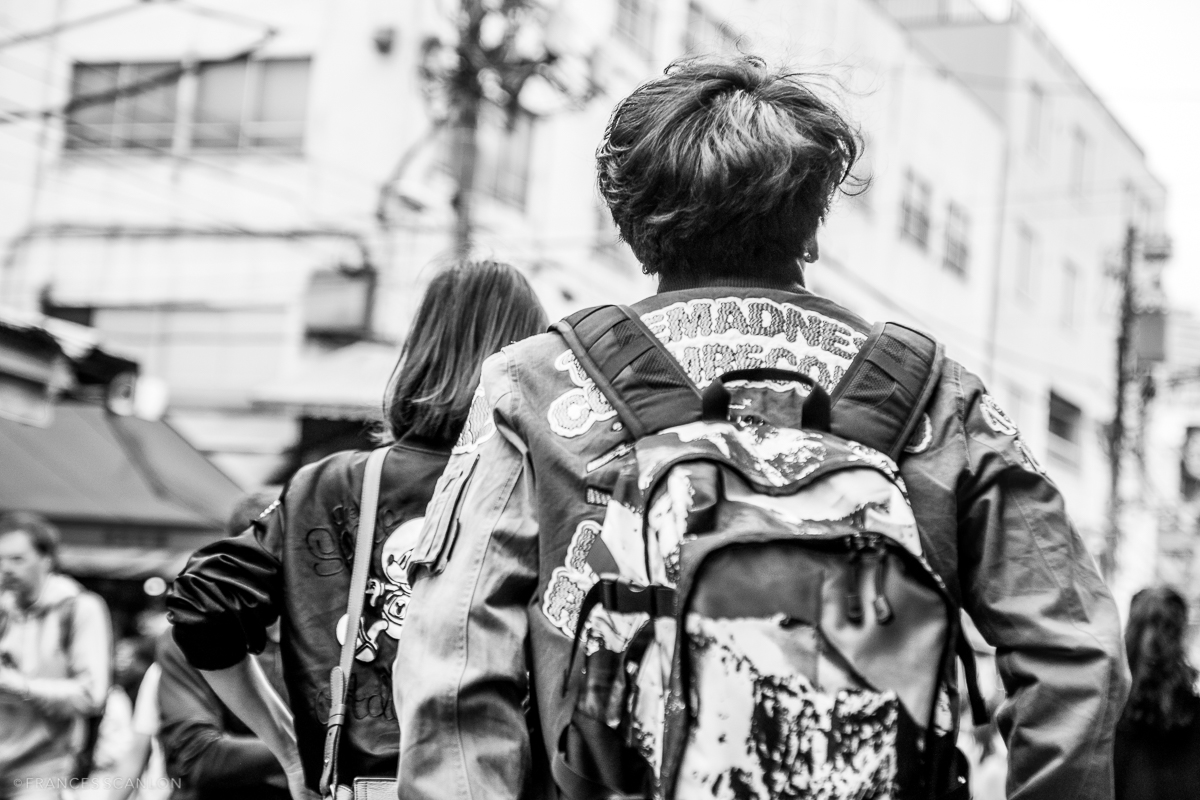
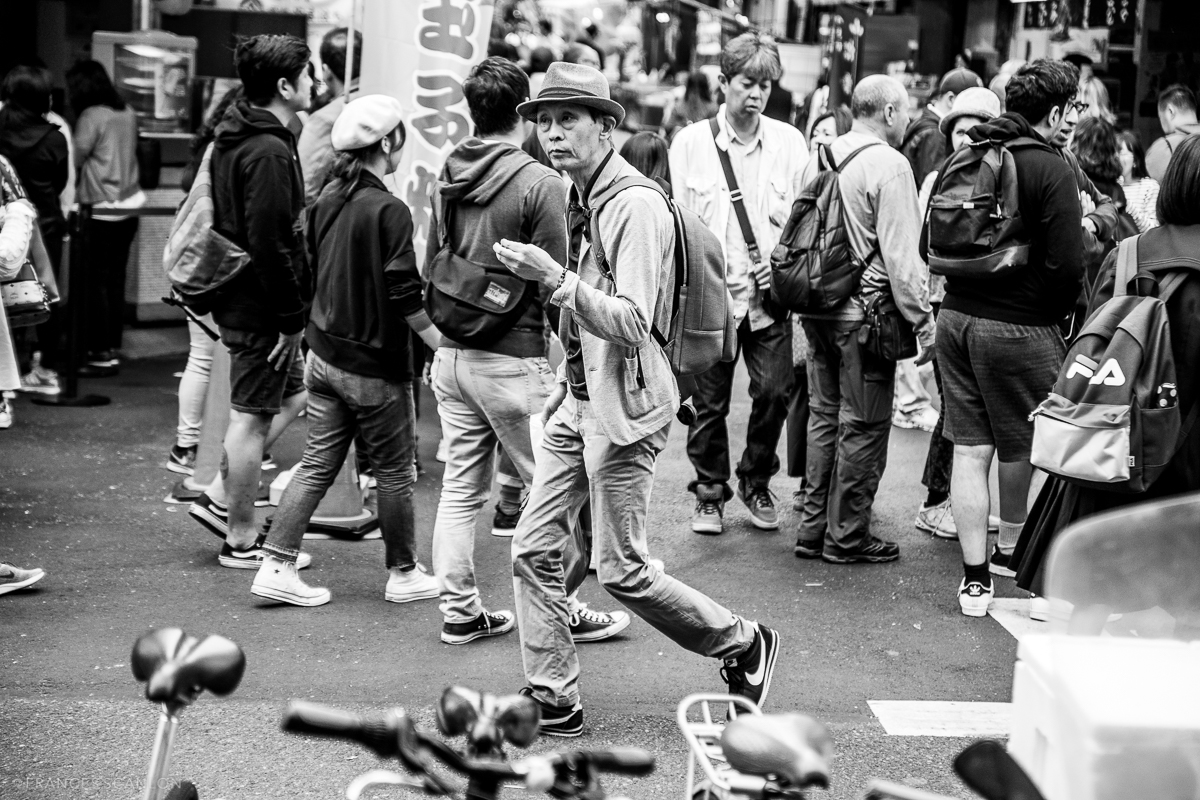
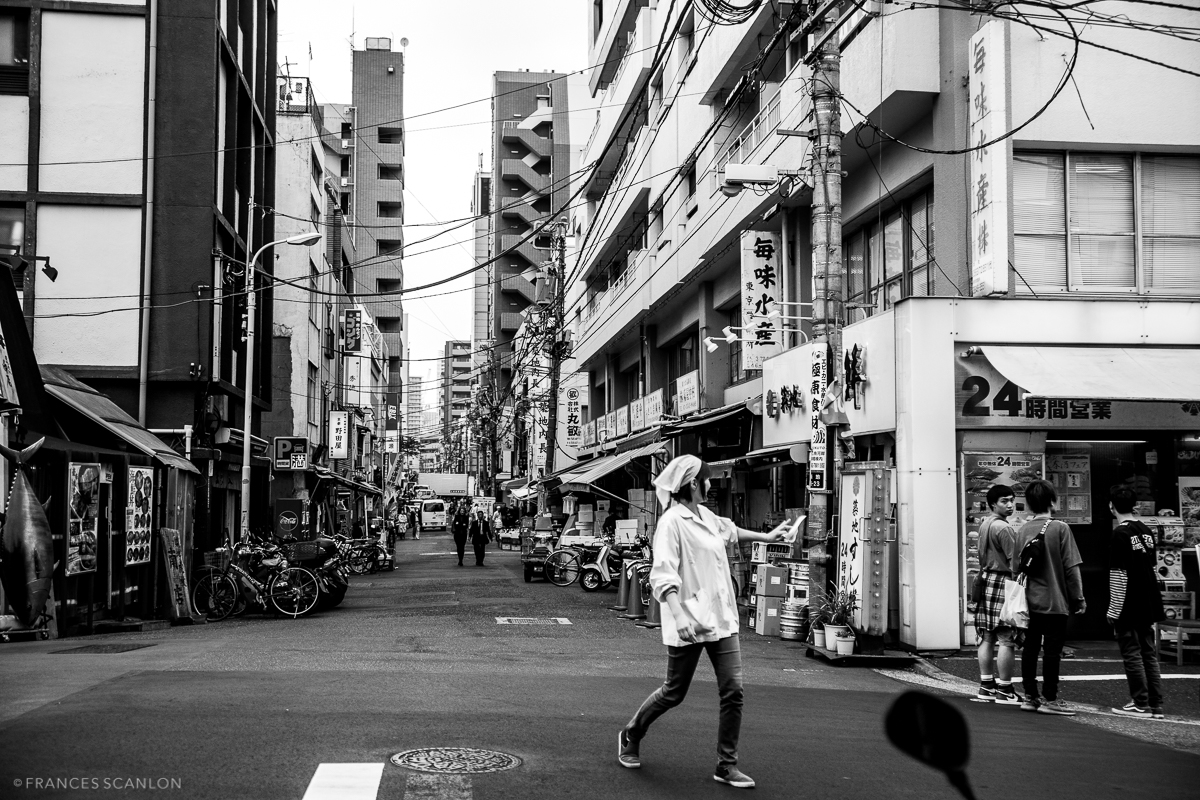
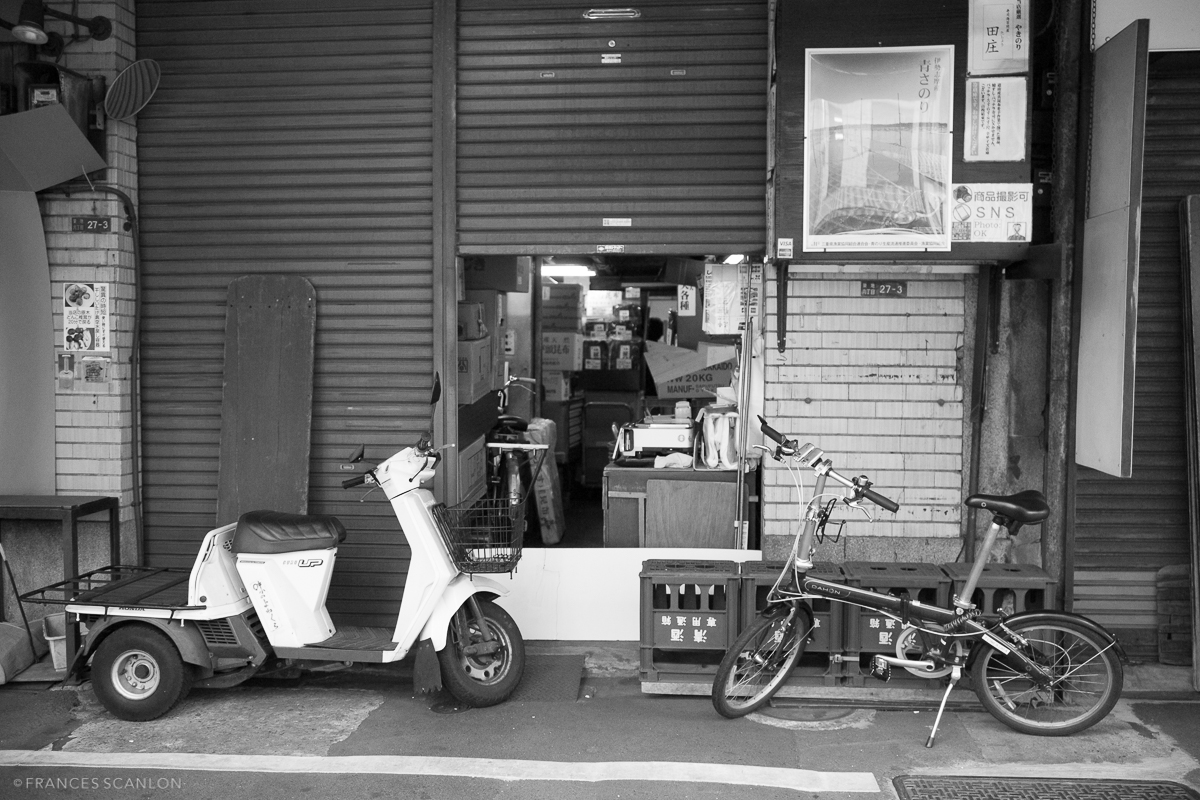
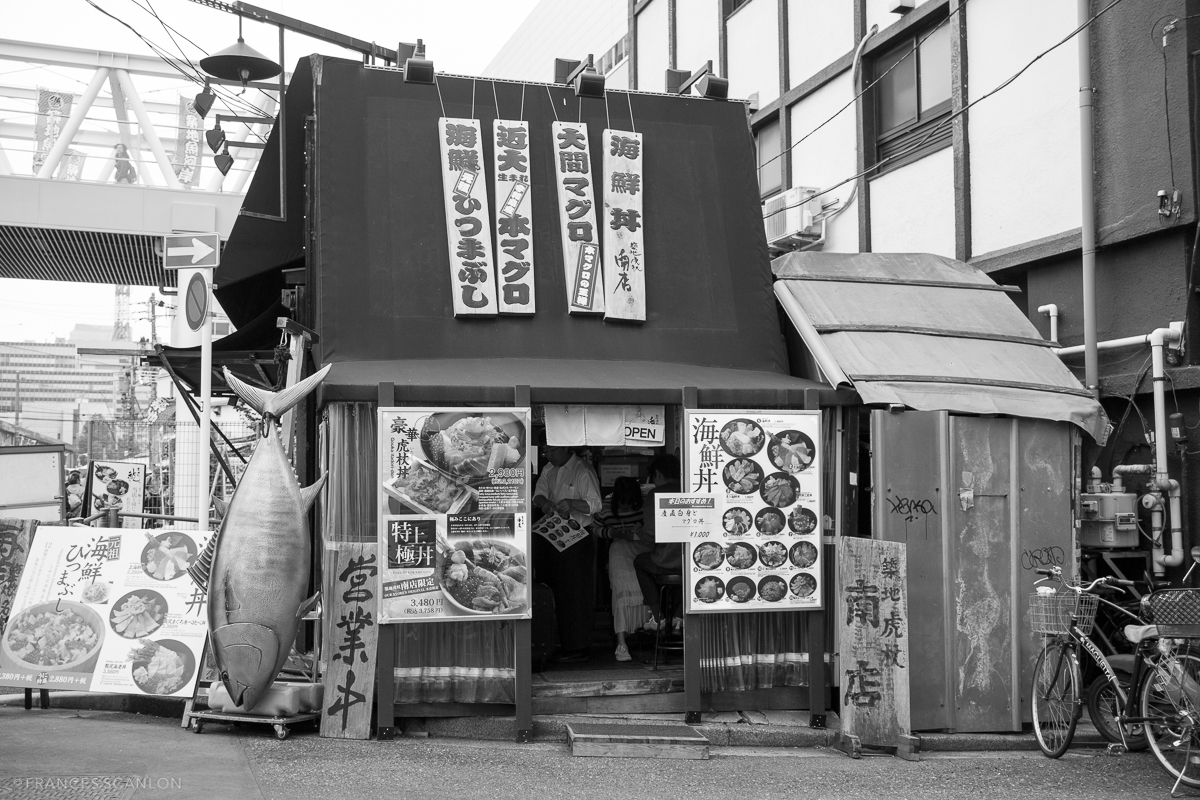
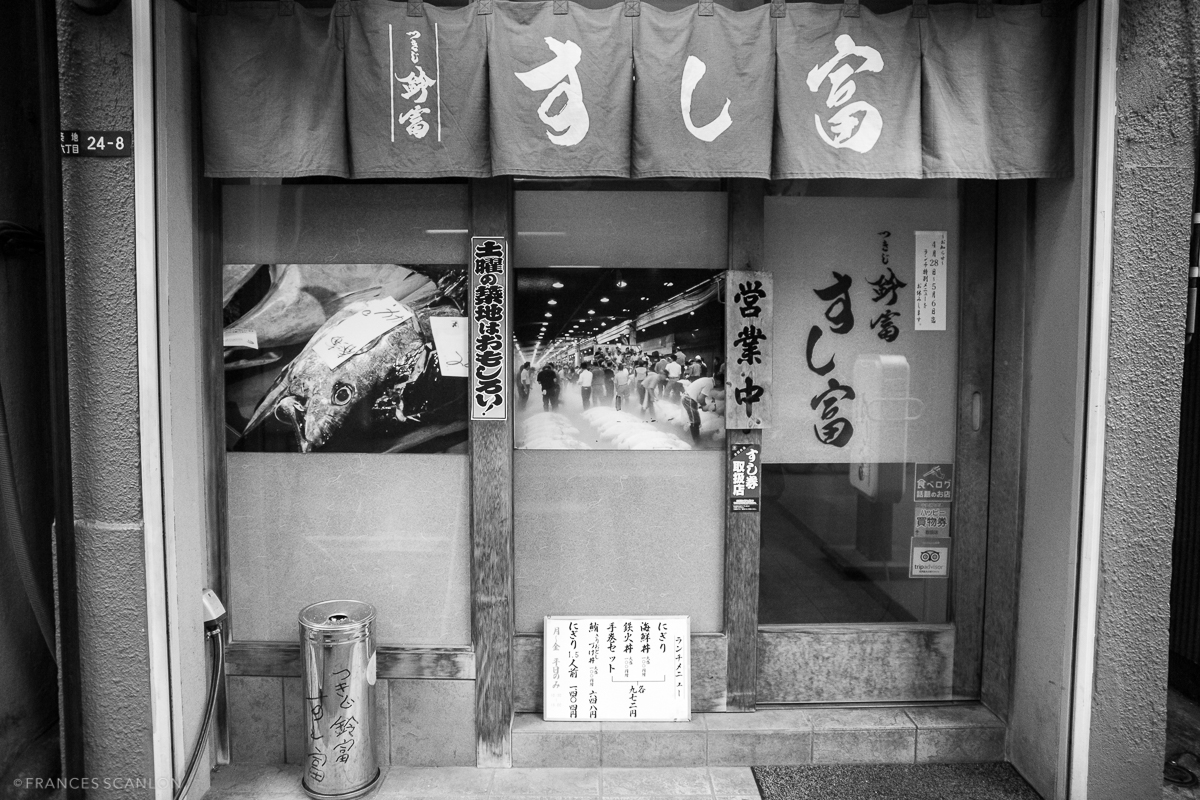
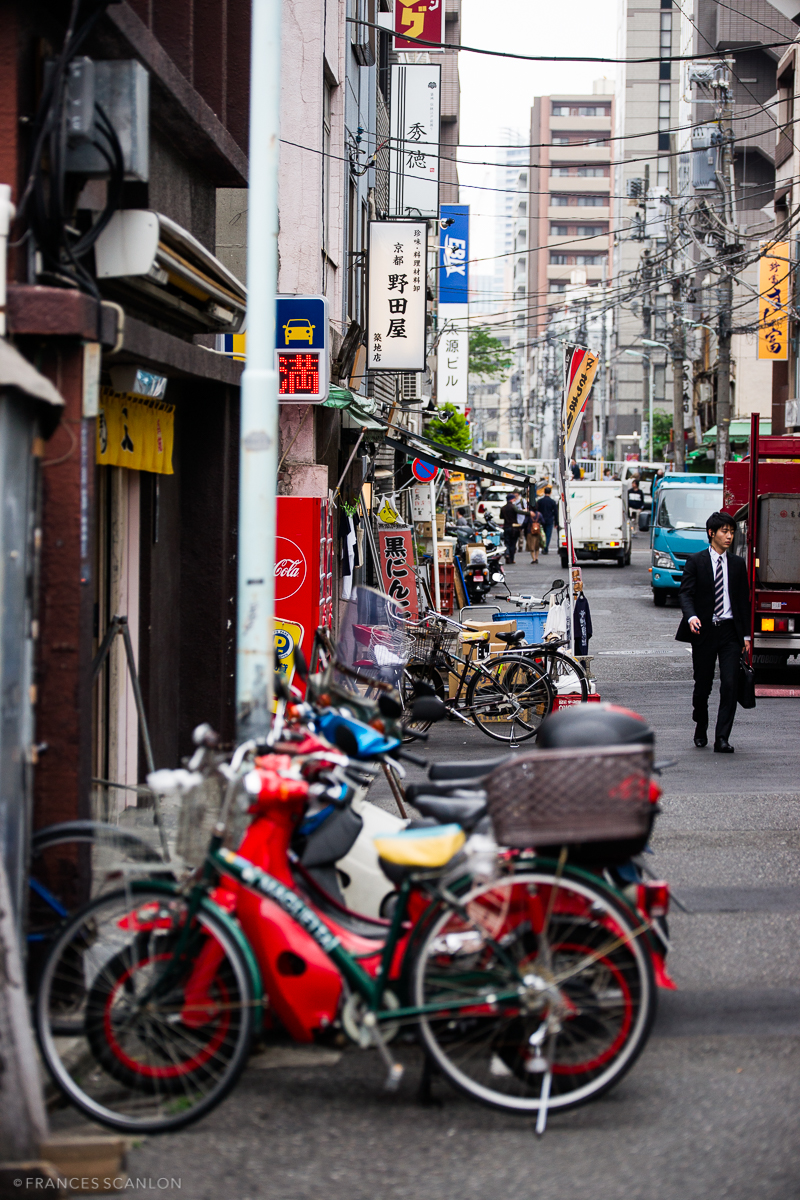

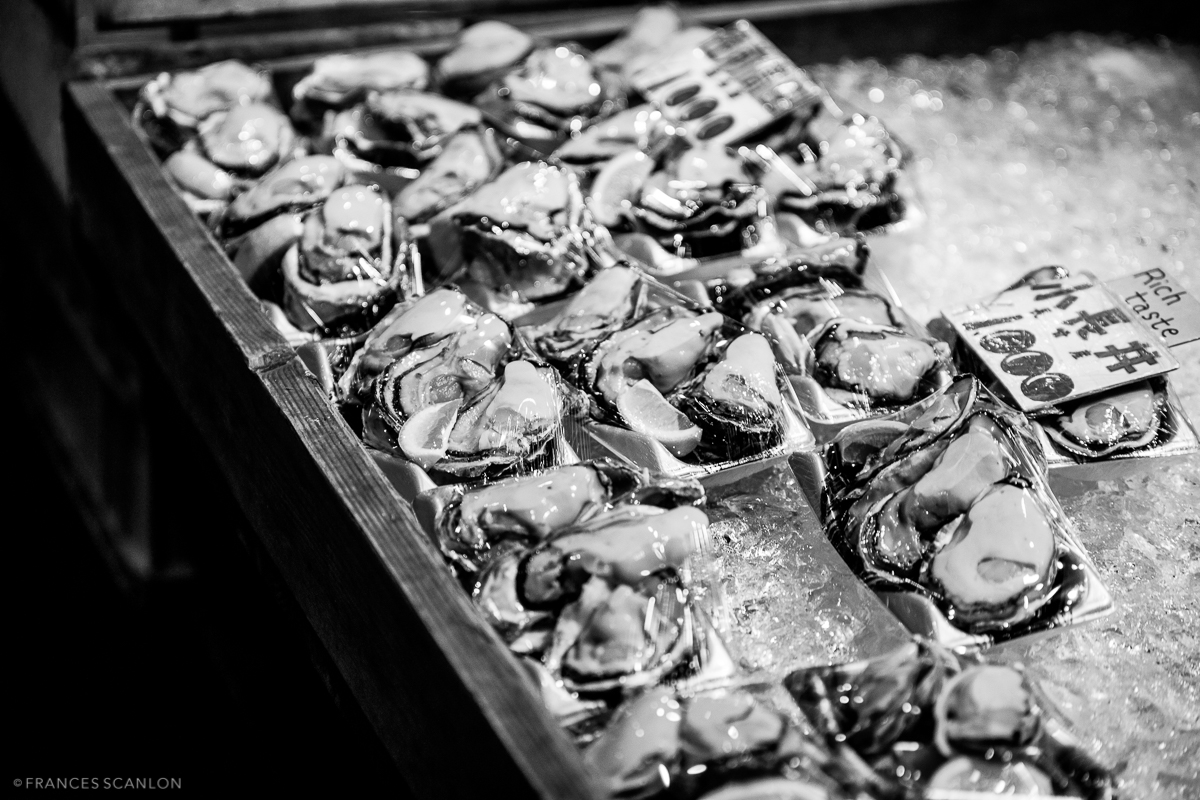
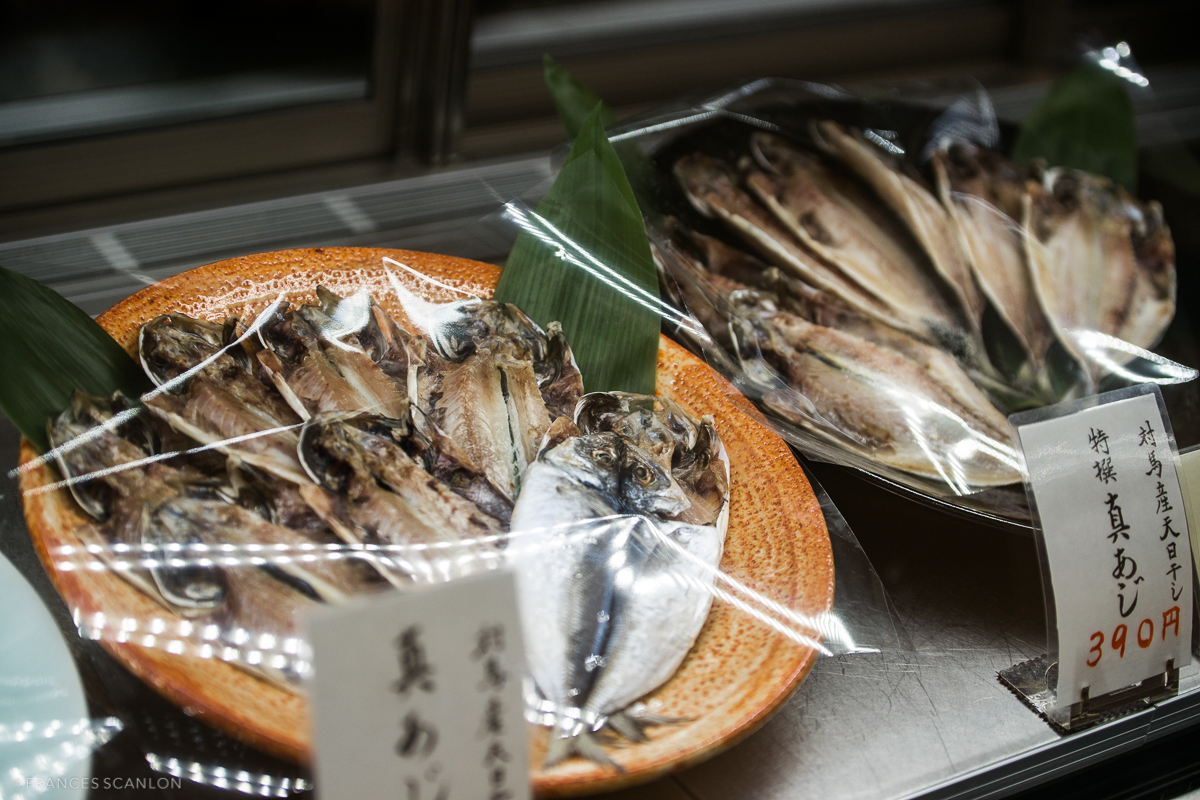
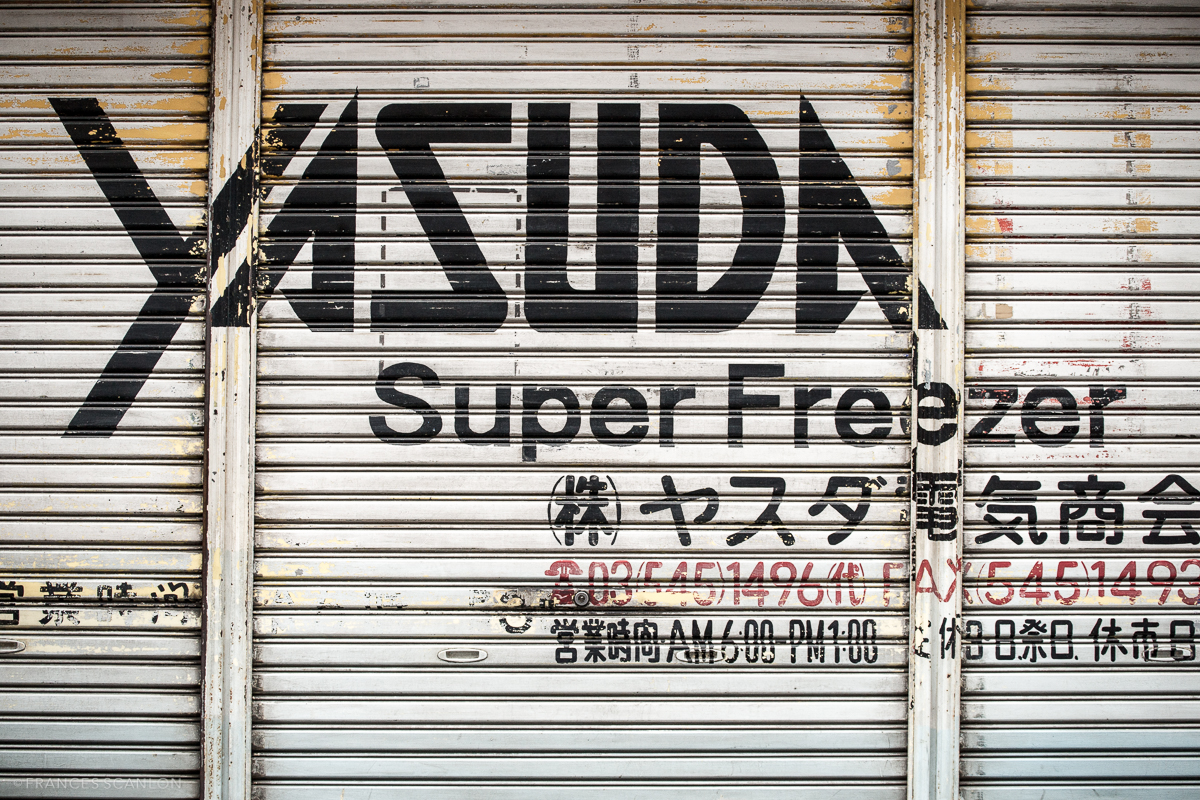
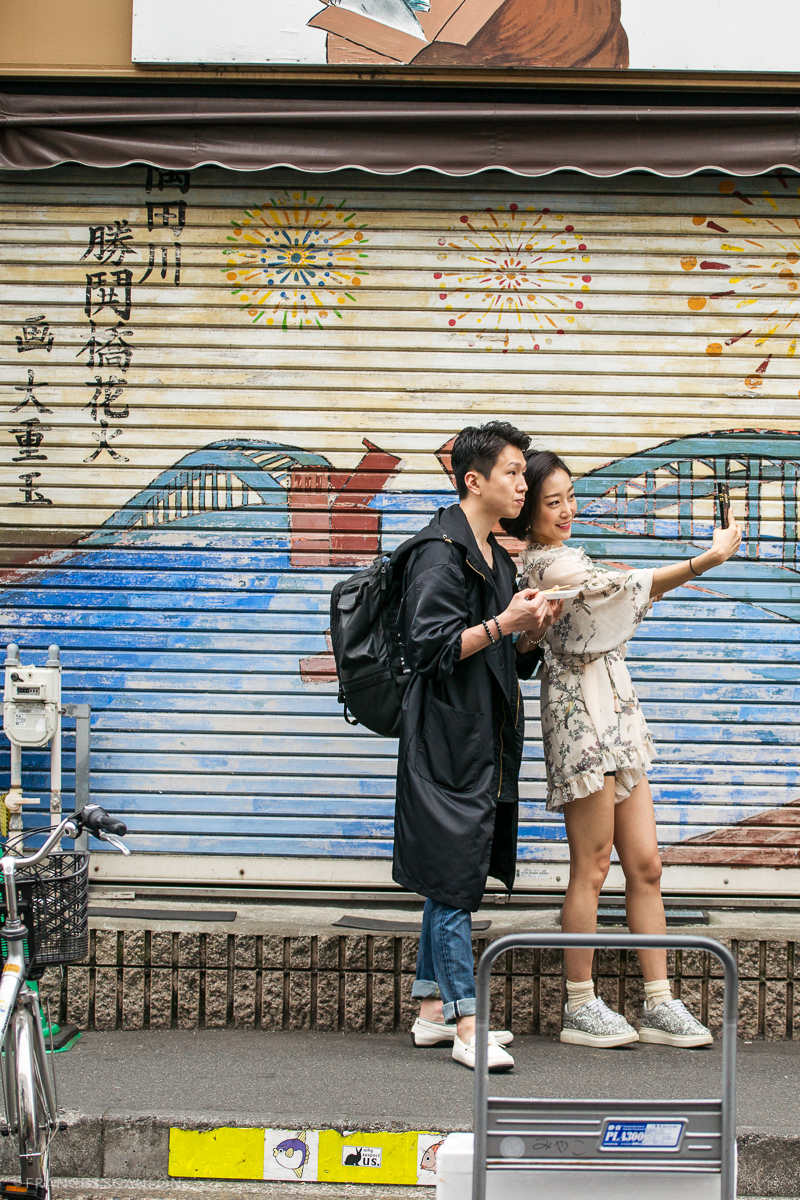

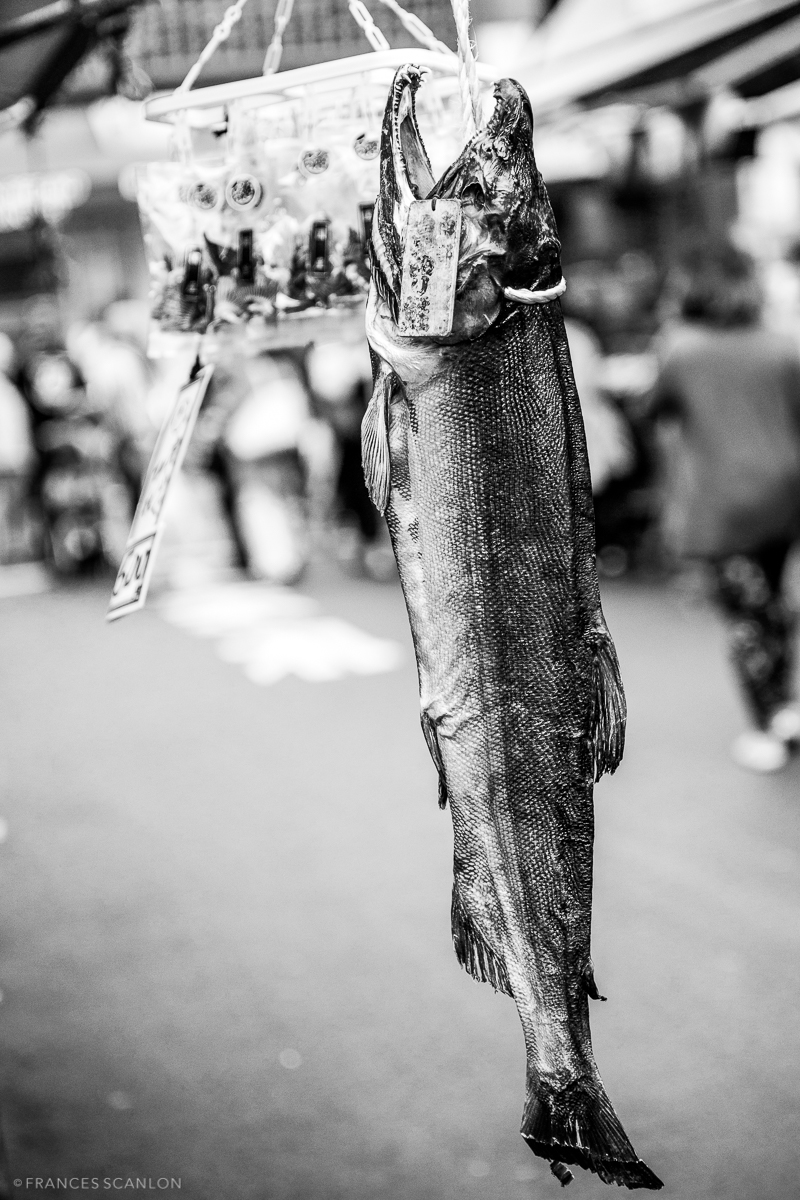
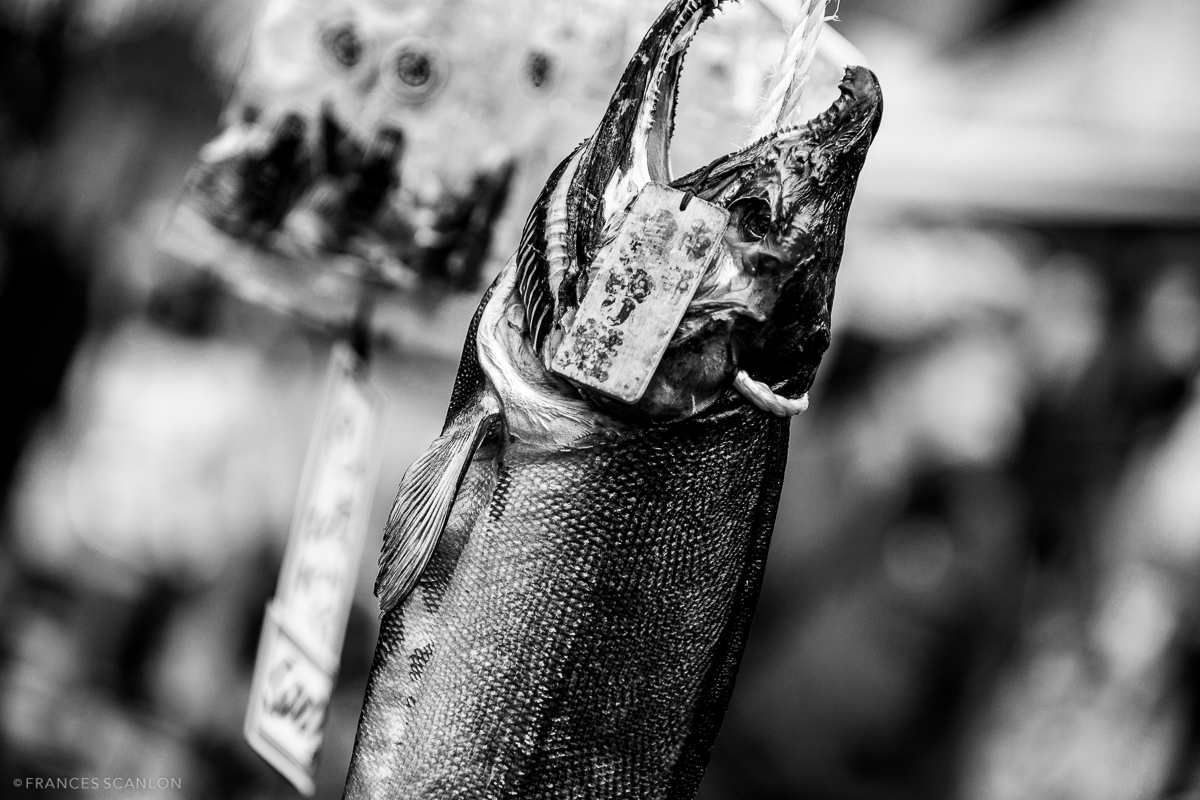
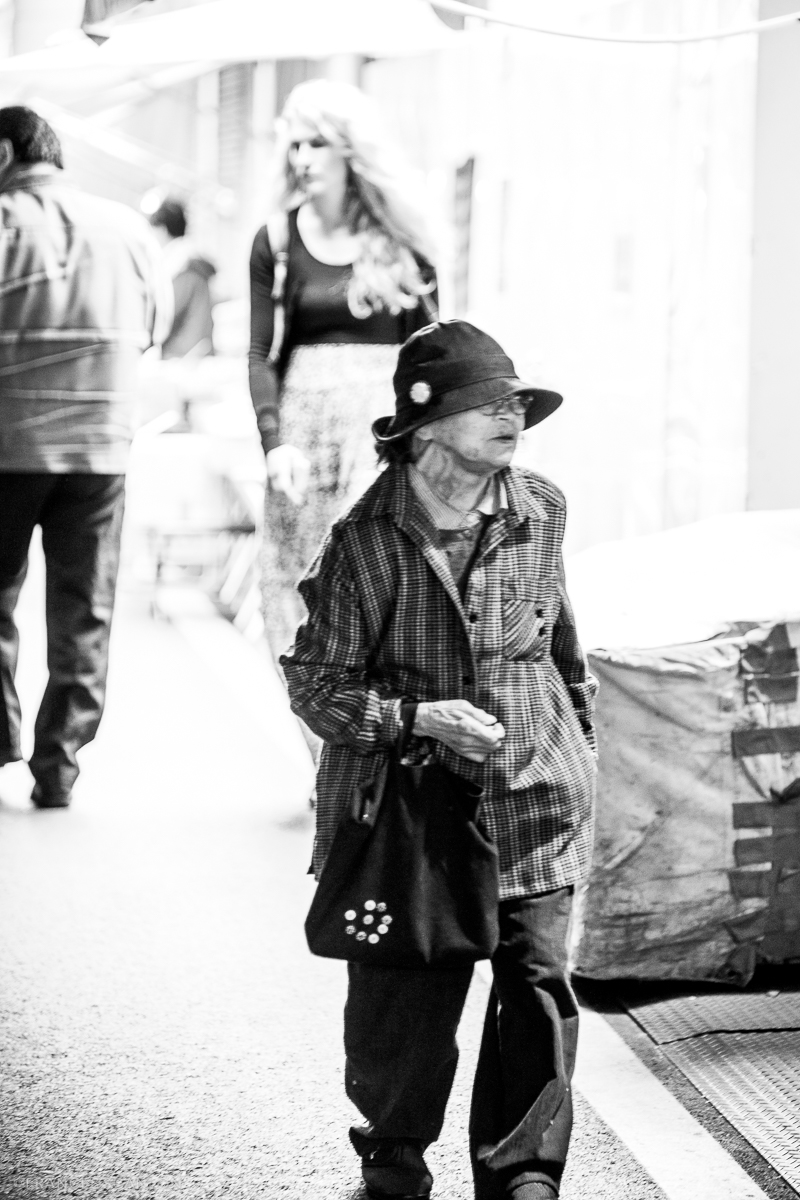
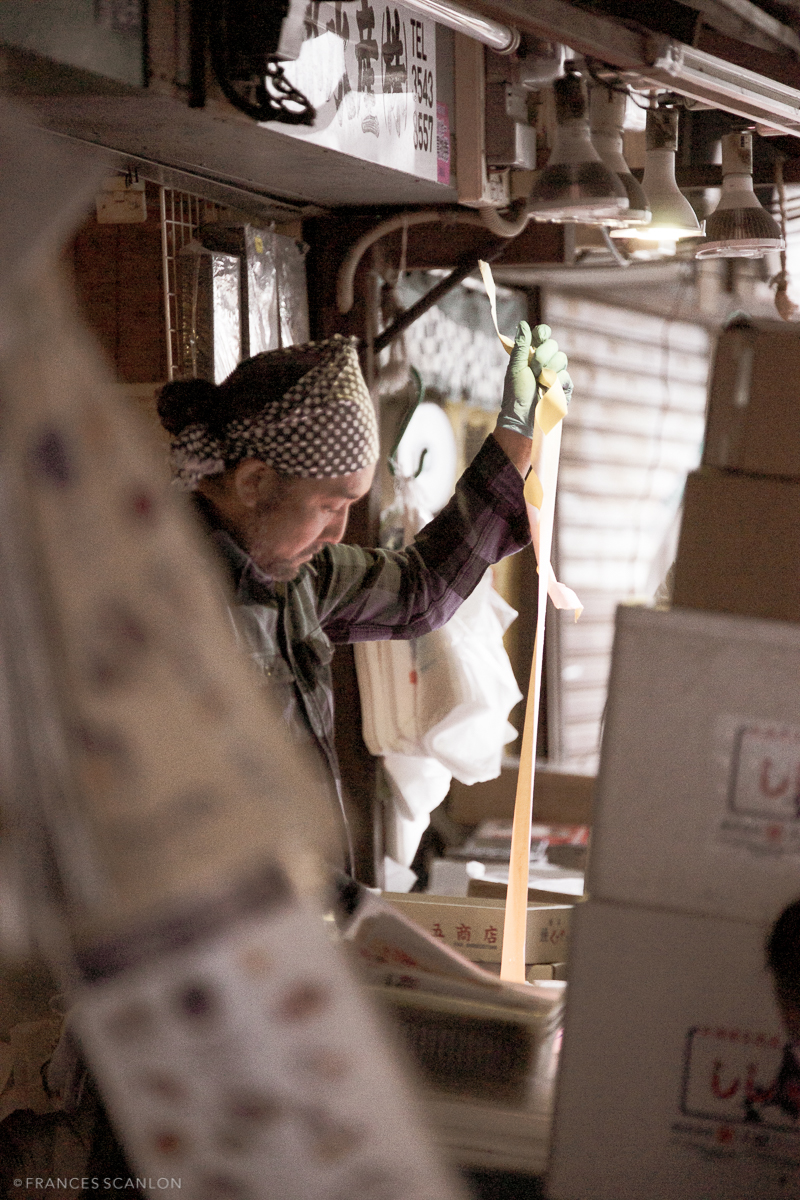

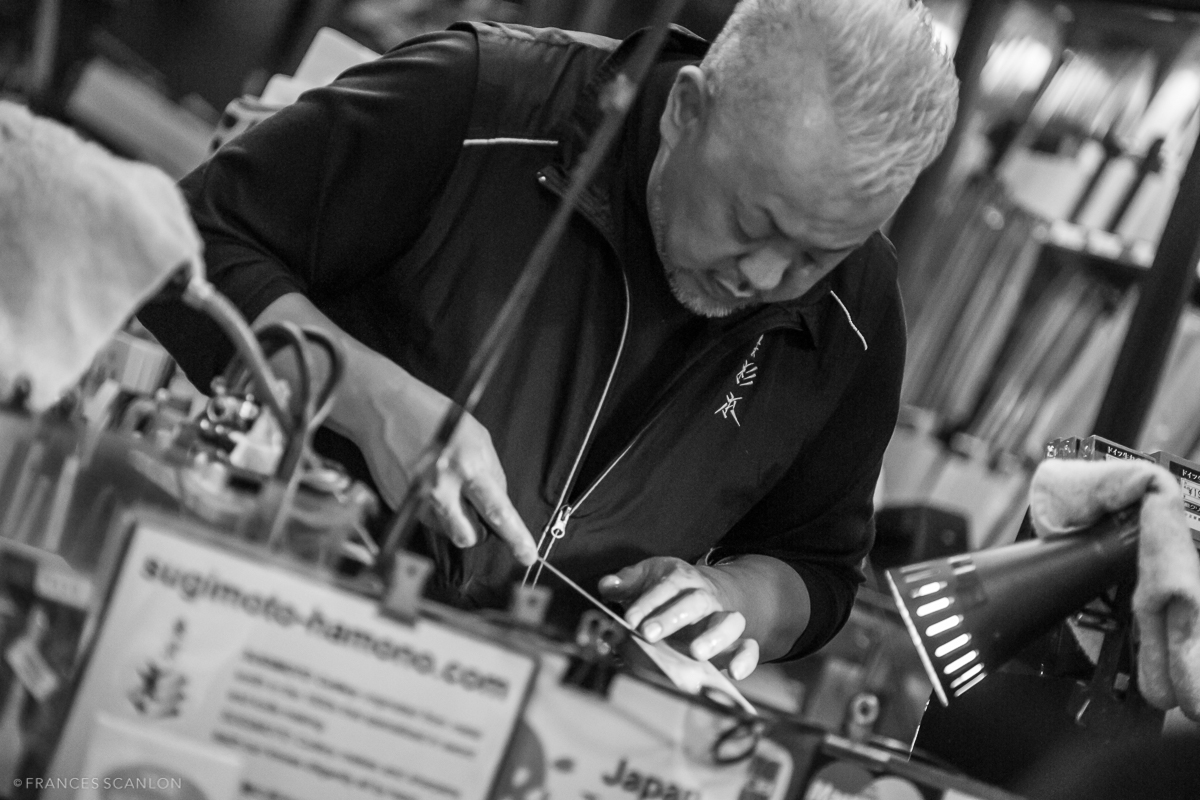
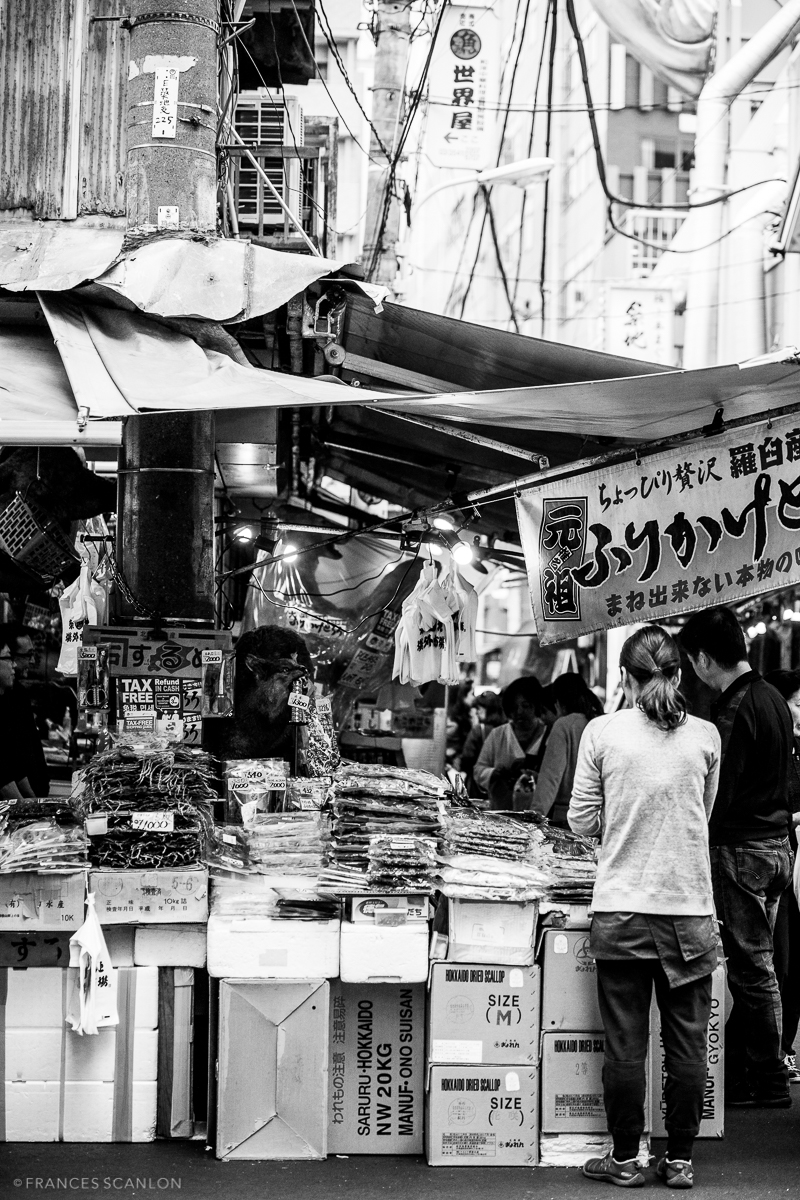
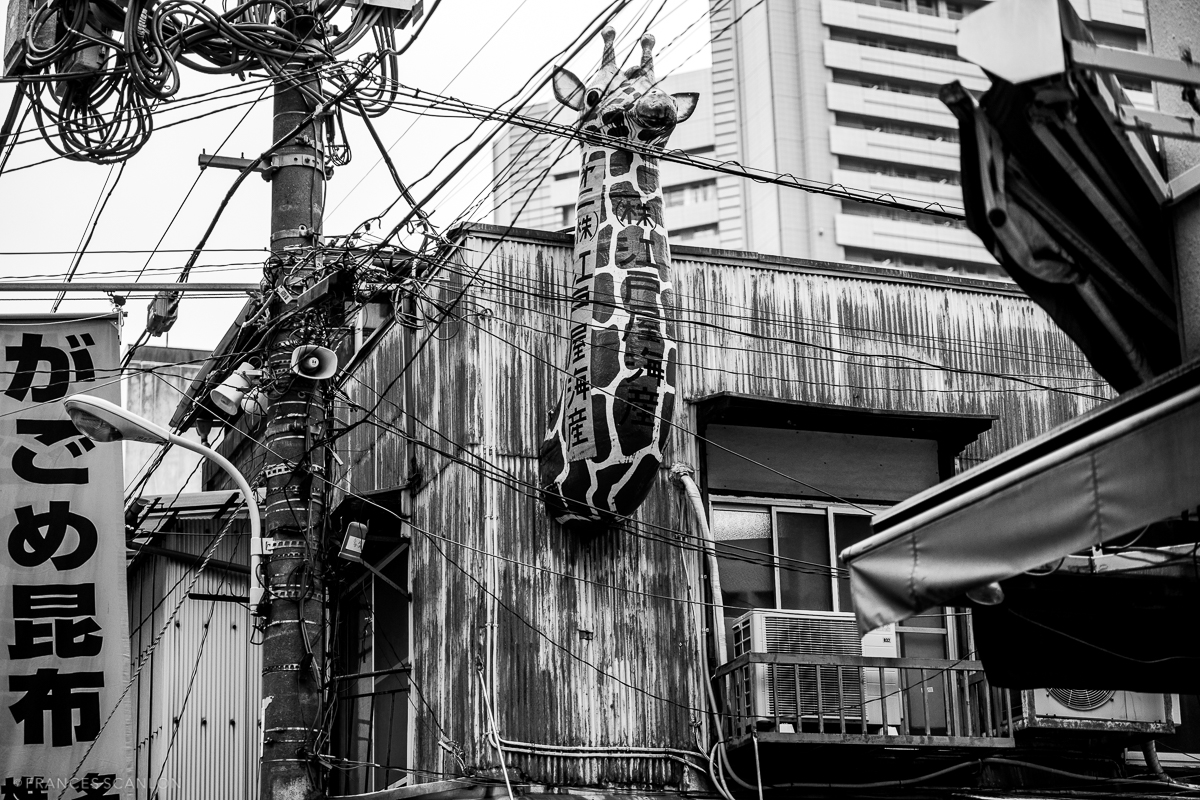

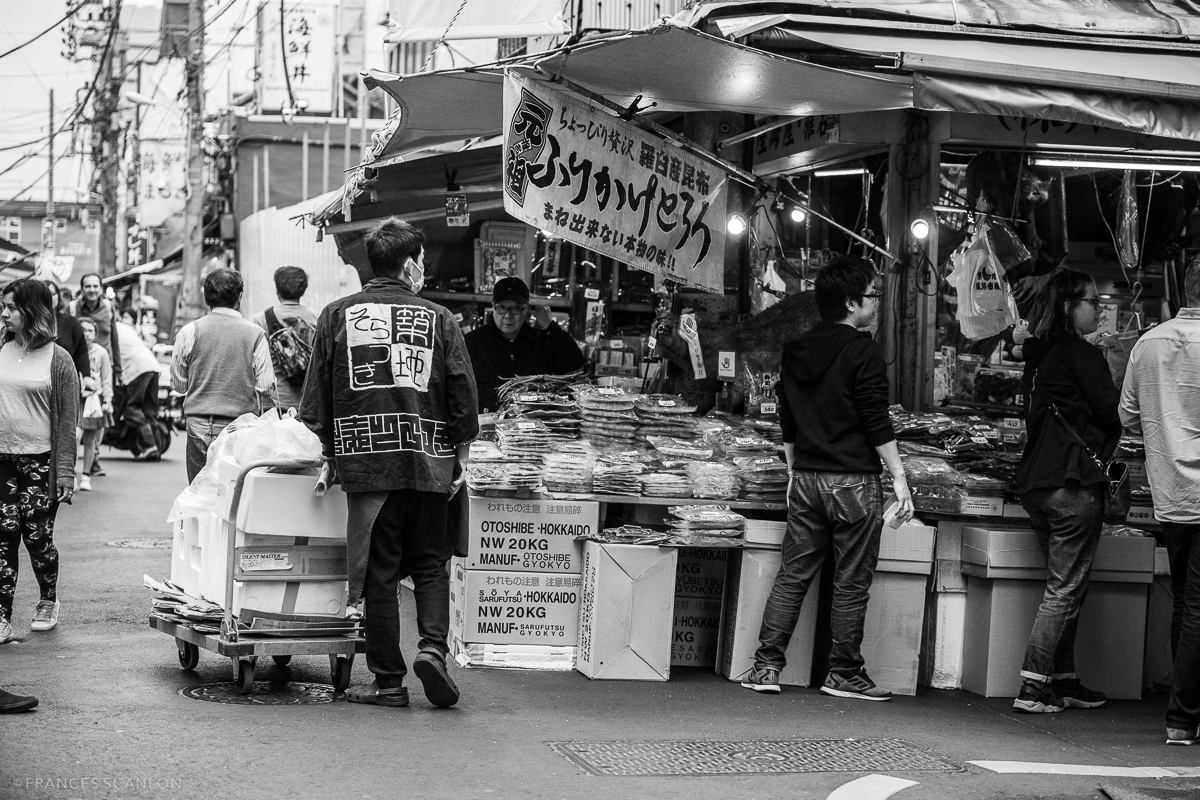
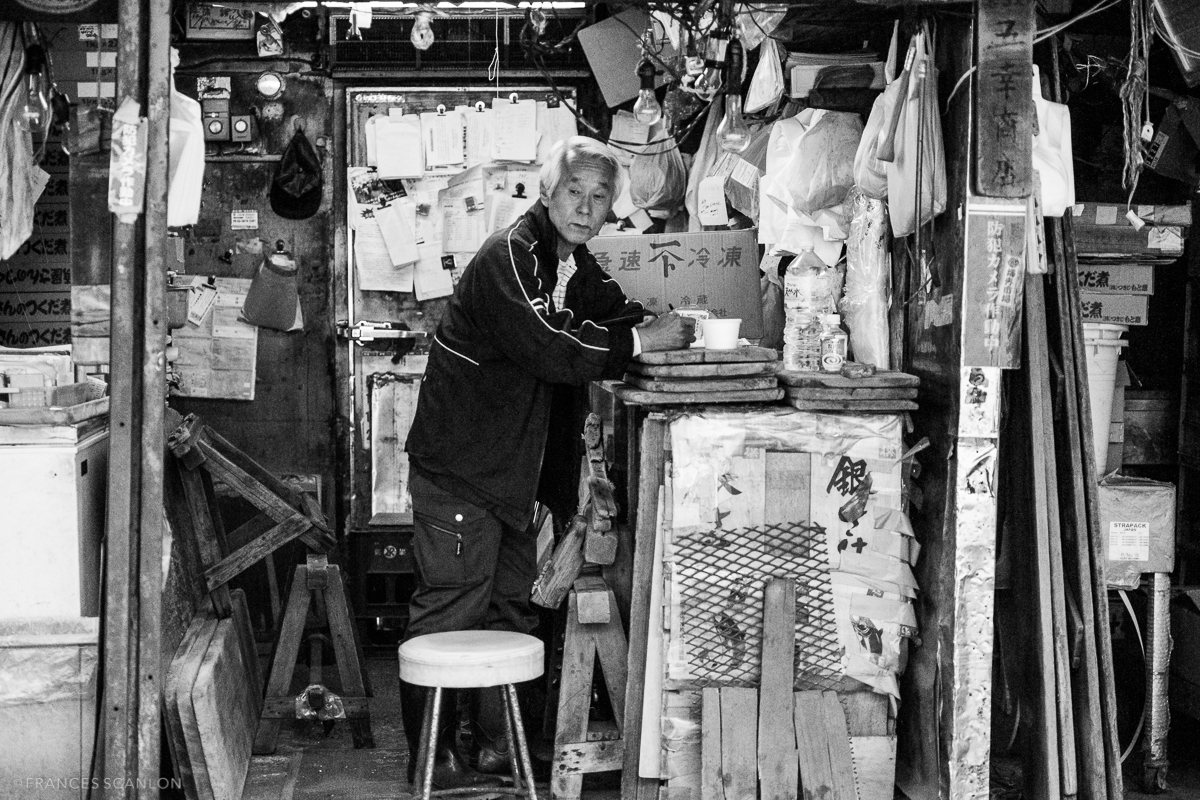
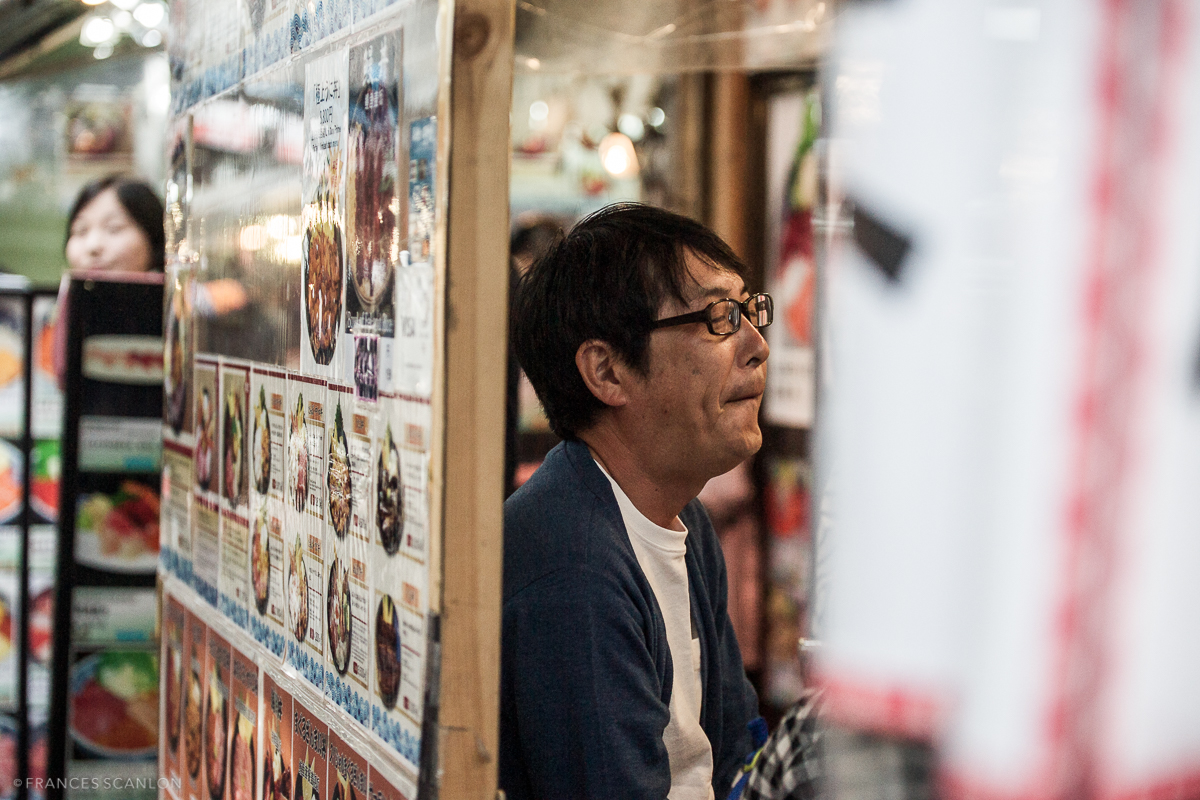

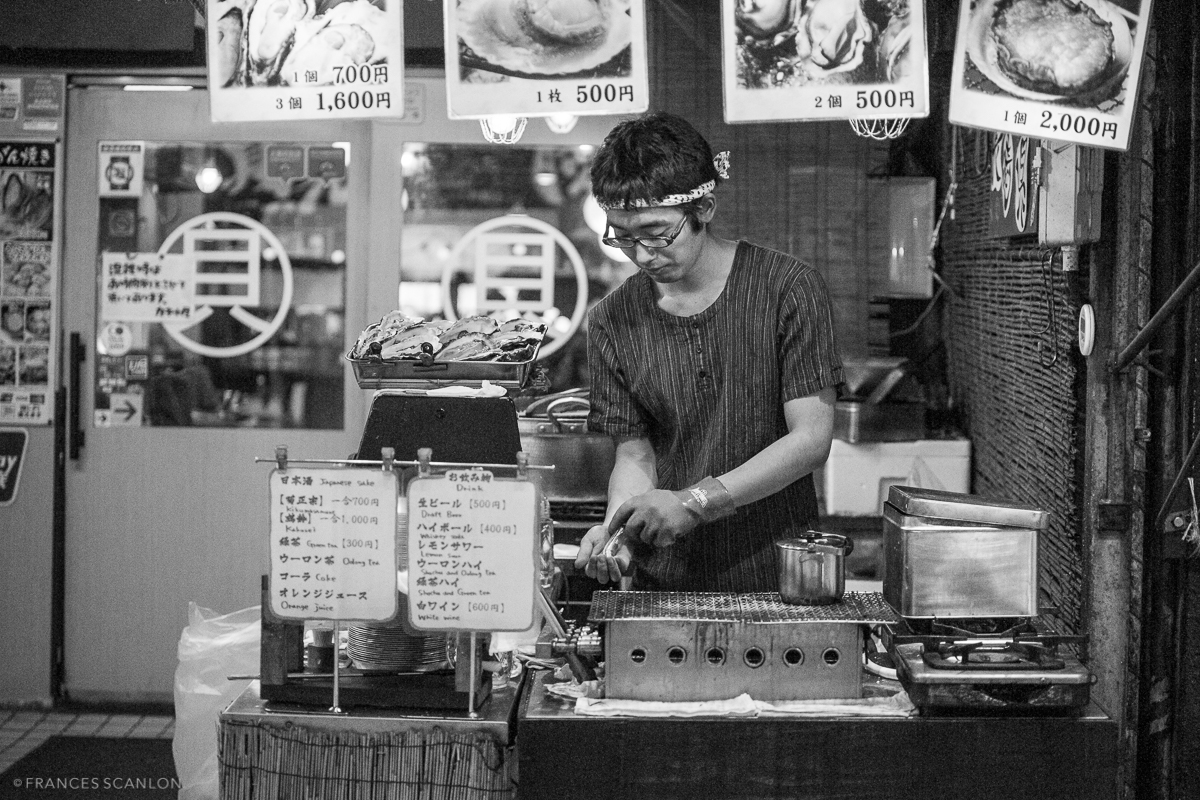
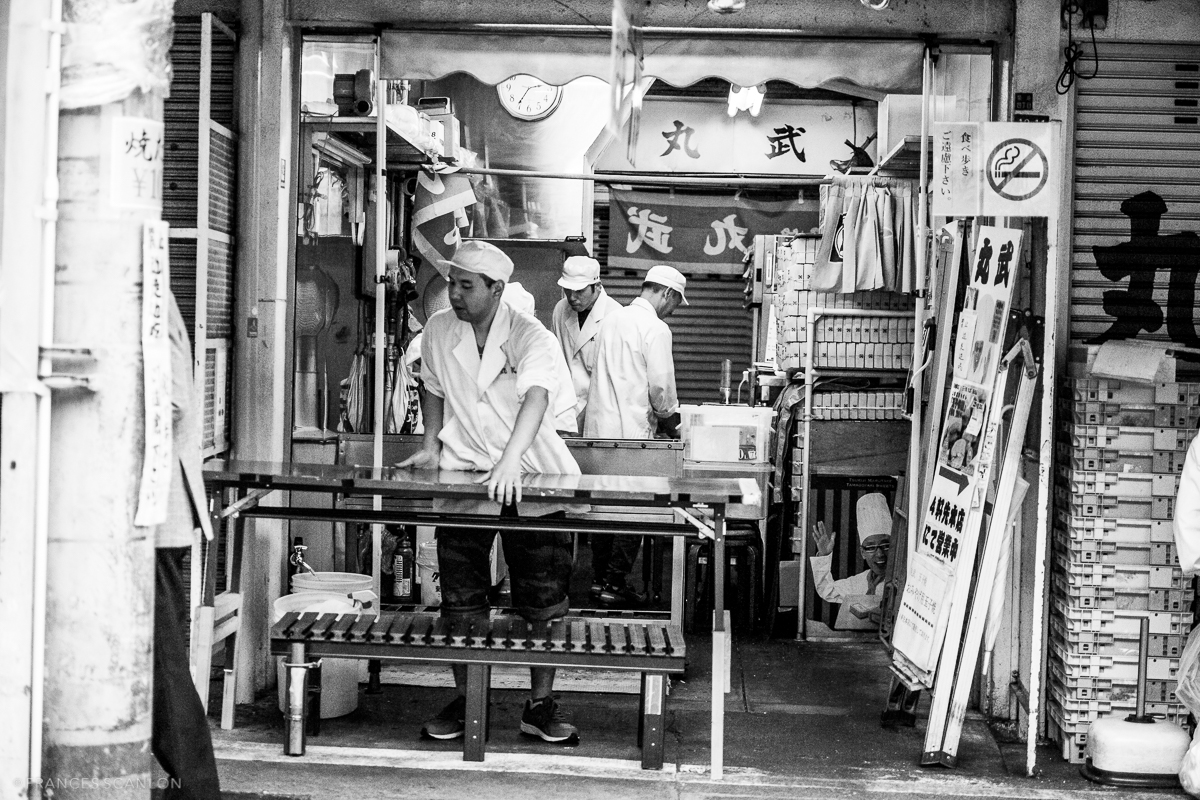
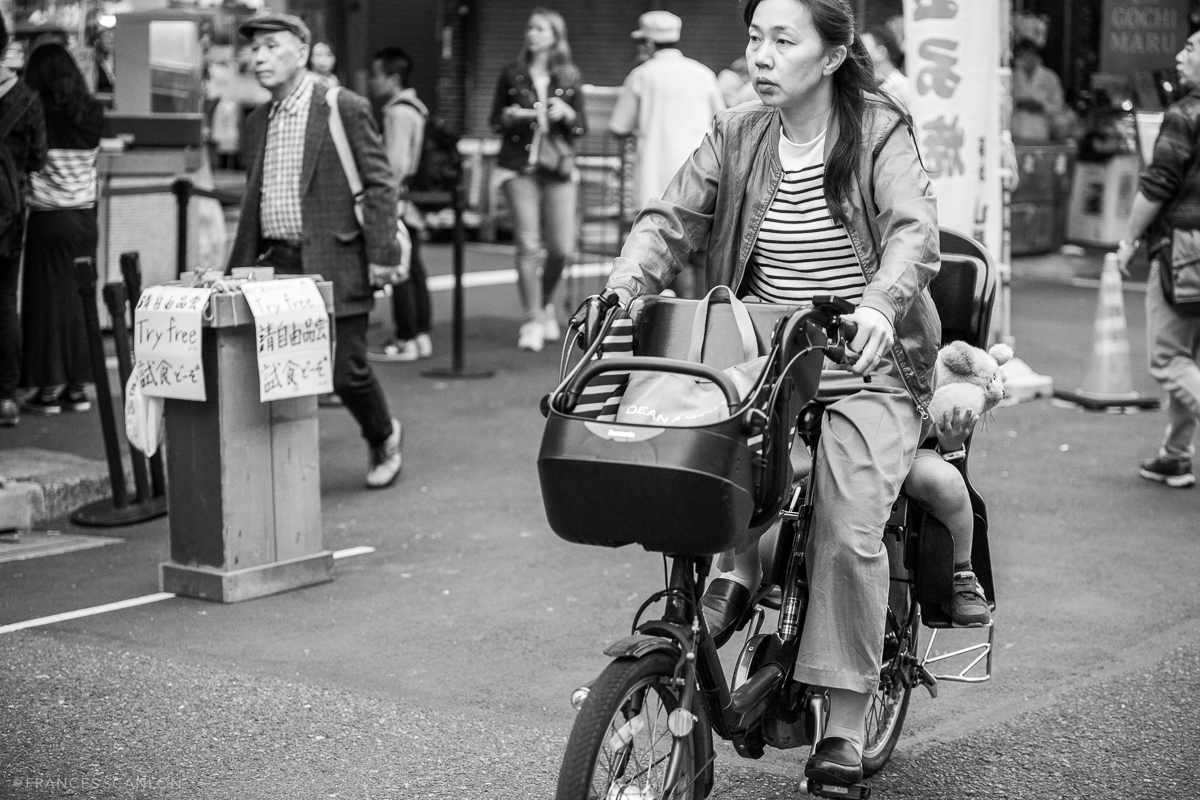

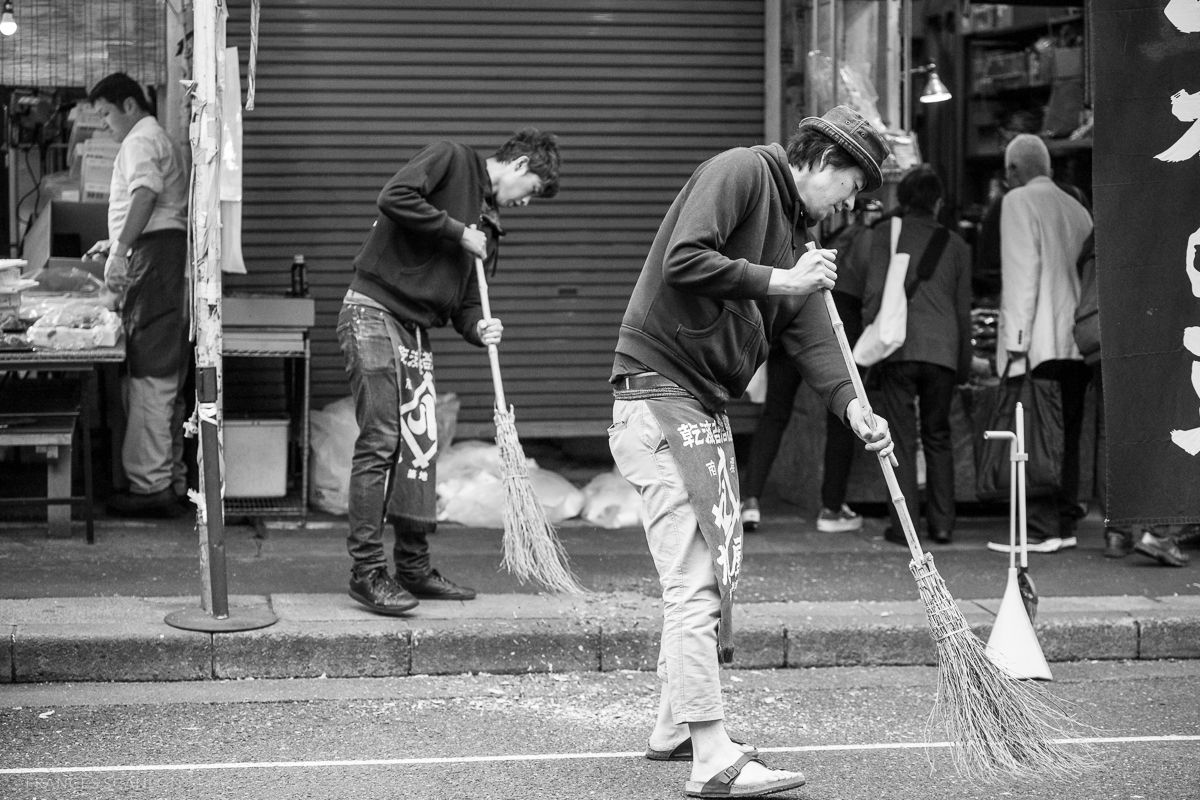




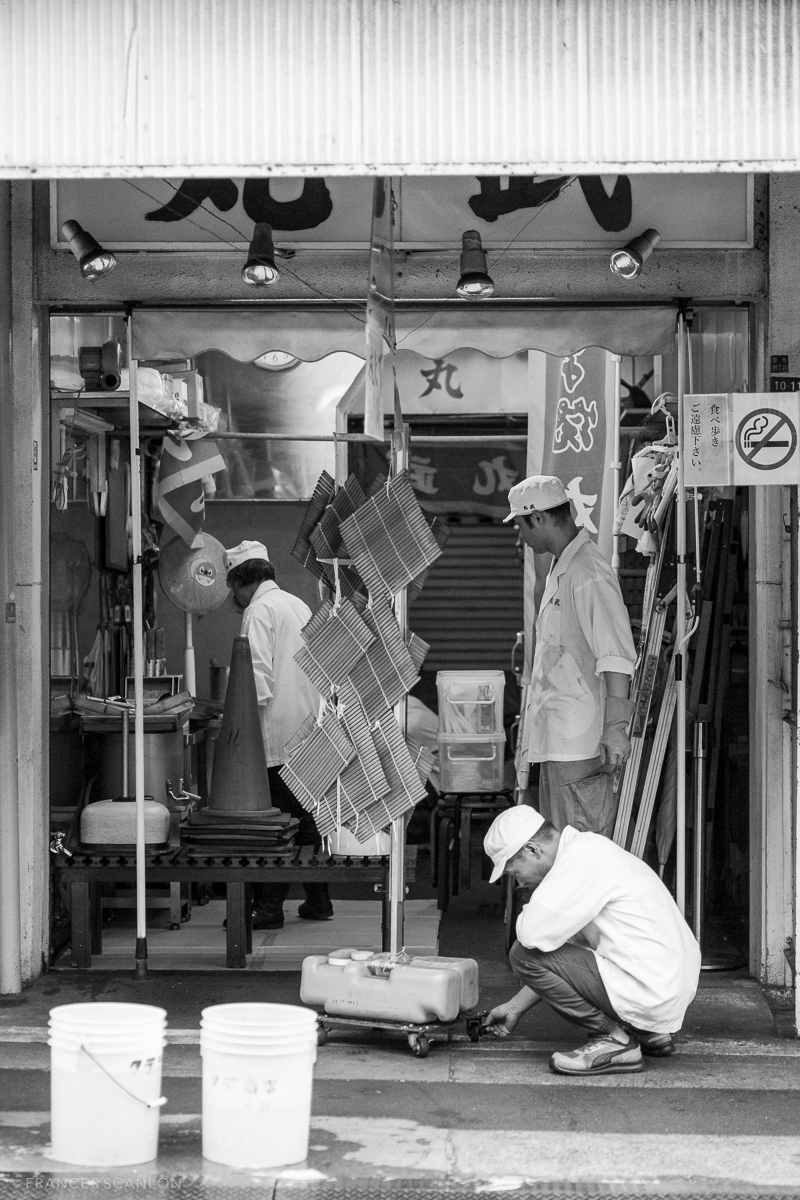
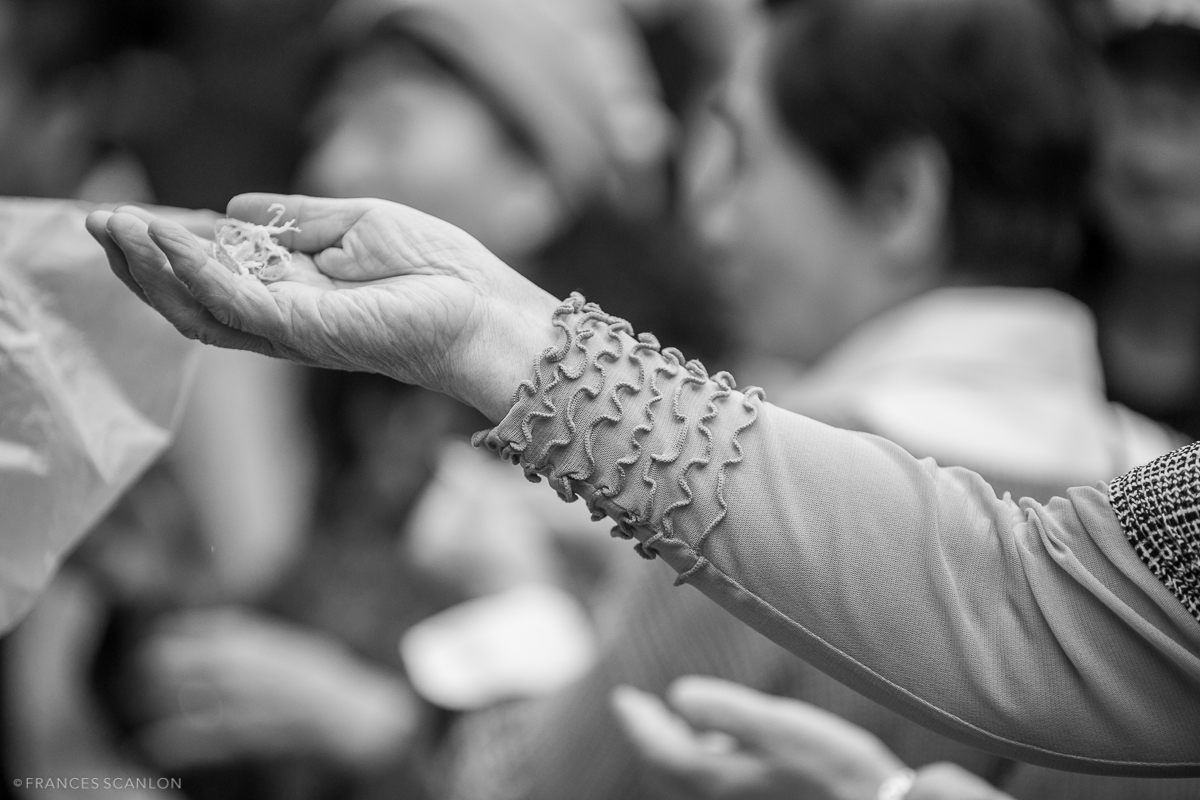
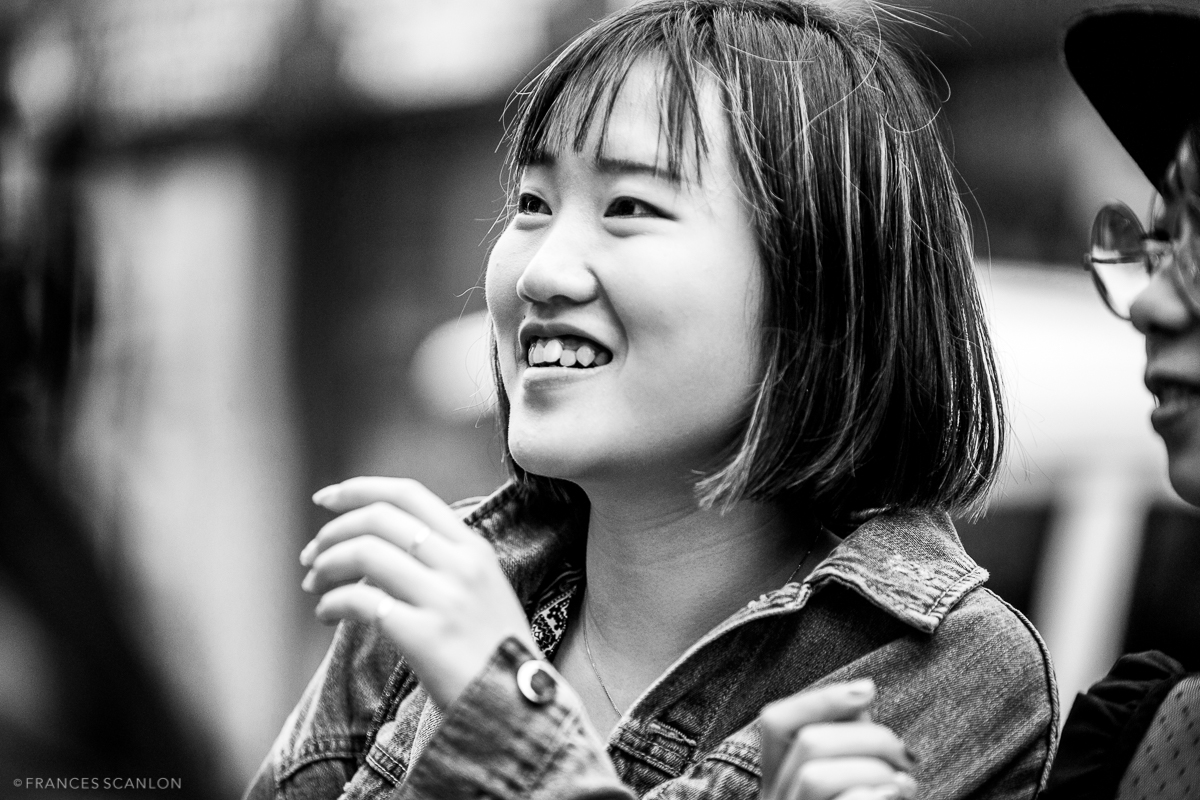

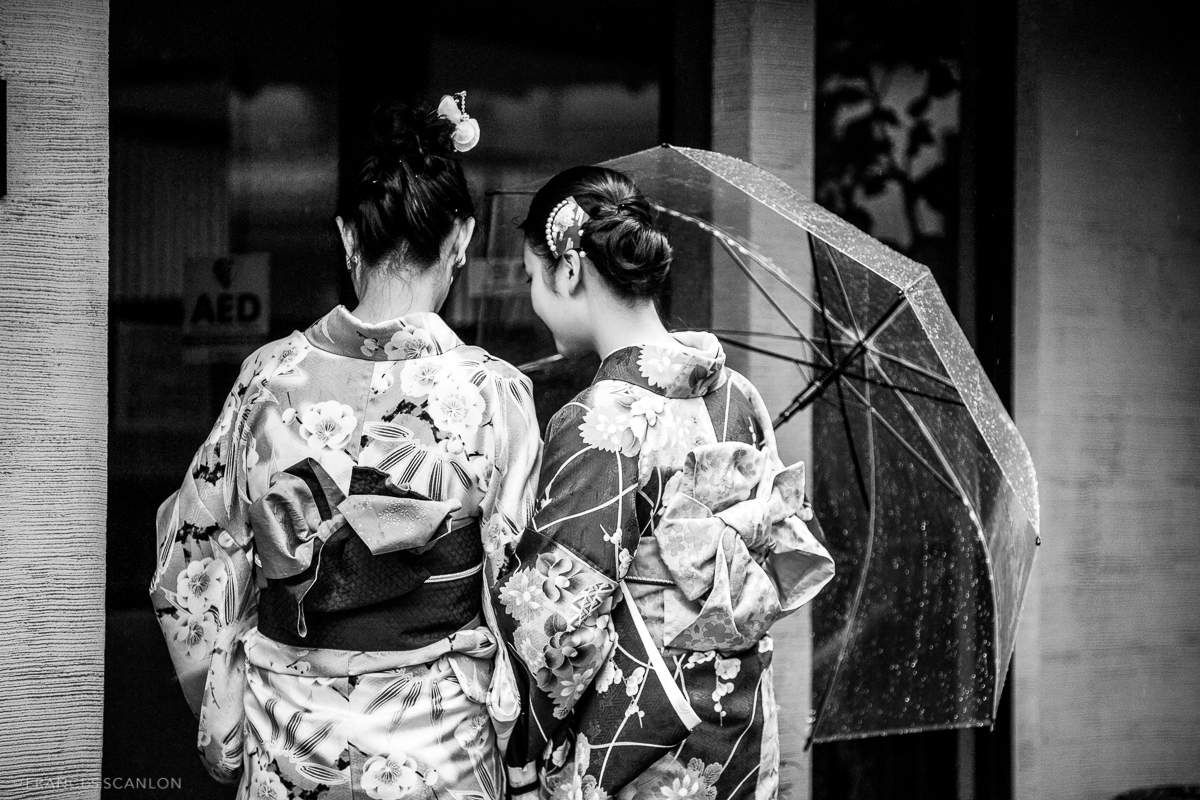
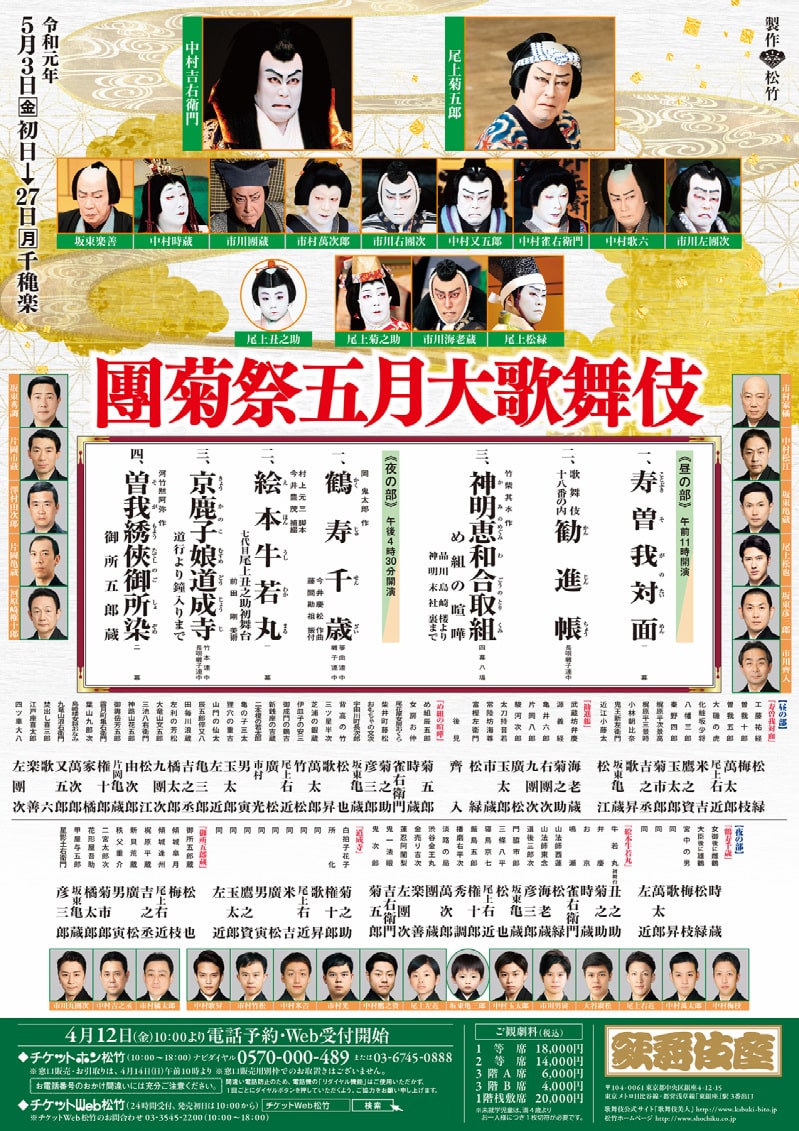

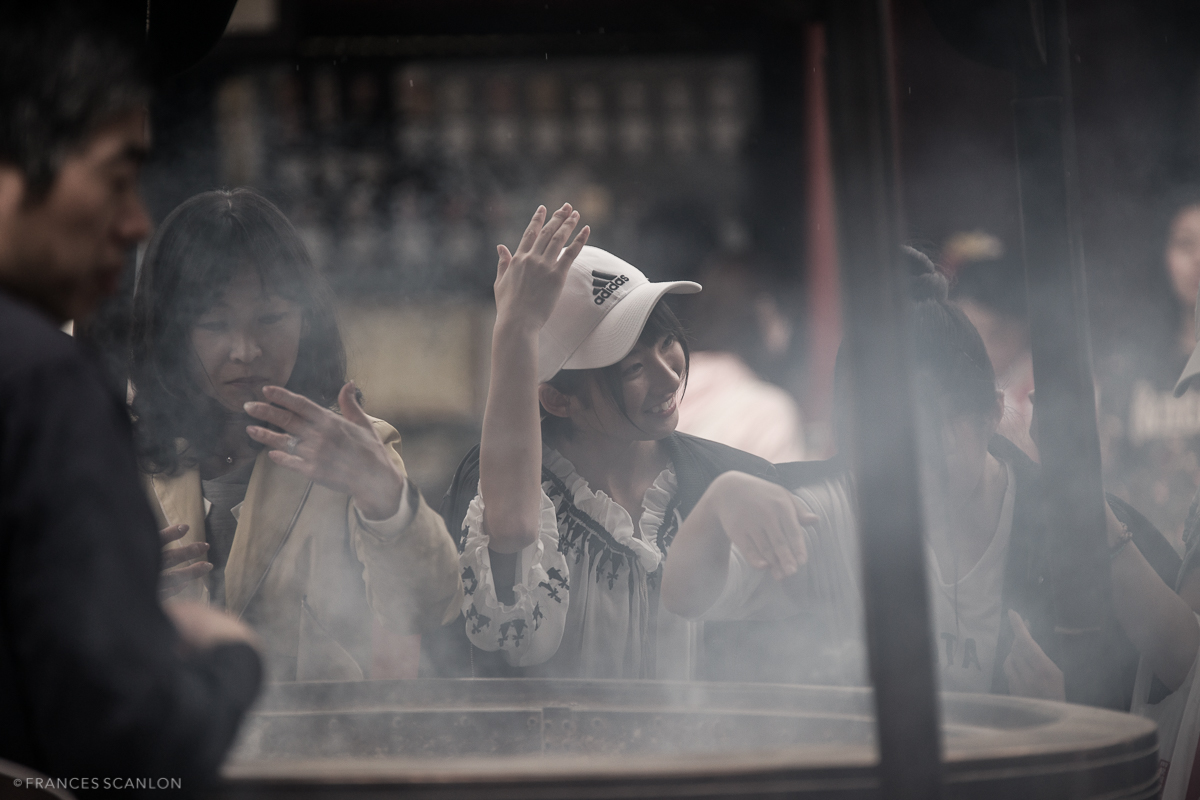
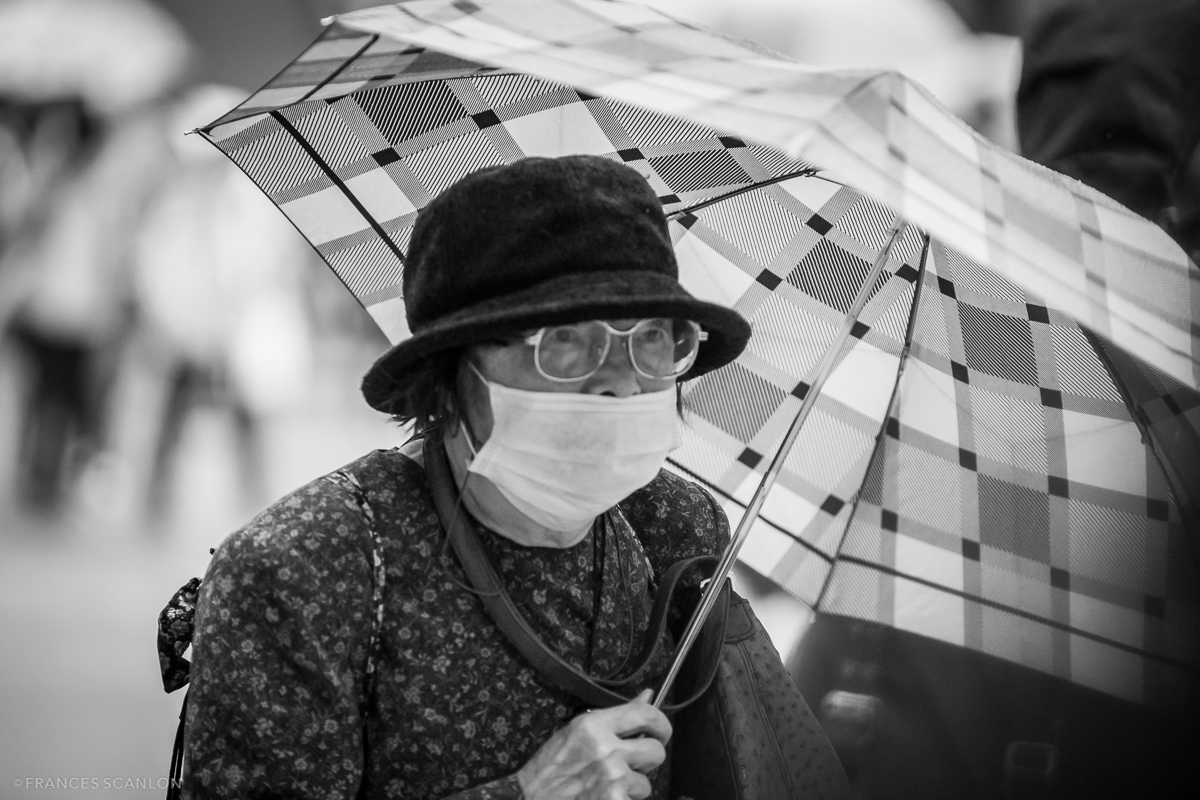

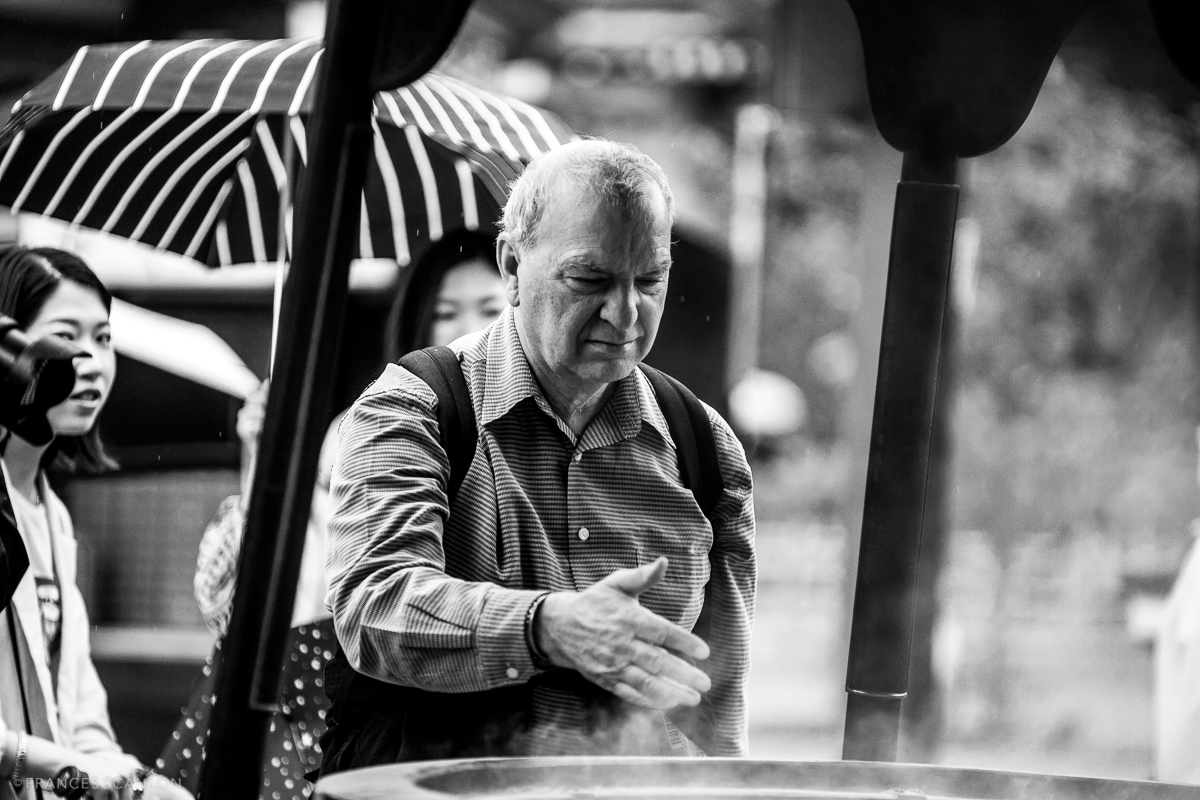

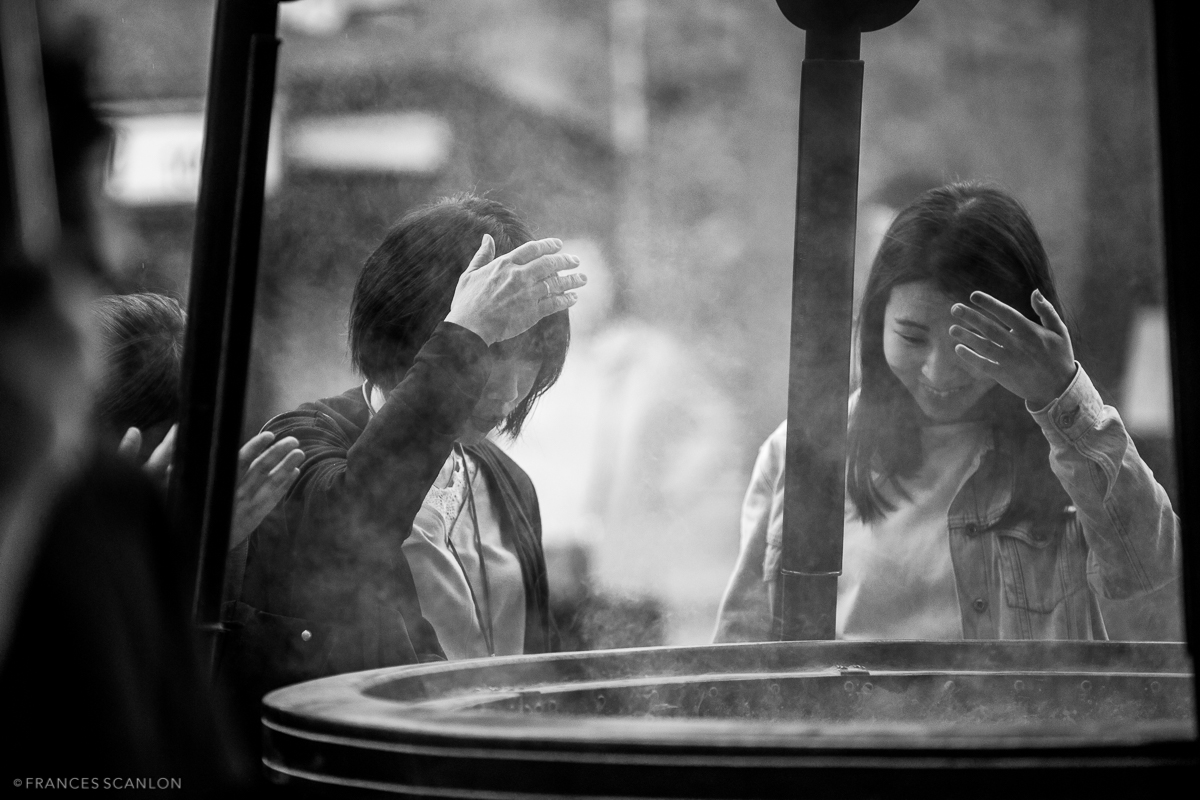
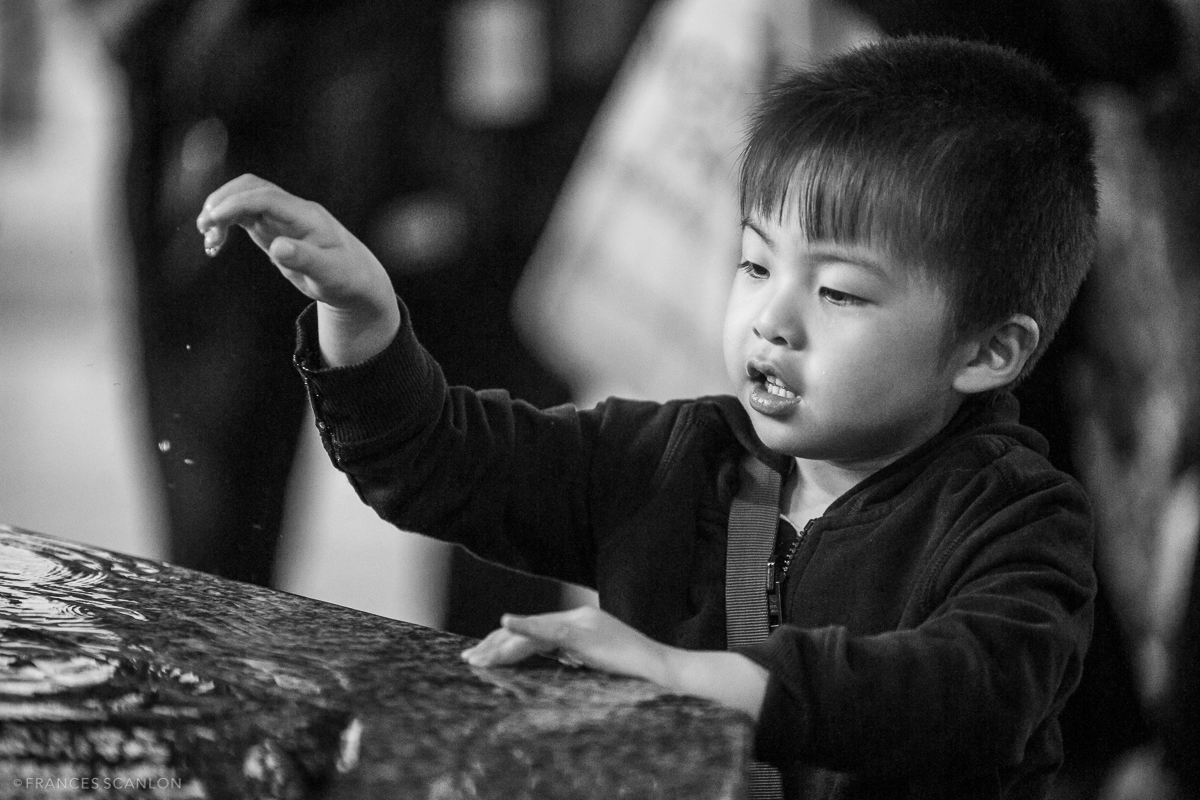

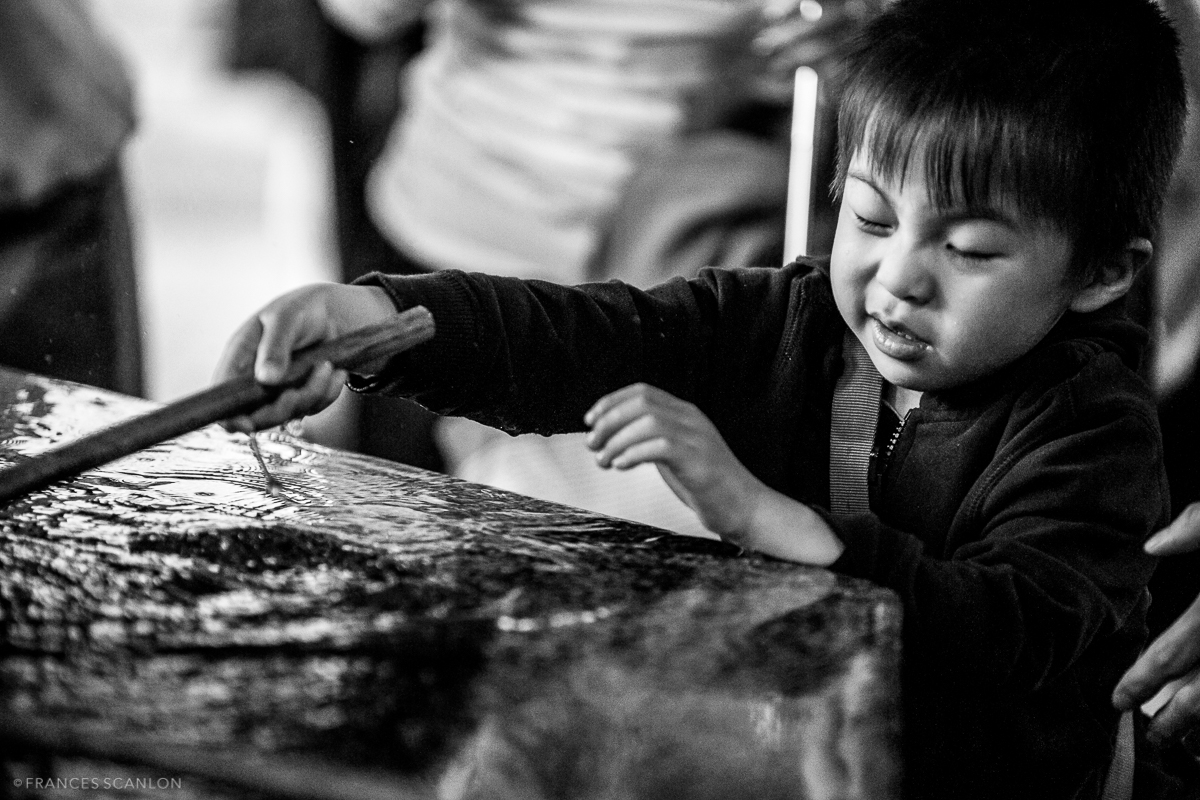
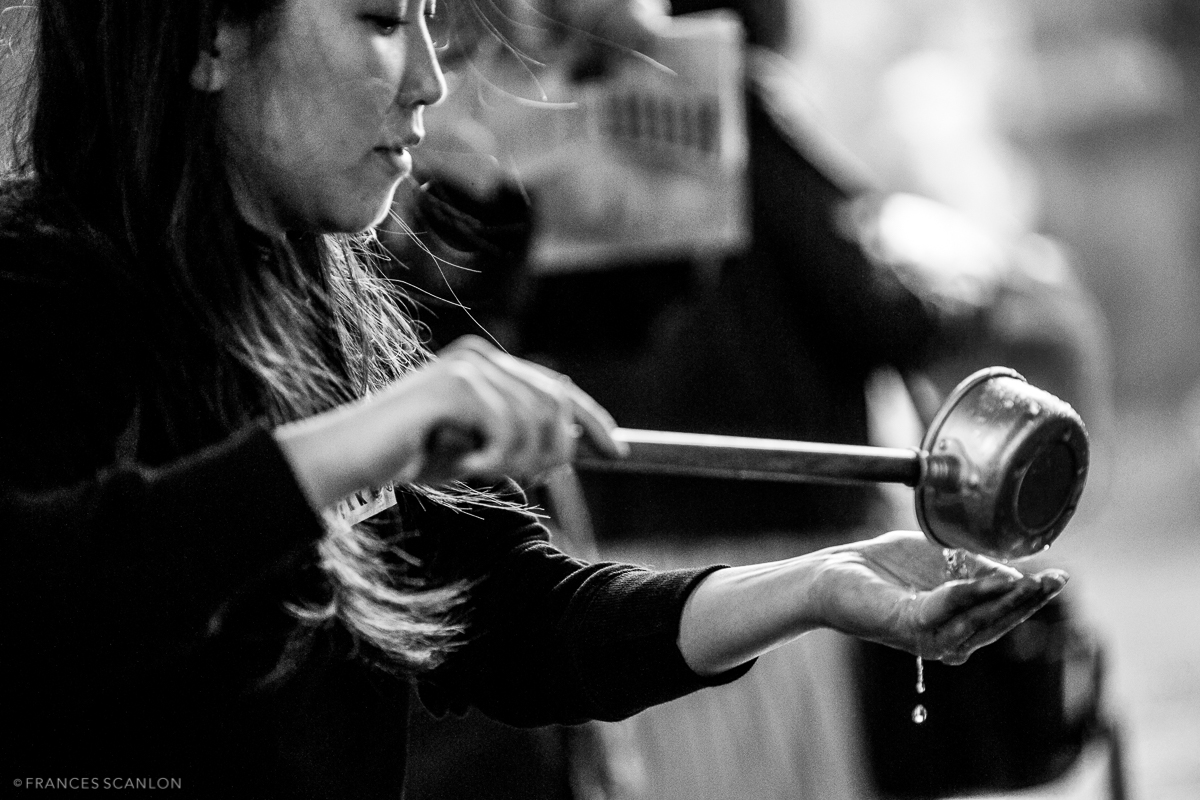
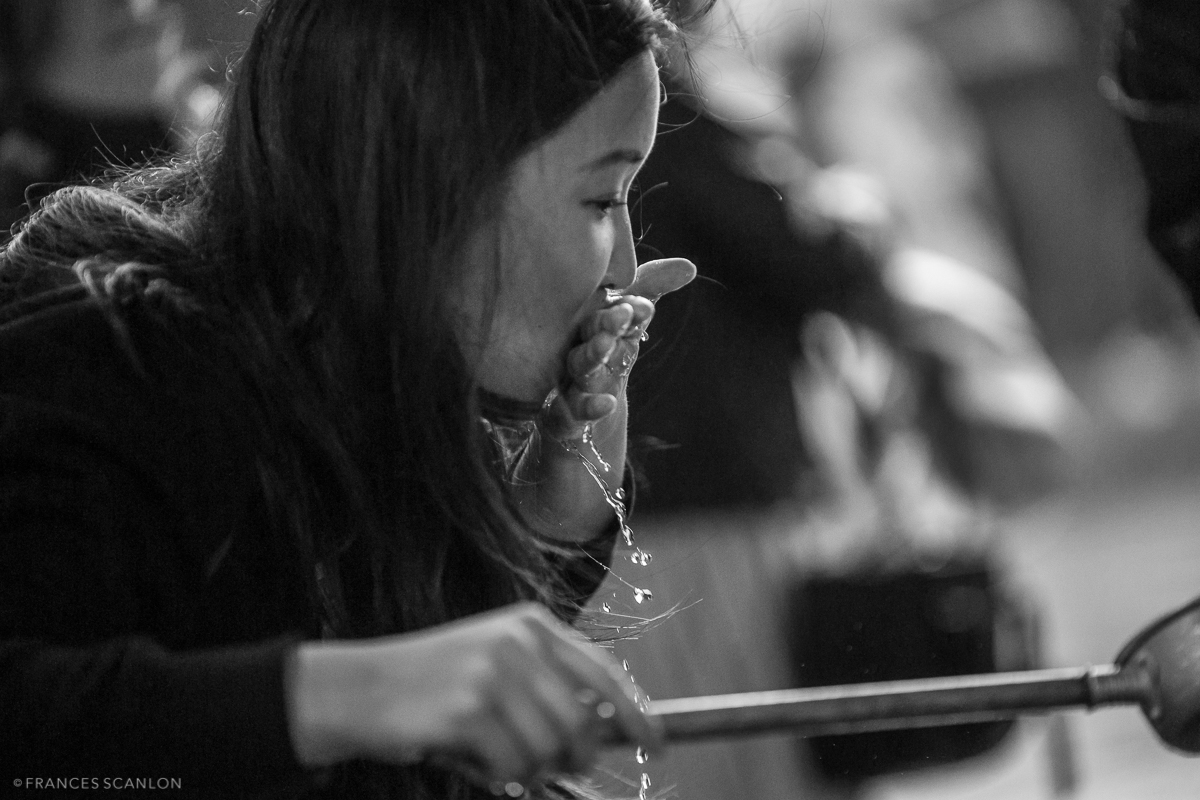
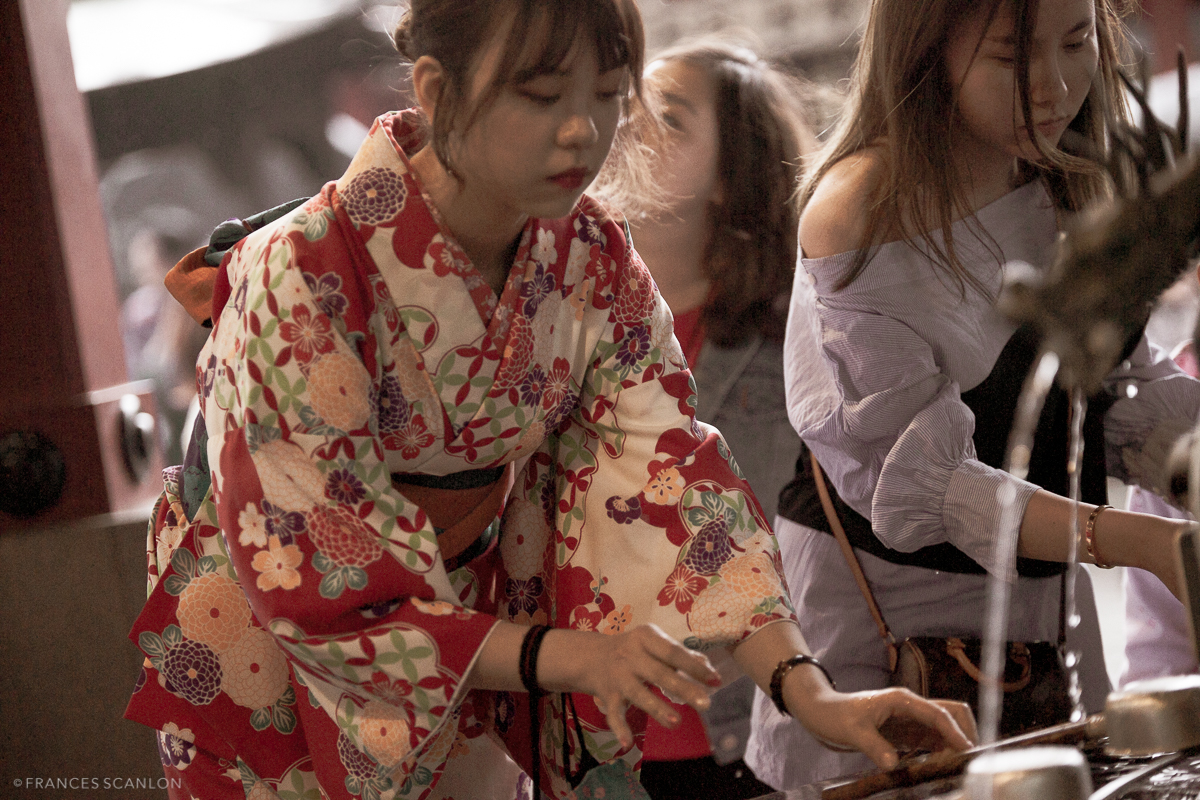
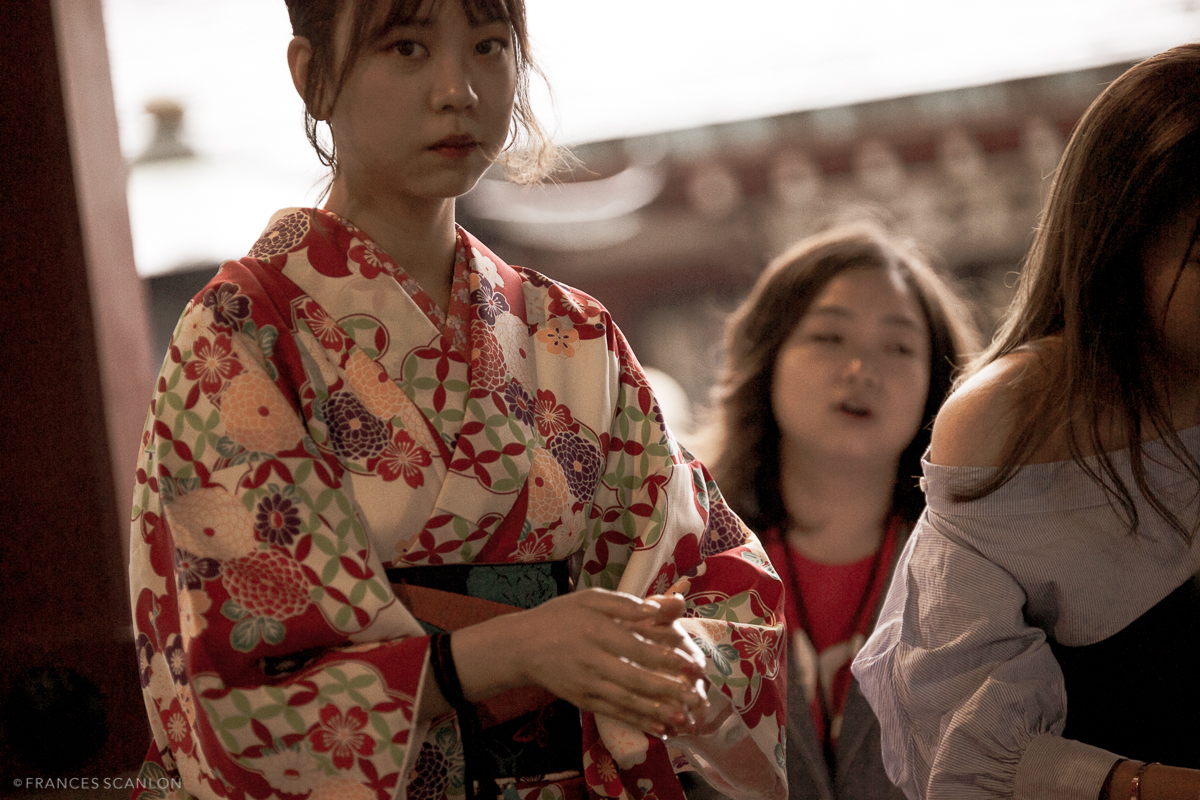

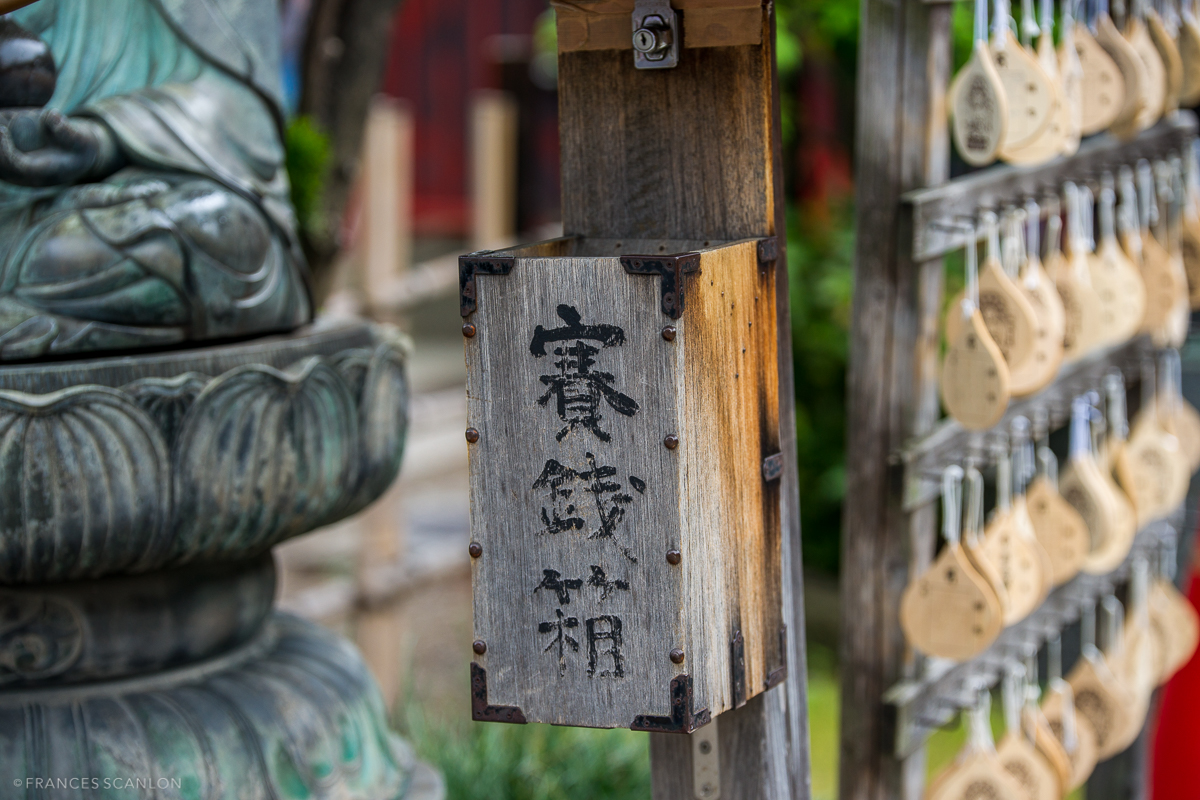

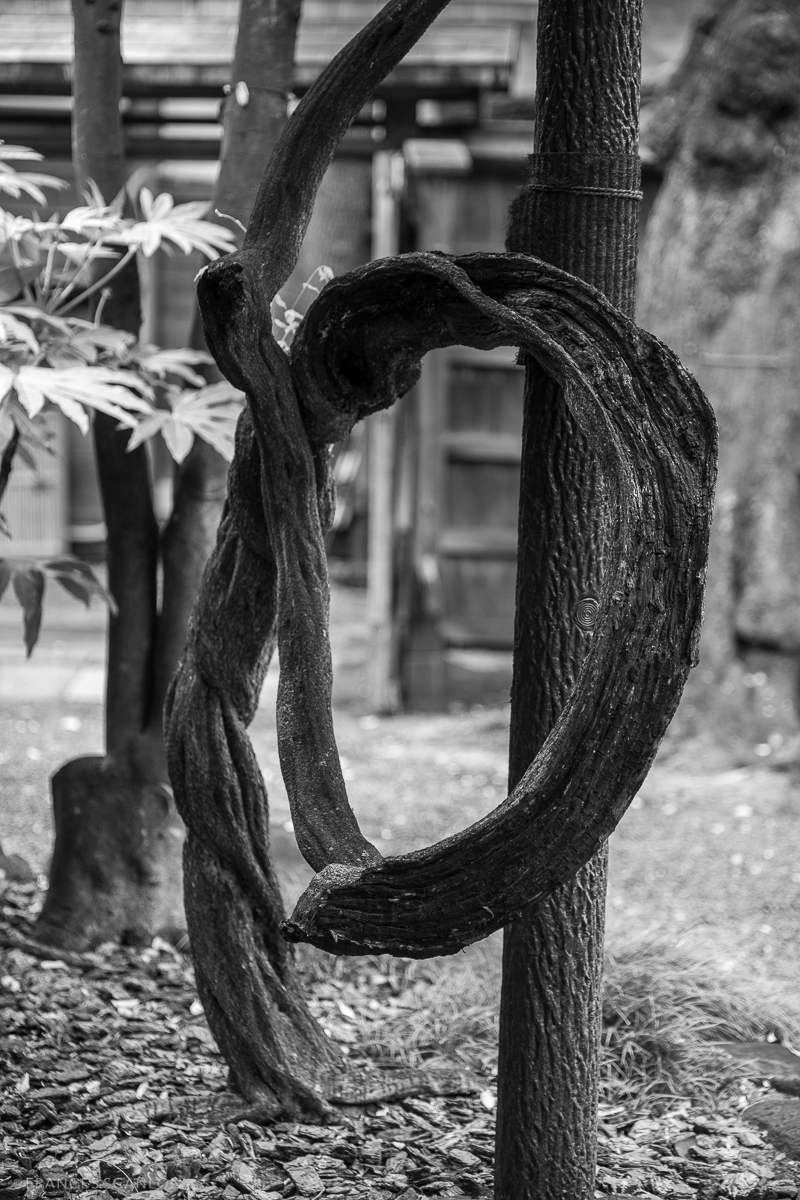
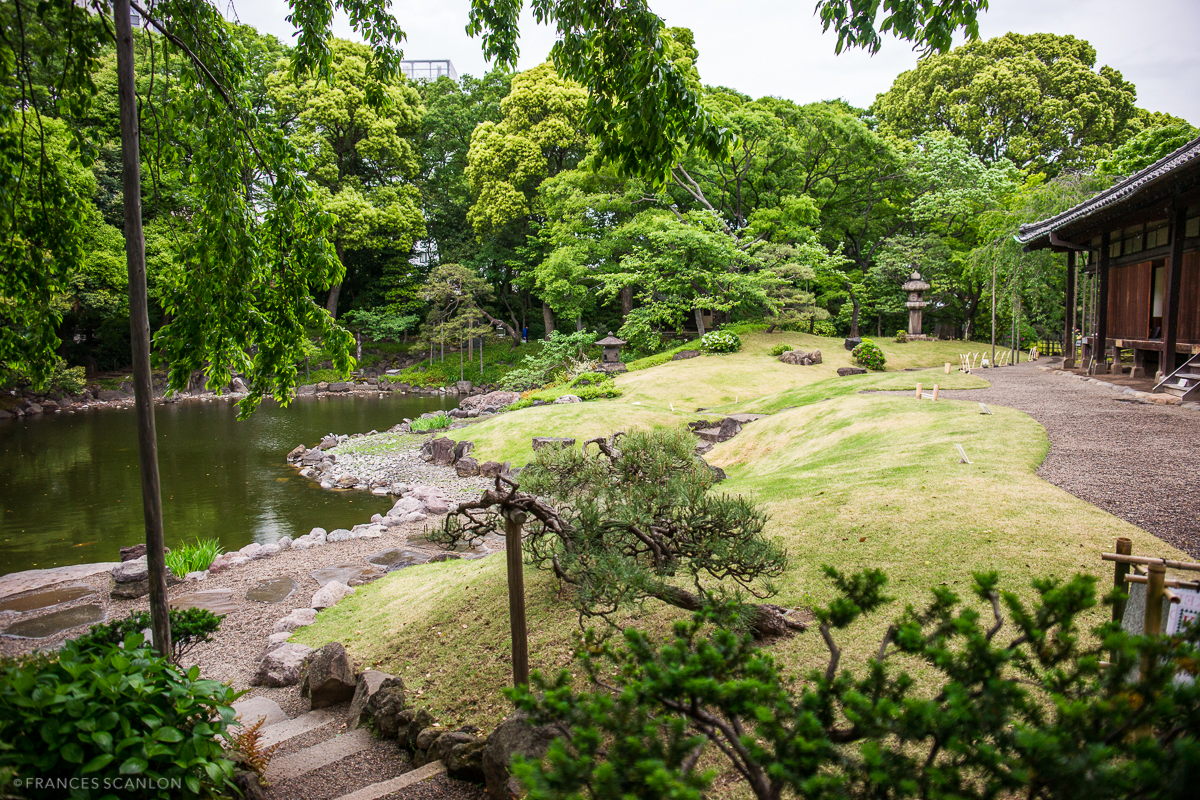
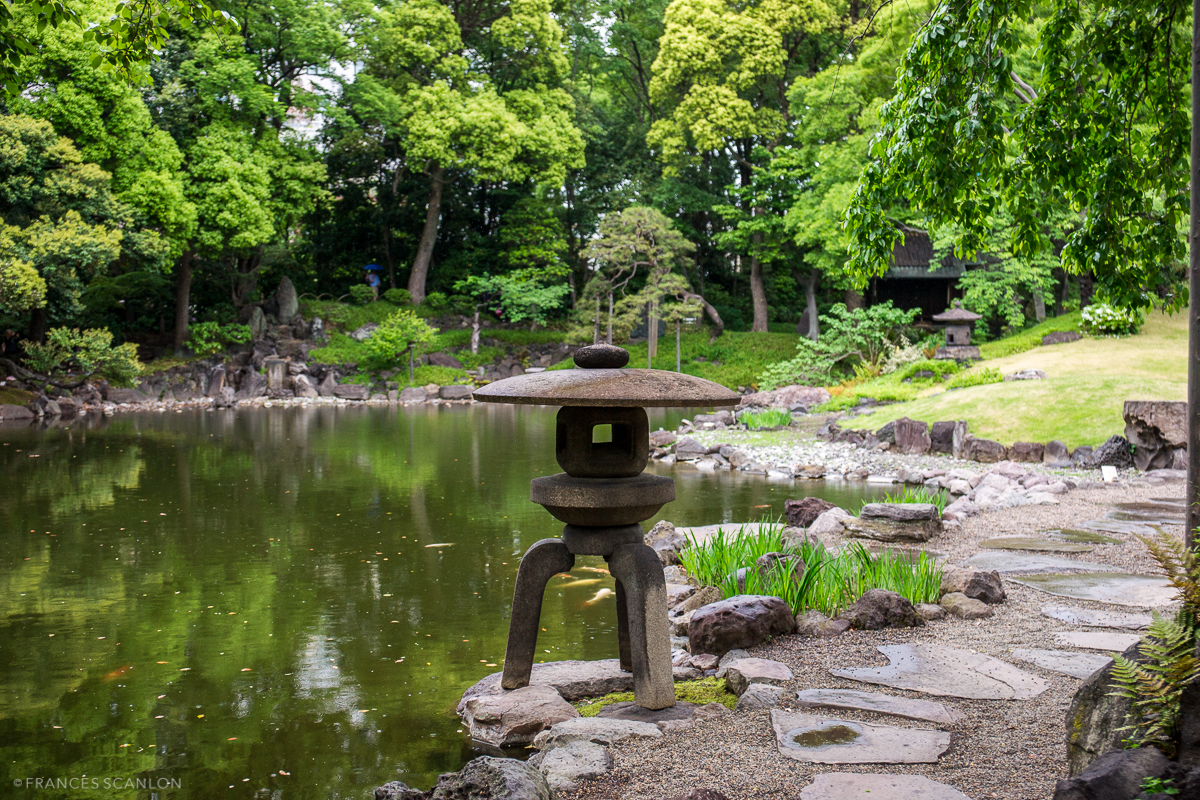
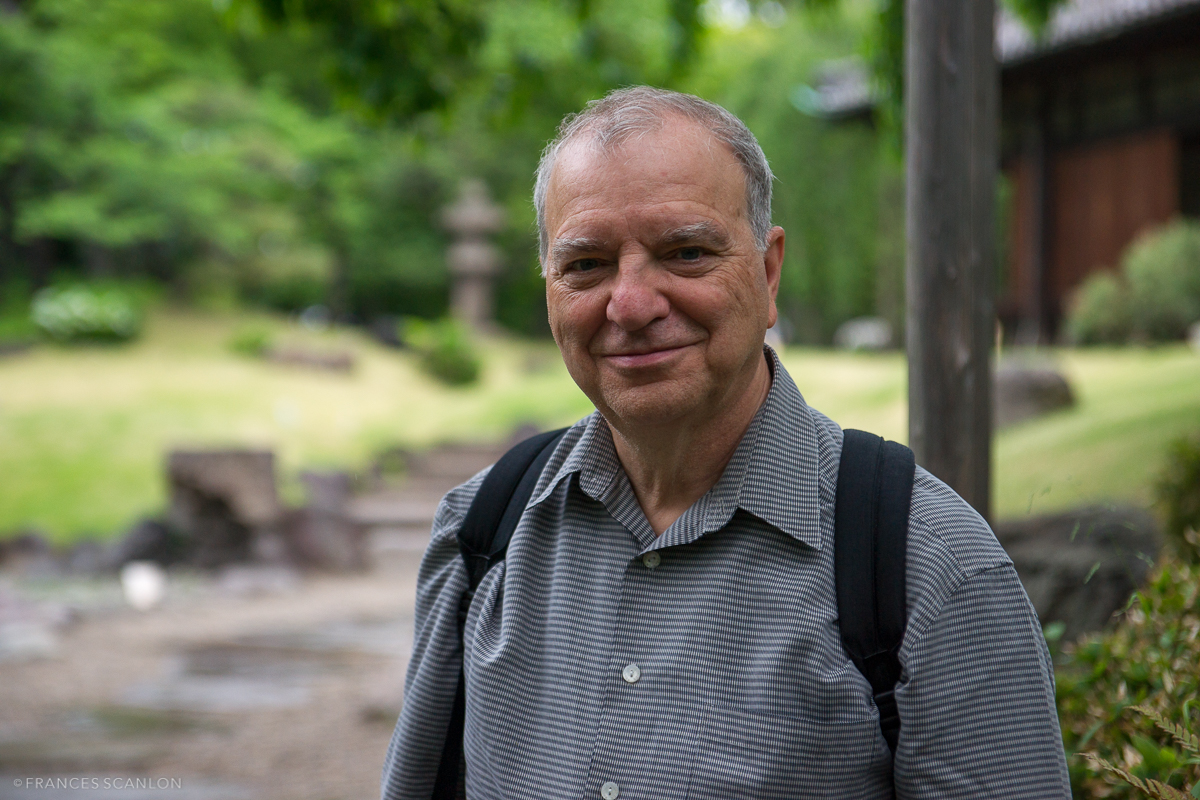


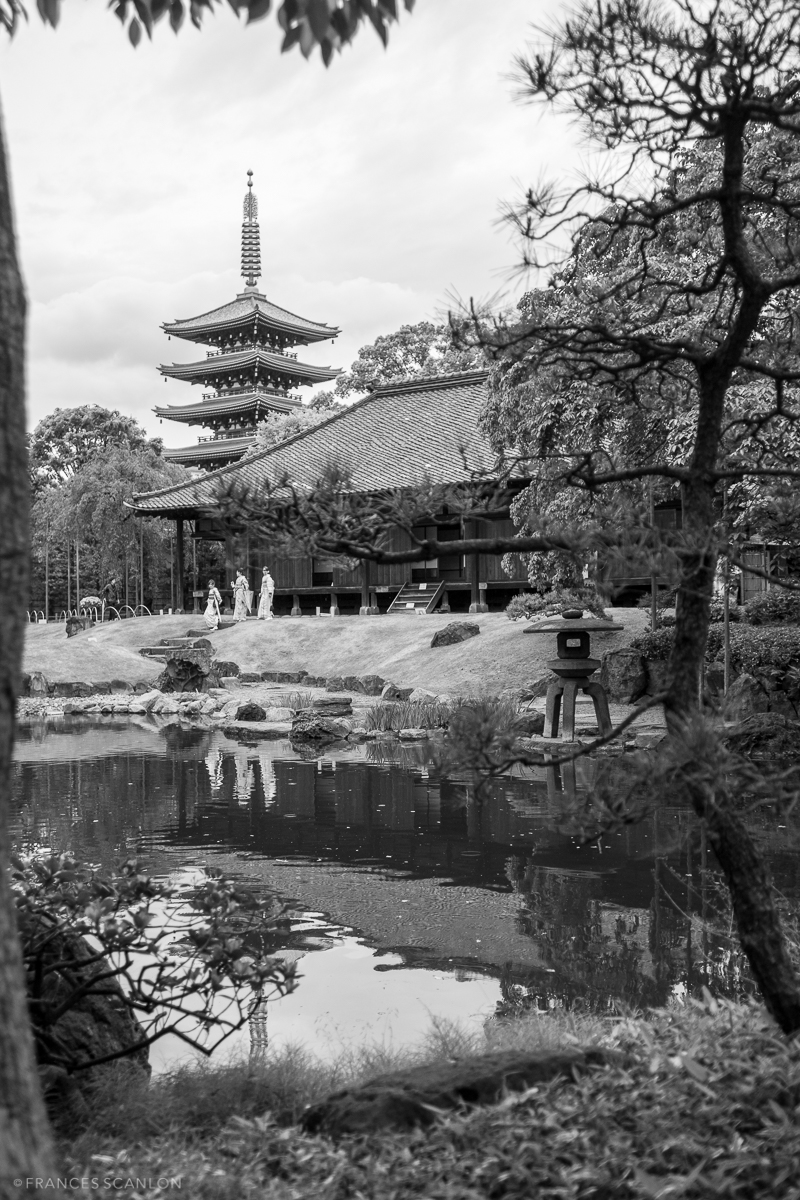
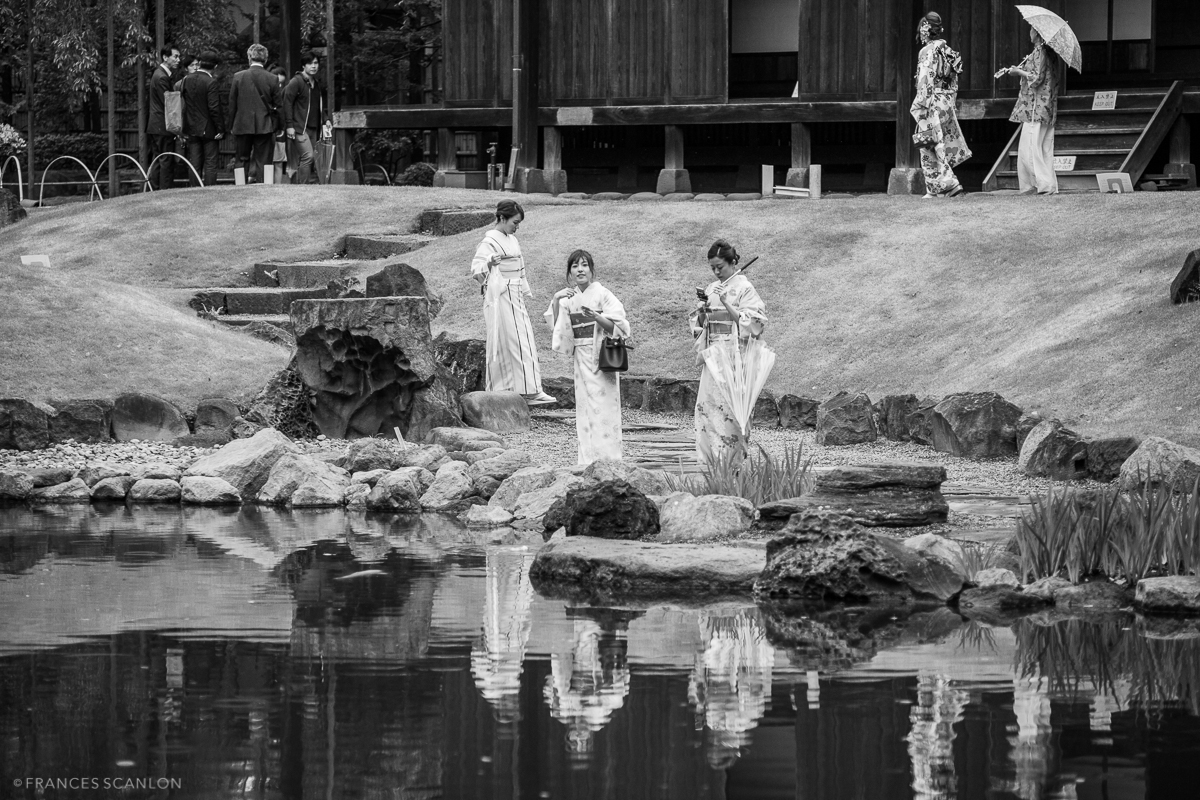
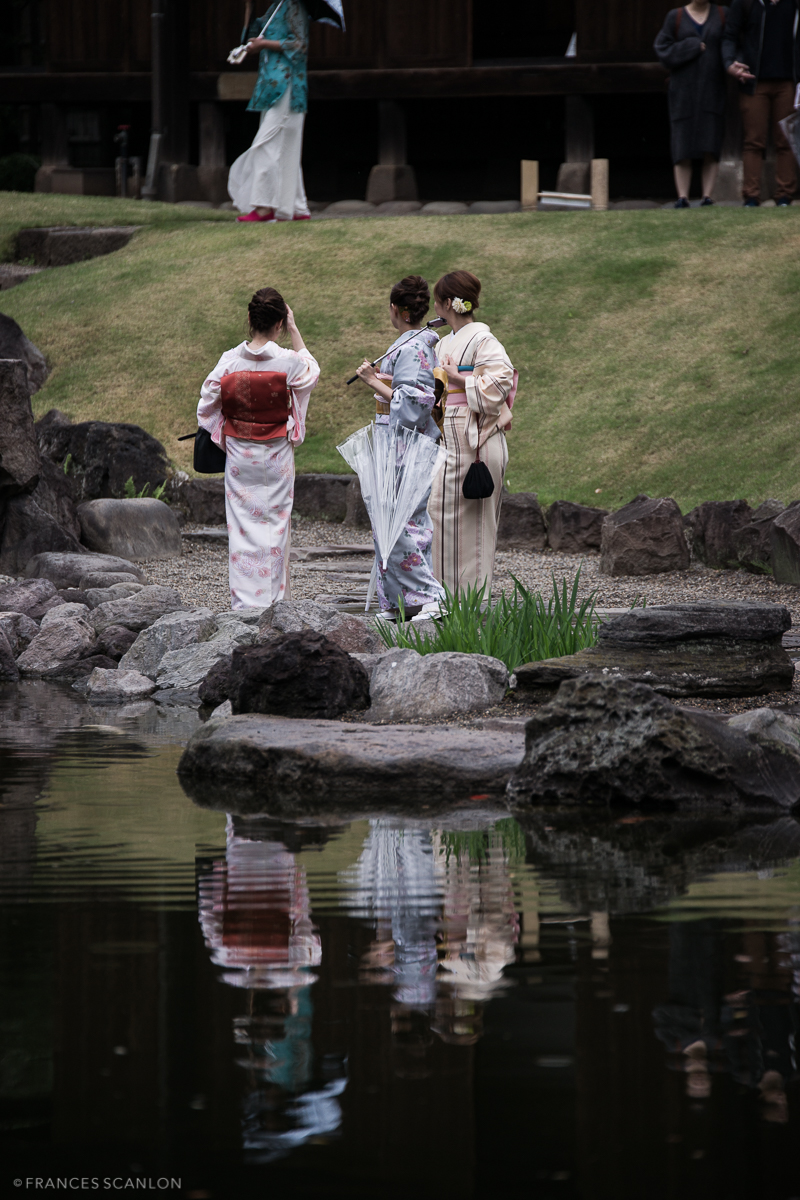



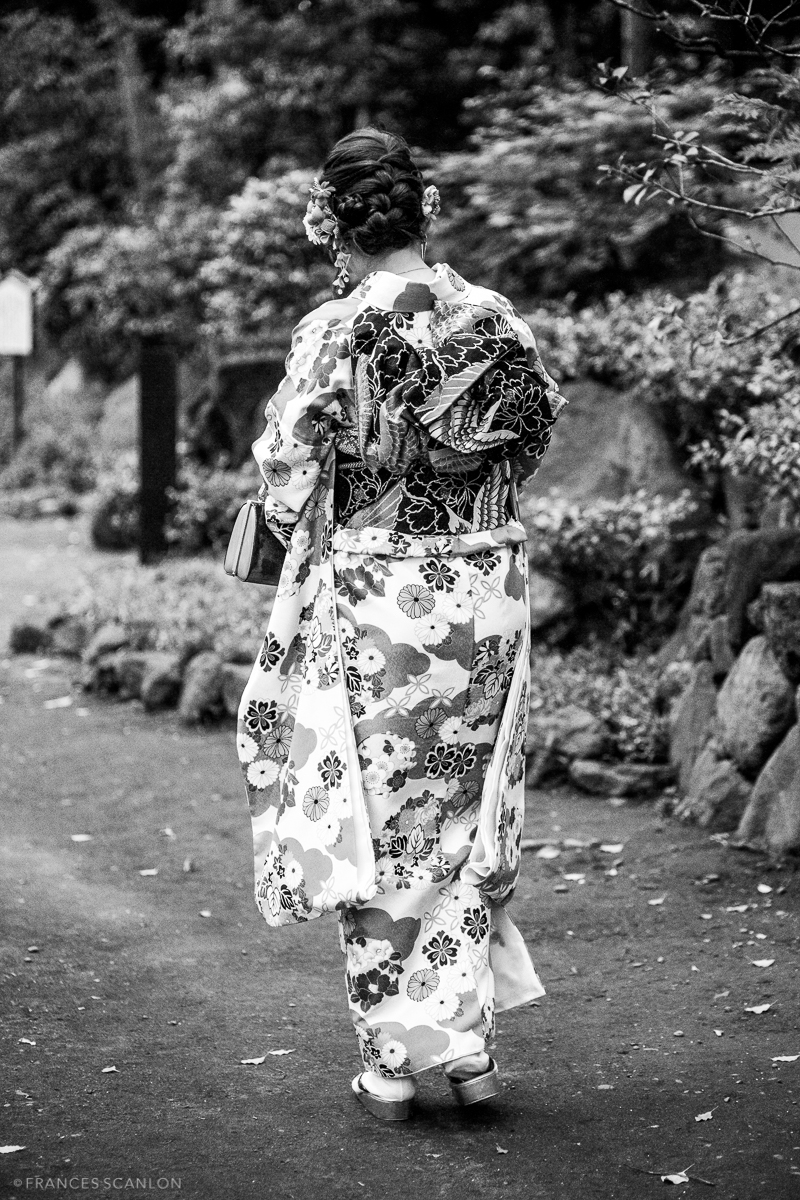
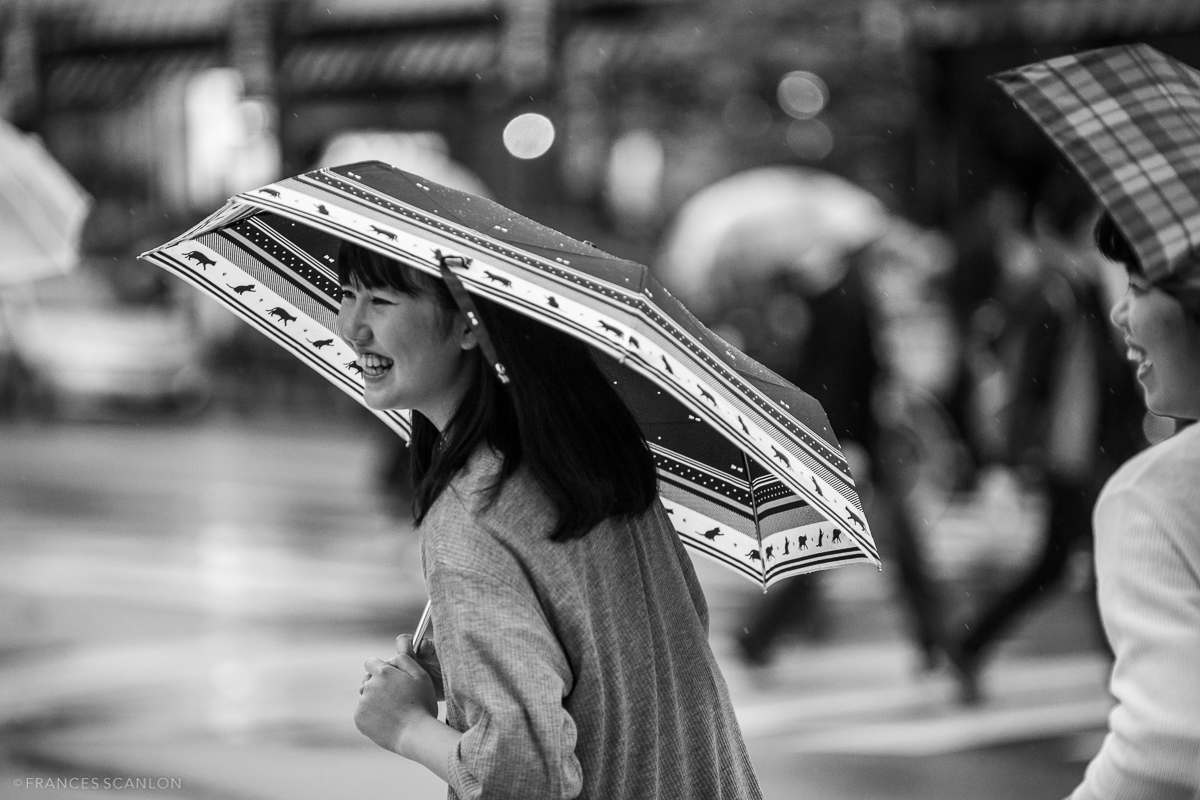
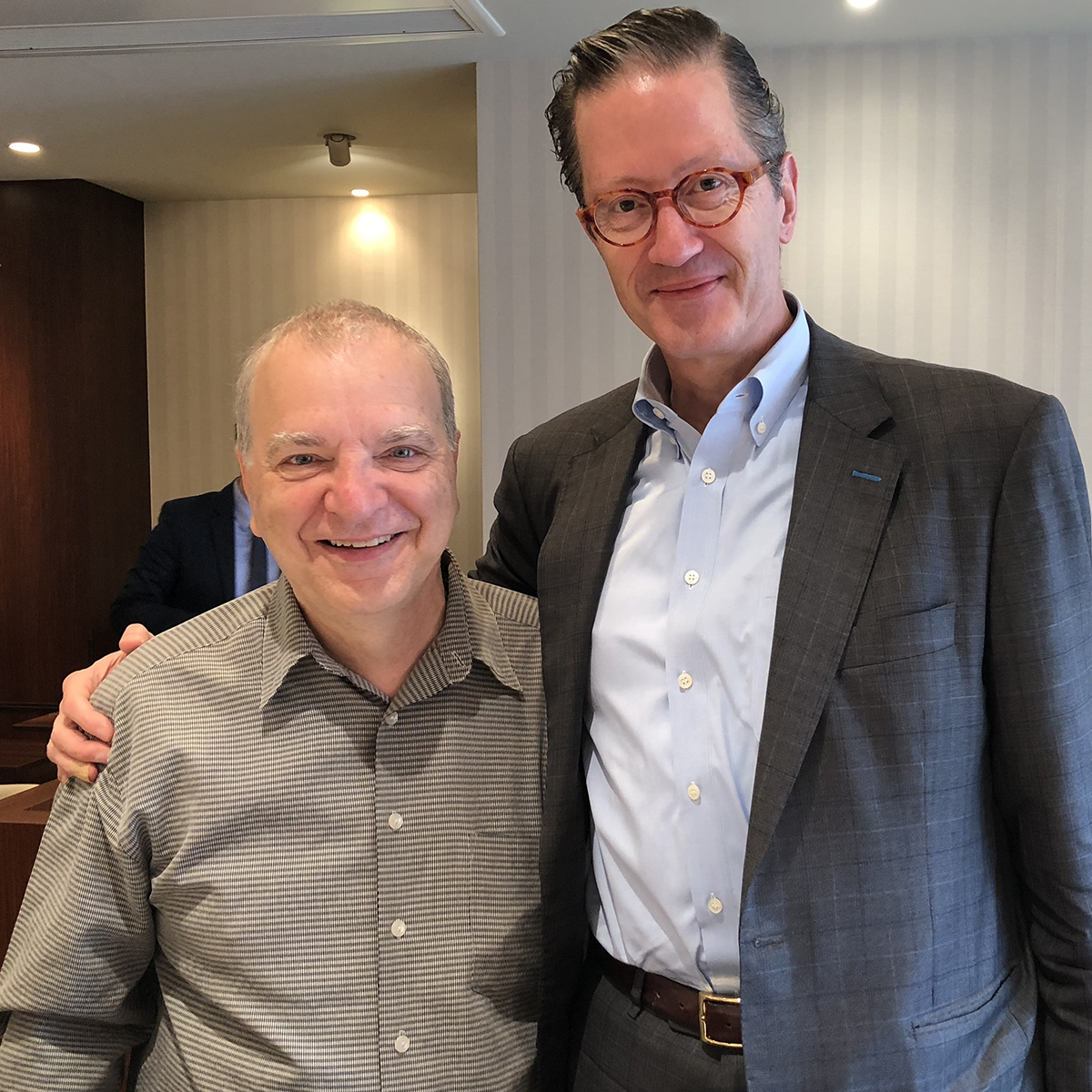





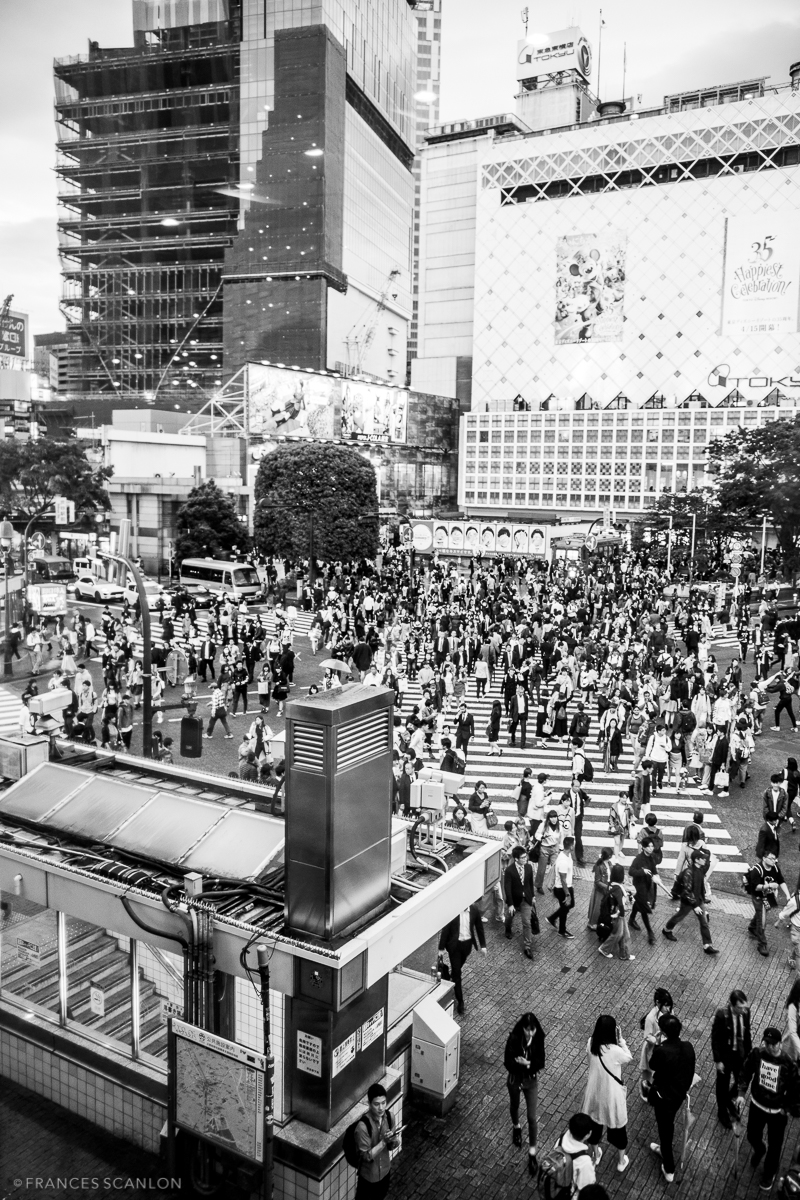
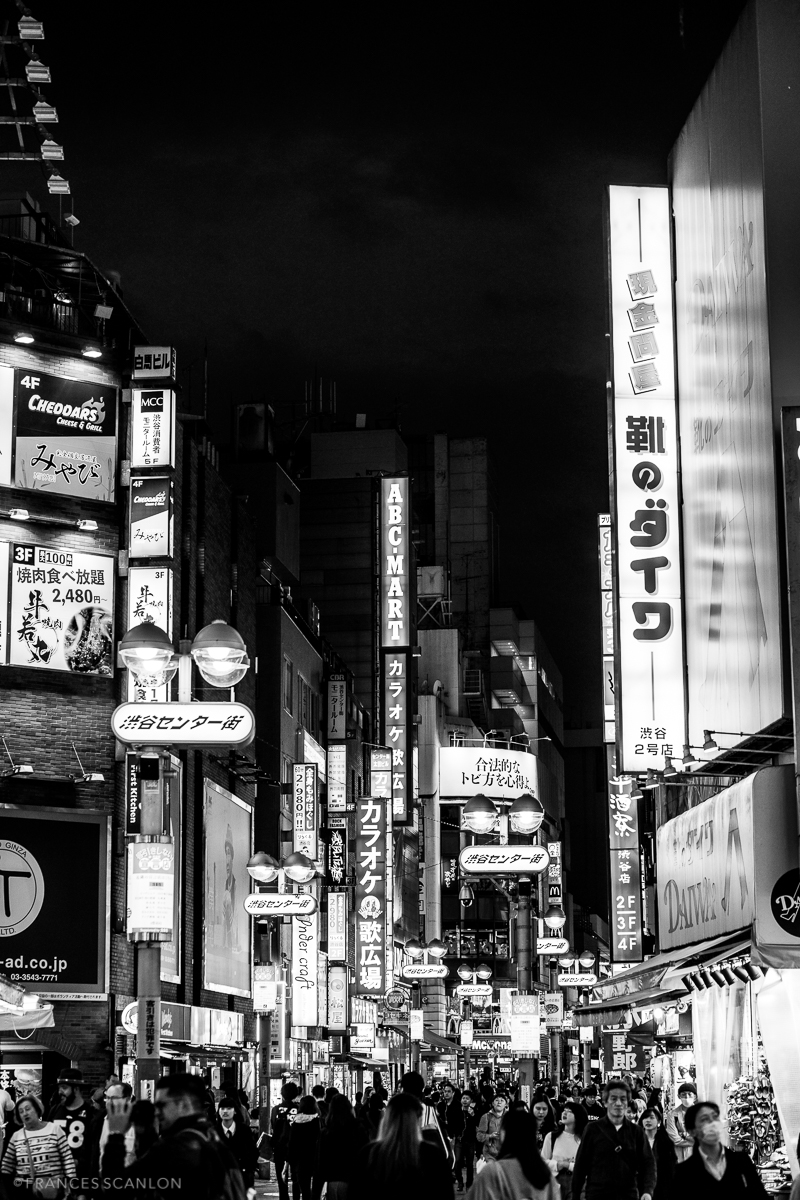

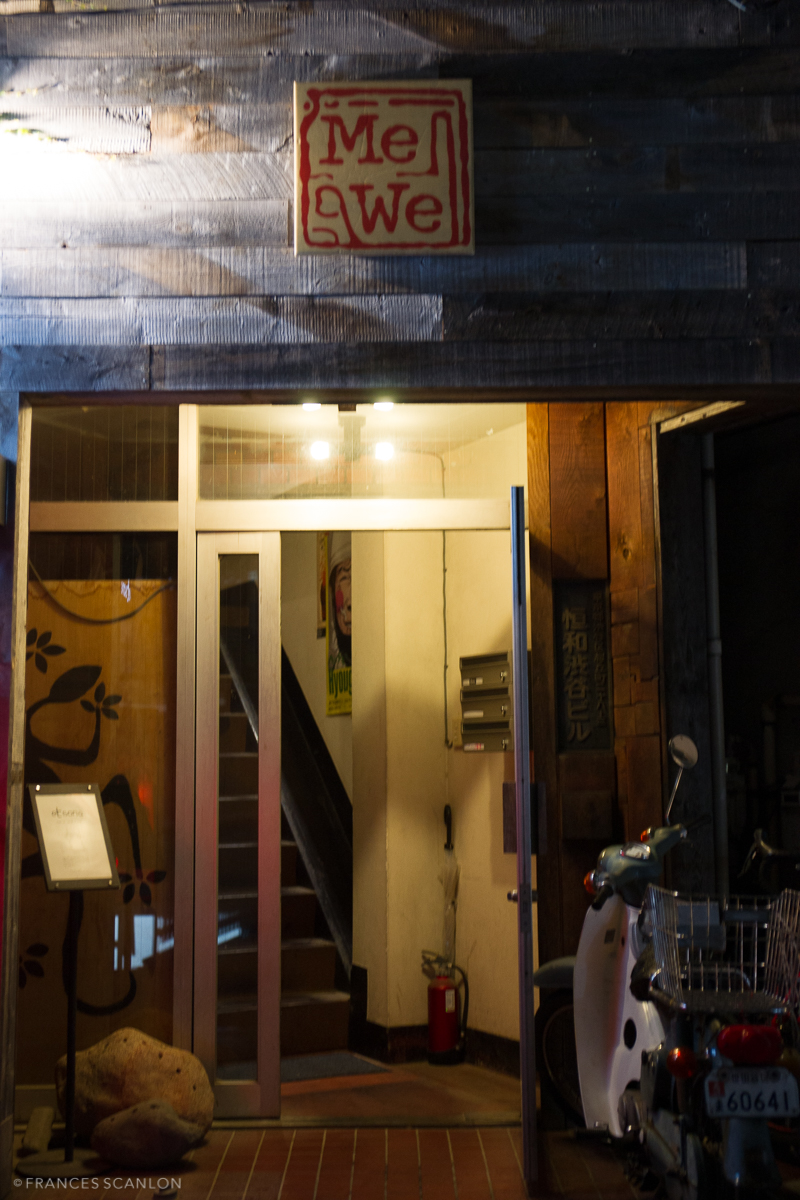
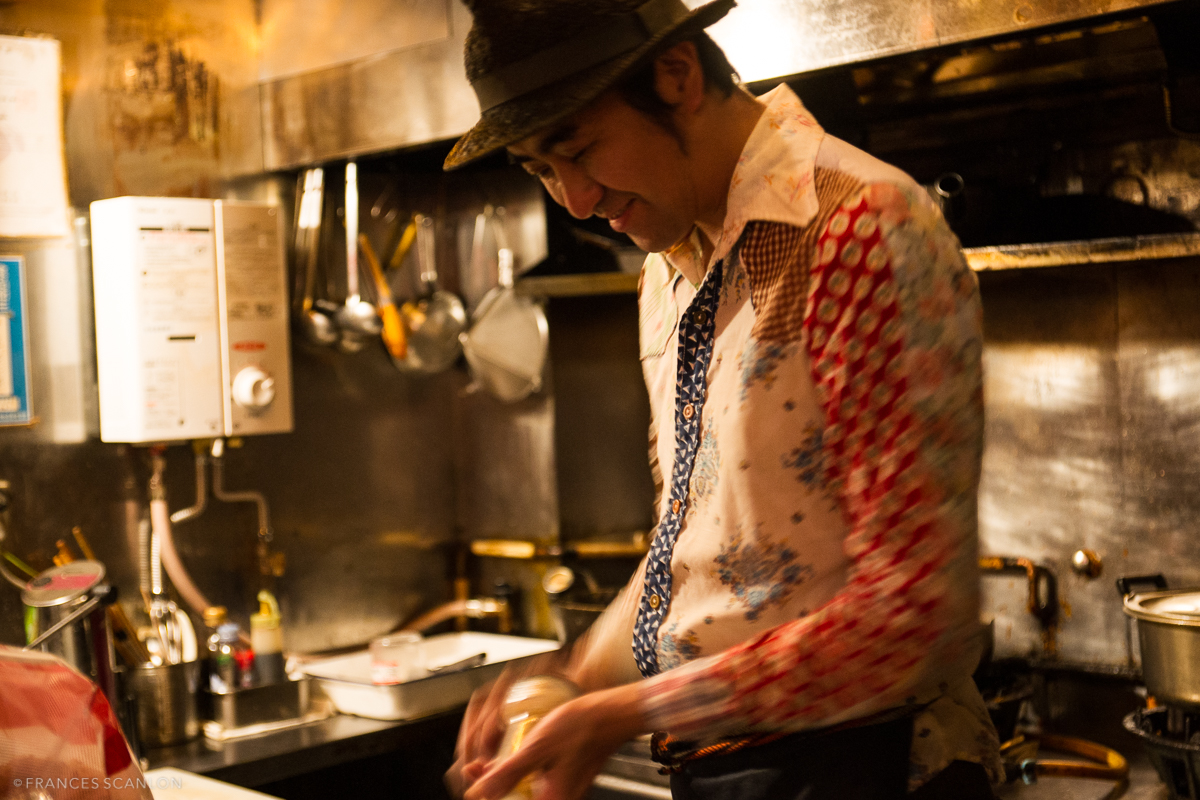
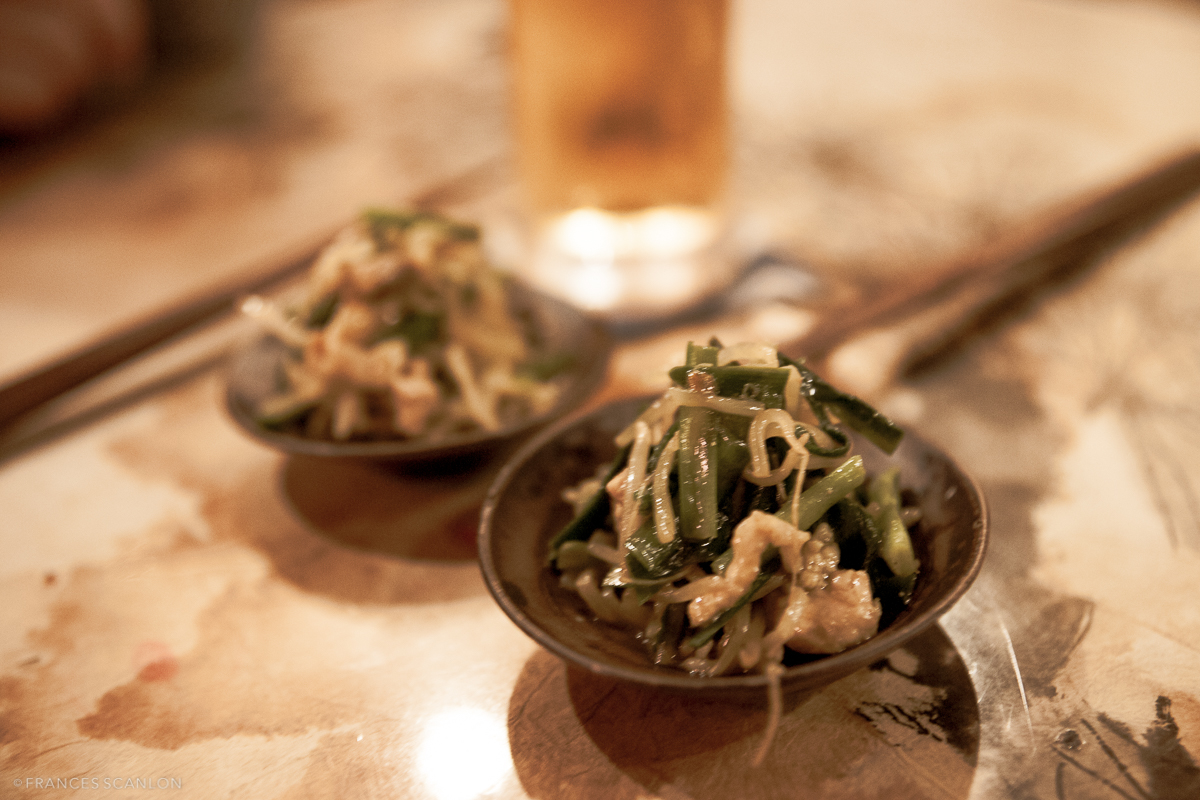
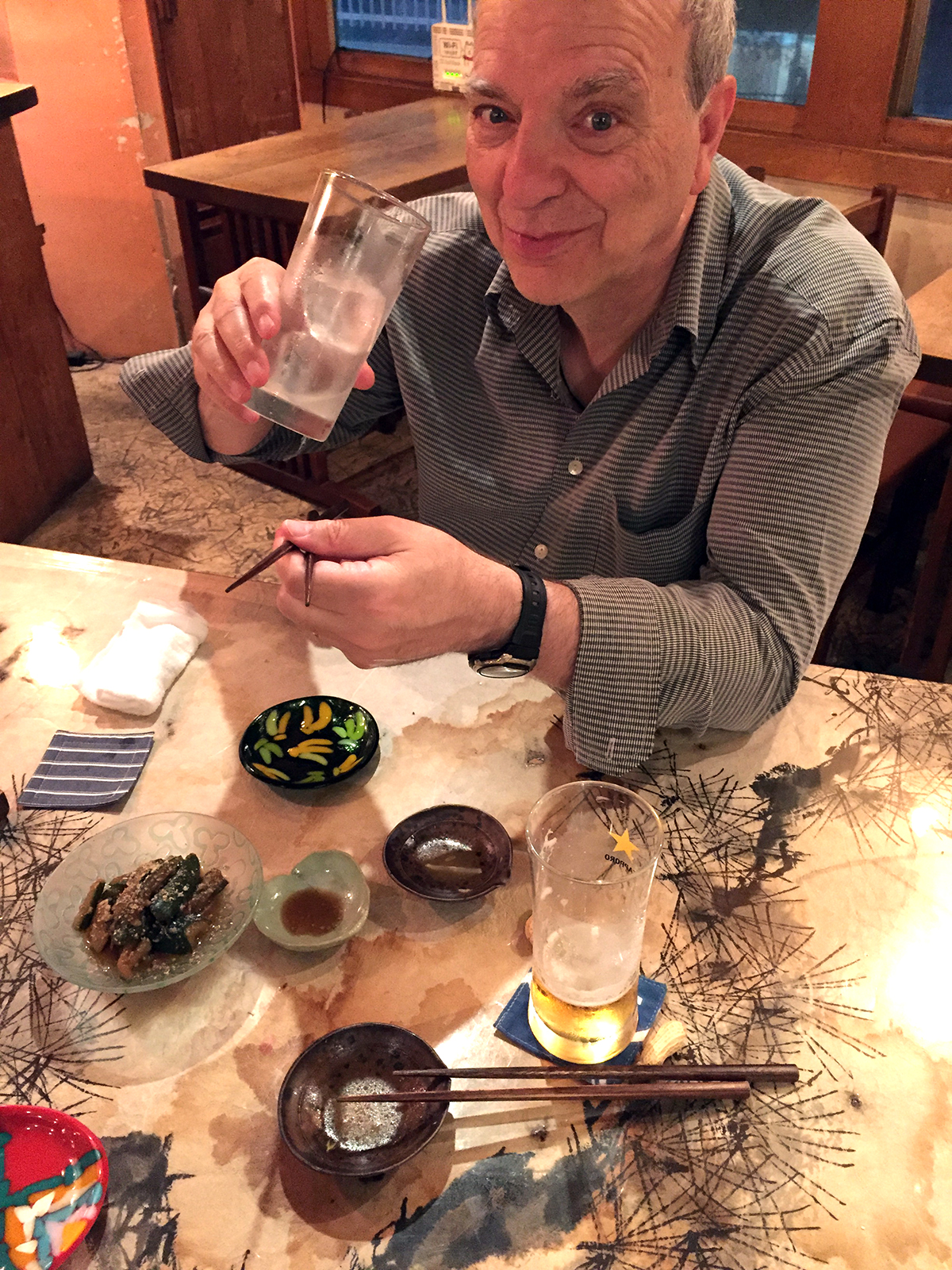
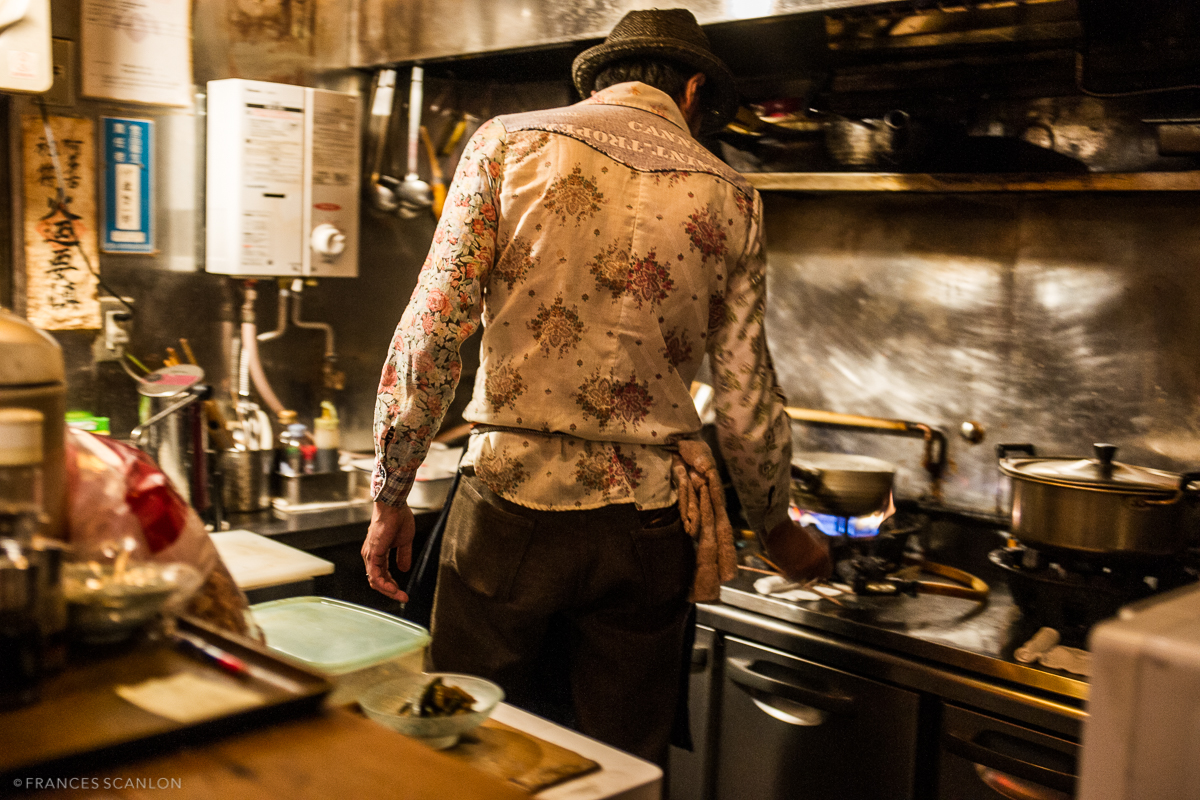
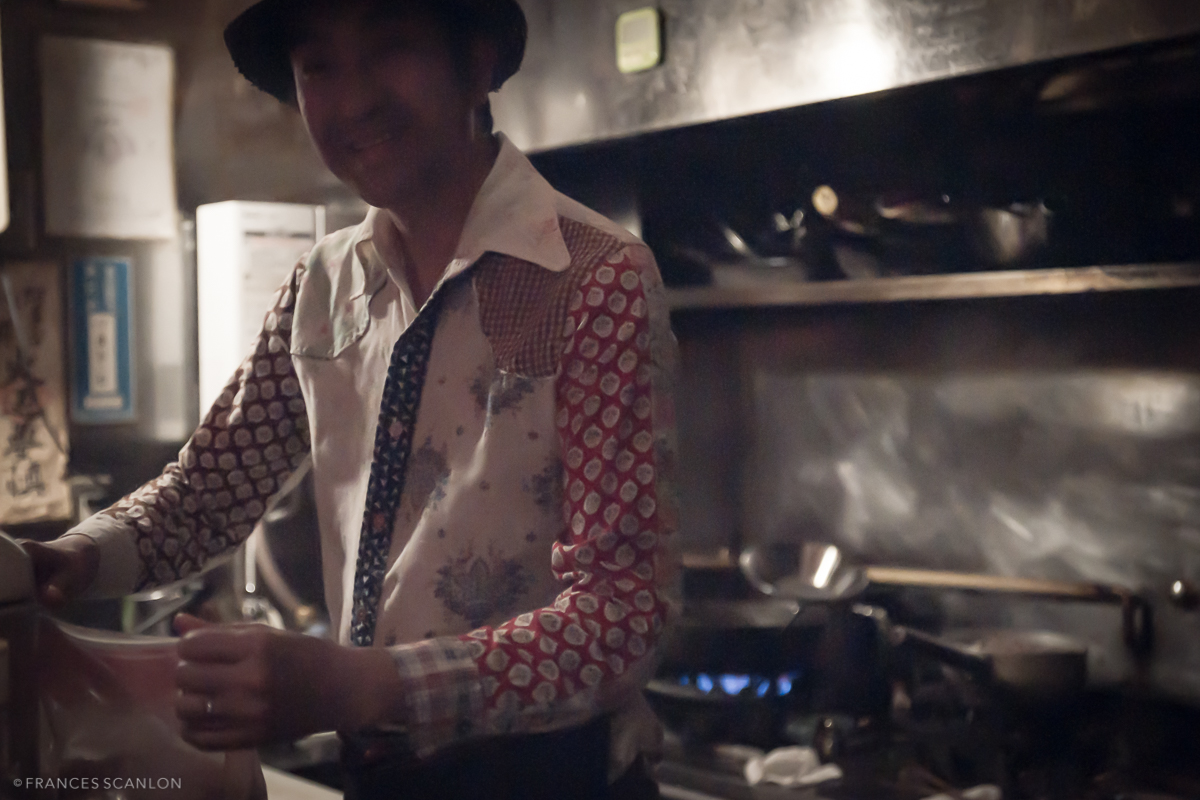
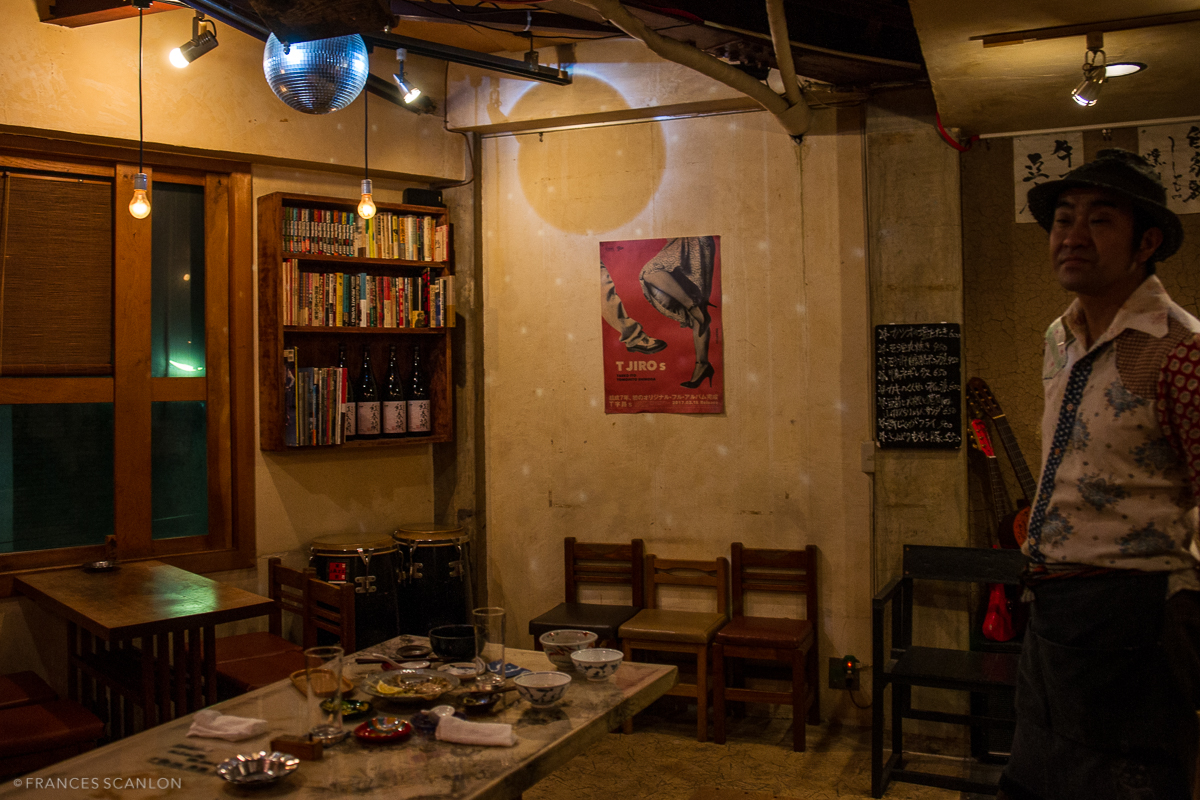
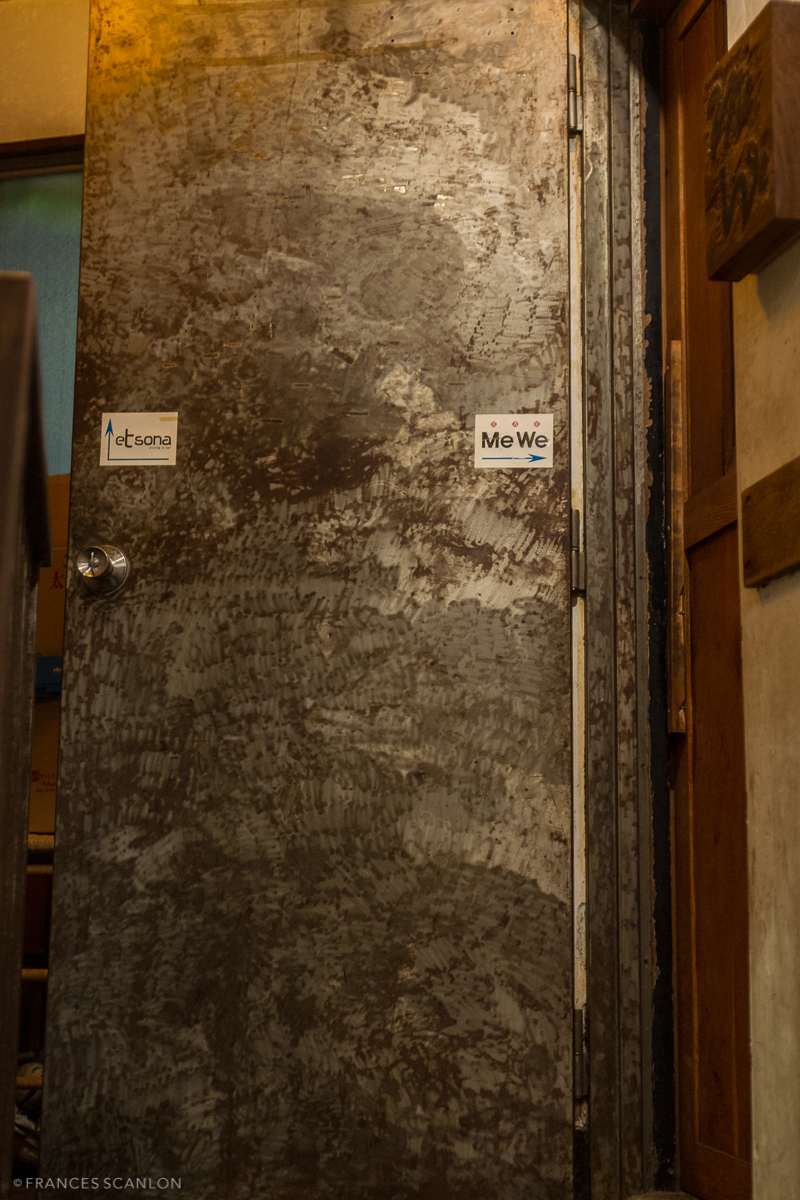
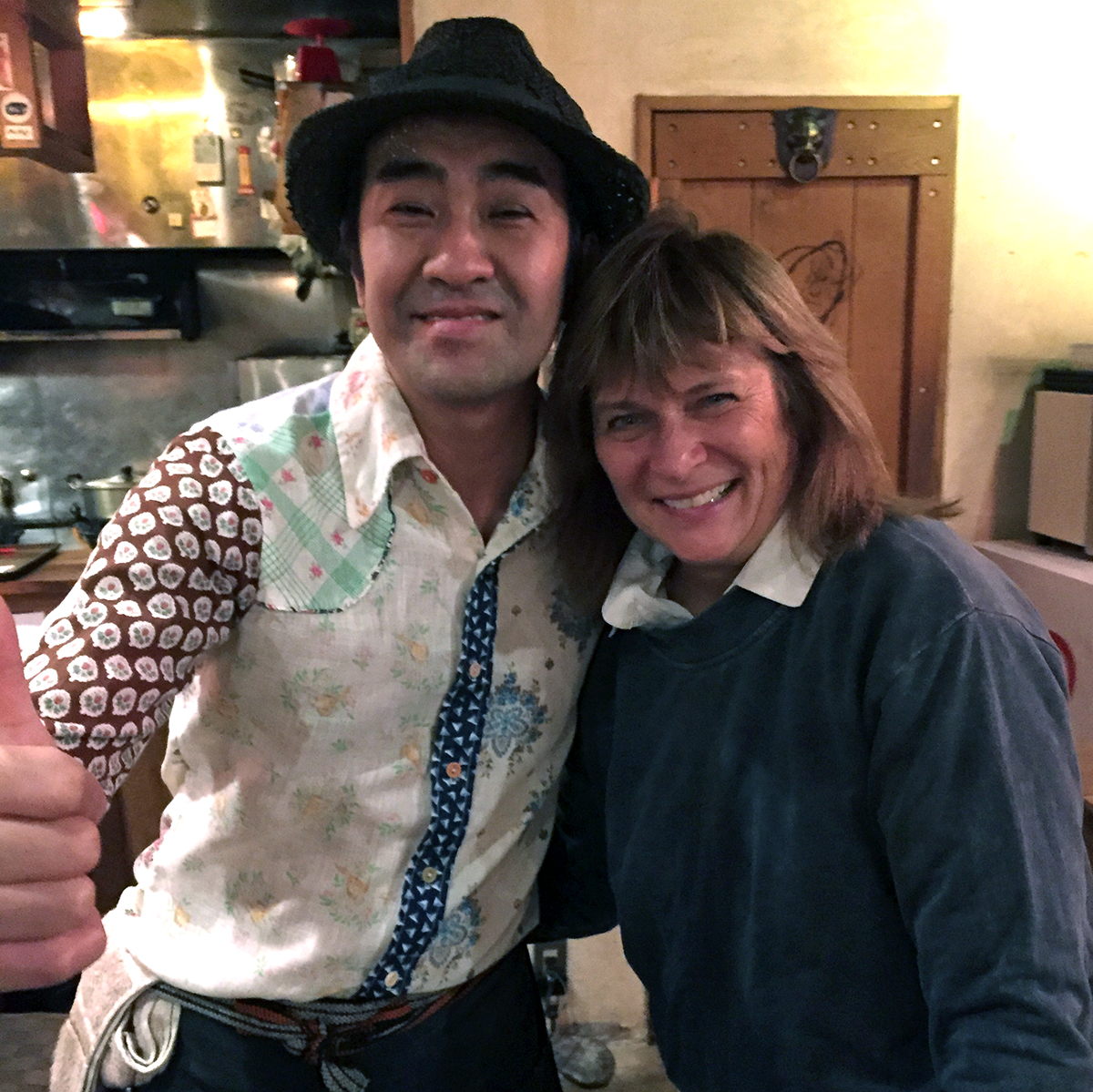

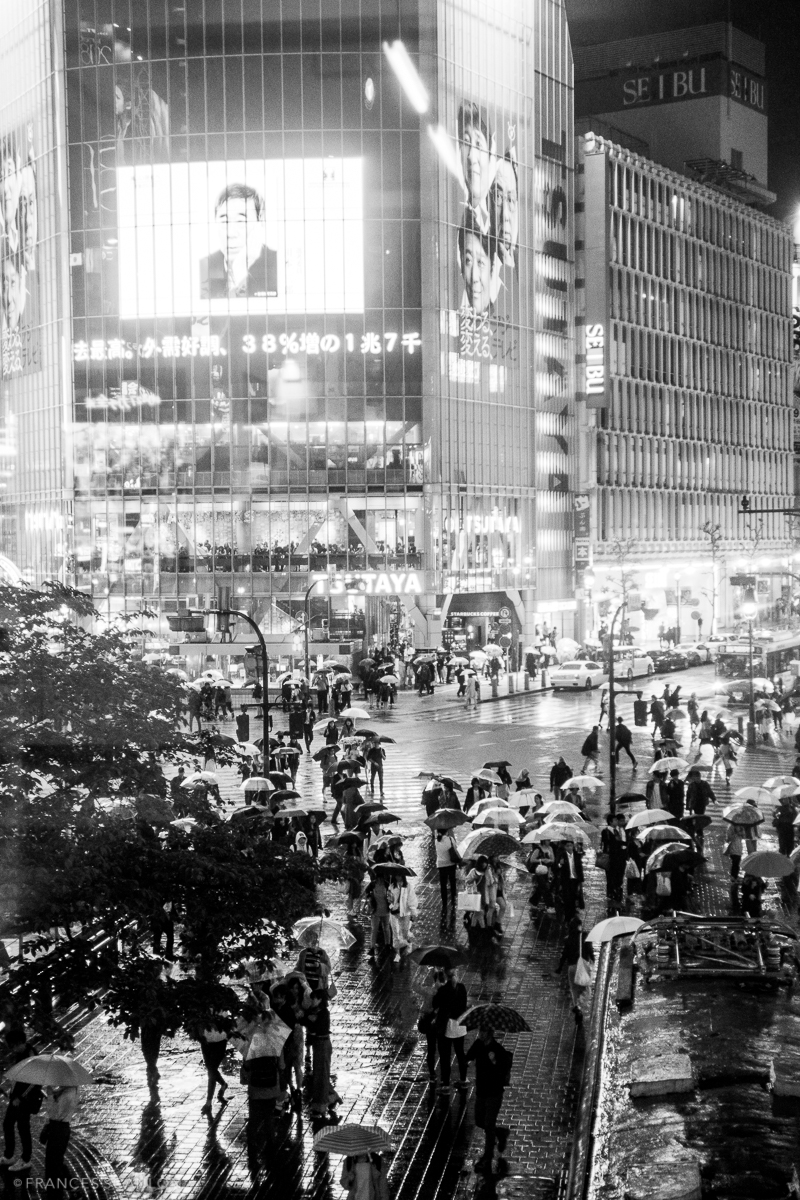
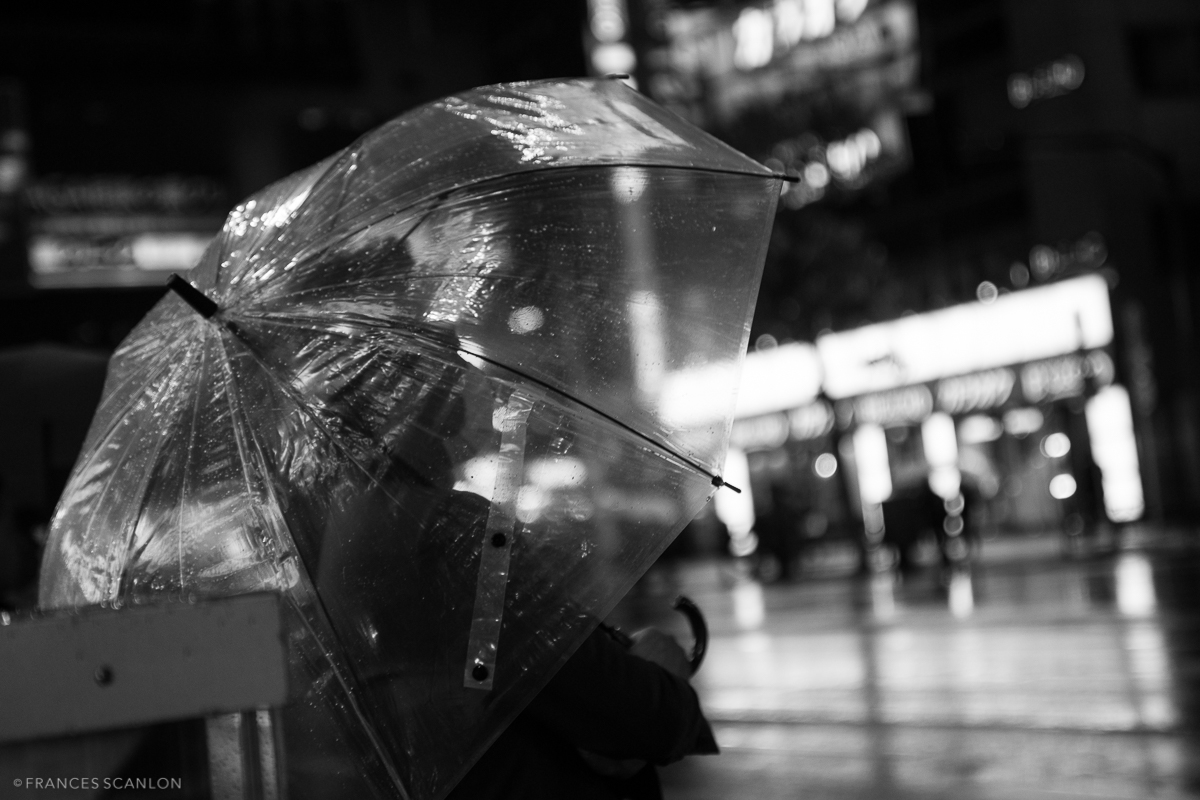
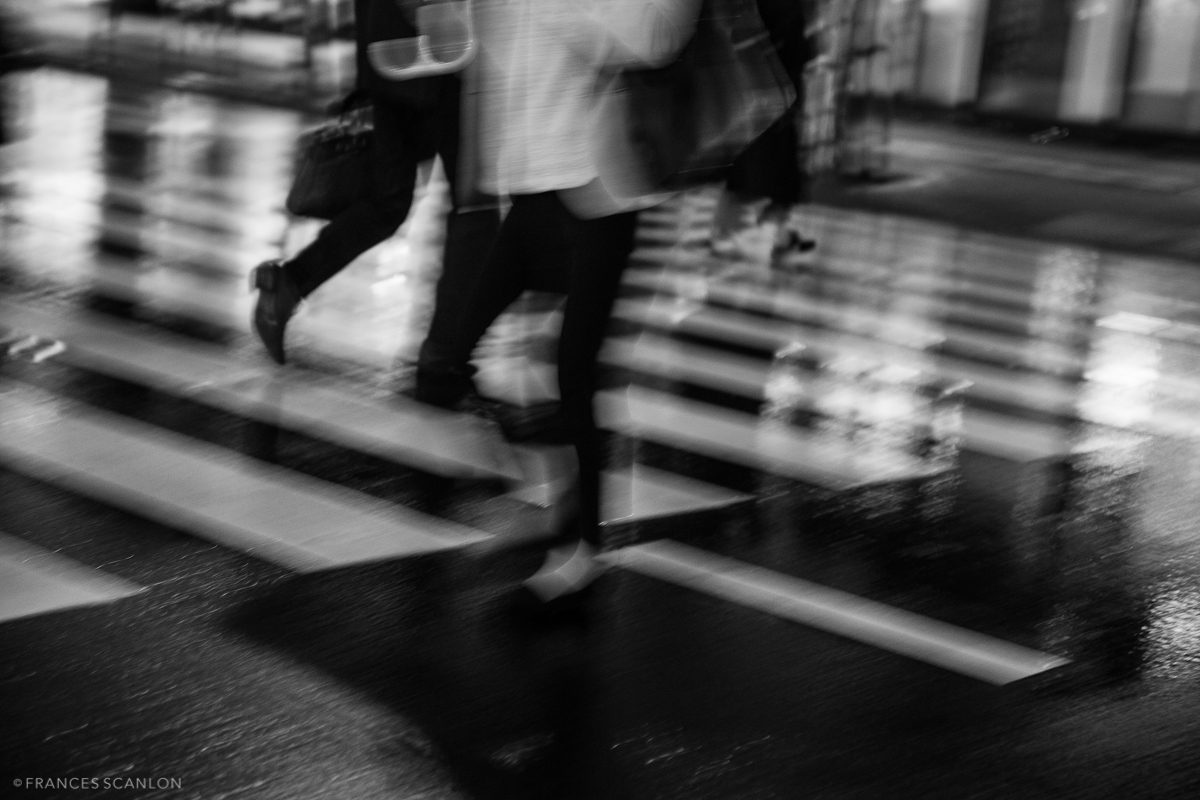
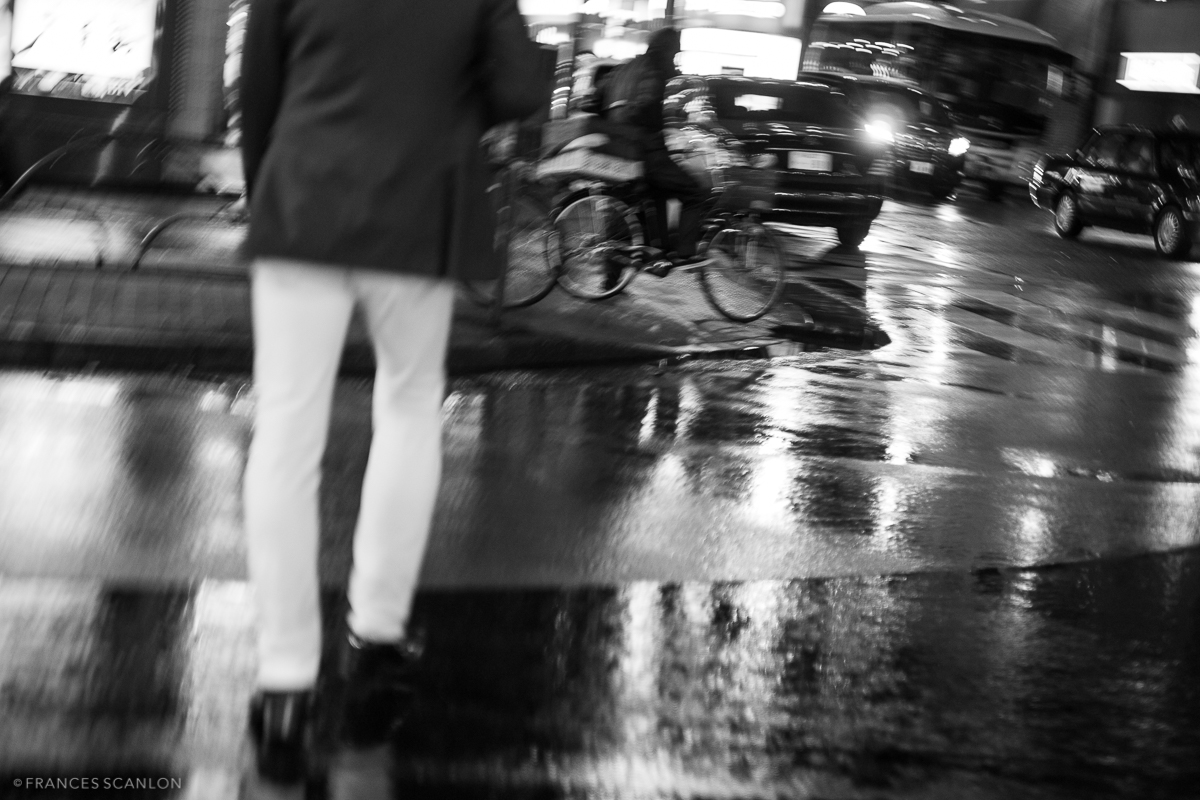
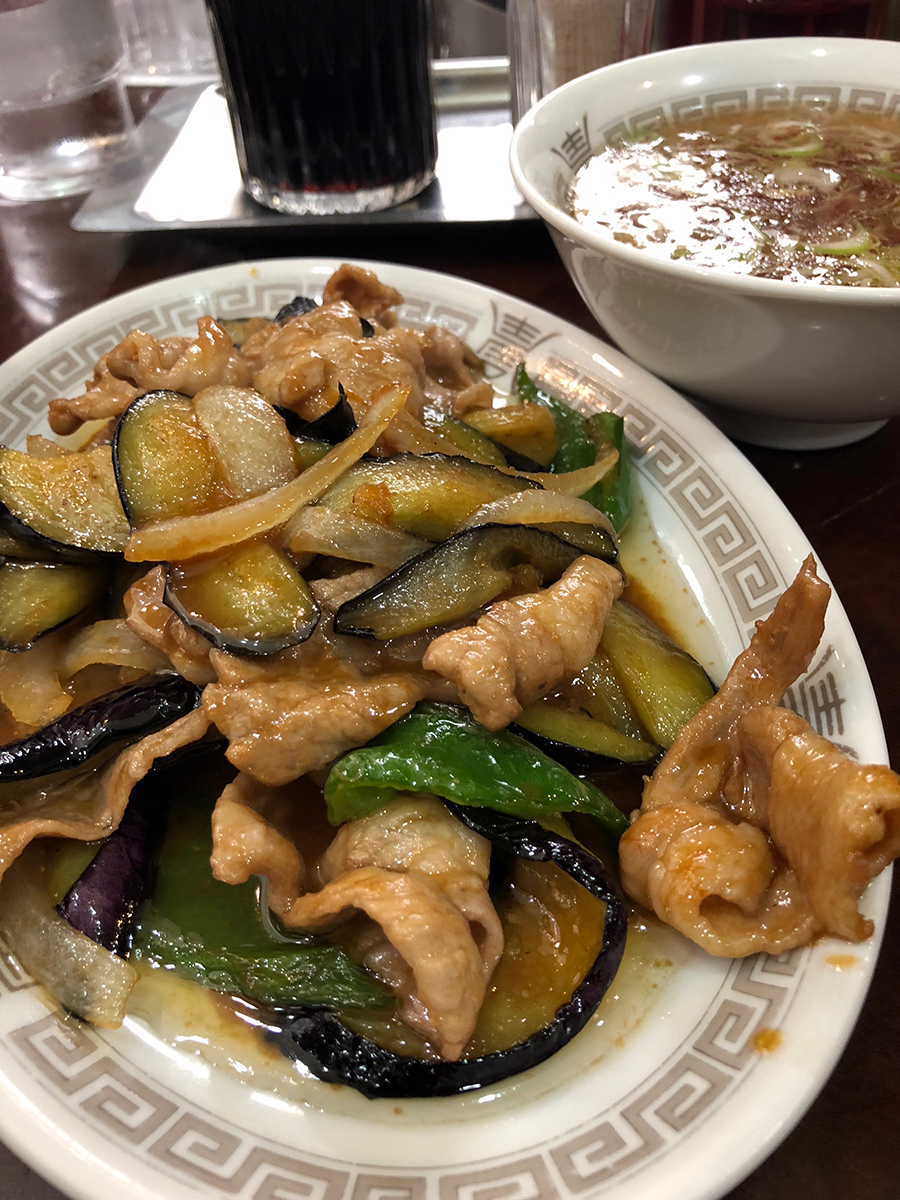

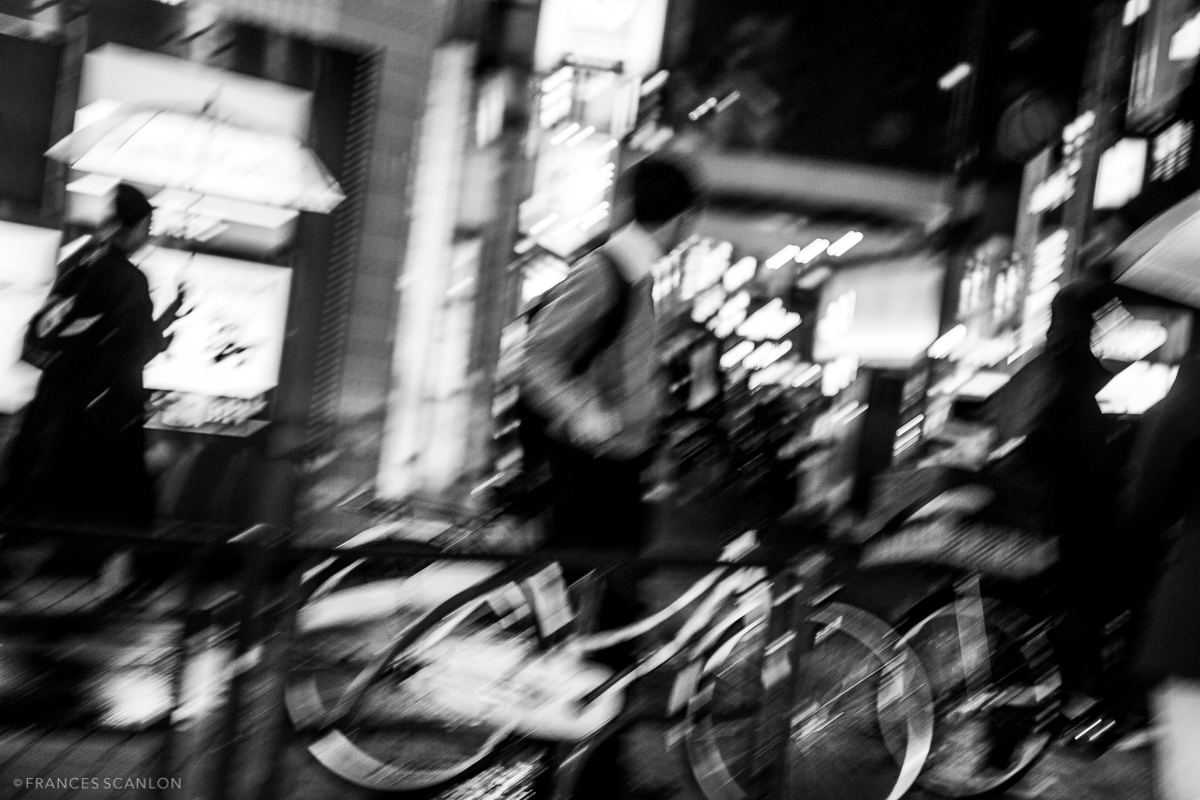
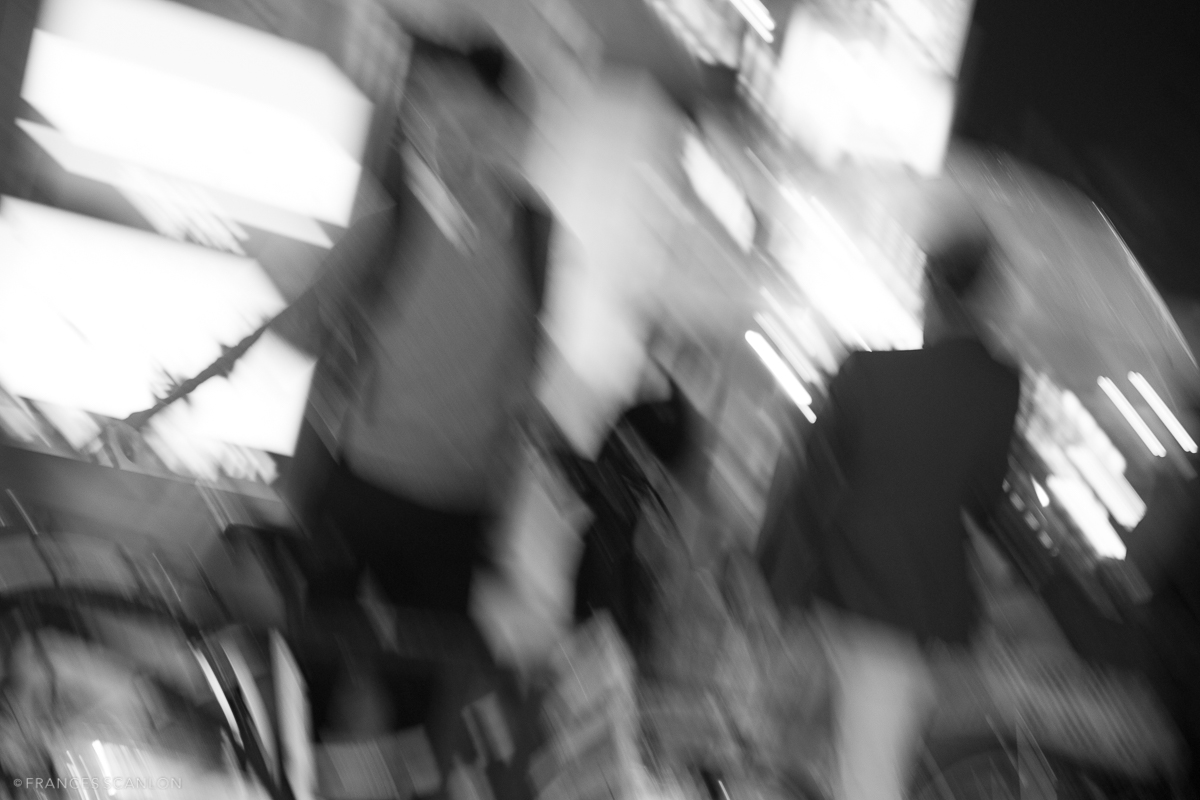
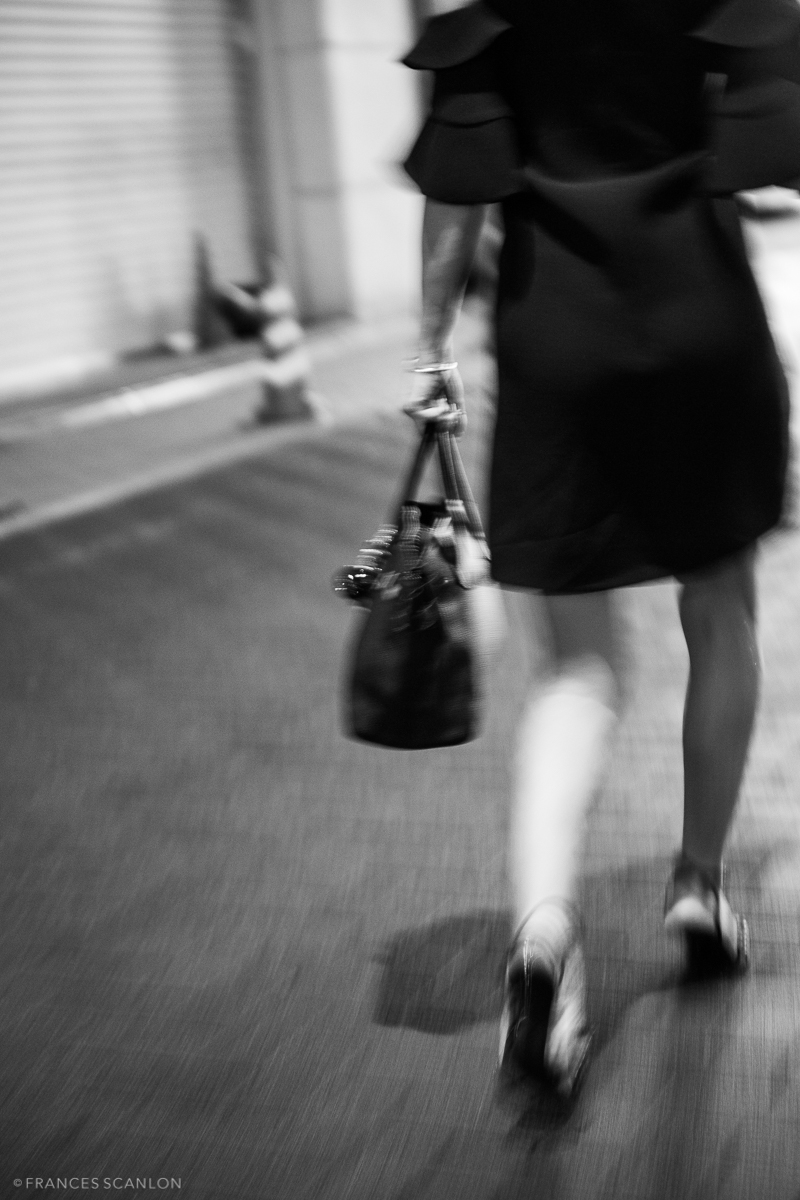
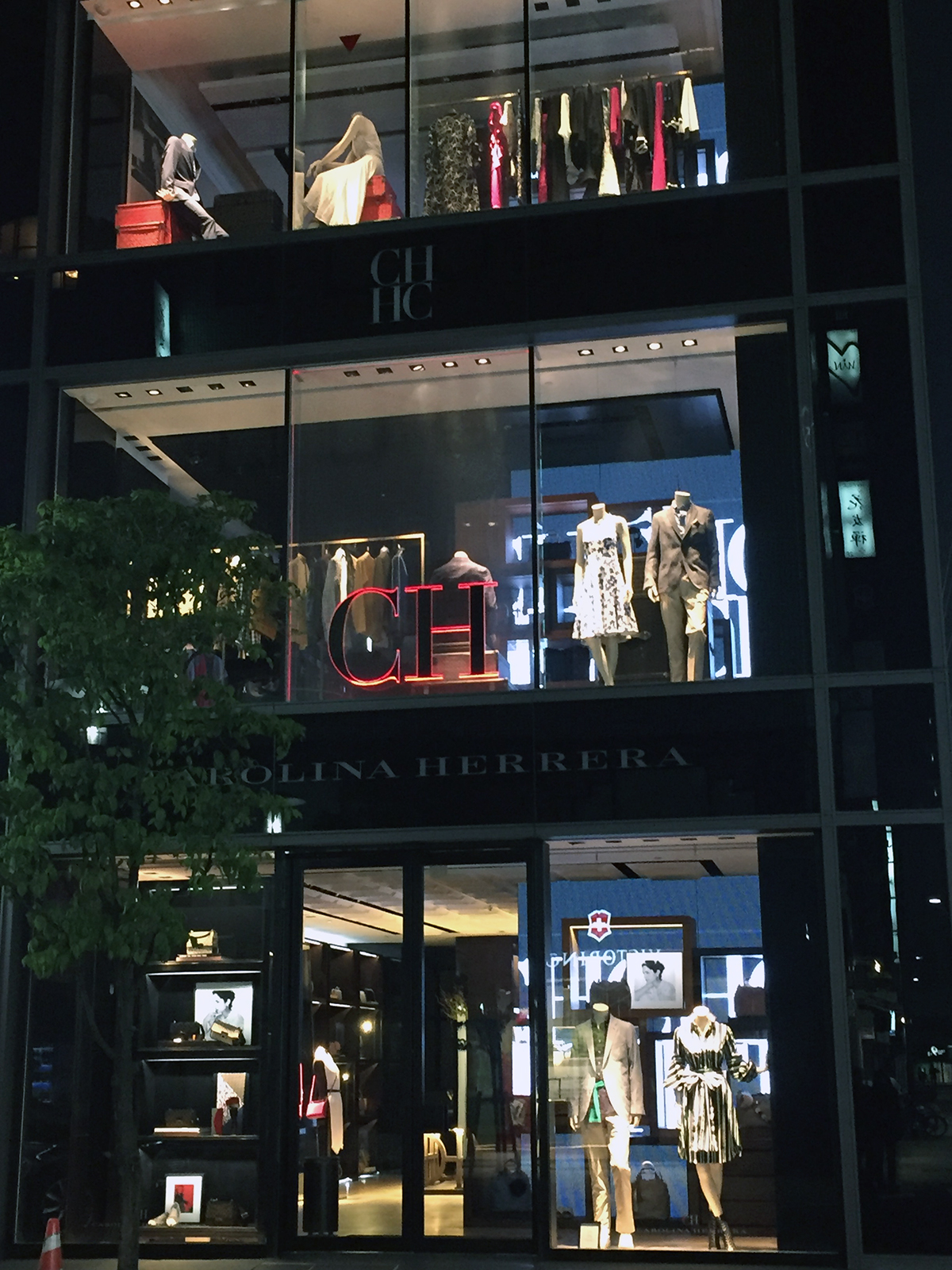
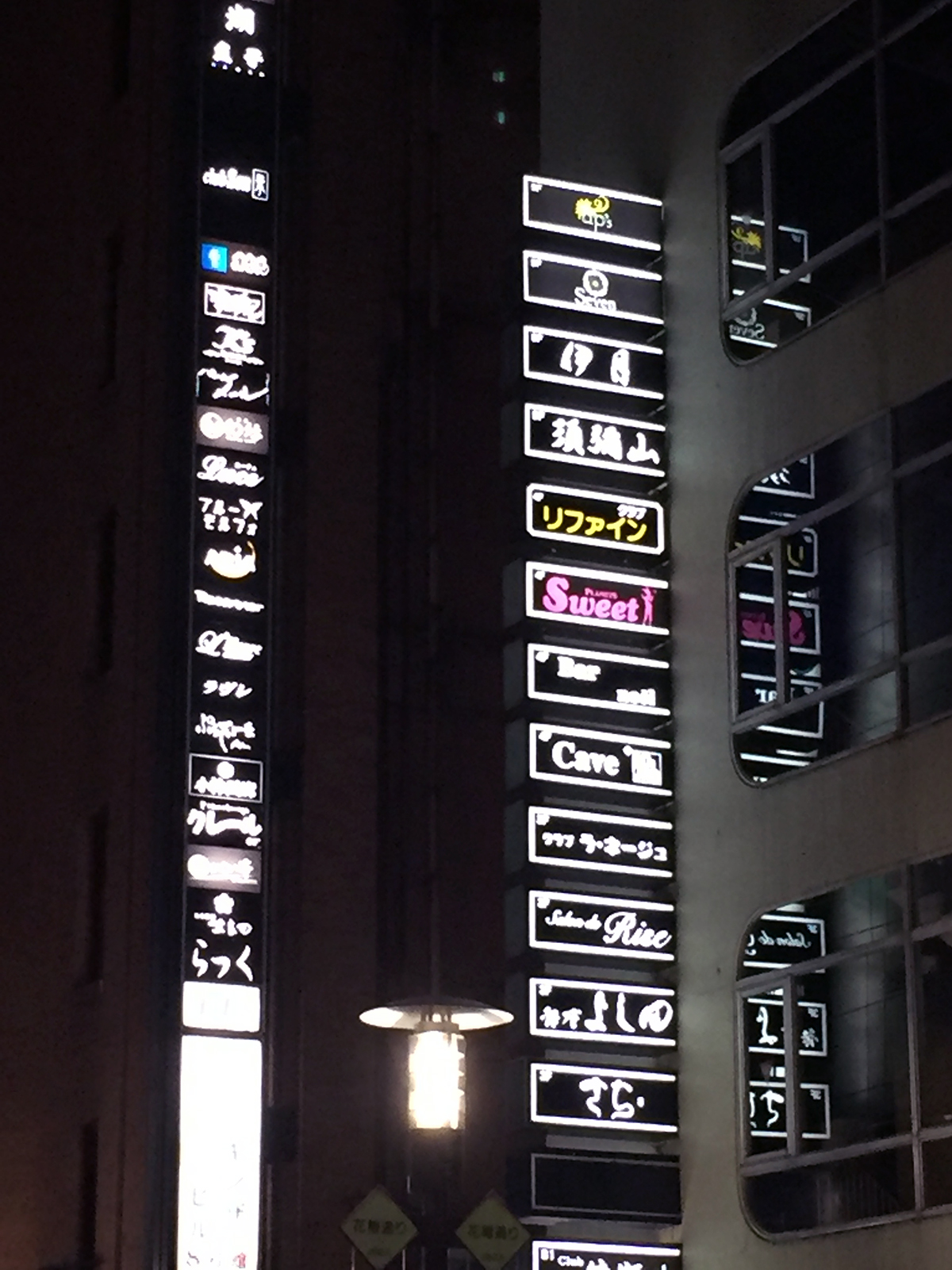
I found these pictures to be especially stunning. Breathtaking.
What a treat! Thank-you for sharing. Just one question: who was the old gray-haired guy with the hot young chick?
I found the photo of Hooters in the Ginza to be especially evocative. (Just kidding!). I so admire Japanese horticulture. While there’s often a sculptured look to the plantings, they maintain a look of naturalness. I think I’d find Tokyo overwhelming on so many levels and admire you’re taking it on so fearlessly. And how nice to be reminded of Frank Packard (and earlier of Clifton Daniels). Speaking of Milton kids, did you know that Jack Plimpton (the 1st Romania trip – the kid who’d rearrange the furniture in every hotel room in which he stayed) totally embraced the Japanese language, culture, and married a Japanese woman?